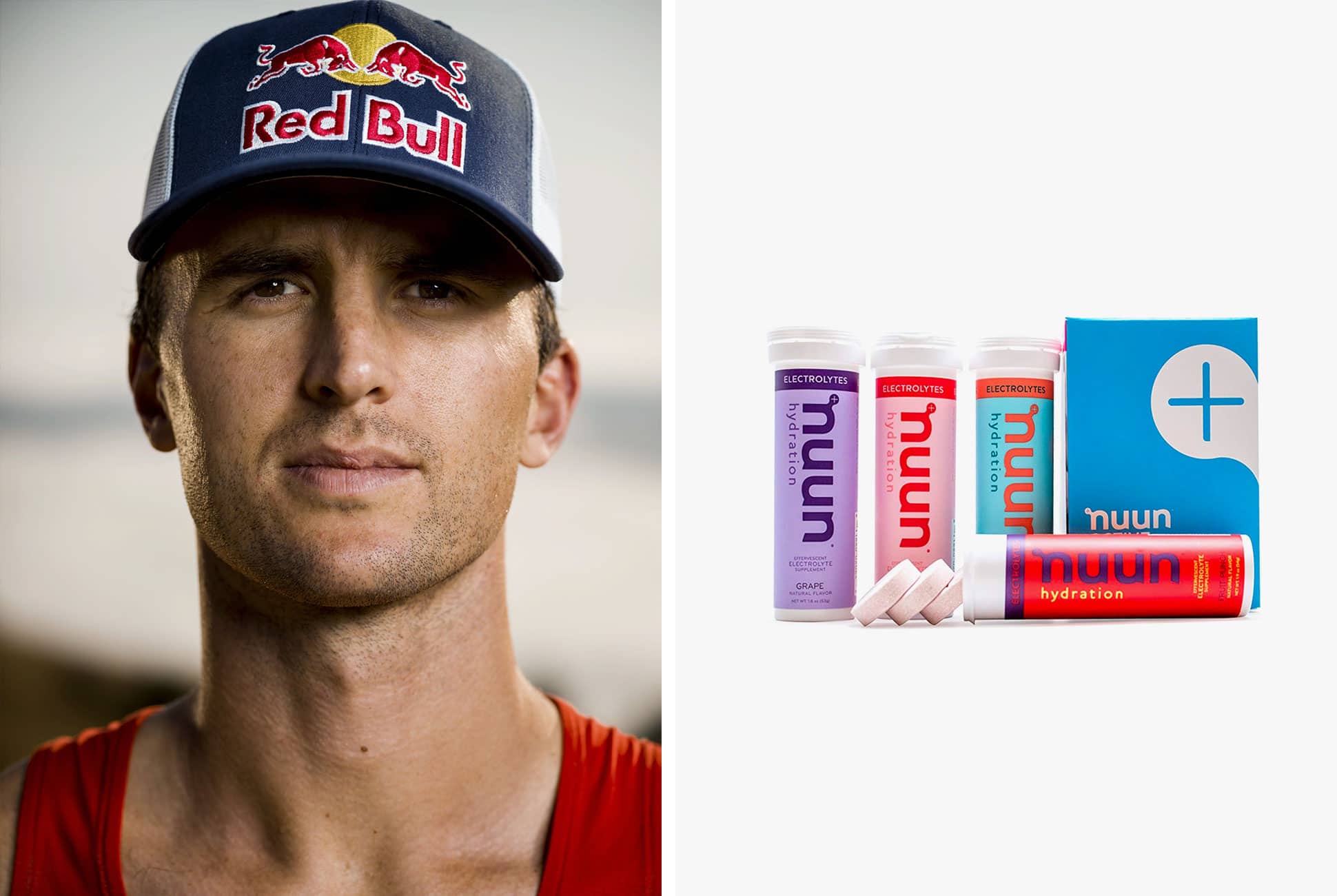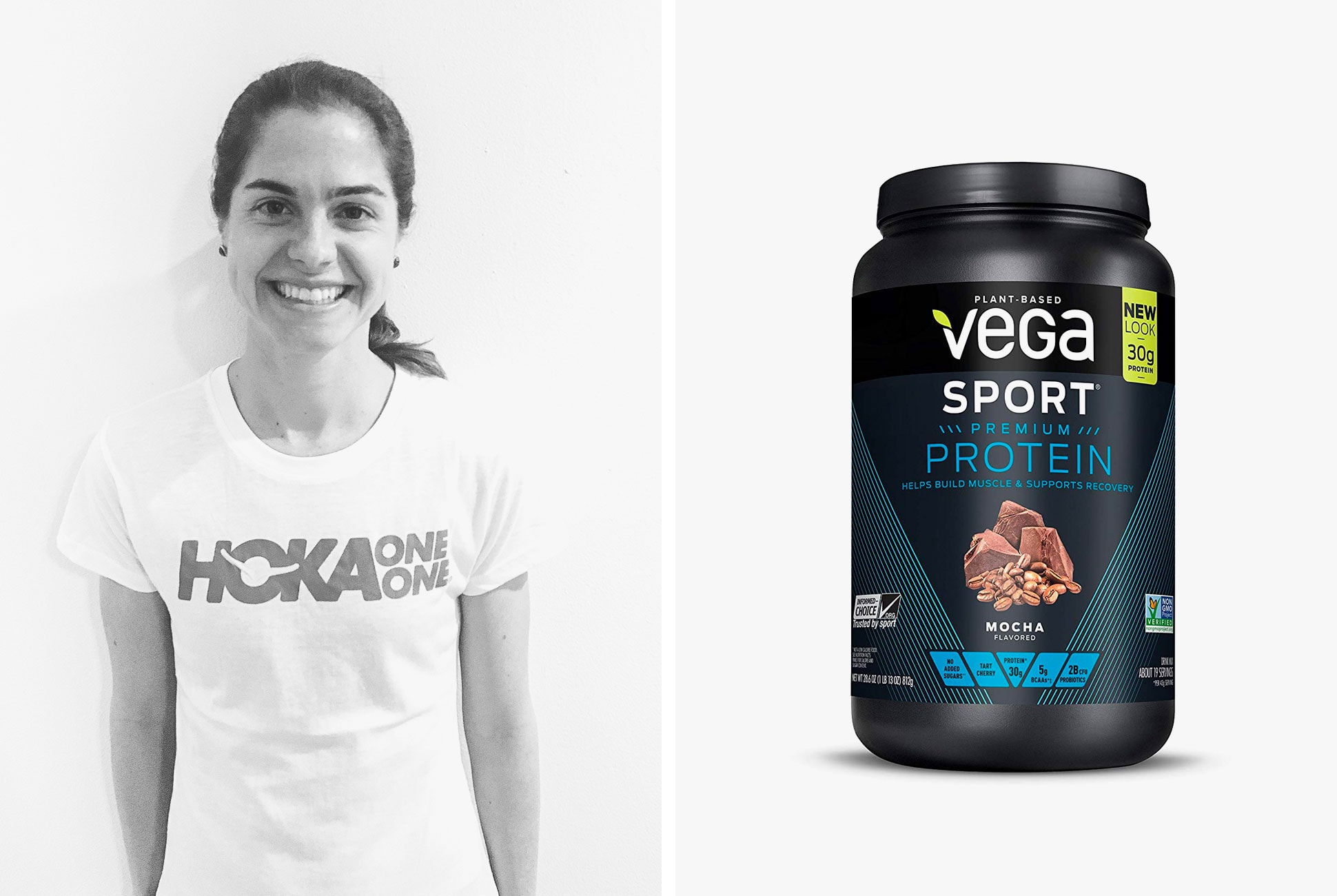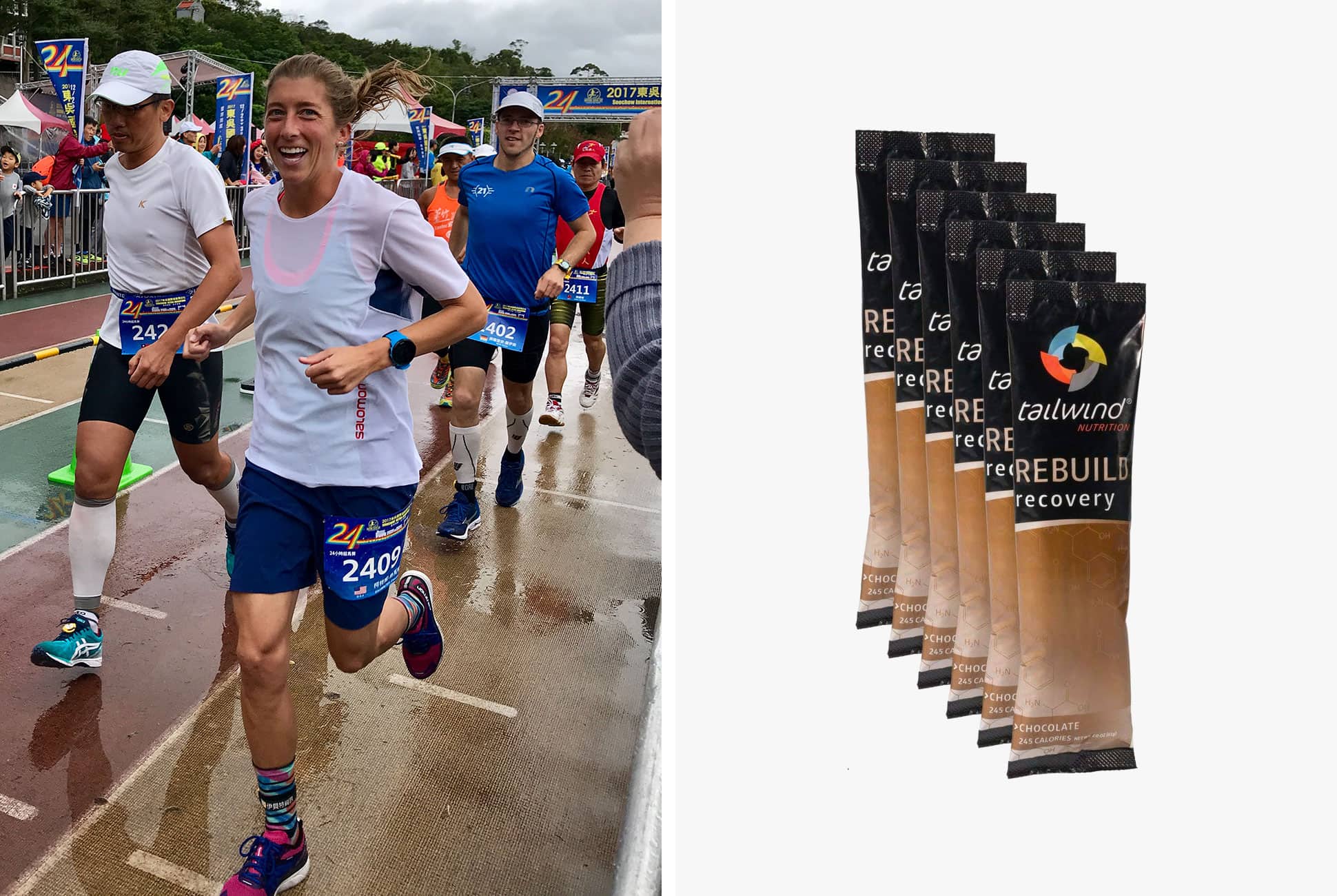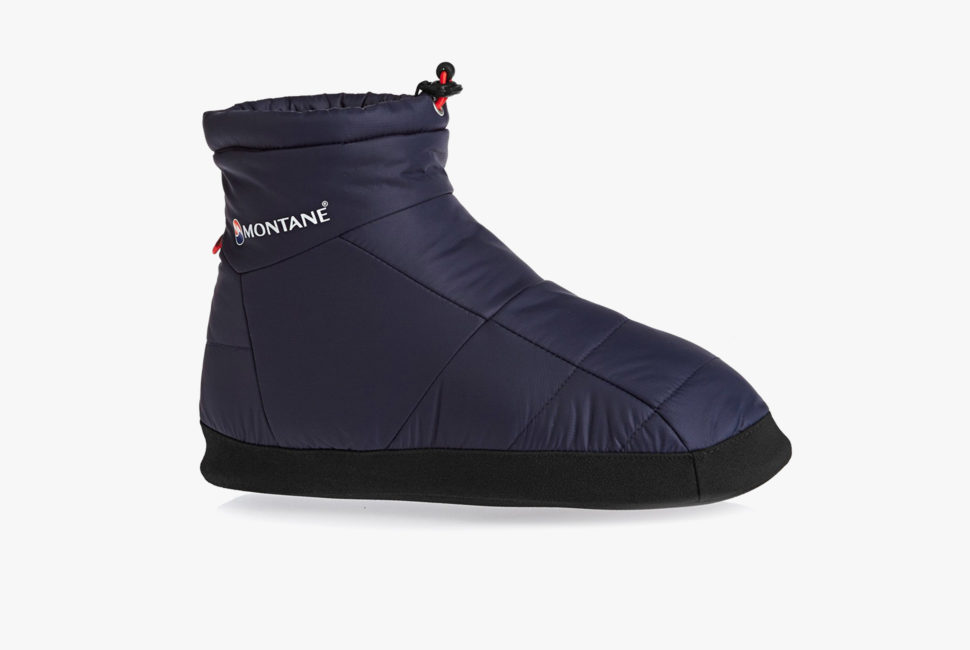The 10 Best Skis of Winter 2019
Last Updated December 2018 for winter 2019: We’ve updated our guide of the best skis with the 10 best picks for Winter 2019. Prices and links have also been updated. You can still find our picks from last year’s guide on page two.
Editor’s Choice: Volkl Mantra M5
Volkl’s Mantra impressed beyond all other skis in this year’s test earning our editor’s choice pick. It’s a high-performance ski that was originally introduced in 2005 and has been continuously improved upon ever since. Scroll down to our buying to read the full review.
Introduction
The good news, is that there are a lot of really great skis available right now. That’s also the bad news. Too many choices – even if they’re good ones – can make it hard to decide on which pair to buy.
We’re here to help. While there are a ton of variables you could consider, most aren’t important. Instead, focus on a few key points: intended use, waist width, turn radius and rocker profile.
Figuring out your wants in respect to those key factors will leave you a smaller selection to choose from. From there, check out our recommendations for the best skis of winter 2018-2019. Talk to some shops. Read other reviews. Refine your list some more and then go demo a few pairs. The only way to know for sure if you’ll like any one of these skis is to try them for yourself.
If that’s not possible, narrow your list to the top three and pick the one with the coolest graphics. Seriously, you should love your skis, and that means aesthetically too.
Terms to Know
Full-cap, mustache rocker, stiff tail and a damp feel. Get your mind out of the gutter, we’re talking ski features. Here are the terms you need to know, broken down by shape, construction and feel.
Camber: The arch of the ski is it’s camber. It’s most obvious when you place a ski on something flat. With a cambered ski, the tip and tail sit on the ground and the center is in the air. The higher the camber, the more power and bite a ski will have. Skis with no camber or even reverse camber (the center sits on the ground and the tip and tail are in the air) promote float and easy turning. These shapes are typically powder-specific.
Rocker: How much and how far the tip and tail rise above the snow. Also known as early rise. The more rocker, the easier a ski is to turn. Less rocker promotes better edge hold. The most common rocker profile is mustache rocker, tip and tail rocker with camber underfoot.
Turn Radius: A measure of a ski’s sidecut measured in meters. The shorter the turn radius, the tighter the turns the ski will want to make.
Sidecut: Directly related to turn radius. Sidecut is the profile of a ski from tip to waist to tail. Typically the arc is consistent across the ski’s length, but brands are playing with combining different arcs along a sidecut to add multiple turning behaviors to one ski.
Waist Width: A measure from edge to edge at the narrowest point on a ski in millimeters. Wider tends to float in fresh snow better, while narrower is easier to edge into hard snow.
Construction
Flex: How easy it is to bend a ski. Manufacturers adjust the flex with the materials and construction. We break up a ski’s flex in three parts: tip, center and tail. Tip: A soft tip makes it easy to initiate a turn and absorbs bumps. A stiffer tip provides bite, great for hard snow carving, and stability at speed. Center: A soft center provides a forgiving ride that’s easy to turn. A stiff center feels stable at speed, even if the tip and tail are soft. Tail: A soft tail feels loose and buttery. A stiff tail adds snap and pop at the exit of a turn. It also provides a good platform for landing jumps and skiing in uneven terrain.
Sidewall: The part of the ski above the edge and below the top sheet. The style of sidewall plays a roll in performance and durability. A full sidewall has vertical walls and is the toughest and most powerful. Cap construction slopes up to the top sheet and is easier to ski. Between the two are all kinds of hybrids.
Top Sheet: The top of the ski. Usually just a protective layer with graphics.
Base: The bottom of the ski is a hard plastic. There are a couple of hardnesses of base material, but in general, it all comes from one of two factories in Europe.
Feel
Dampness: A ski’s ability to absorb vibrations. A damp ski is stable at speed and holds an edge through a carve.
Playful: An ambiguous term generally associated with a loose tail and a snappy feel. The opposite of powerful, playful skis are happy to skid.
Powerful: Like an expensive car, a powerful ski feels stable at high speeds and bites into hard snow. Harder to control, they’re often stiffer and need more energy and skill to ski.
Mounting Types
System Ski: When a ski comes with a binding for a set price. The binding often integrates with the ski, rather than mounting with screws.
Flat Ski: A ski that doesn’t come with a binding.
How To Know It’s Time For a New Pair of Skis
Skis have a life, but figuring out when it’s over can be challenging. When you ski the same pair of sticks for a season, or a couple of seasons, the changes are incremental. They don’t just stop working, so you may not notice right away. If you don’t tune your skis regularly, try an edge sharpen and wax before writing them off. A quality pair of skis should last at least 100 days of skiing.
Beyond age, there a few other signs it’s time to upgrade: a lot of cuts and scratches to the top sheet, side walls or base, especially if any penetrate into the core materials; skis that don’t feel like they have any spring or life to them; or if the skis won’t do what you want them to. The last could be because the skis are toast, or because you’re not as fit or sharp as you used to be. Either way, says Ben Rabinowitz, a ski advisor for Backcountry, an online outdoor gear store, it’s time.
“If a ski’s not fun, finding the right pair means you’re going to enjoy the experience more,” he says. “And if you haven’t bought a new pair in 10 years, then it’s definitely time. The technology has totally changed for the better.”
How to Shop For a New Pair of Skis
Every ski buying expert we talked to says the buying process should start before turning on the computer or stepping out of the house. “Ask yourself a few key questions,” says Ashton Helmstaedter, the owner of Foothills Ski Life, a specialty store in Denver. “The more honest you are, the more you’re going to like your new ski.”
Is this your only ski, or part of a quiver? Where in the country do you ski? What type of terrain do you like to ski? Do you like to carve your turns or prefer to skid and slide?
A Primer On Different Types of Skis
These questions should help narrow down the type of ski you need, and then further down to performance attributes. Let’s start with the different categories of skis.
All-Mountain
This is your do it all ski, filling in everything between a dedicated powder ski and dedicated carving ski. Most ski sales pros will say that if you’re only going to own one pair, it should be an all-mountain ski. They’re designed to handle everything from fresh snow to moguls, groomers and steeps — which also means a certain amount of sacrifice. “Is there a true all-mountain ski that can do everything well?” asks Helmstaedter. “Absolutely not. You’re always giving something up.” Within the all-mountain category, there’s plenty of diversity; the category spans the gap between forgiving cruisers to missiles.
Powder
Once you’re into the 110mm waist and wider range, the skis only do one thing well: make skiing untracked snow easy. They’re so wide that it becomes hard to pressure the edge for carving, so they don’t do well on firm snow. But because they have so much surface area, they tend to float incredibly well, making skiing powder and even crusts much easier. This is the category where we see a lot of experimentation with things like reverse camber, upturned edges and unique shapes.
Carving
Spend more than 80 percent of your time skiing firm snow? Look for a ski with an 80mm and under waist width. This is also where the high-performance carving skis live. Both of these groups of skis can go anywhere on the mountain, but their happy place is on groomed snow.
Park
To survive the rigors of sliding rails, hucking table tops and flying out of the halfpipe, skis need to be tough. Park-focused skis tend to have full sidewalls, thicker edges and heavy-duty base material for absorbing hard landings and constant abuse. They are almost always twin tipped, for skiing and landing backwards. Their flex profile is usually soft in the tip for smearing and buttering, and stiff underfoot for stability and landing jumps. With versatile side cuts and waist widths, these skis often work well as all-mountain skis outside of the park.
Ski Prices
A new pair of skis range in price from less than $300 to more than $1,300. More and more skis now come with a binding designed specifically to integrate with the ski. These “system skis” are often good value compared to buying a ski and binding separately. The drawback is weight; they’re often heavier.
But even factoring in bindings, the price range is huge. Which begs the question, should you splurge or save? “You get what you pay for,” says Bernie Duval, a veteran floor manager at Fanatyk Co., a ski shop in Whistler. “The difference is in materials and workmanship. The ski will last longer.”
But most of us won’t notice the difference on the snow, says Rabinowitz. “As long as you’re paying $500 and up from a reputable manufacturer, there is no bad ski,” he says, “just a bad ski for you.”
You can save money by buying last year’s model. Often the technology is the same with an old graphic. Or, if you can wait, stores start dropping prices after Christmas. The drawback to either strategy is less selection.
One thing to keep in mind: everyone we talked to for this piece told us they recommend saving on skis and splurging on the right ski boot. “It’s fun to ski any ski if you have the right boot,” says Helmstaedter. “The opposite is not true.”
Things to Watch Out For
With a style of ski picked out, and a rough price range settled on, the next step is to refine your search through four more filters.
Waist Width: The width of a ski determines how easy it is to get from edge to edge, how much it wants to float in soft snow and how easy it is to carve. Narrower widths – say 60mm to 80mm – are best for nimble and precise carving. Powder skis are on the other end of the spectrum, 110mm and wider. All-mountain and park skis land anywhere in between. Generally, what’s considered an all mountain ski increases in waist width in correlation to the average snowfall. In the east, it’s about 80mm to 90mm, while locals in deep snow destinations might say 100mm to 110mm. In between would work just about anywhere. Lighter weight skiers might go 5mm narrower. Keep in mind that the same model of ski – with similar construction, turn radius and rocker – is often available in different waist widths.
Turn Radius: Think about how you like to ski. Do you make lots of turns or prefer to open it up and ski straight and fast? Most skis list their turn radius, and it often varies slightly with ski length. 17 meters is a rough middle of the road. Anything over 20 is a missile. And 13 could probably carve a circle.
Rocker: Rocker makes skiing easier. Pretty much every ski has tip rocker. The longer the tip rocker, the easier it is to start a turn and the more a ski wants to float in fresh snow. Tail rocker helps release a ski at the end of a turn. That’s especially handy for making steep terrain easier. More tip and tail rocker makes a ski feel shorter, because less ski is in contact with the snow, without losing any floatation in powder.
Length: Backcountry’s Rabinowitz says length is a key variable. “I can hate a ski in one length and love it in another,” he says. The length of your last pair of skis is a good place to start. Otherwise, aim for about your height or a little less. And remember that rocker makes a ski feel shorter.
A Note On Construction
Skis are generally made from a sandwich of materials, bookended by a top sheet and base, and glued together with a resin. Material choice is getting more diverse, but even the same materials aligned a different way can create big differences in performance, so it’s hard to generalize. This is also where brands tend to put a lot of marketing energy. Bottom line, don’t worry too much about the construction details and concentrate more on what kind of skiing the brand is recommending the ski for. That should tell you more about how it will ski than what’s inside. That said, here are a couple things to watch out for.
Carbon: Strands, stringers or sheets of carbon add stiffness without weight.
Metal: Most commonly Titanal, a mix of titanium and aluminum. It adds some stiffness, but mostly dampening or vibration absorption.
Wood: A wood core is the gold standard; we’d hesitate to buy a ski without a wood core.
Final Words
Even after reading through all this, the only way to know for sure if you’ll like a ski is to ski it. Watch for demo days at your resort or ask in your local shop. Most will deduct the cost of any demos when you buy a ski.
If that’s not possible, then read some reviews, talk to your local shops and do your research. Keeping an open mind is really important, says Duval. “No one ski is best for everyone,” he says. “Everyone skis differently. Everyone needs a different ski.”
The 10 Best Skis of 2019
Editor’s Choice: Volkl Mantra M5
Volkl says the Mantra has been its most popular all-mountain ski since it was originally debuted in 2005. Redesigned for the fifth time, this year’s Mantra M5 looks like it will continue to sit atop the pile.
With this version, Volkl set out to make the Mantra a little easier to ski. Following a trend we see across the ski world, Volkl shrunk the waist width from 100mm to 96mm and the turn radius from a wide open 23 meters down to 19. It also ditched some weight by trimming the Titanal sheet down at the tip and tail, adding carbon in its place around the nose. Put it all together and the Mantra M5 straddles a line between versatile enough to ski anywhere, and plenty of attitude to go as fast as you want.
No matter where we took it, a large sweet spot helped it feel intuitive. On groomers, it slid onto an edge with ease. Tail rocker allowed it to release early if we wanted to ditch some speed with a skid or if we pressed them we could hold on to finish the turn with power. In the moguls or tracked up trees, it could snap off tight turns, but not with ease. At slow speeds, it was also a little sluggish feeling. On the flip side, the faster and straighter we went, the more lively and powerful the ski felt. With plenty of tip rocker, it gobbled up shin deep powder. But it was in tricky, tracked up snow that we really noticed this ski’s abilities. In conditions that would throw around most skis, the Mantra M5 was a beast, feeling balanced and stable, allowing us to charge through with confidence.
Intermediates will find this ski a handful. But for skiers with a little more skill and strength, the Mantra is a stable platform to push your skiing to new limits in any conditions.
Best Budget Pick: Line Sick Day 88
Normally a $400 ski would be a noodle — too soft for anything but learning to carve. But Line is synonymous with producing some of the best skis for the money, and the Sick Day 88 is the best deal they’ve got. It may not have the performance feel or lifespan of the Volkl Mantra M5, but for half the money, you get a great all around ski.
The 88mm waist suggests hard snow performance. We found plenty of that. The soft tip with a little rocker helped us get on edge easily and early in a turn for nice feeling carves. A stiff, almost rocker-free tail created a solid platform for really rounding out our turns and cutting into ice. Line gave these skis a versatile 17-meter turn radius and a five-point sidecut. That means along the length of the edge, they built-in five different mini-arcs. The Sick Day obliged whatever turn shape we wanted to make. It took little more than a flick to snap out tight turns. The light, mostly aspen wood core had plenty of pop. And as the turns got longer, the ski felt more stable.
With Line’s heritage as a park and play ski, it shouldn’t have been a surprise that this ski excelled in soft snow, especially for its width. The stiff tail provided a solid landing platform in the park. In chopped up powder, it was far more predictable than we expected. For deeper snow destinations, one of the wider Sick Day models might be a better choice, but they come with a jump in price.
Mostly what stood out is that this a fun ski. It makes you want to spray your friends, play in the bumps and then snap off a few carves. It’s forgiving of mistakes and approachable to everyone from intermediates looking to improve to lightweight experts.
Overall, the Line Sick Day 88 defines an all-mountain ski at a price that leaves change for a pass or a better pair of boots. It can do it all and doesn’t demand too much of the driver.
Best for Powder: Sego Cleaver 110
Unless you only heli- or cat-ski, at some point things are going to get tracked out. That’s where most powder skis will leave you wanting, but not the Sego Cleaver 110. It’s the rare fat ski that can also carve and has enough tail to blast through any kind of crud.
The secret to its versatility is a unique build. Rather than the typical sandwich of two sheets of Titanal, Sego used only one strip and inlaid it into the core. It gives the ski a softer feel and less weight. Both translate into easier turning. Initiating and riding the ski around a carve on soft groomers was smooth and easy. But once you push into a carve or amp up the speed, the Titanal comes into focus, providing the dampness to hold an edge and plow through chop. The asymmetrical rocker profile is also different. Plenty of tip rocker brought the tips up in 15-inches of blower powder and it diced through wind crust like a knife. Underfoot is plenty of camber for springy turns in all conditions. And the tail has rocker, but it’s low flying. When we needed to dump speed, it was easy to smear and skid the end of the turn, like we’d expect with tail rocker. But because it sits so close to the ground, if we wanted, we could also carve all the way through the turn.
What surprised us the most about taking the Cleaver from the catalog to the snow was its easy going nature. The 23-meter turn radius would suggest a straight-lining machine. Indeed, we couldn’t find a top end. No matter how hard we pushed this ski, it just felt more stable. The stiff tail provided plenty of support for landing jumps and cliffs. But it was also fun in tight trees, the plentiful rocker making the skis feel shorter. It even aced a slalom course, nimbly bouncing from edge to edge.
Adding value is durability. Sego, a small brand out of Idaho, used extra thick sidewalls, edges and bases.
Heli-ski guides should look elsewhere. For everyone else, who’s powder skiing is mostly restricted to the resort, the Sego Cleaver 110 offers a lot more fun than just about any other dedicated deep snow ski out there.
Best for Park: Armada ARV 86
In our opinion, a park ski not only needs to perform in the air, on rails and the pipe, but also getting around the mountain. That’s why we picked the Armada ARV 86. There are better skis for any particular aspect of park riding, but when it comes to doing it all, plus hitting some bumps, the odd powder day and slaying the groomer on the way back to the lift, these are pretty hard to beat.
Let’s start with the main event. Hard landings, hard rails, hard crashes: a park ski needs to be tough. On that score Armada is a leader, making some of the most dependable freestyle skis on the market. The ARV 86 has the company’s extra thick edges, tough sidewalls and rock-resistant base. Despite all that heft, the ARV 86 is relatively light for easy maneuvering in the air. The twin tip design is only slightly wider at the tip than the tail. Skiing switch felt predictable and we never felt like we were going to catch an edge taking off or landing backward. A traditional camber profile creates lots of pop for launching smooth airs and ollieing over everything. Extra stiffness in the tail saved us on a few backseat landings.
Out of the park, the skis are fast edge to edge and hold a carve really nicely, even in rock-hard snow. The soft tip kept us in control in the moguls, swallowing up deep gullies, while the stiffer tail provided a stable exit into the next bump. These were our favorite mogul skis. These got a little exciting at really high speeds, but other than that, it was hard to find a weakness.
If you live somewhere snowy, you might want to jump up to the 96mm-waisted model, but even the relatively slim 86 performed solidly in shin deep powder and tracked up mid-day chunder. Long story short, the ARV 86 is a park ski with all-mountain capabilities and with enough forgiveness for up and comers. It also the capabilities to satisfy experienced riders.
Best for Western All-Mountain: Fischer Ranger 102 FR
The FR stands for freeride, as in more playful and soft-snow oriented. That’s a reference to where it comes from. The Ranger 102 FR is based on the Fisher Ranger 98 Ti, which has two sheets of Titanal and carbon fiber. The stiff build ripped, but required a strong grip on the reigns. So to make a more approachable version, Fisher removed a sheet of metal, added 4mm of girth, and upturned the tail to create the Ranger 102 FR. It has a more easy going feel, without losing much on the performance side from its straight-laced sibling.
As soon as we got on the 102 FR, we found ourselves gravitating towards the off-piste, seeking out tight trees and steeps. With lots of energy and snap, they felt nimble and fast doing tight turns. Plenty of rocker allowed them to pivot on a dime. The tail rocker made it easy to control speed on the steeps. And powder was its playground. It blasted through knee-deep and ripped up boot-top.
When the terrain opened up, the Ranger 102 FR was happy to go fast and big. The 18-meter turn radius was versatile enough to swing from short, to medium, to long turns without much work. It even held its own on firm snow. For a relatively wide ski, 102mm at the waist, it railed. Lots of stiffness in the tail helped lock onto a carve and snap into the next turn.
Planted and stable, it skied like a heavy ski, but is actually quite light. Some bigger testers found it lacked the power to cut through chopped up snow. Everyone found it forgiving and fun everywhere else. The Ranger 102 FR has a little less energy than the 98 or 108 Ti, but it’s also less work. For most people, that will translate into more fun. Wait, maybe the FR stands for funner?
Best for Eastern All-Mountain: K2 Pinnacle 88 Ti
If you spend more time skiing hard snow than soft snow, but still want all-mountain versatility the K2 Pinnacle 88 Ti is what you want.
It’s a step up from last year’s Pinnacle 88, which was a fun ski but lacked hard snow performance. To up its game, K2 added a Titanal sandwich for this year’s model. Combined with its Konic construction, which places heavier and denser materials over the edges, this year’s Pinnacle 88 Ti is a different beast.
It still retains K2’s signature playfulness, especially in soft snow. It floats pretty well for an 88mm-waisted ski and cruises through chopped up snow. Tip rocker keeps it easy, providing a smooth start to turns. We could use the slight tail rocker and wash out the end of the turn or stay focused and round it right out. Jump turning down a tight line or dancing through trees, the bouncy flex, quickness and light weight helped keep us on track.
The new build really comes into play carving in tough conditions. Even in death cookie ice, the ski hooked up and locked into an arc. There’s lots of strength and grip right through the turn. But the performance didn’t come with a lot of demands. The ski felt light and easy in most conditions.
Stable and predictable, the Pinnacle 88 Ti is happiest in firm snow, but is ready to deal with whatever Mother Nature brings or wherever you want to take it.
Best All-Mountain: DPS Cassiar 94 Foundation
All-mountain skiing extends beyond all kinds of terrain and snow types to every possible turn size and shape. Yet, because most skis have a consistent sidecut, they demand the driver compensate to do anything but one size of turn. DPS has a solution in the Cassiar.
The Utah-based ski brand has always done things its own way, and with the Cassiar, it ditched the sidecut altogether. From the tip to underfoot there’s a 20-meter turn radius. From the back binding to the tail, the ski is almost flat. DPS says this shape makes it easier to steer the ski into any turn size or shape.
From precision carving on the groomers to skidding out the tails to slow down in the bumps, snapping out tight turns on groomers to slashing big turns in the Whistler alpine, it felt like every turn was the Cassiar’s preference.
It also has the other requisite all-mountain attributes. There’s lots of tip rocker for easy turn initiation and float in powder. In ankle deep spring slush, it planed on top and had enough power to carve through the slop. The tip is soft enough to make mogul skiing predictable and smooth, but not so much that high speeds were frightening. Go fast enough and the tips would flap, but that required us really trying. It doesn’t have the high-end performance of the Volkl Mantra M5, but doesn’t demand as much from the skier, either.
The 94mm waist is in the sweet spot for all-mountain these days. It’s wide enough to perform in untracked conditions, but narrow enough to be snappy and quick. In our opinion, the Cassiar 94 defines the all-mountain category. It’s happy to cruise when you’re feeling lazy, charge when you’re chasing your buddies, make big turns or small, hard snow or soft. Whether you ski in Vermont, Washington or Colorado, this could be your only ski.
Best For Intermediates: Stöckli Laser AX
When is it worth throwing down a month’s rent on a pair of skis? When they’ll make you a better skier and last you a decade.
No matter who clicked into the Laser AX, they loved these skis. Higher-end skiers found a carving machine that could snap off short turns with ease, power through long turns at any speed and grip through the turn no matter how hard the snow was. Intermediates with less than perfect technique were equally impressed. The 78mm waist width was easy to swing from edge to edge. A wide sweet spot forgave less than perfect balance or pressure control. We could carve these from the front of the boot, the center or the back seat. The ski’s dimensions suggest an on-piste ski, but there’s enough softness in the tip to take these skis anywhere. We enjoyed them from the groomers to steep bumps.
Stöckli credits a serpentine groove in the Laser’s Titanal sheet for the versatility. At slow speeds, the groove softens the feel of the metal making the ski feel easy and forgiving. As forces increase with speed, harder snow and more vibration, the groove locks, giving the ski a more full-metal performance.
Our take away from all of this, is that the Laser AX encourages progressing. Intermediates will find it a stable platform to build confidence and skill. It forgives sloppy technique, but keeps high-performance skiers happy. It takes just a nudge in the right direction for it to get on edge and ride a carve, predictably and smoothly, but could keep up to the most demanding drivers. And even if the journey takes years, the ski will still be there. Stöckli is synonymous with hand-crafted precision and the best materials.
Best For Carving: Salomon S/Max Blast
Aggressive, athletic, powerful, agile, demanding: that’s what you’ll need to ski the S/Max Blast. The highest-performance model in the new on-piste carving Blast line, the S/Max is not for the weak of leg, sloppy of technique or lazy skier. But if you take control of these skis, they will live up to their name.
The technology at the heart of the Blast line is Edge Amplifier. Originally developed to help intermediate skiers carve easier, it’s now used on World Cup race skis. It builds up extra top sheet material into a rail over the edges of the ski. The included binding attaches to the rail, creating extra leverage to the outside of the ski, directing power faster and more precisely to the edge and also speeding up edge-to-edge transitions.
As soon as we jumped on these skis, we noticed a lot of stiffness from tip to tail thanks to two sheets of Titanal and full ABS sidewalls. As promised, it jumped on edge just thinking about turning. It initiated easily and gripped like a knife. The 17-meter turn radius (it varies from 13 to 17 depending on the length of the ski) naturally wanted to do GS-sized turns, but by adjusting our pressure point it, was easy to shift into snappy slalom turns or lay it out across the whole run.
The more energy we gave it the more fun we had. We’ve never felt G-forces like when we pushed these skis. We could lay into it and push the speed limit, and it stayed stable and predictable. But when we slowed down or tried to cruise, it tended to kick back. These skis demand your attention and punish lazy skiing.
If the S/Max Blast sounds like more ski than you want to deal with on a daily basis, there is a spectrum of mellowed out Blast skis available. For those with the skill and energy to control them, this is the dedicated carving ski to add to the quiver. It turns a groomer day into an adrenaline rush.
Best For Backcountry: K2 Wayback 106
The backcountry can be an unpredictable place. K2 set up the Wayback 106 to handle whatever you find out there.
K2 calls it a mid-winter touring ski, which basically means it’s designed for skiing powder. With a foot of fresh on the ground, it delivered. The 106mm waist and plenty of tip and tail rocker provided a floaty platform that liked to rise to the surface for easy turning. It blasted through wind crust and felt short and nimble in tight trees, despite a pretty straight 22-meter turn radius.
In more challenging conditions, we expected the Wayback to get a little sloppy, but instead, it offered surprising versatility. This is what K2 was looking for when it redesigned the Wayback line this year. Where most backcountry ski’s ditch Titanal because it’s heavy, K2 built a spine of it into the middle of the ski, providing more power and stability. It also opted for full sidewalls and dampening strips, all focused on improving the hard snow performance. We could get on edge and carve a pretty turn on firm snow. It didn’t flap around or bounce too much on groomers. And bombing through tracked up snow and moguls, it plowed through like a much burlier ski.
K2 kept the weight in check by using a light wood core and carbon in place of fiberglass. The Wayback 106 weighs in at a respectable 3.3lbs for the 179-centimeter model. Add a special top sheet that tends to shed snow and ice, and the ski performed just fine on the way up. The tail’s flat enough for digging in on switchbacks and the skis are light enough that they don’t feel like pigs.
We think the Wayback 106 would make an ideal slack country weapon. Mount a Marker Kingpin or Salomon Shift binding and you won’t feel undergunned on resort powder days or left behind on the skin track in the backcountry.












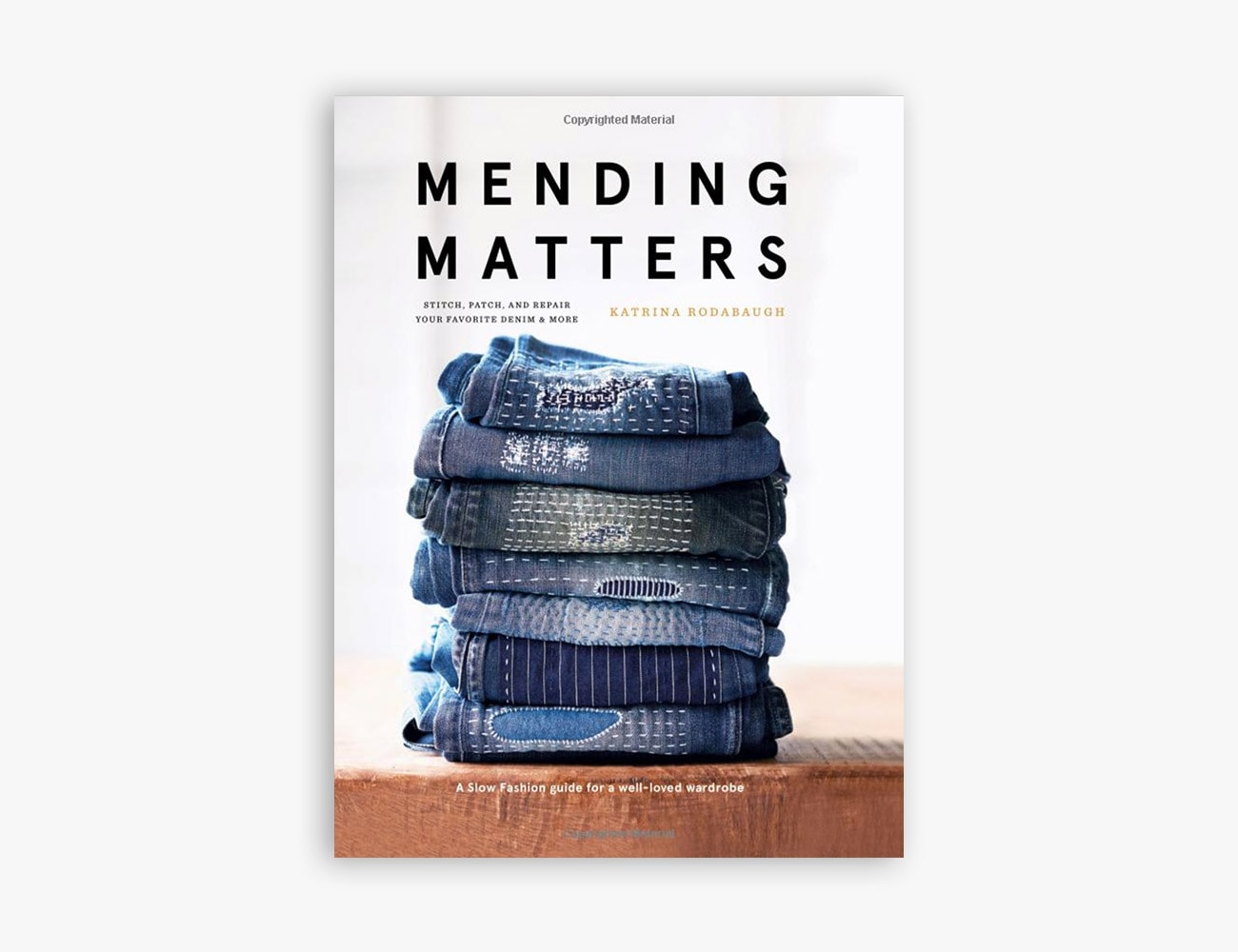

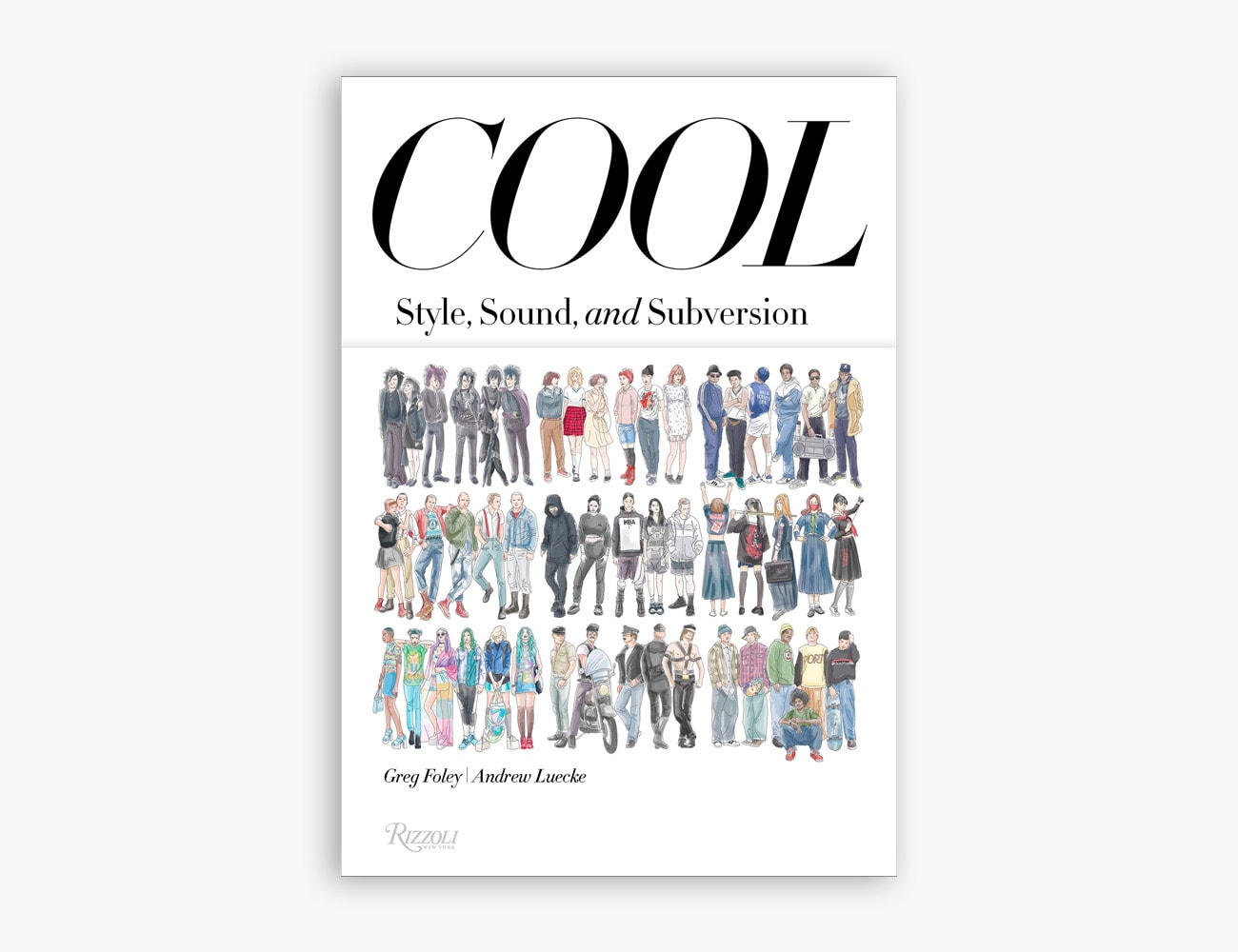
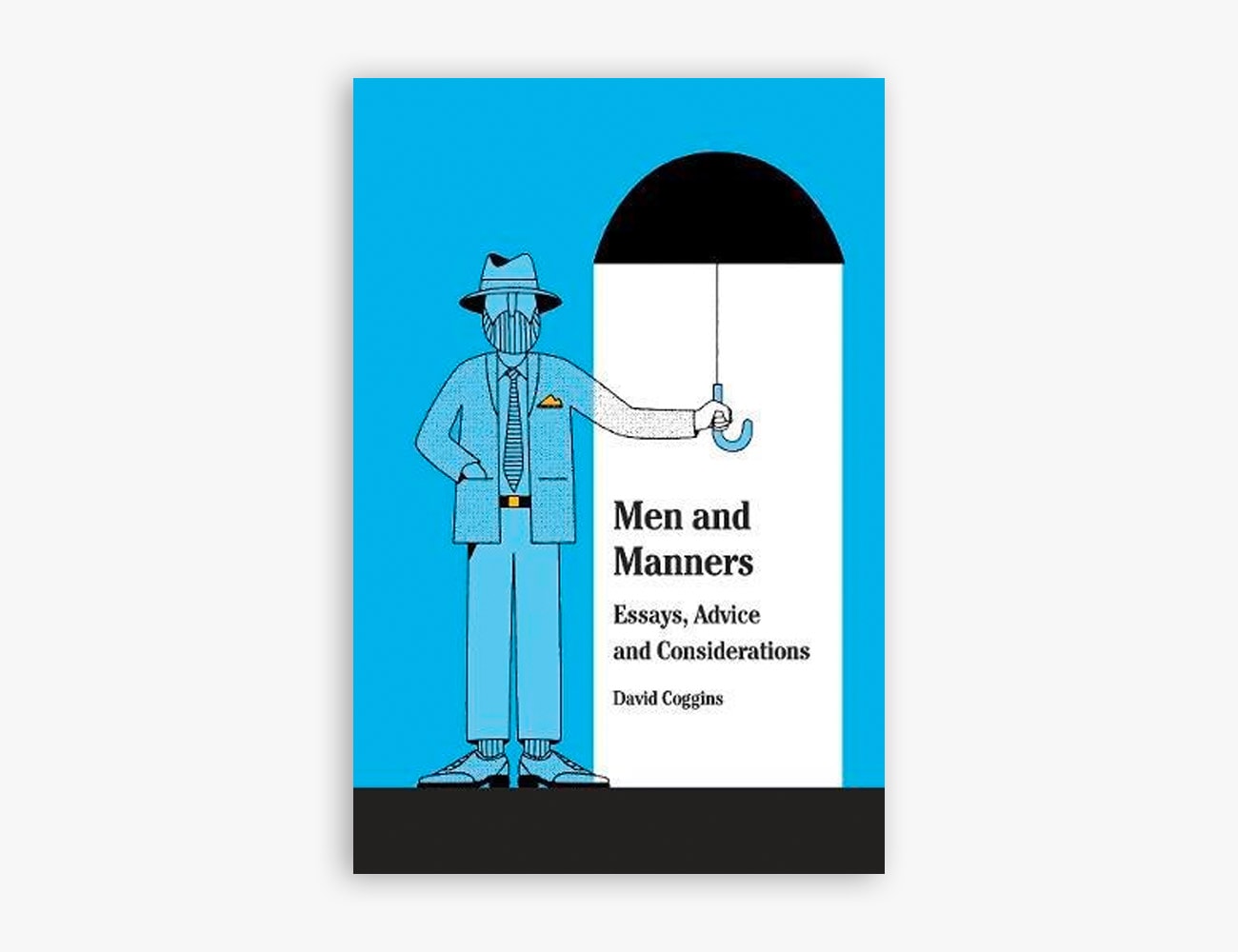
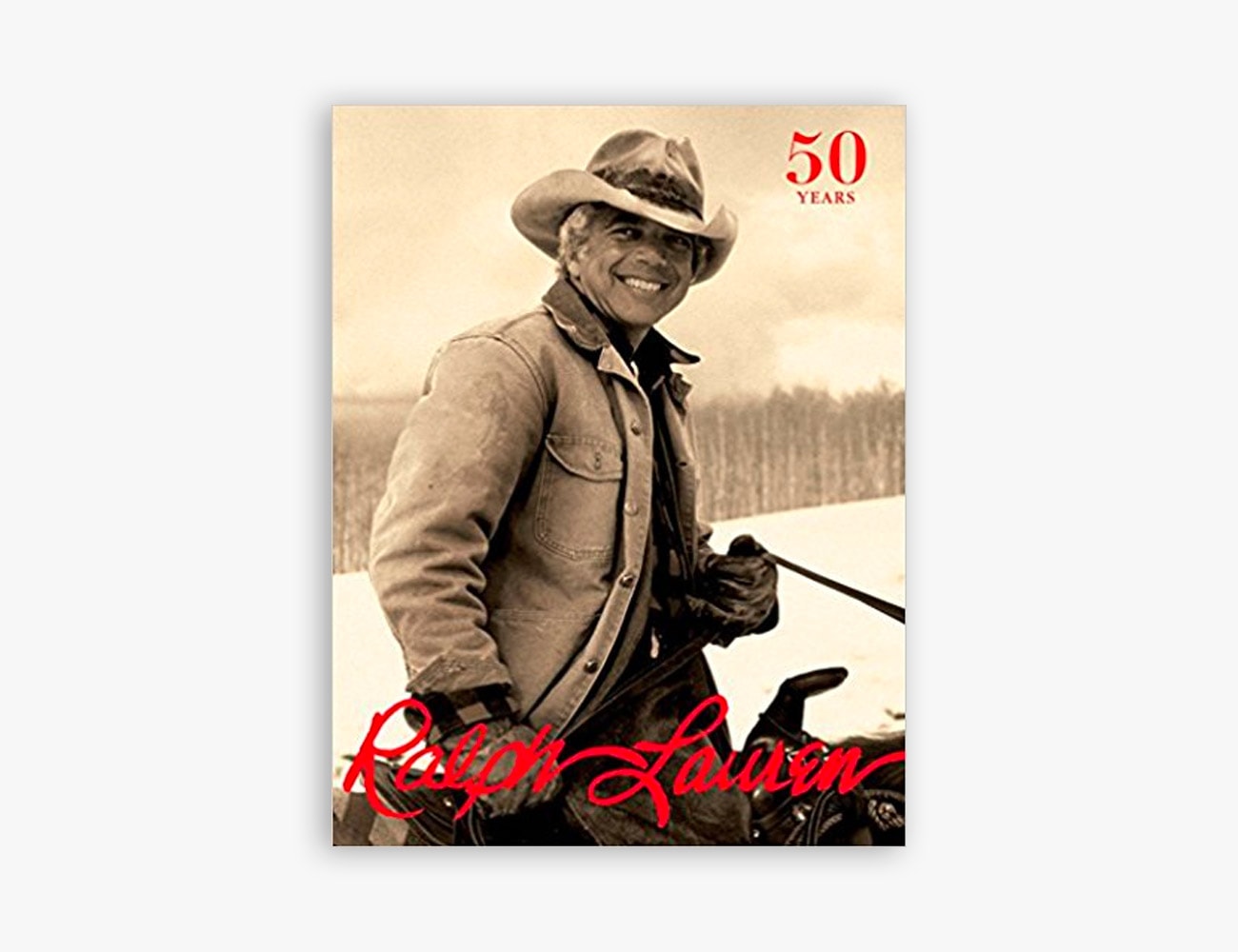

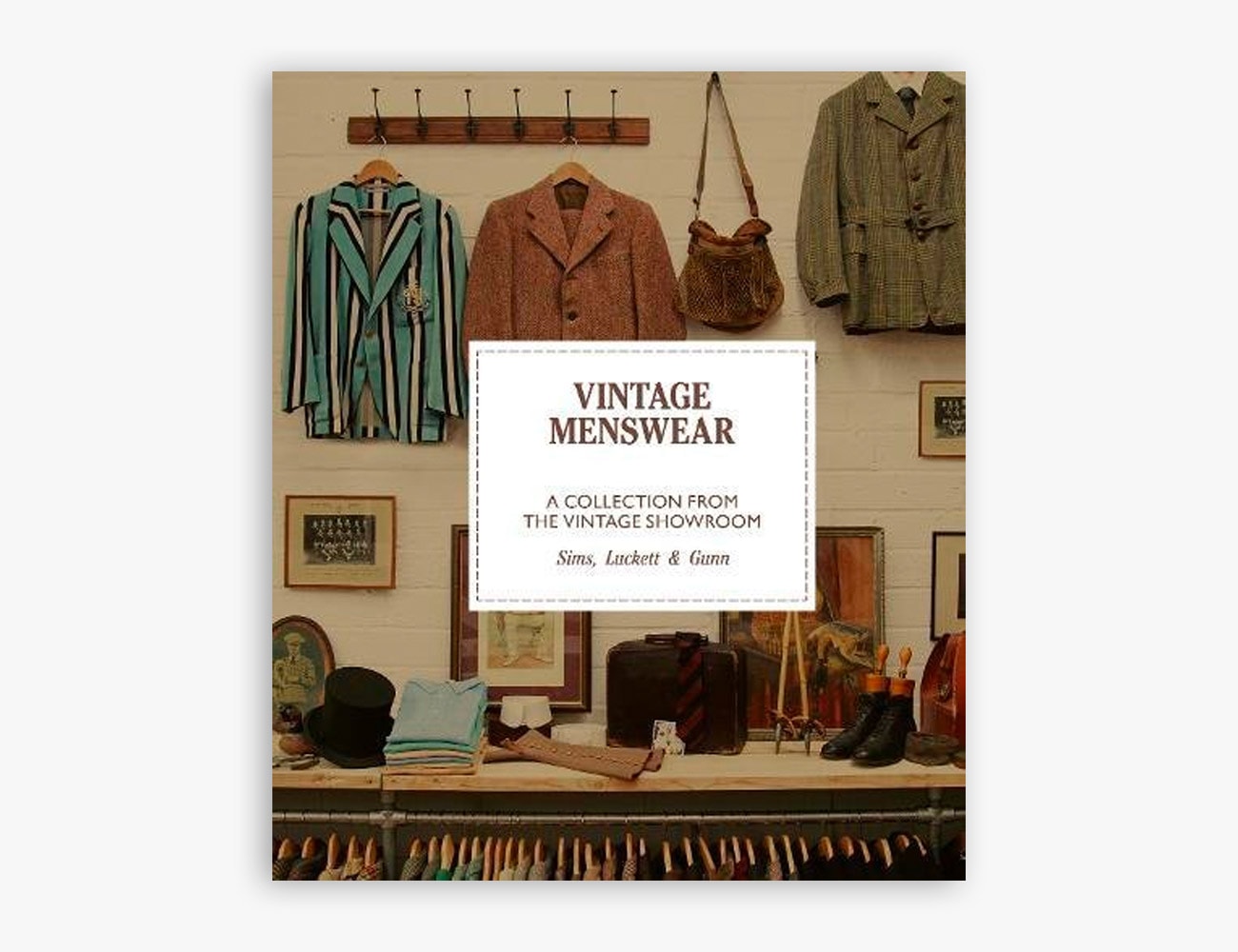
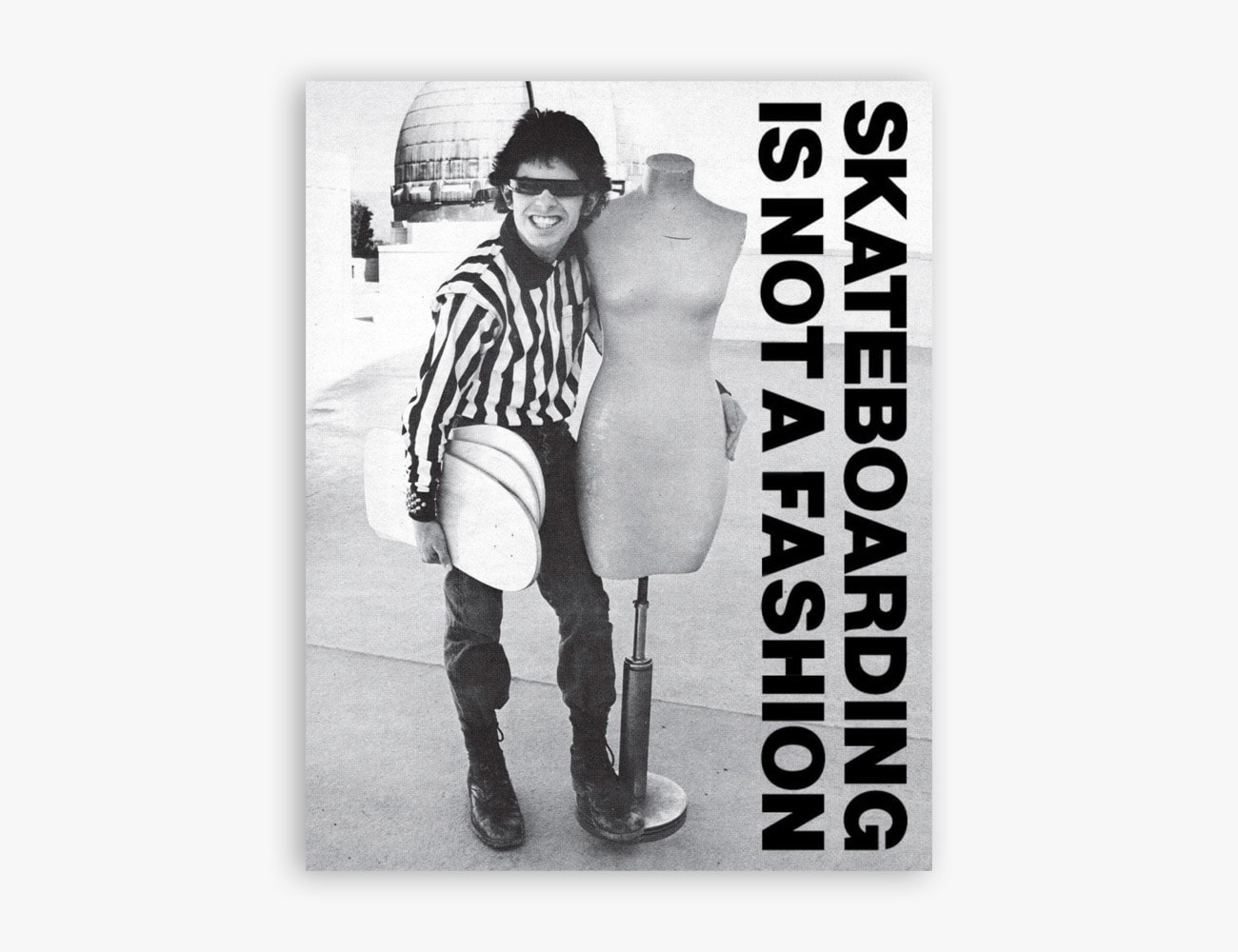
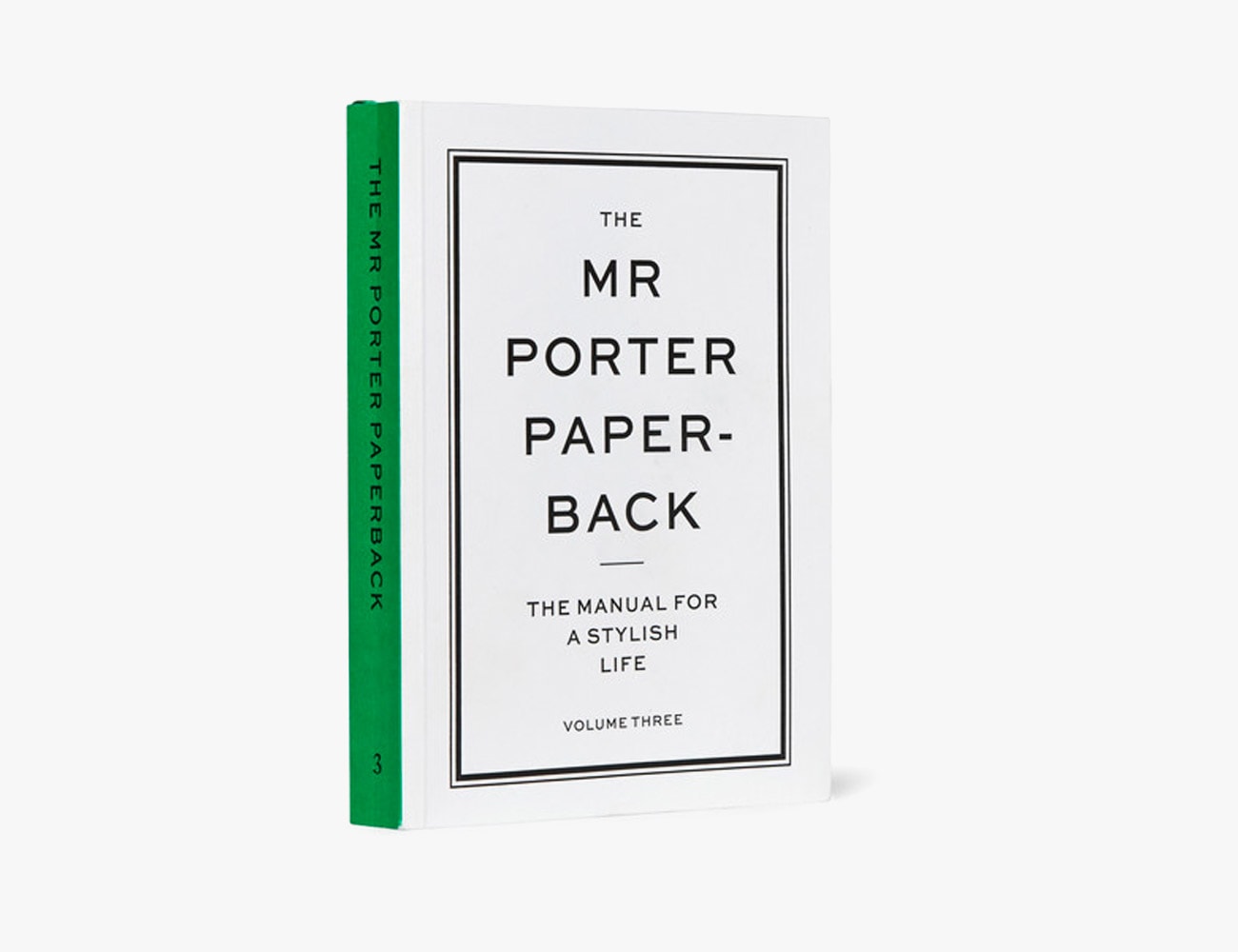
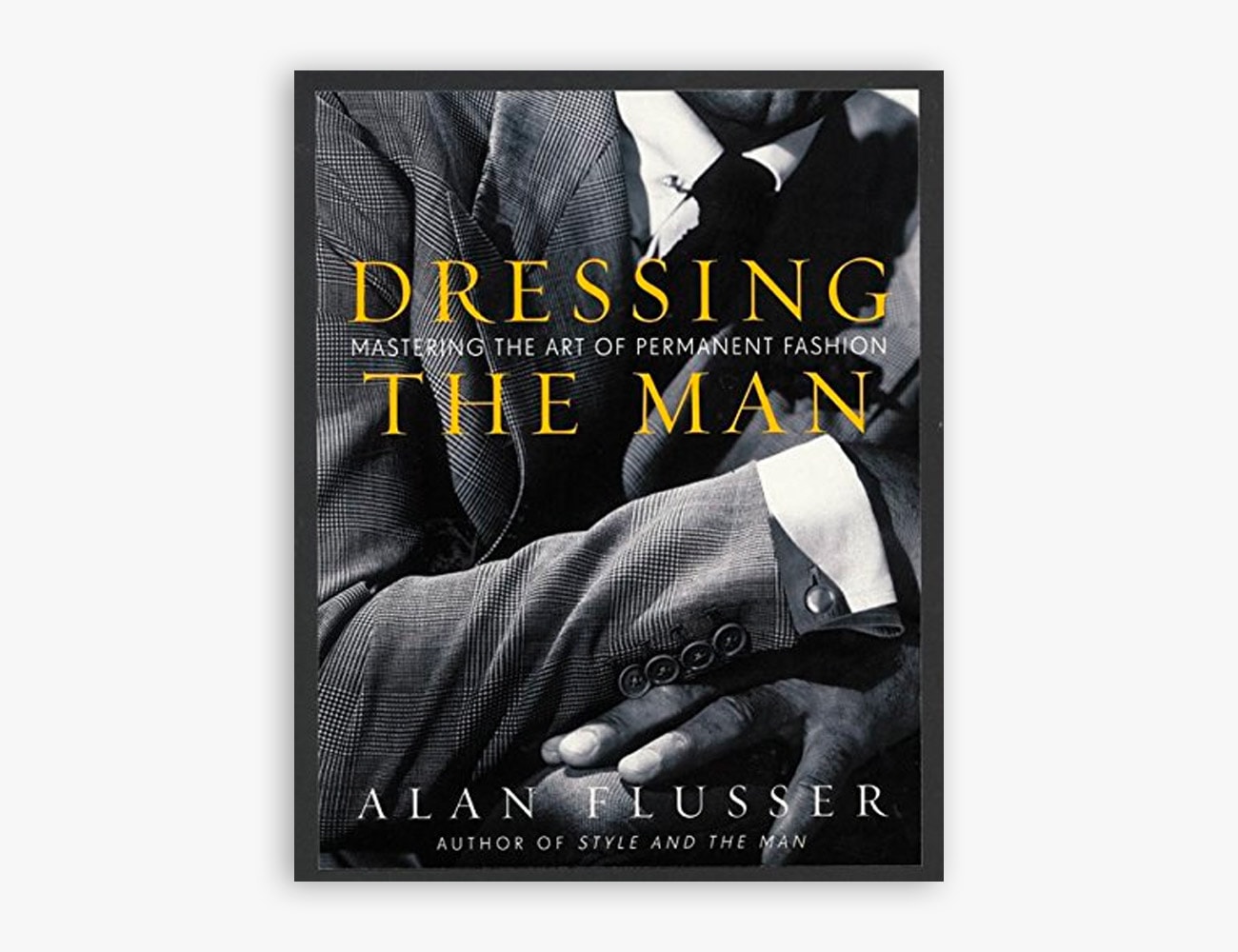

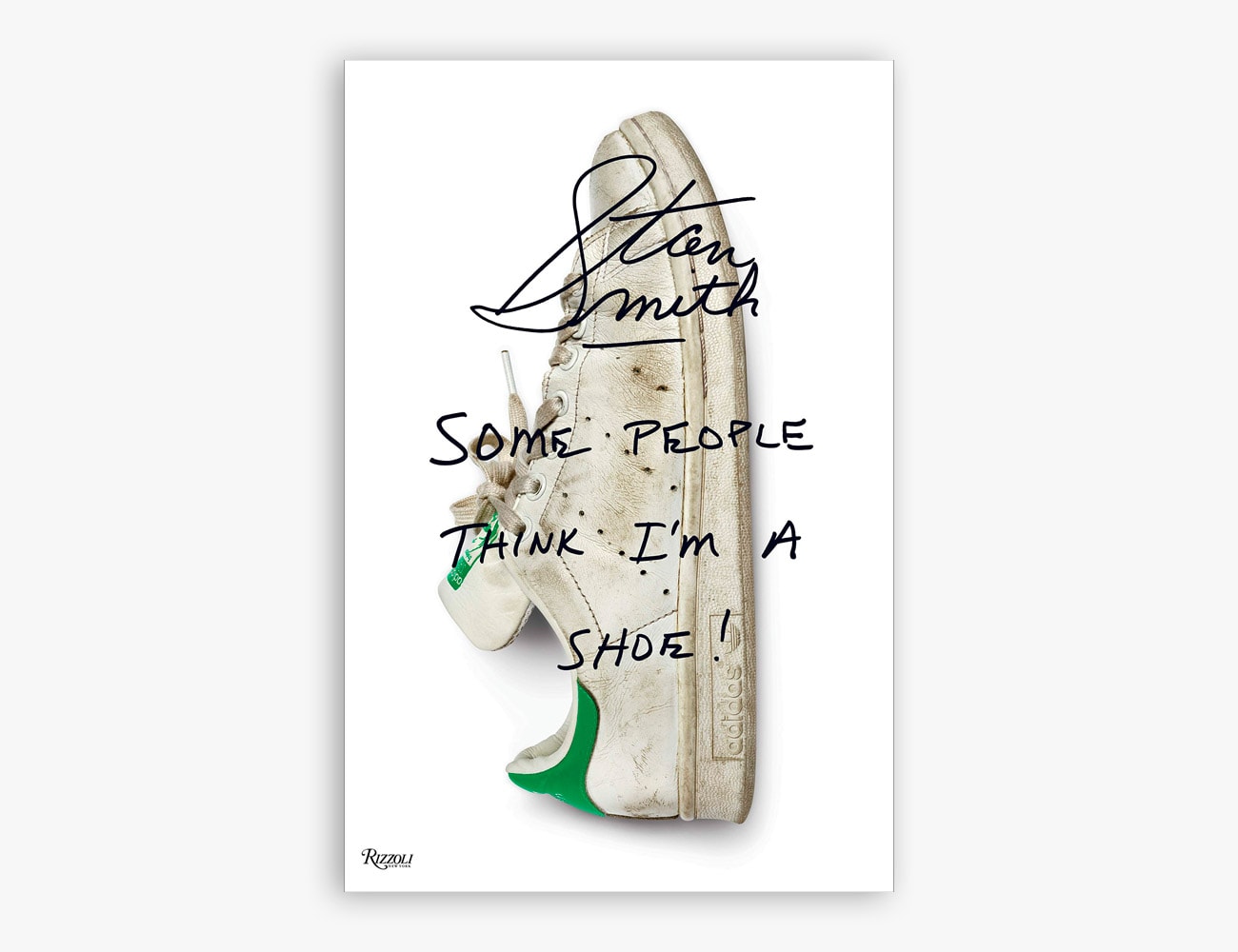
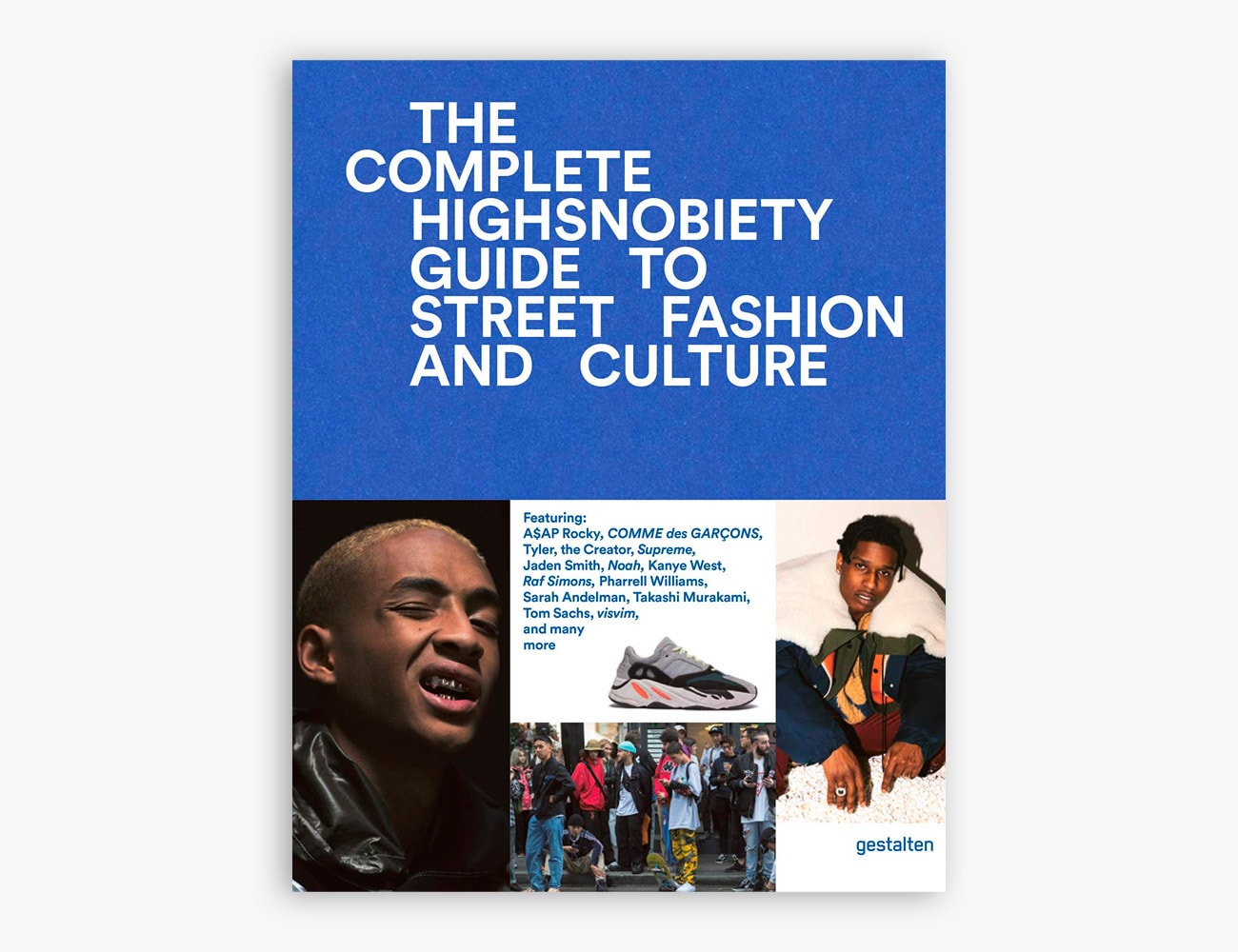

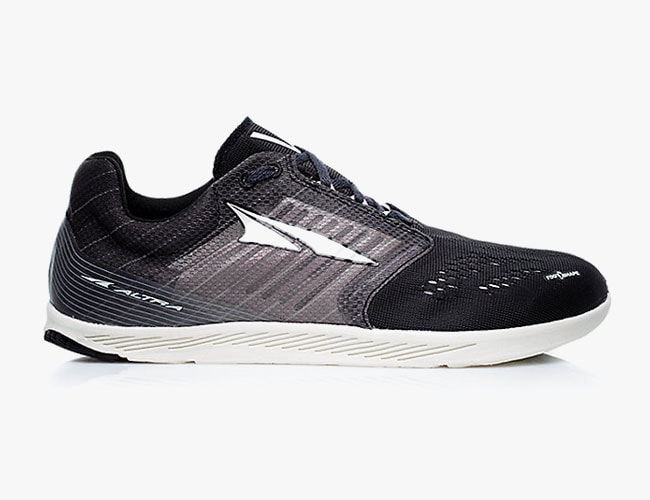






































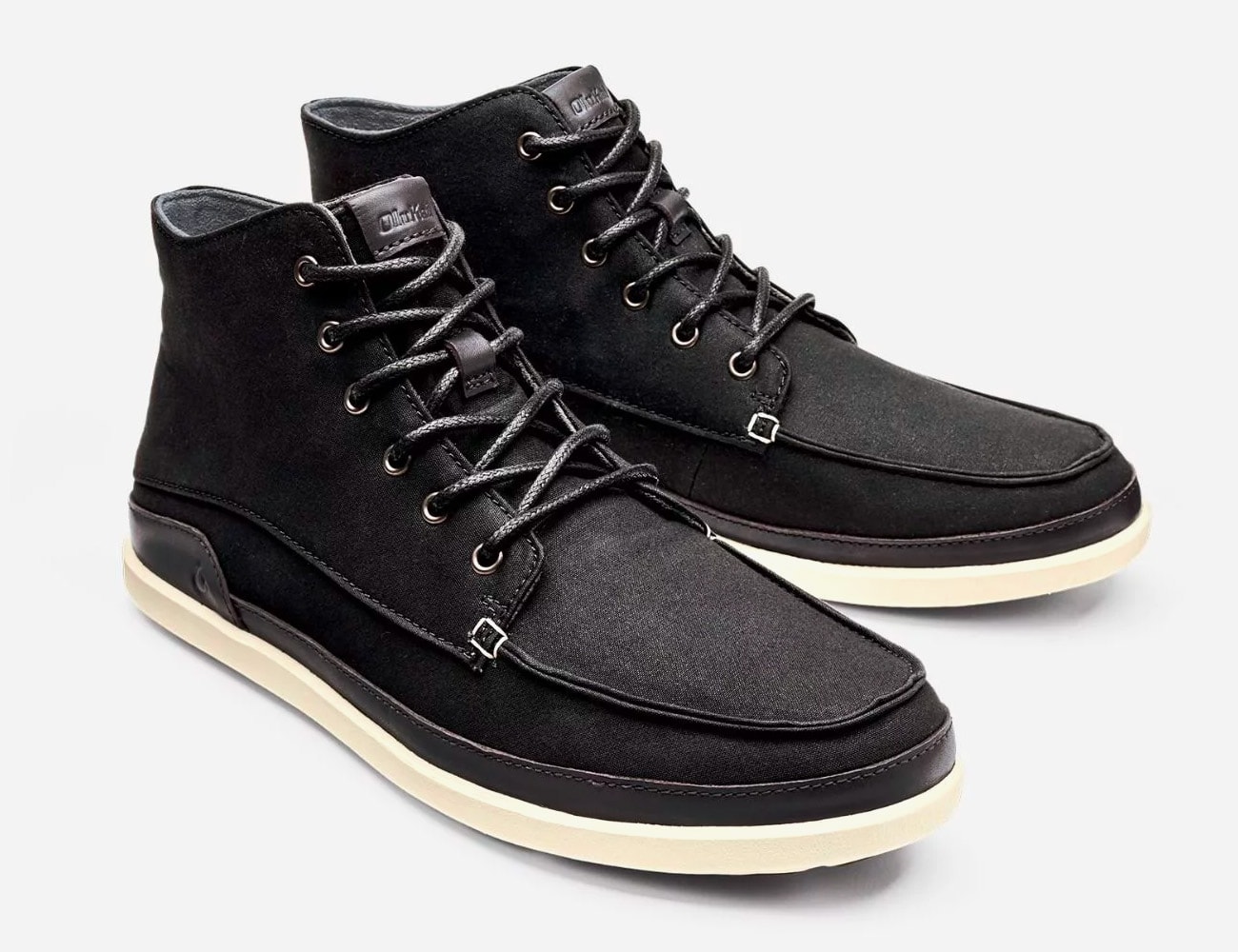
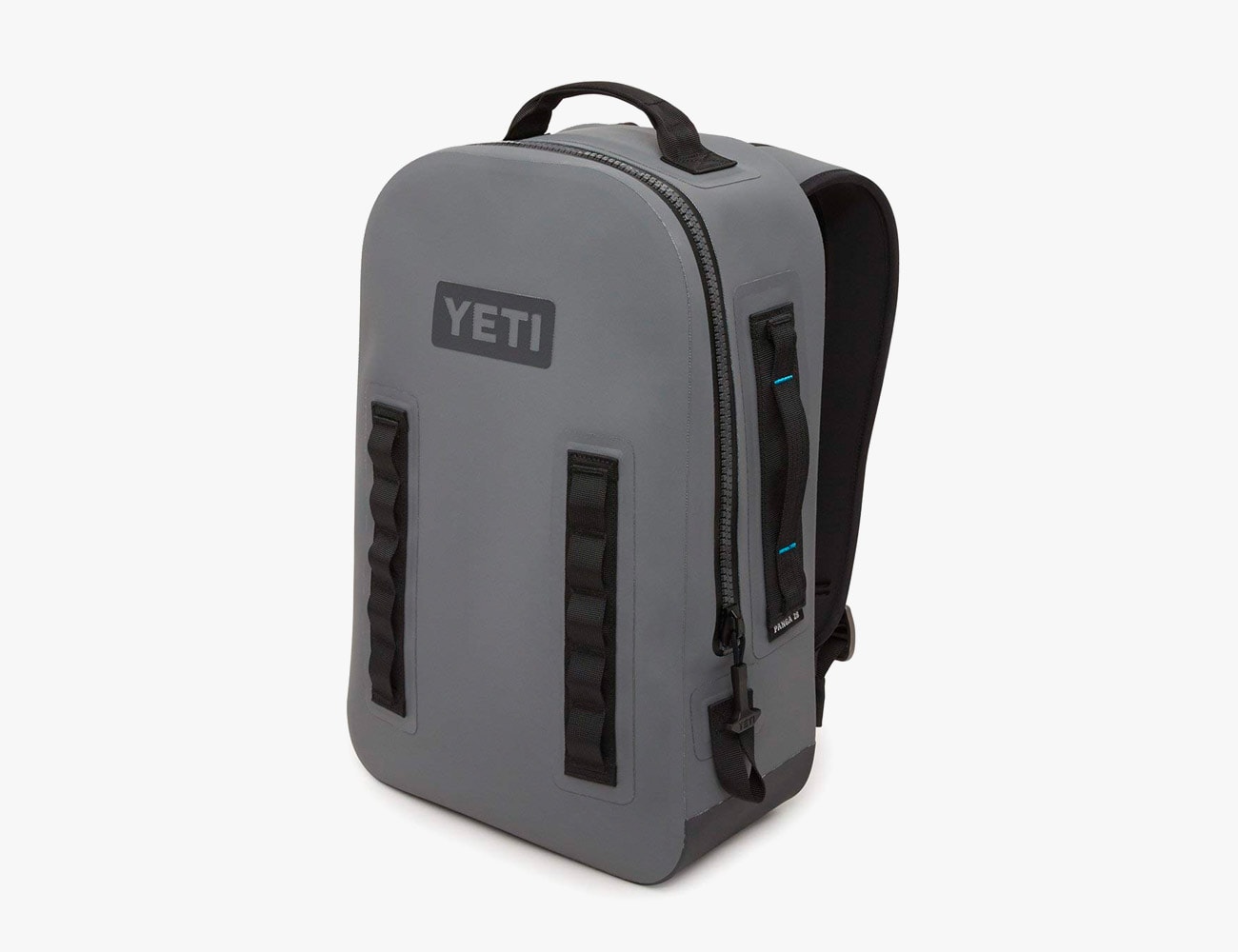
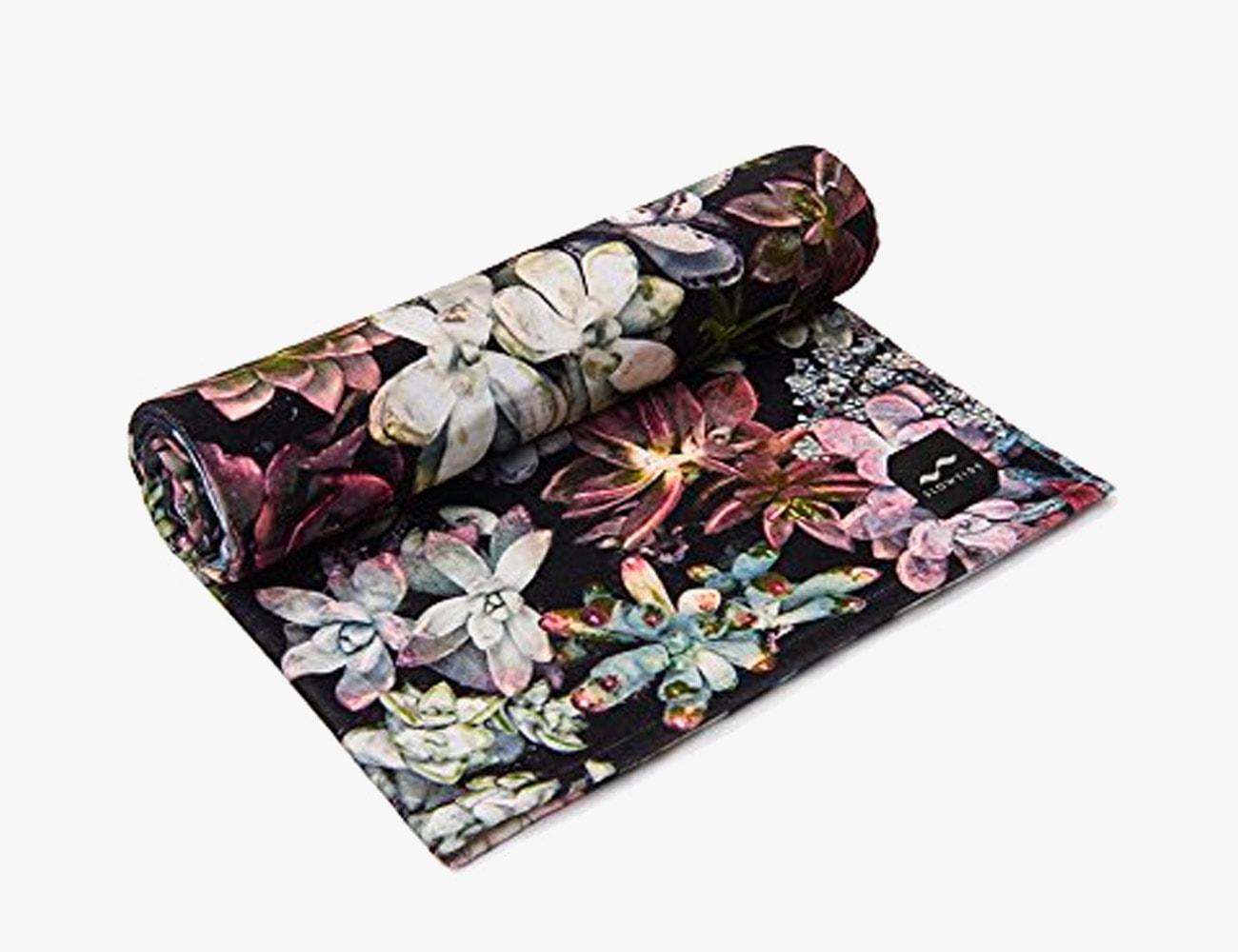
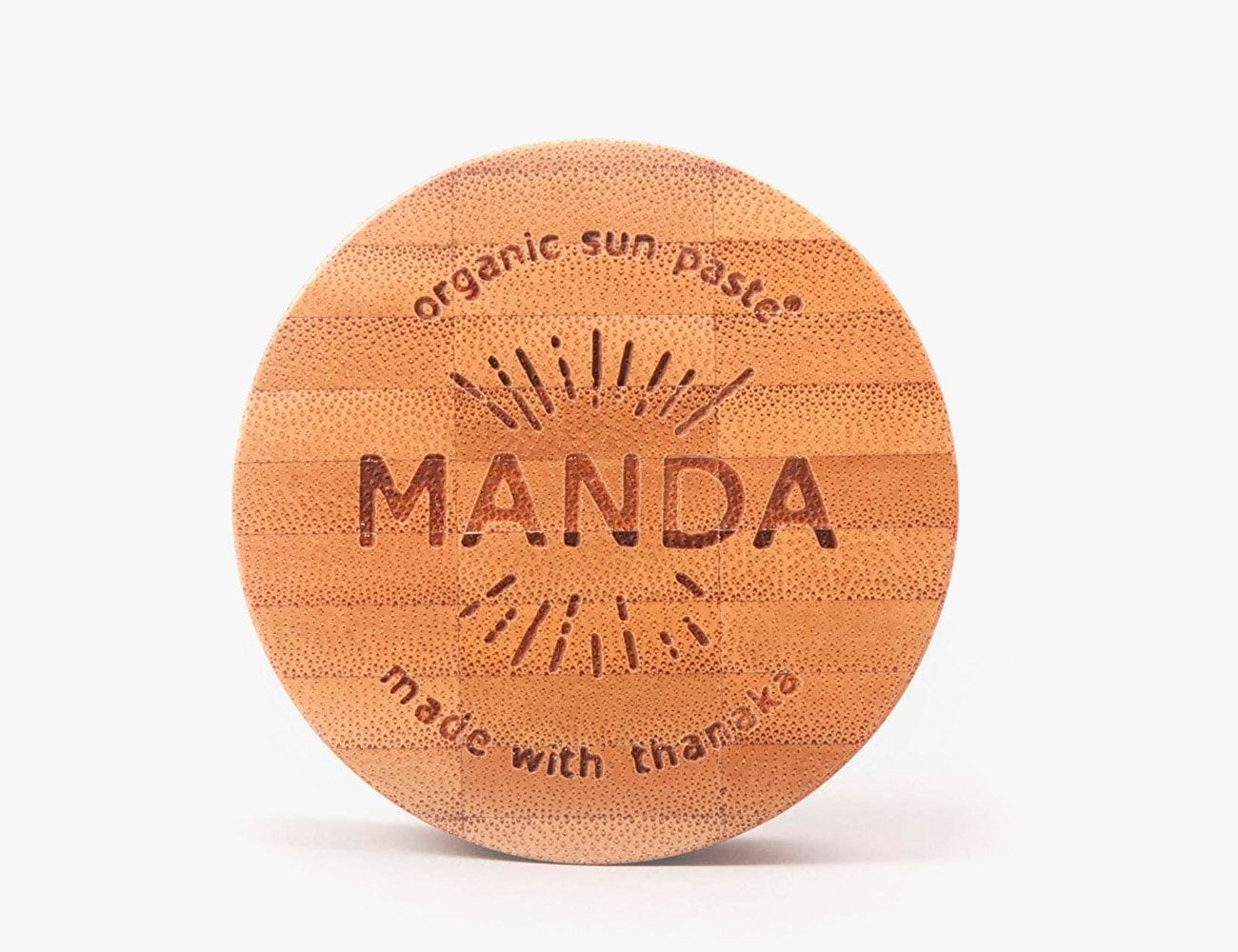
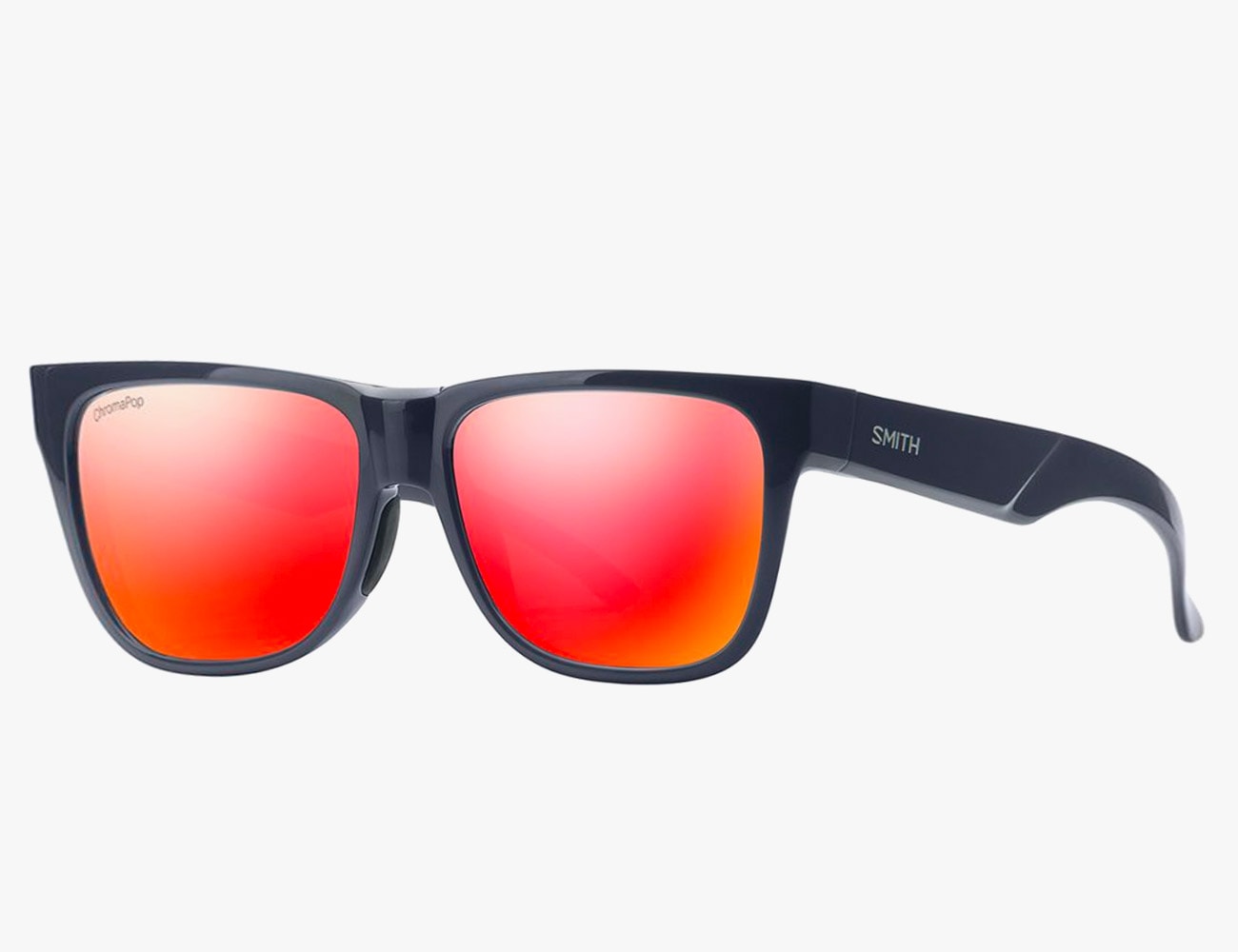
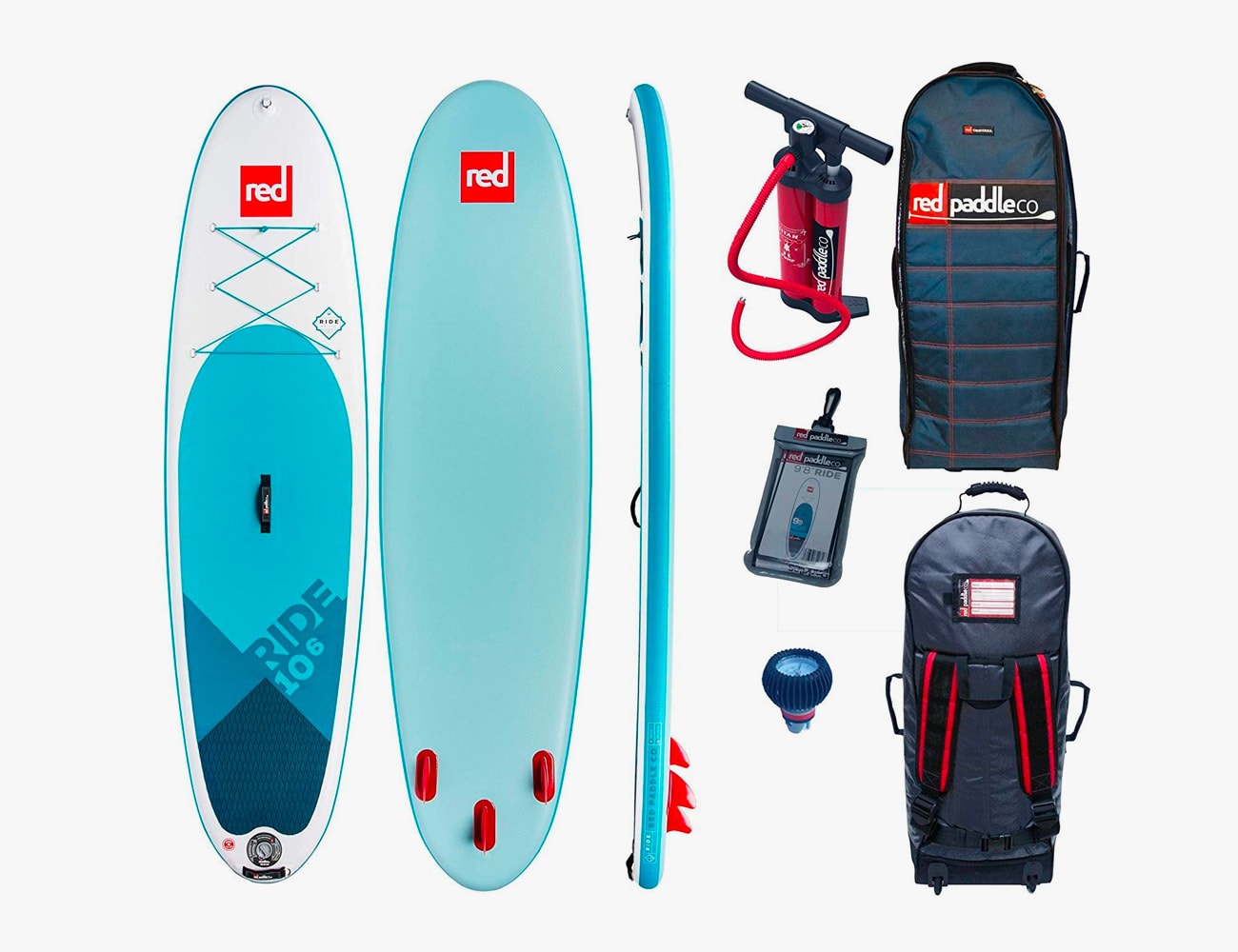
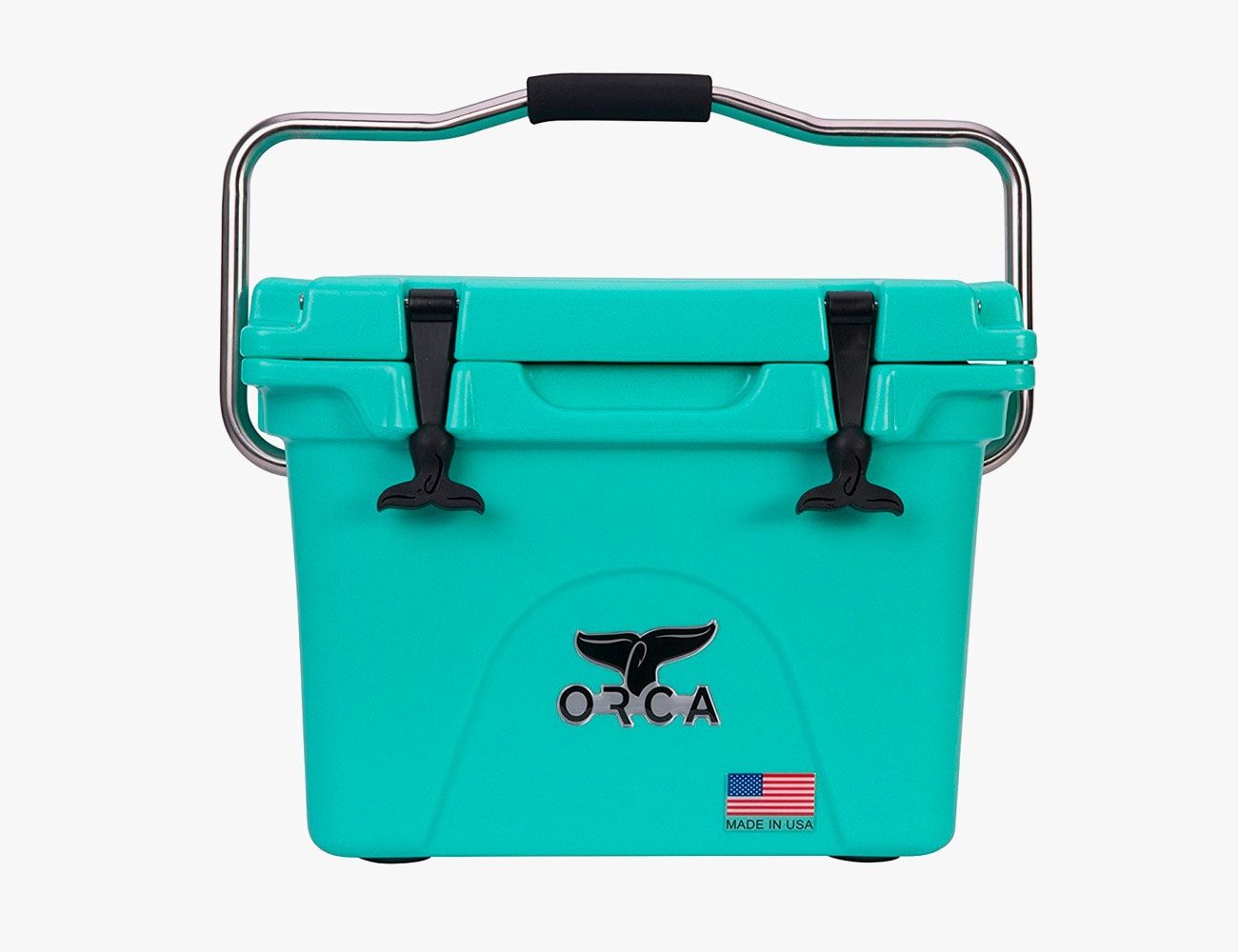
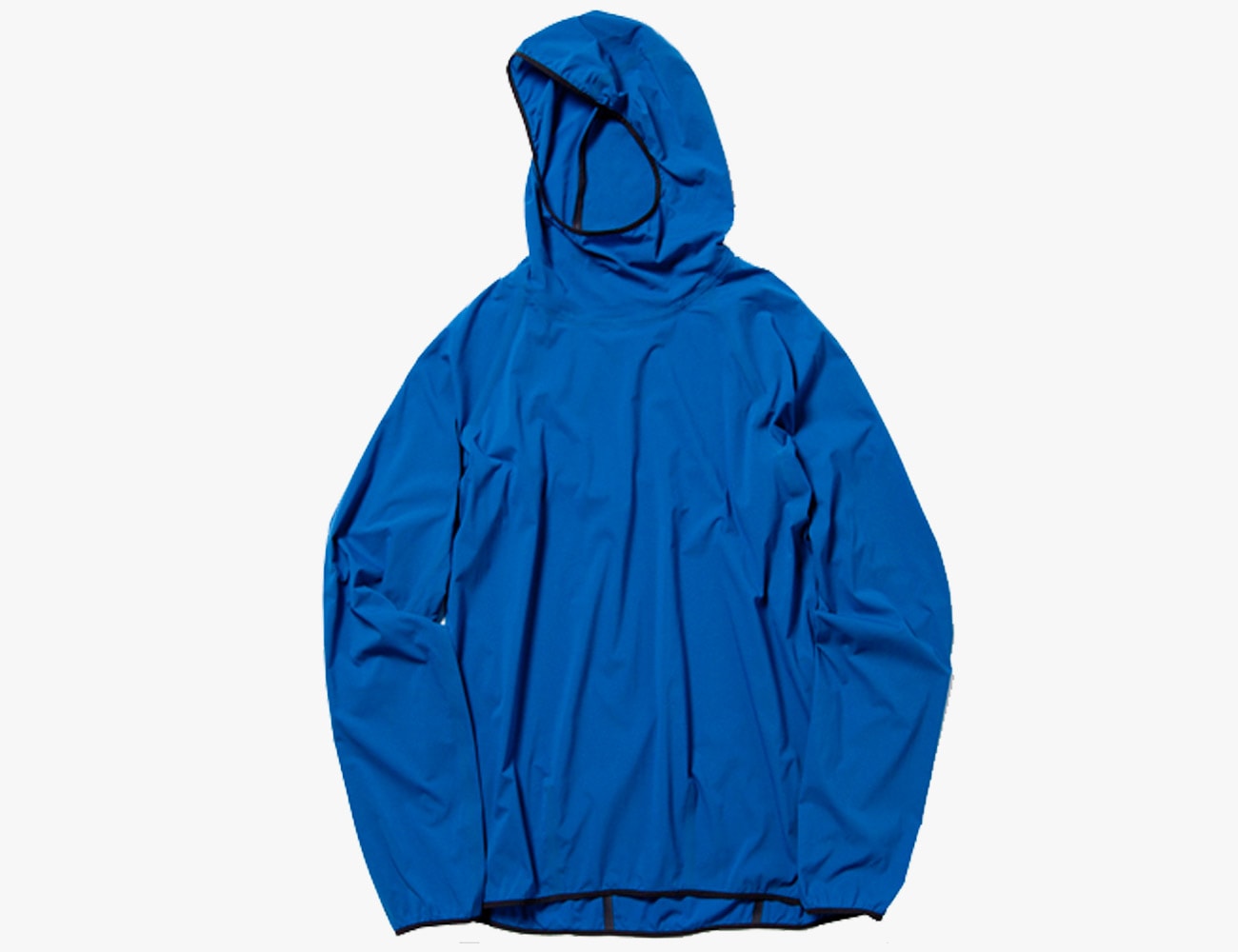
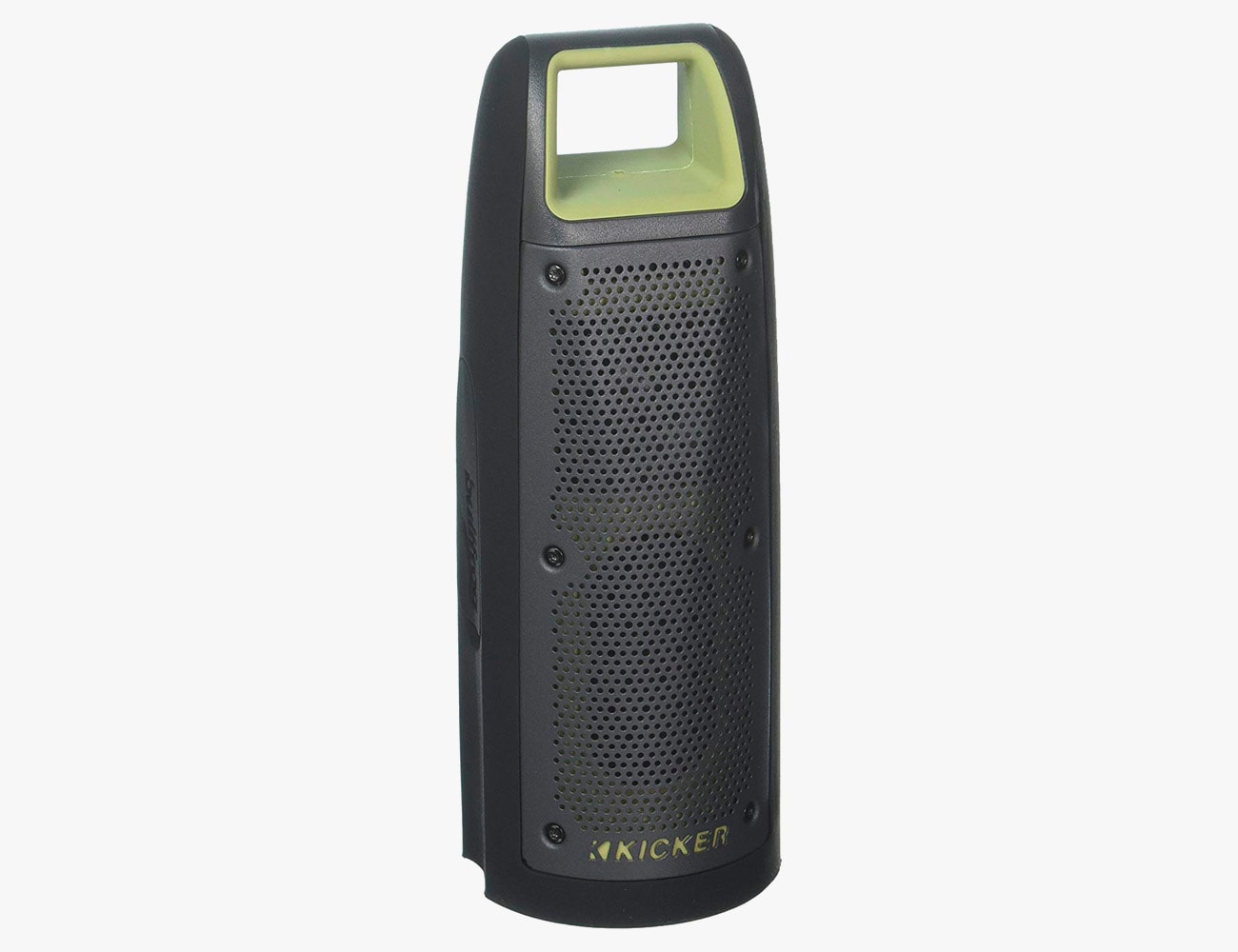
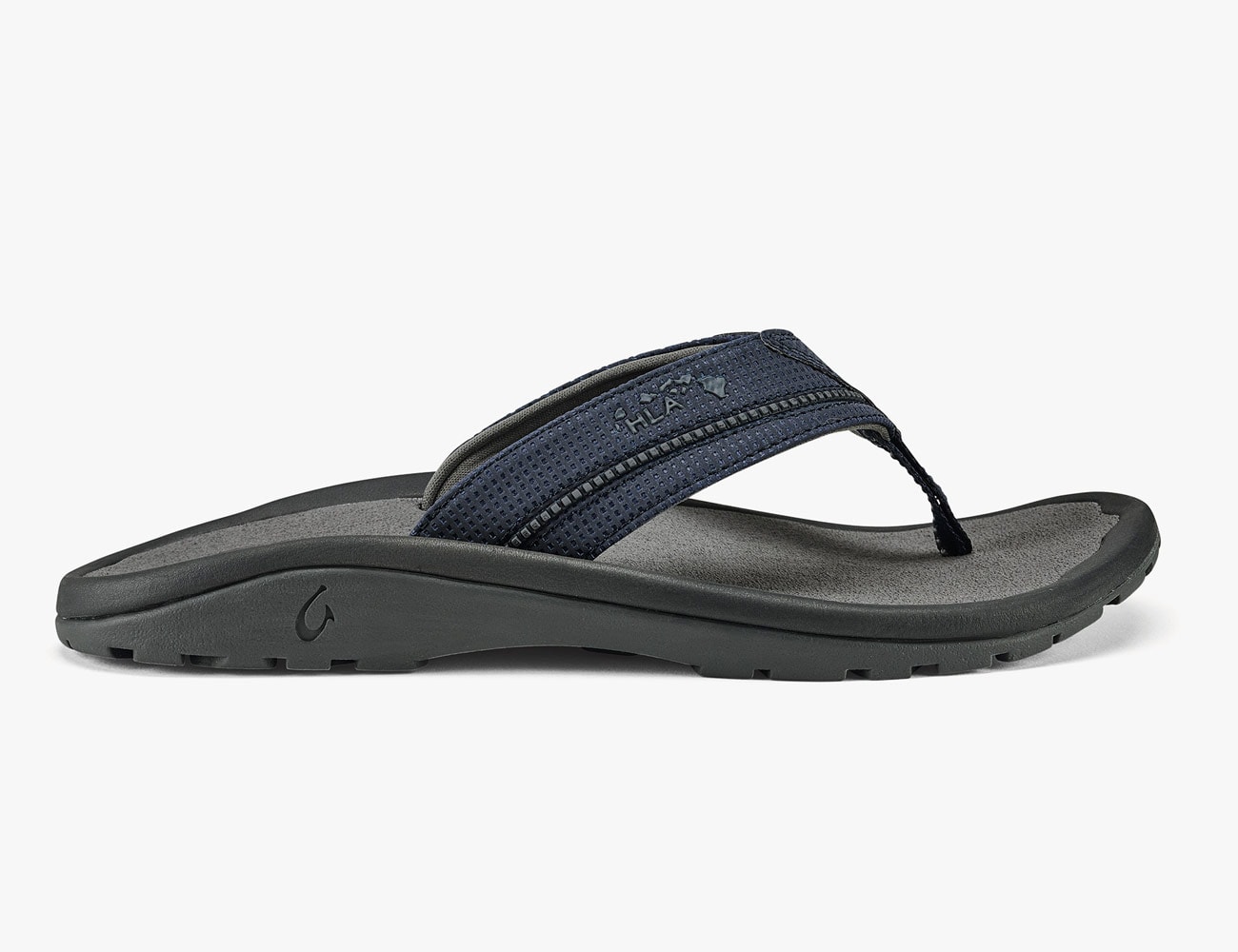
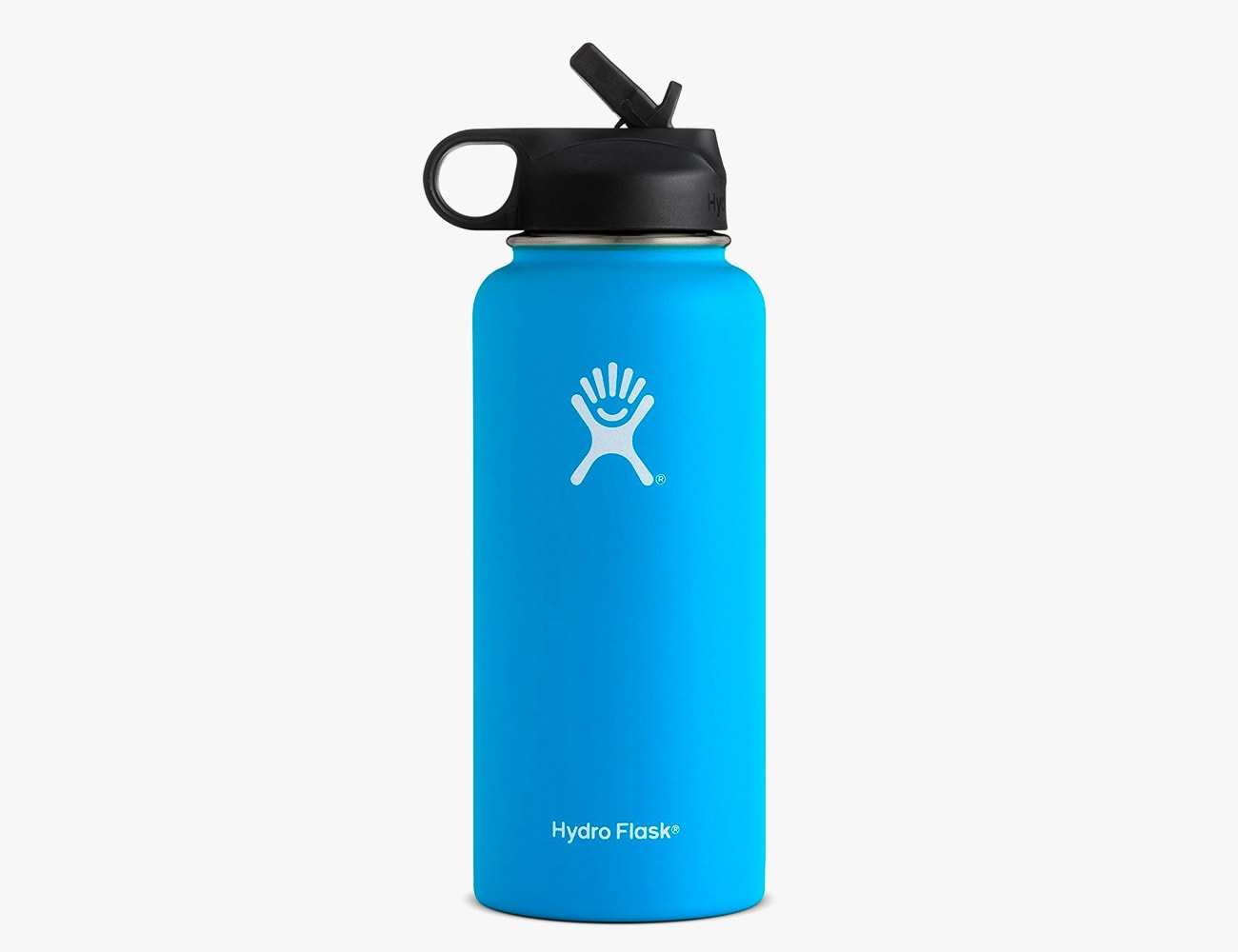
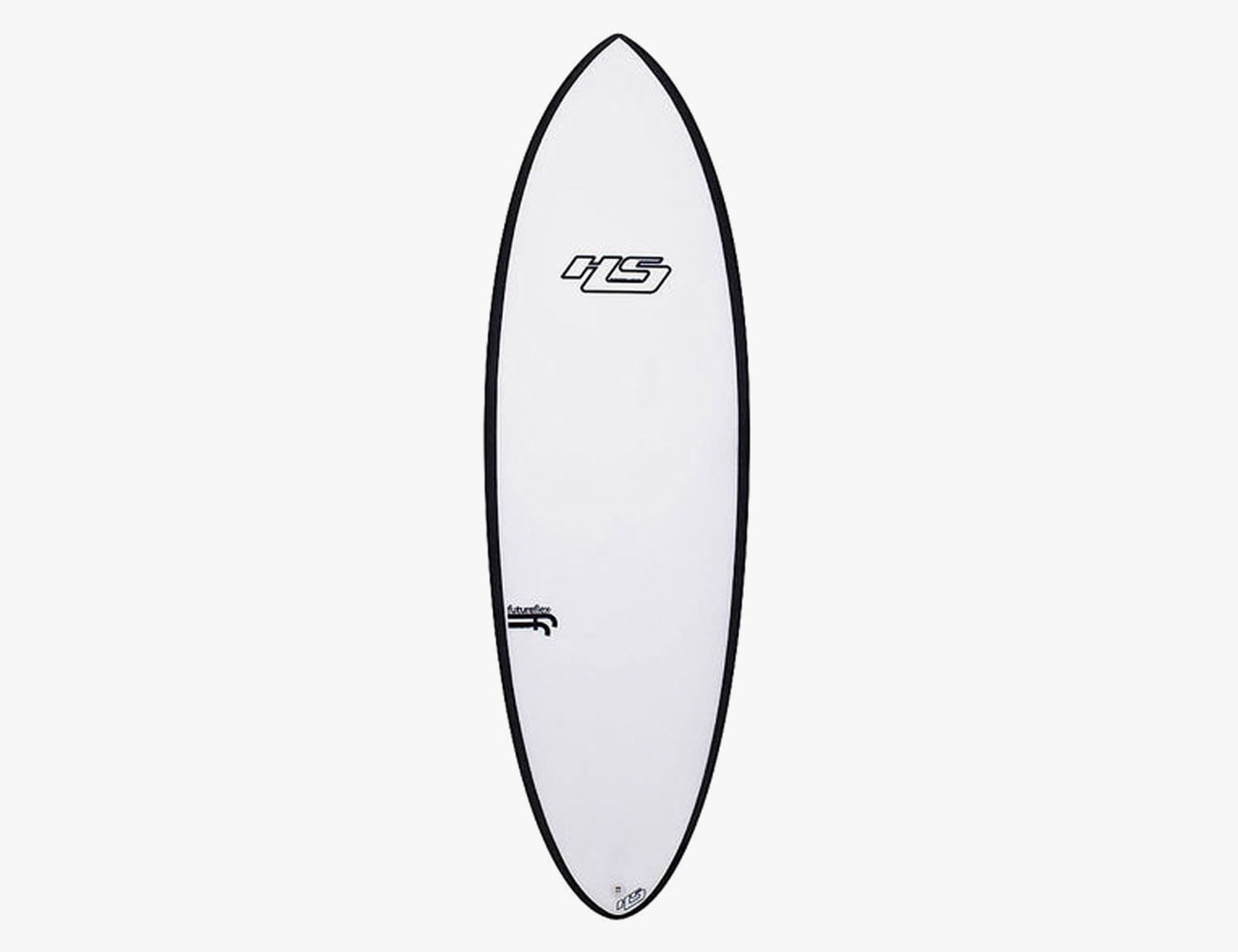
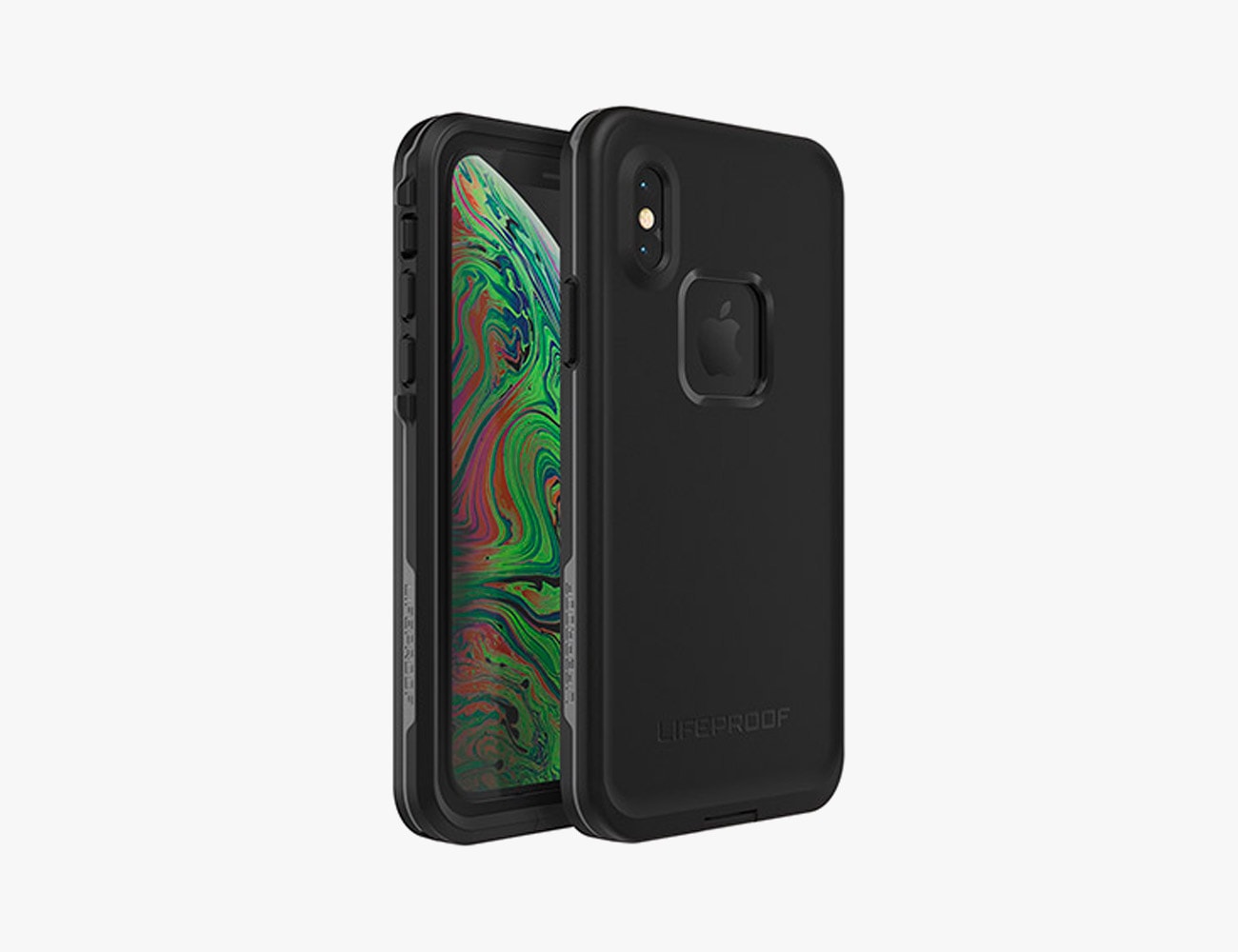
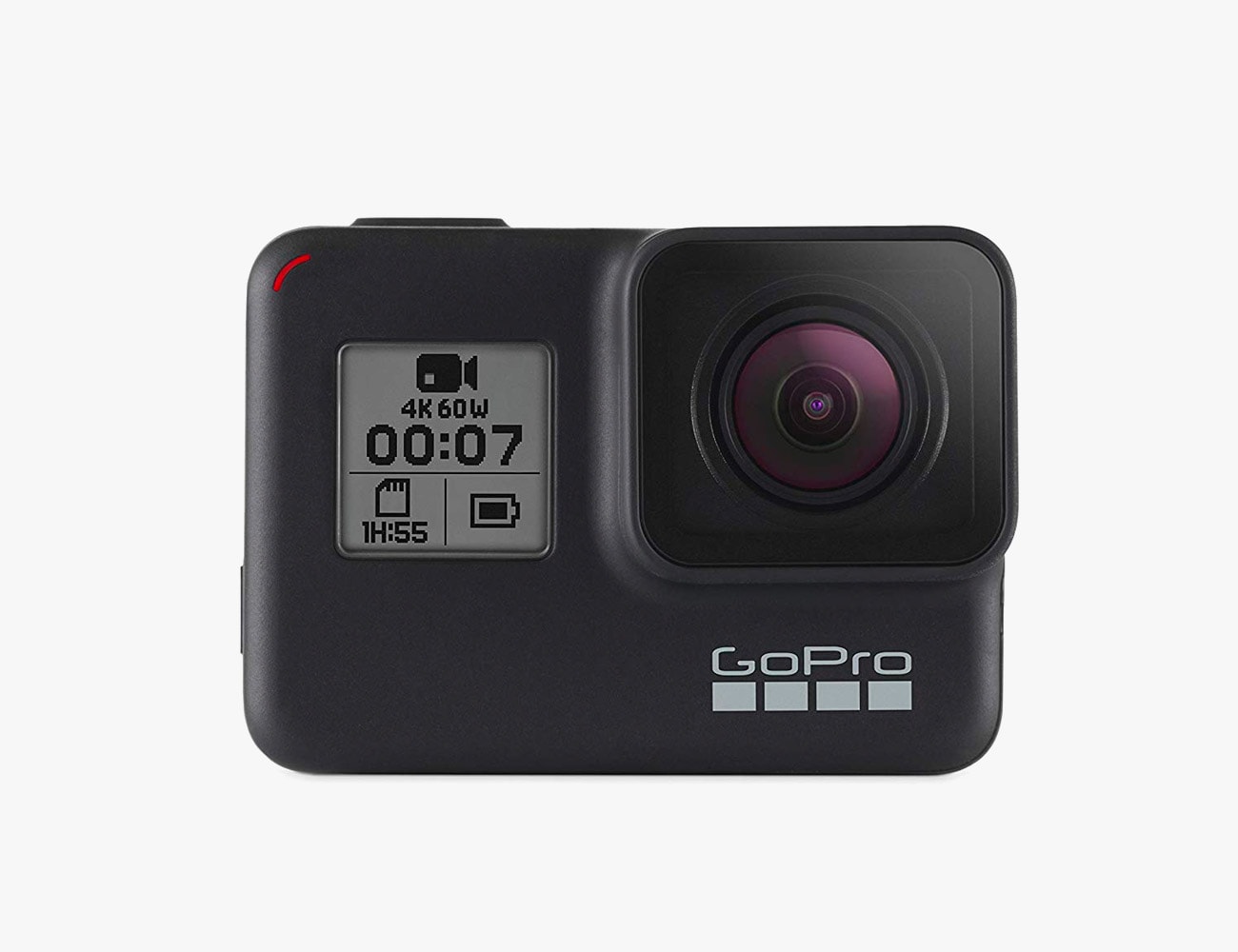
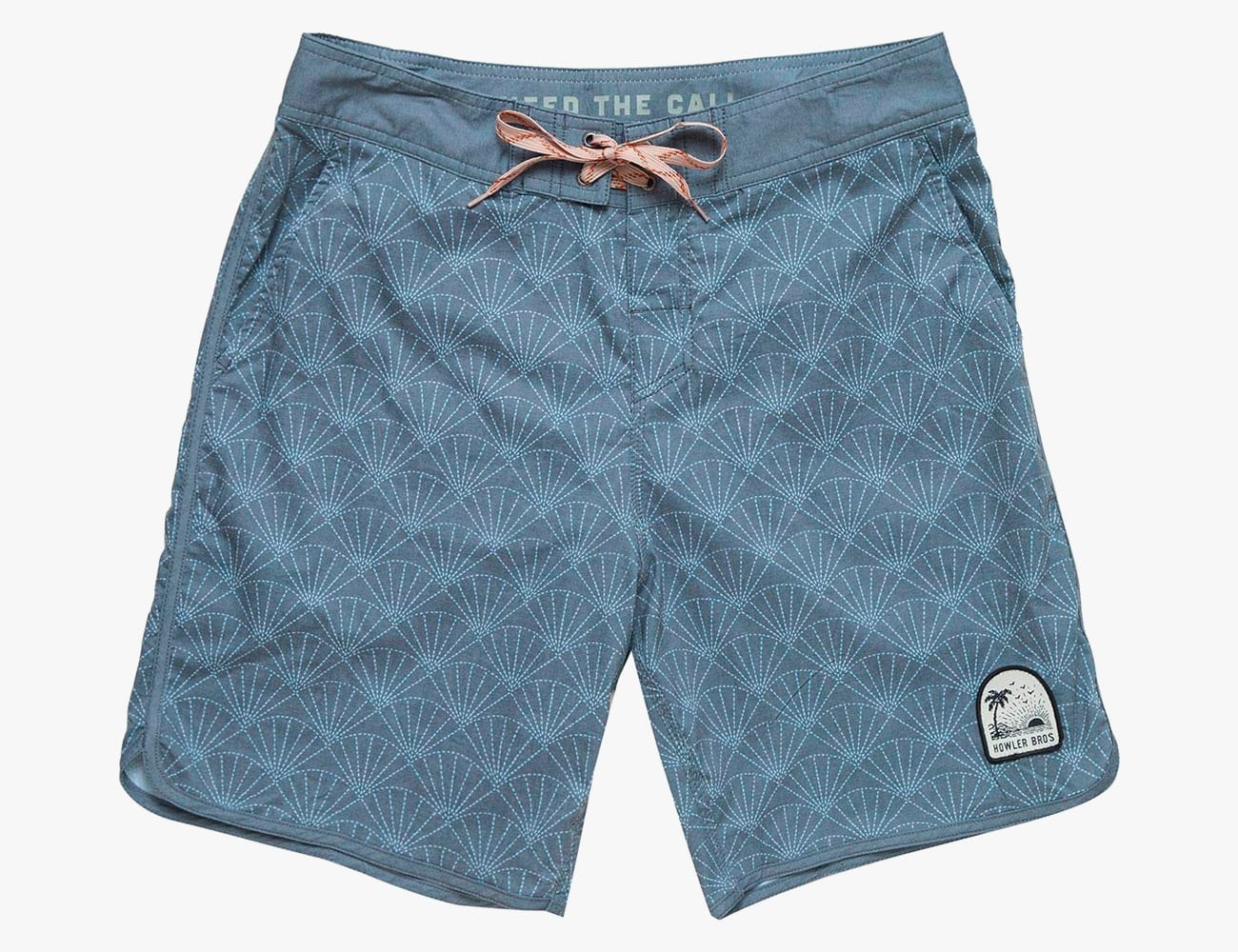
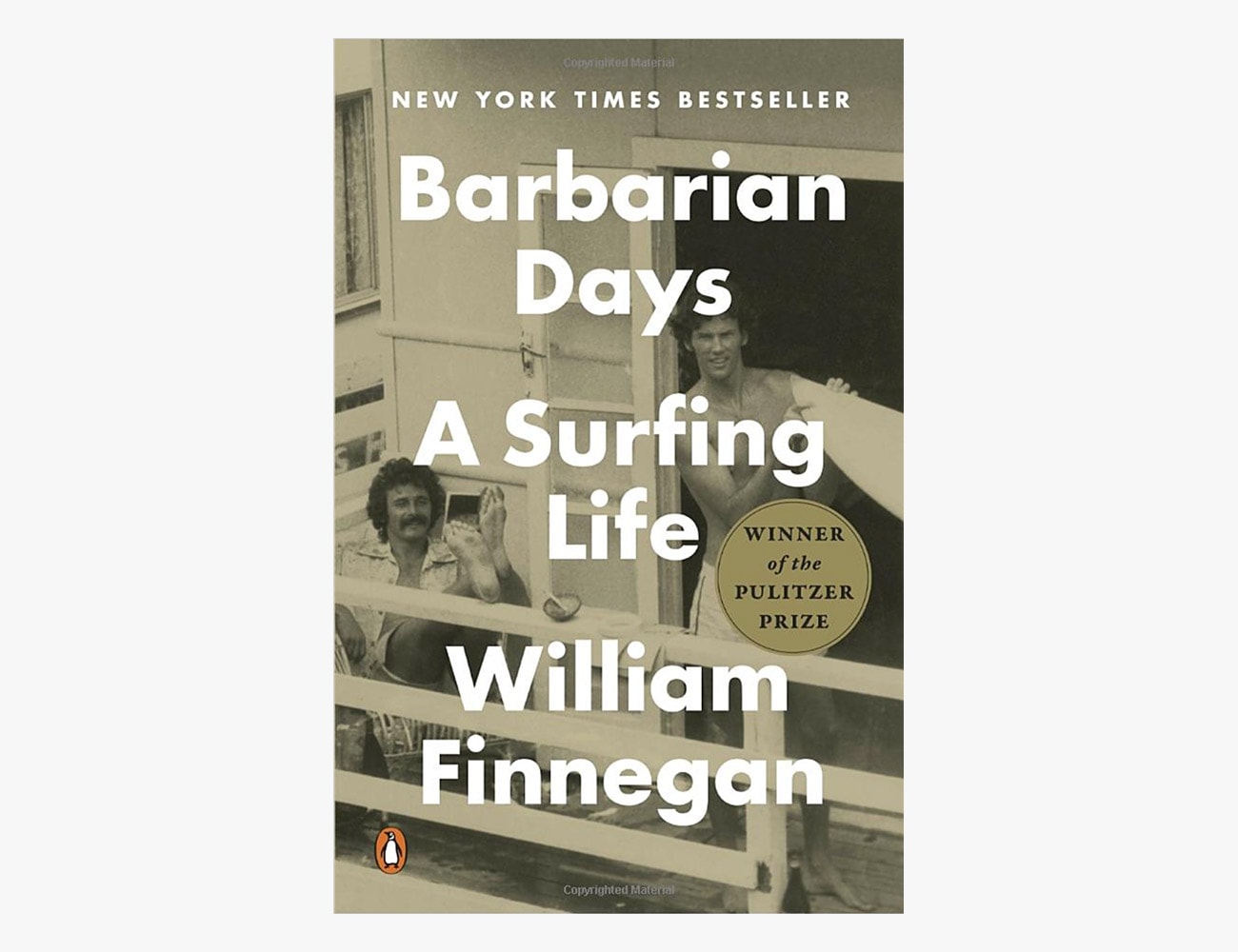
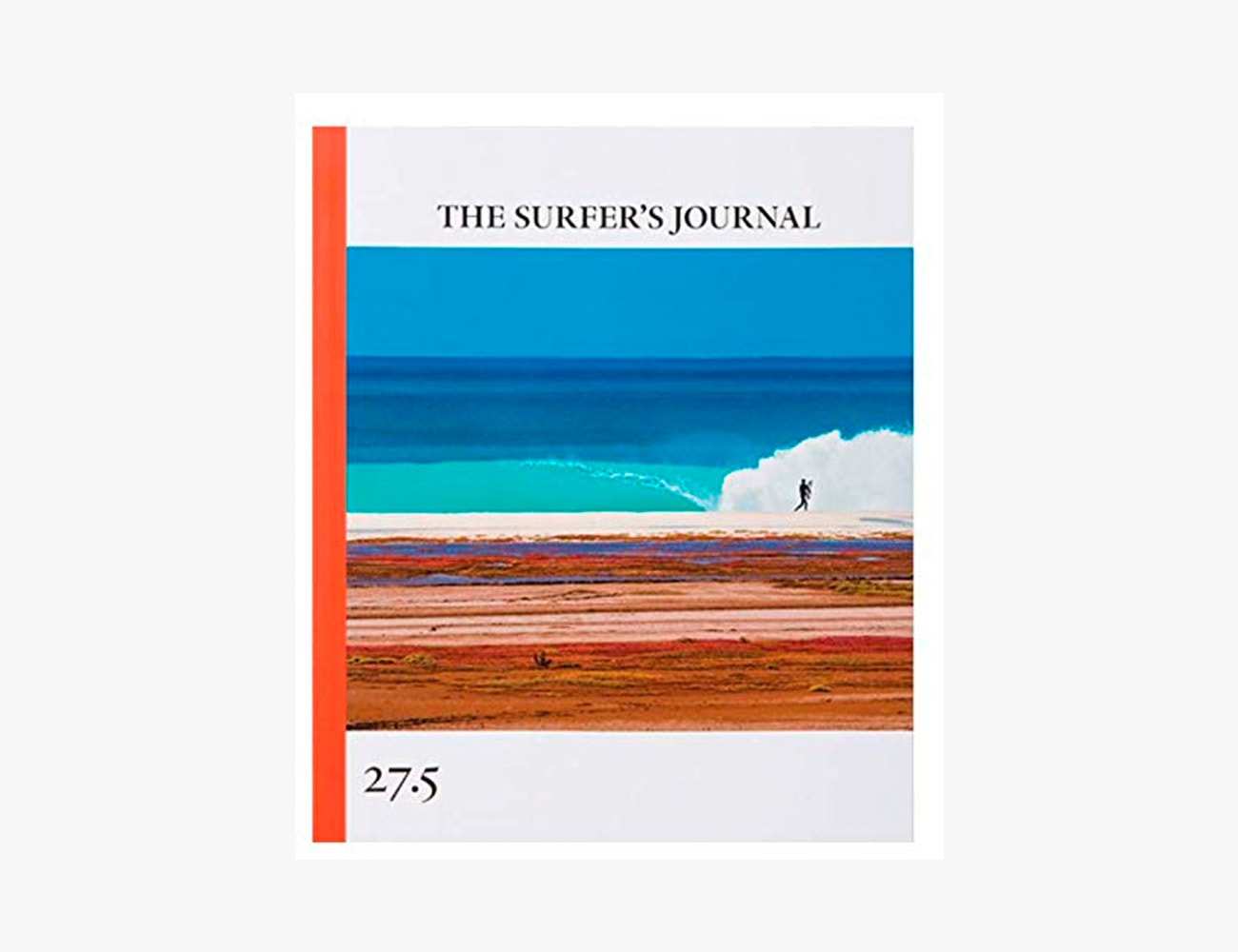
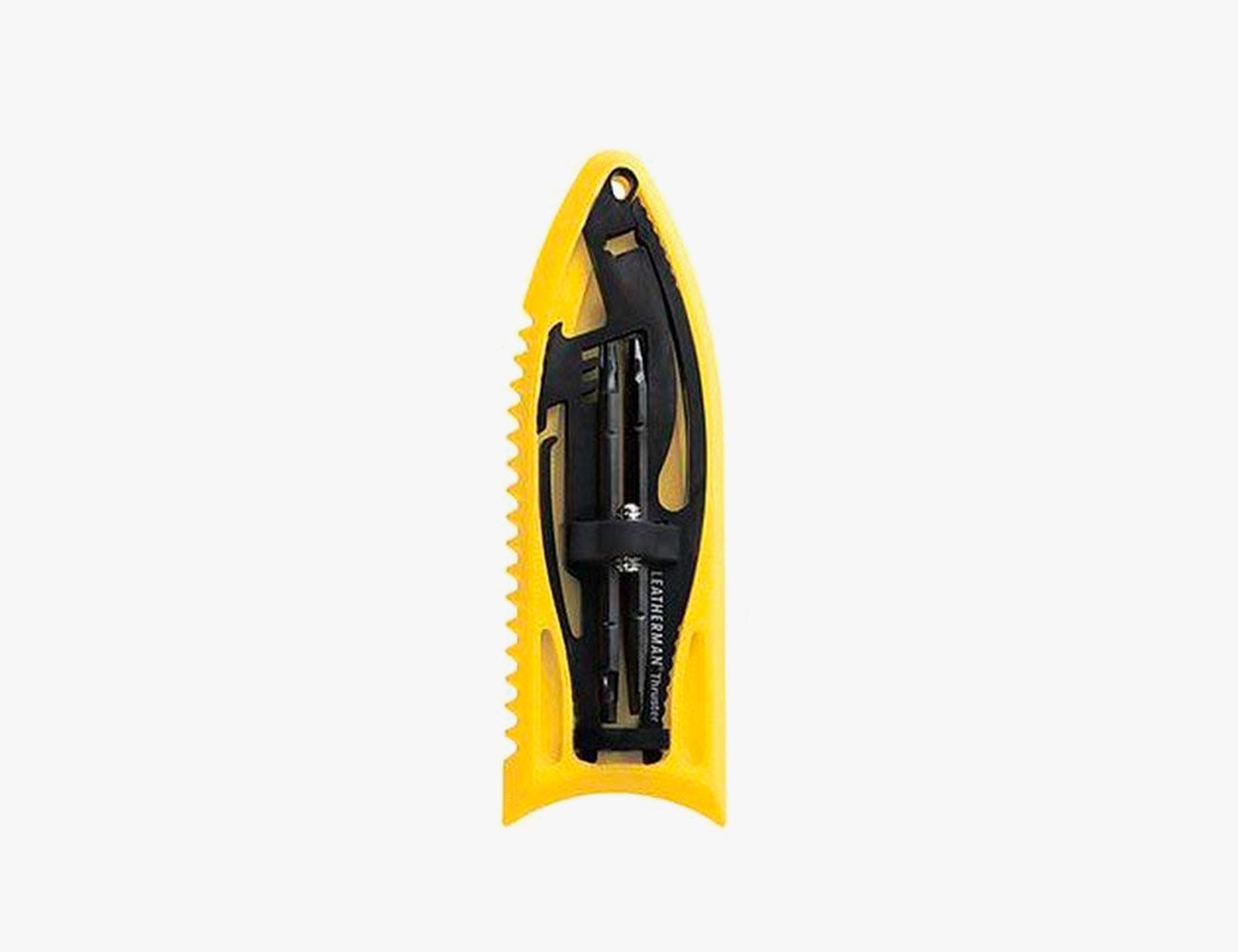
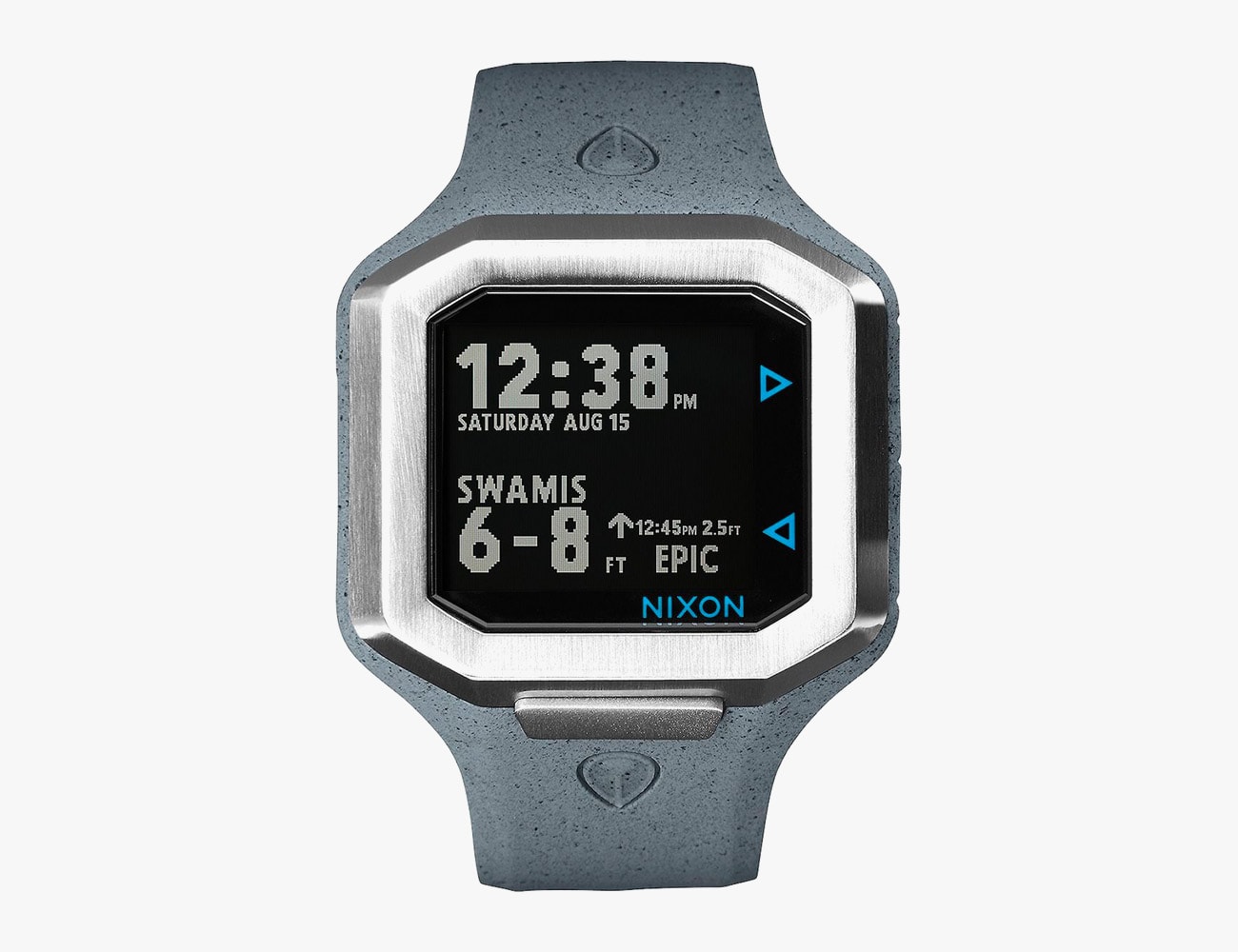
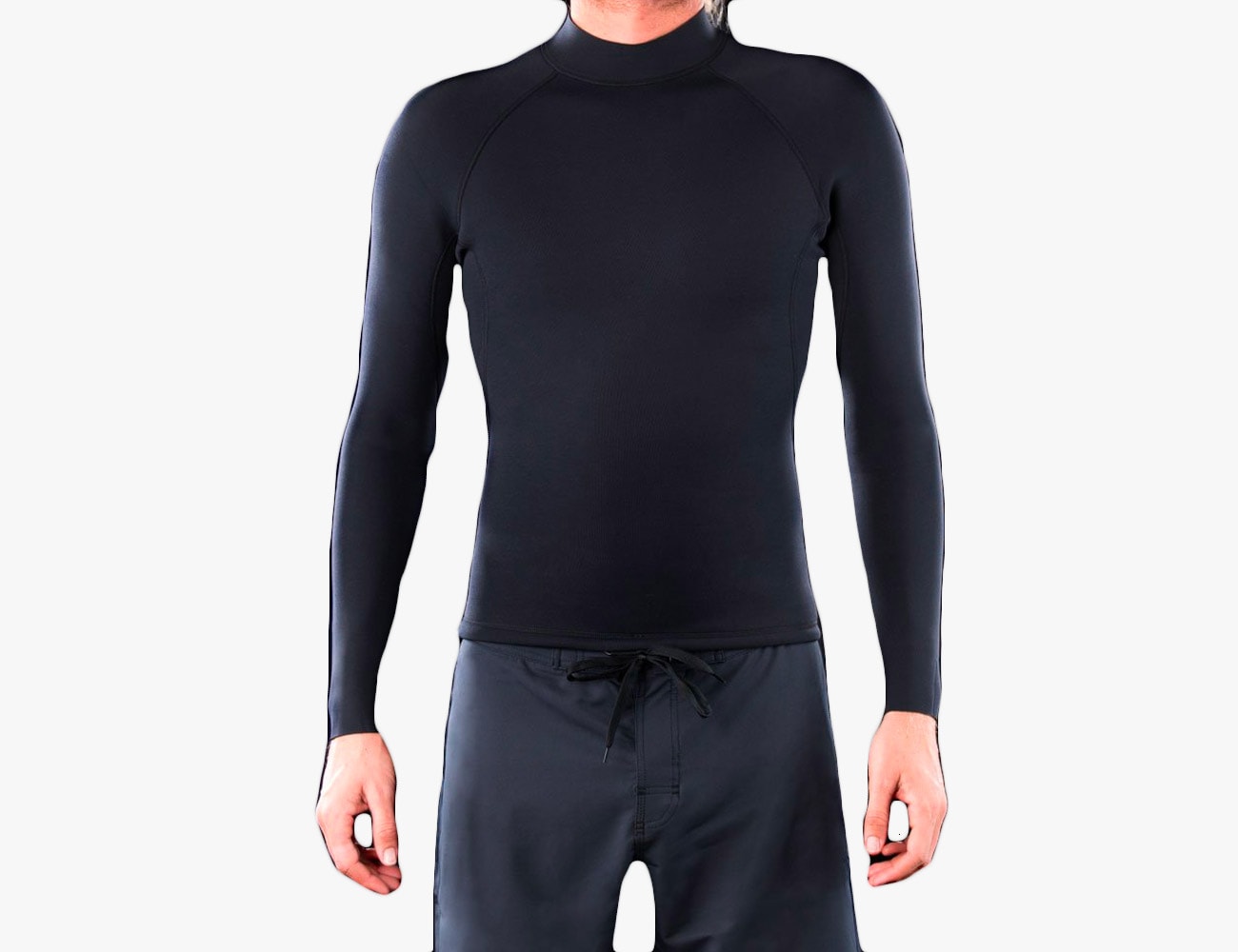
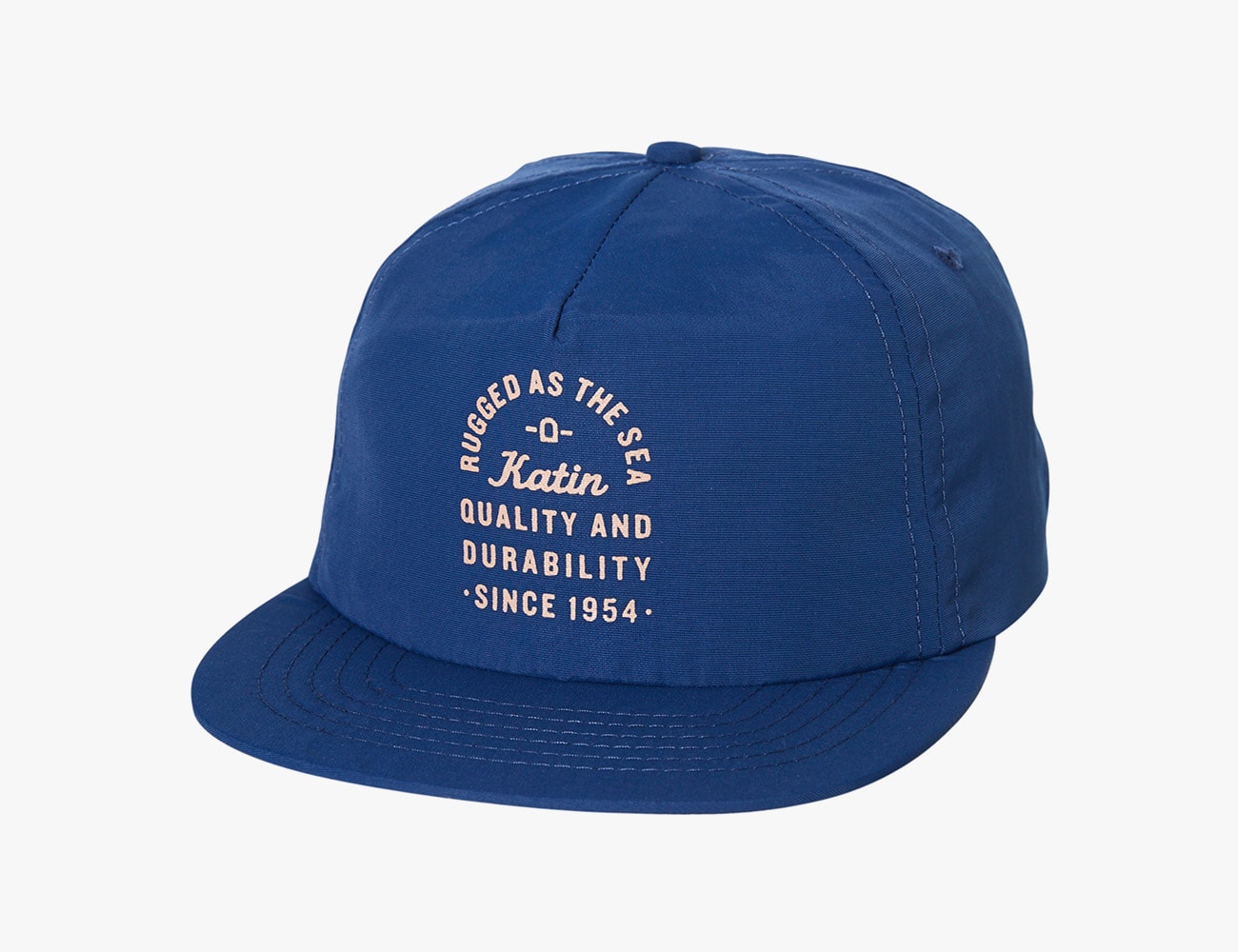
































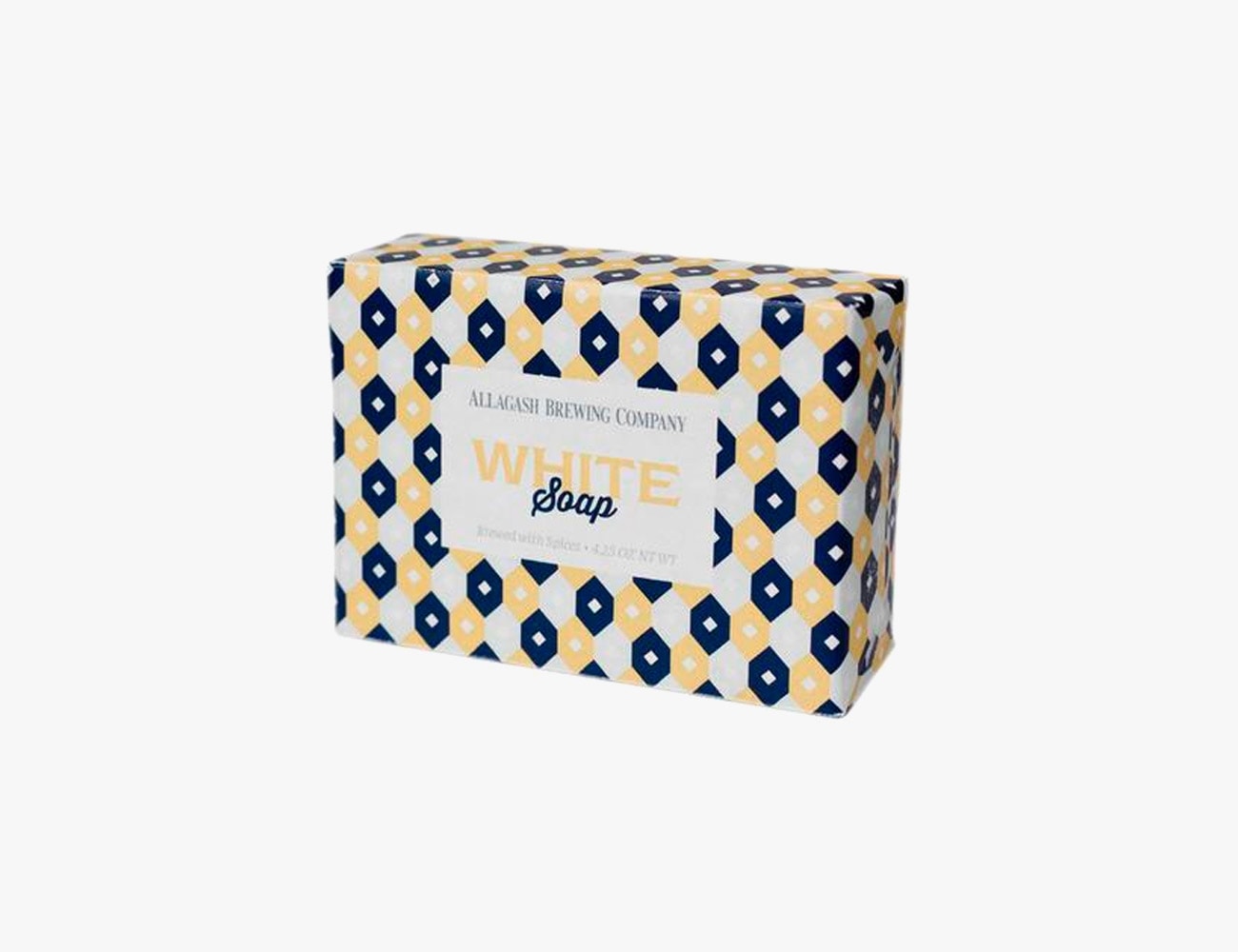

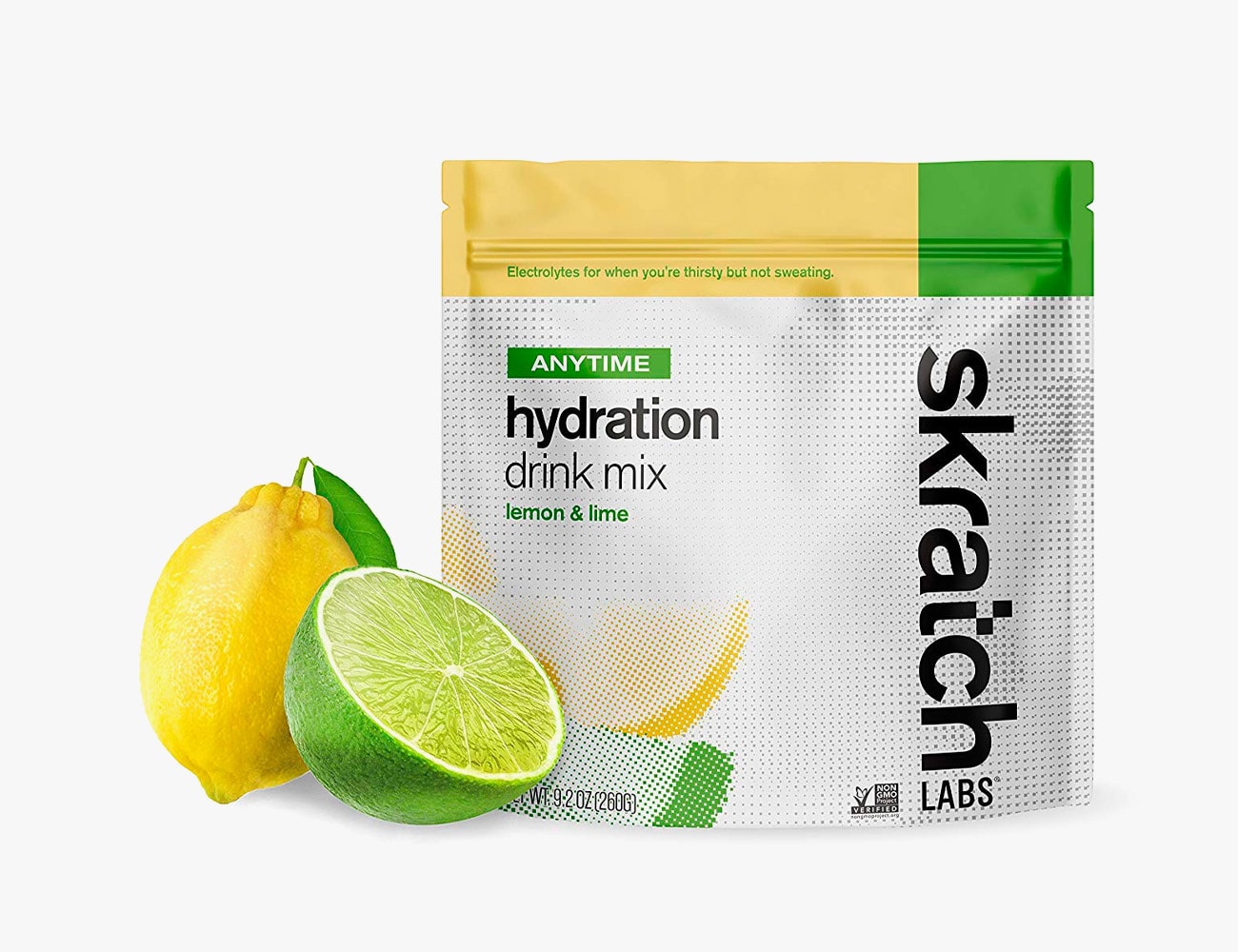
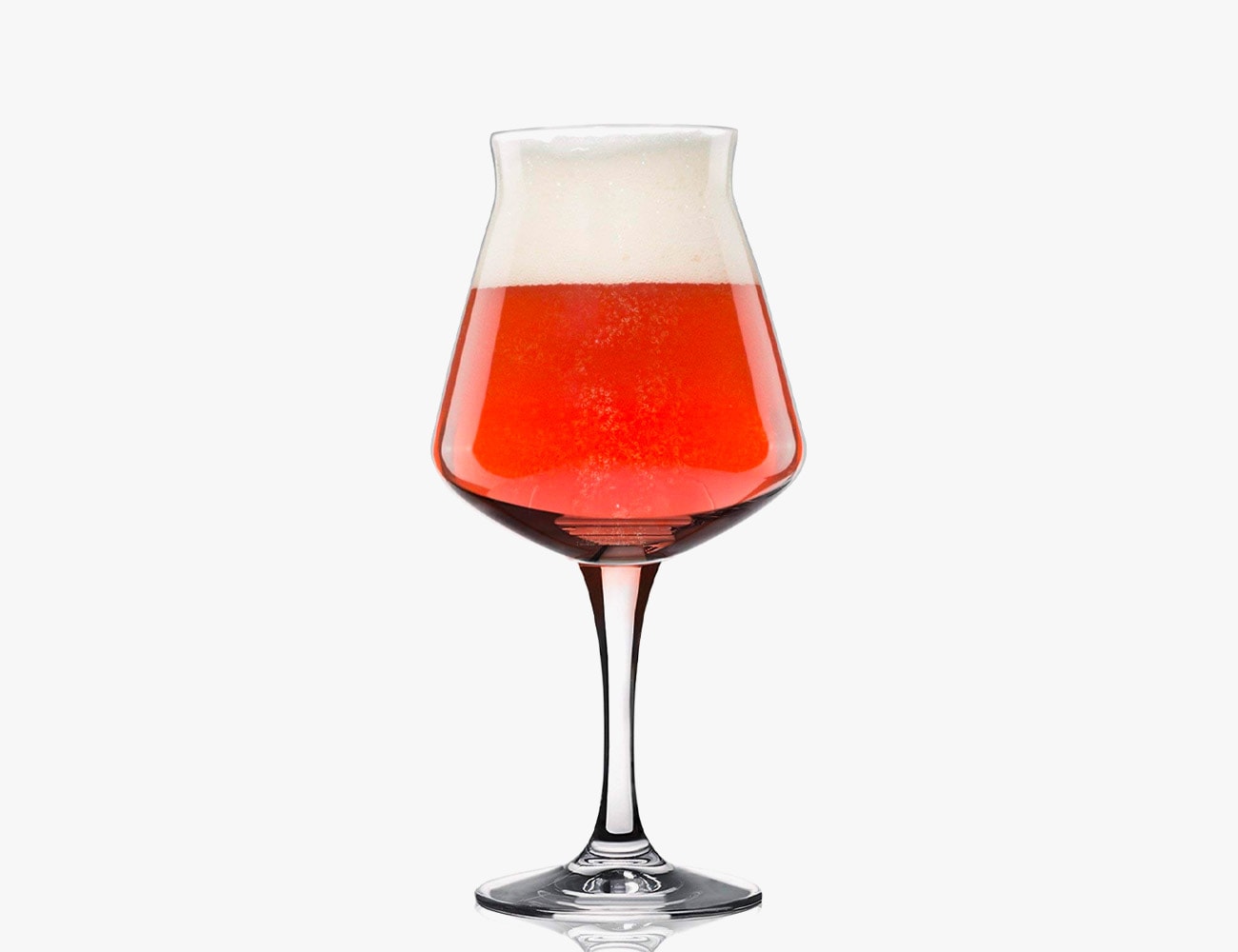

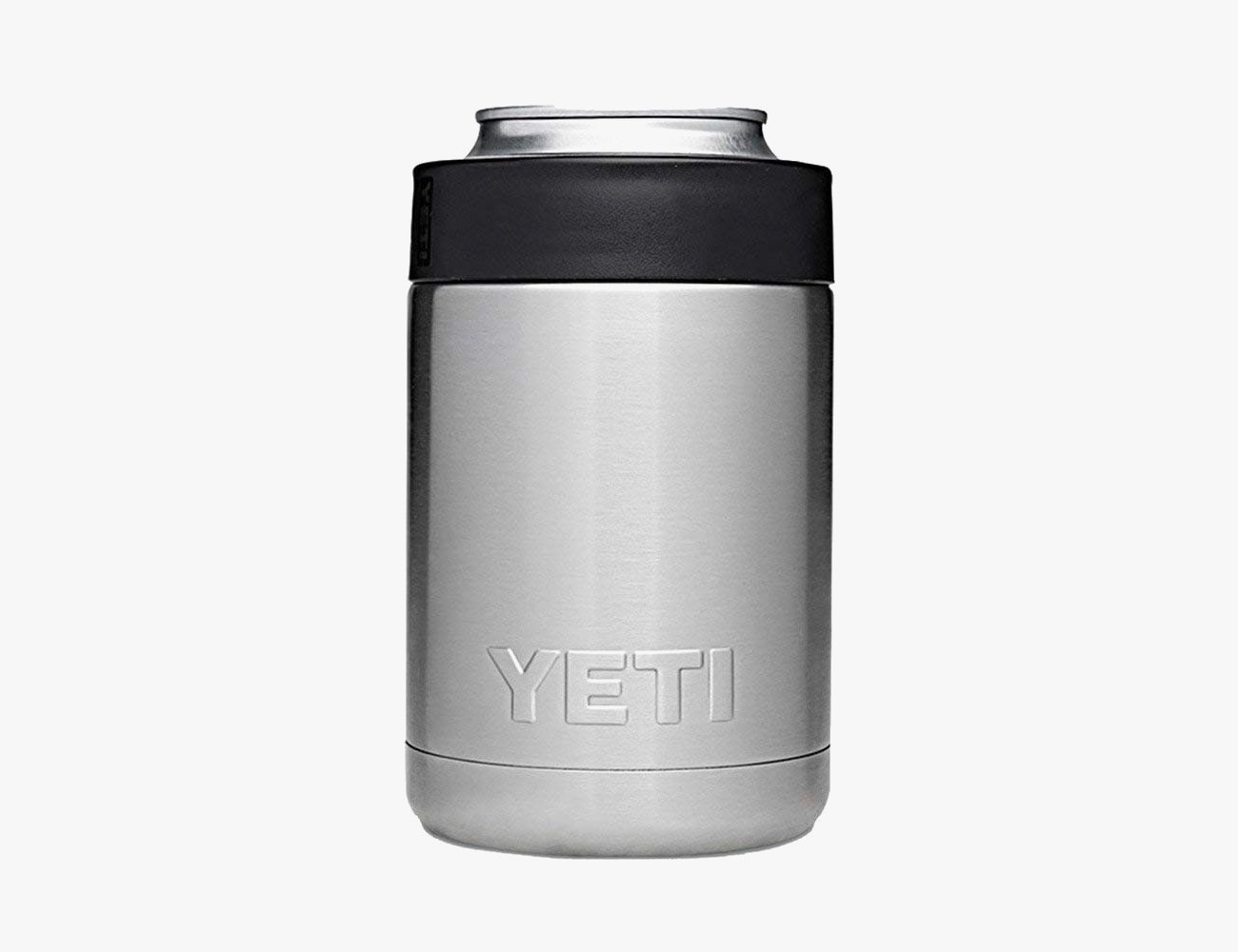
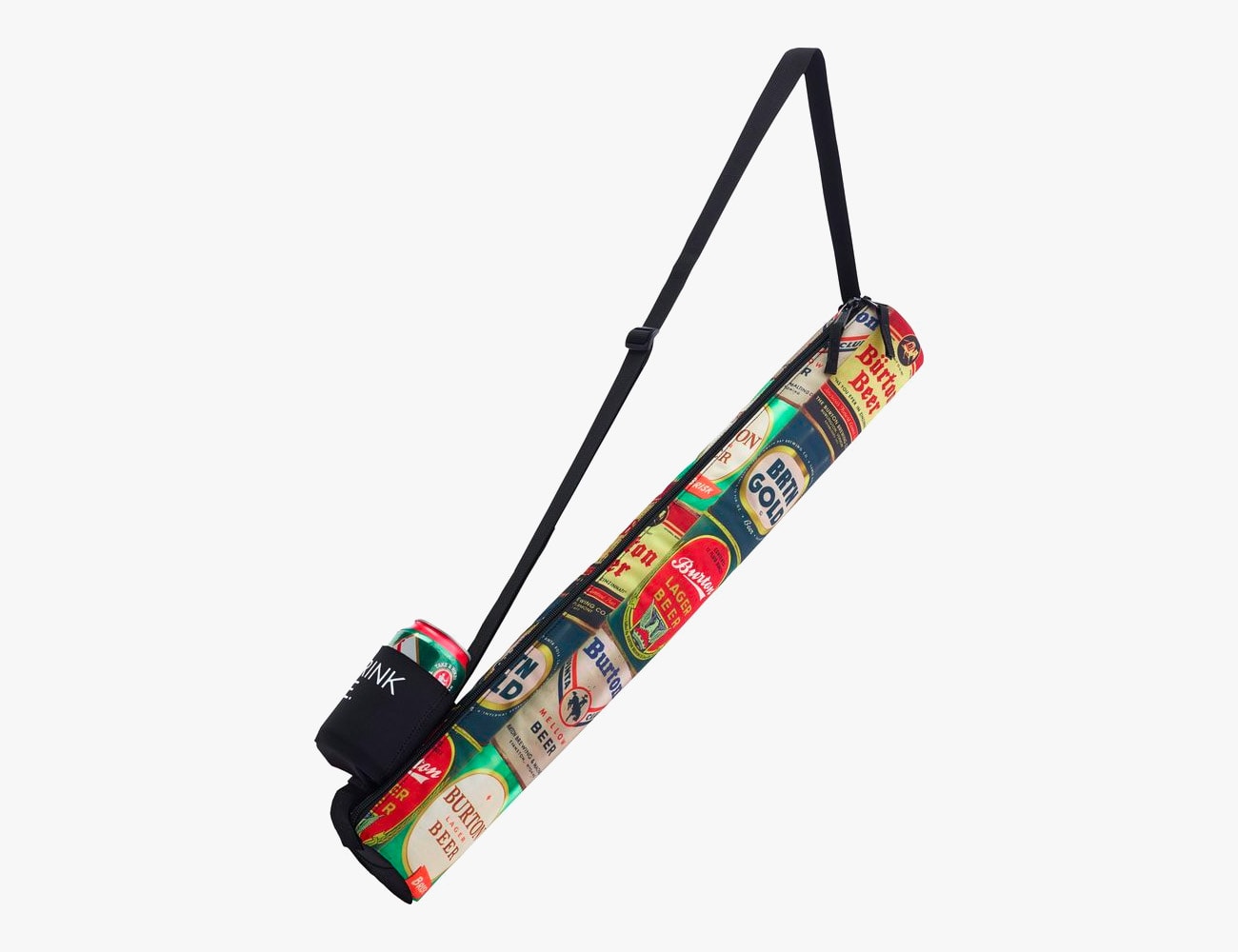
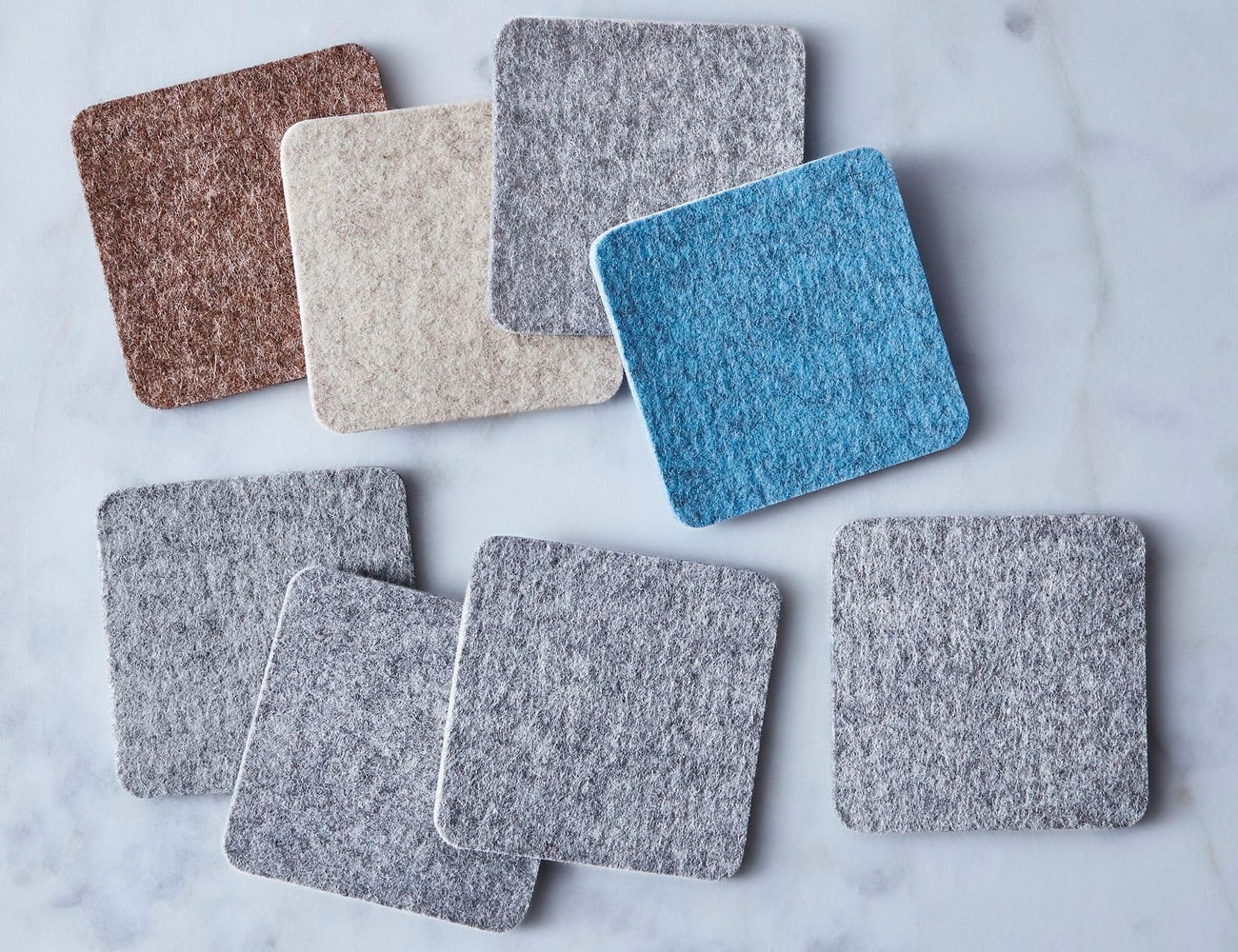
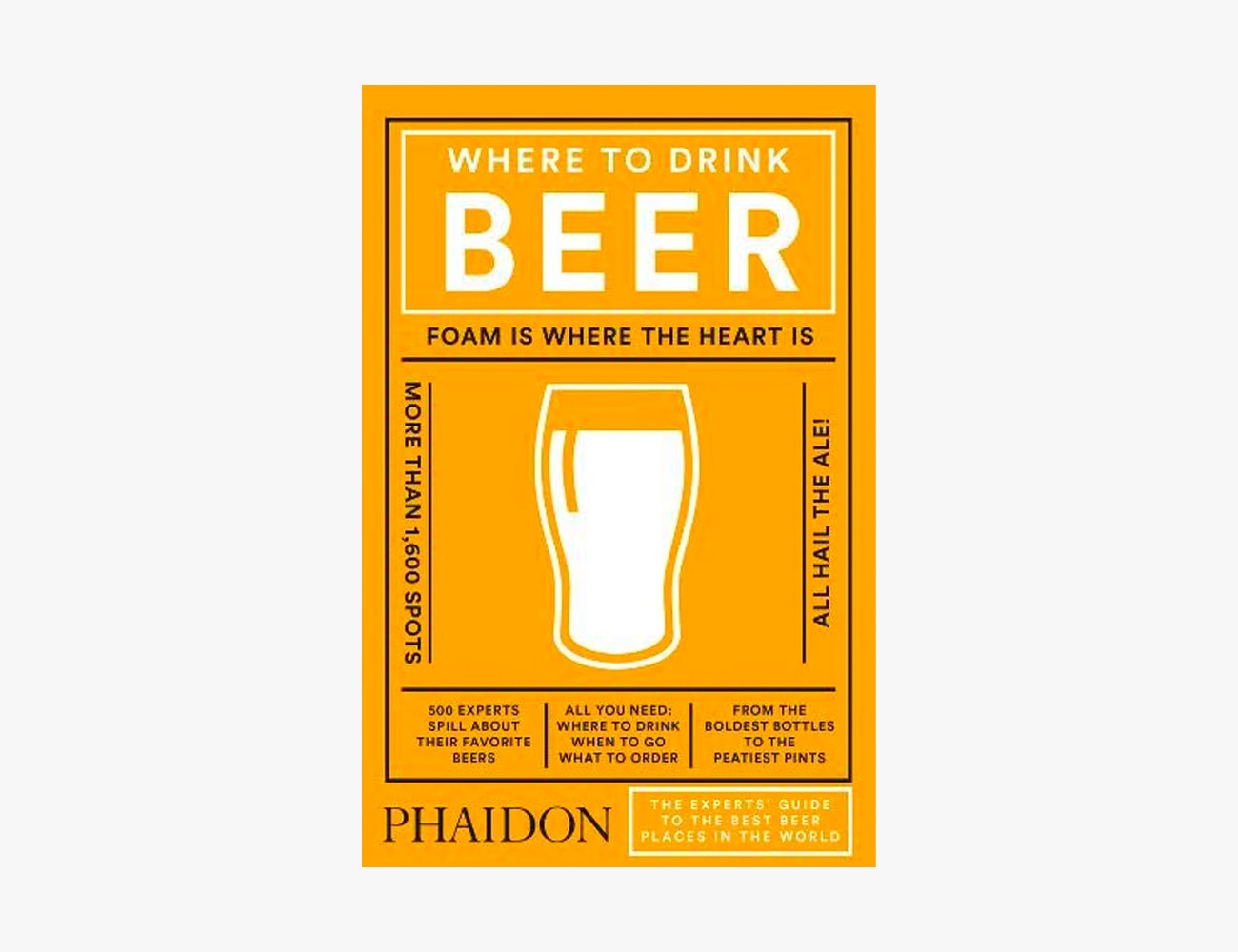
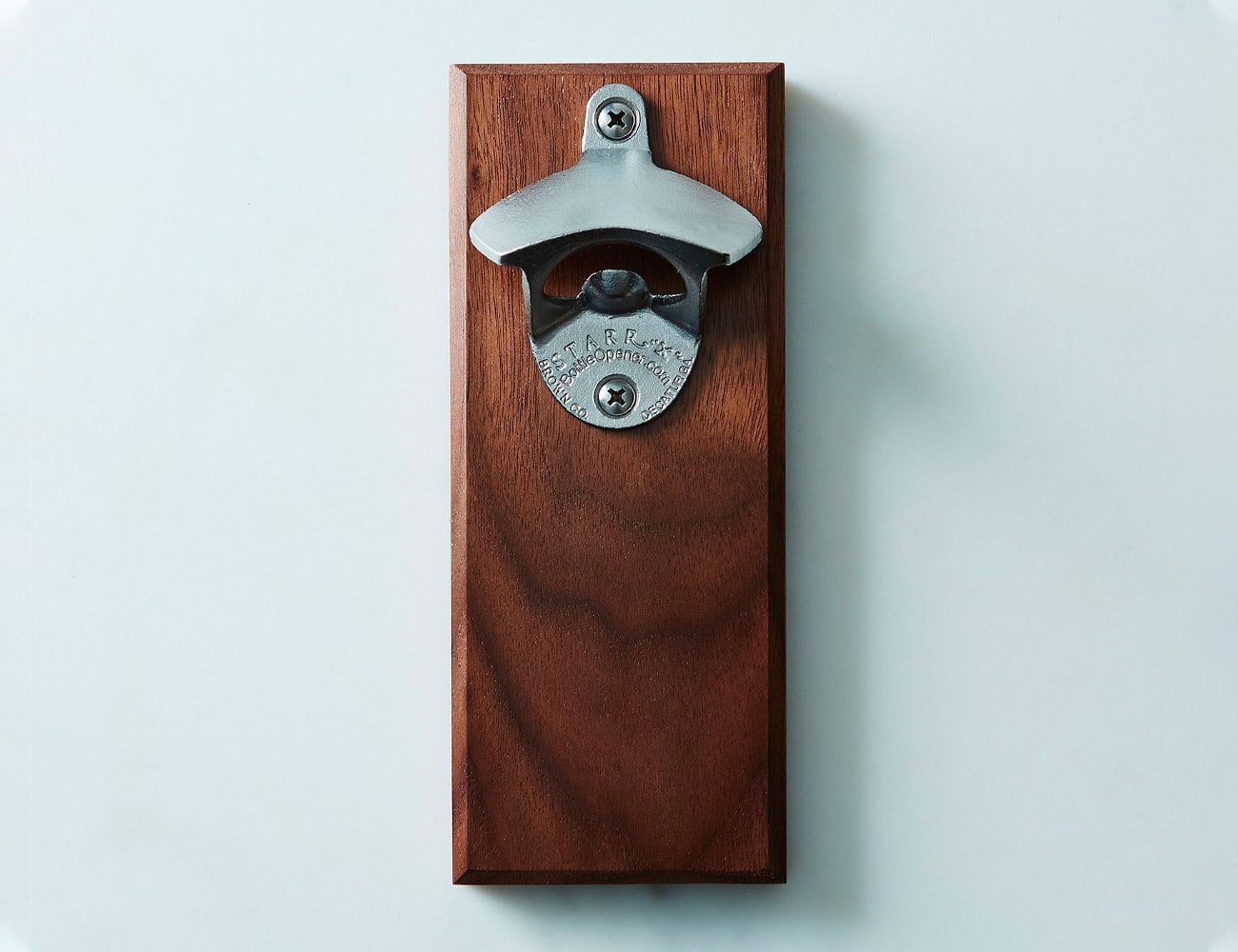
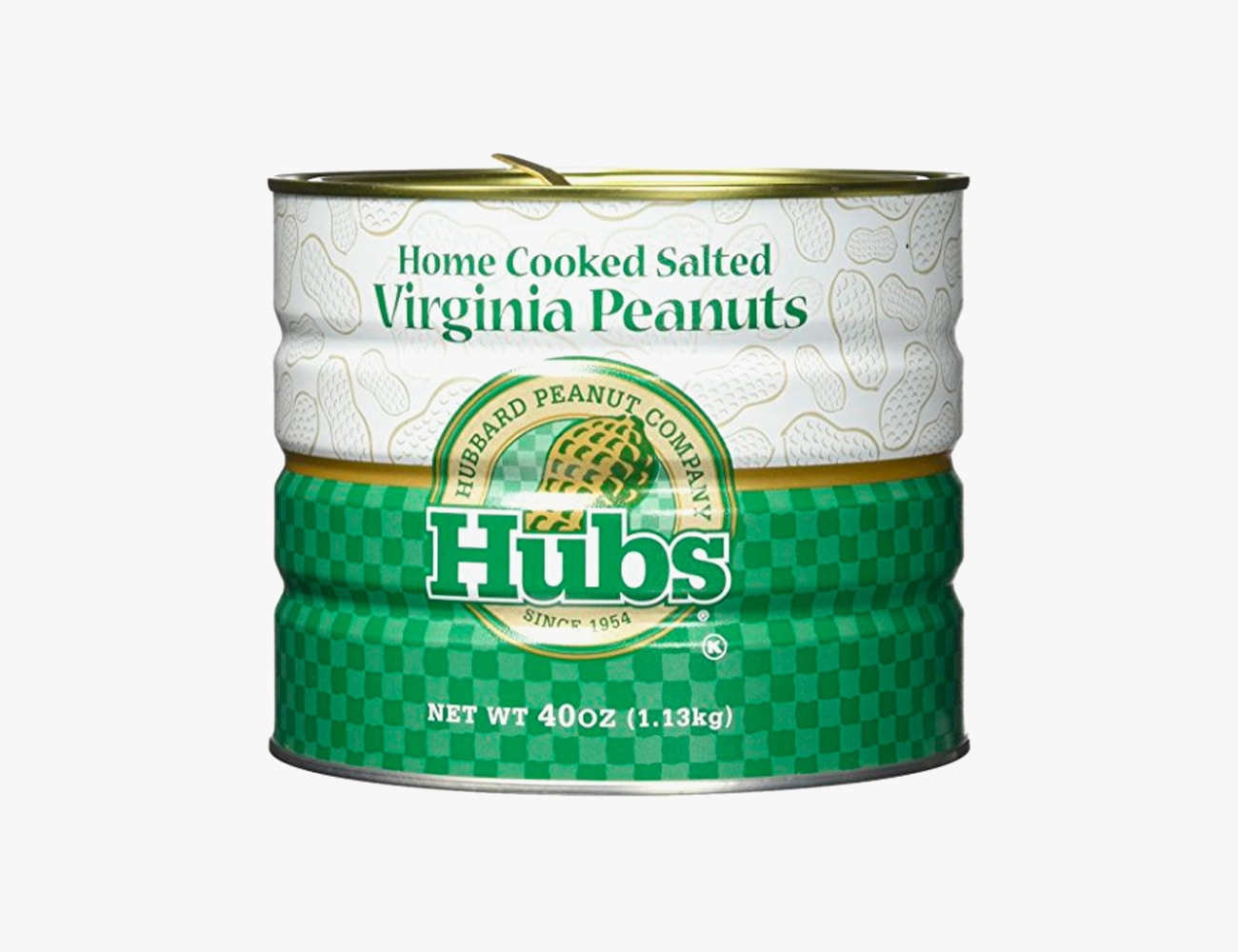
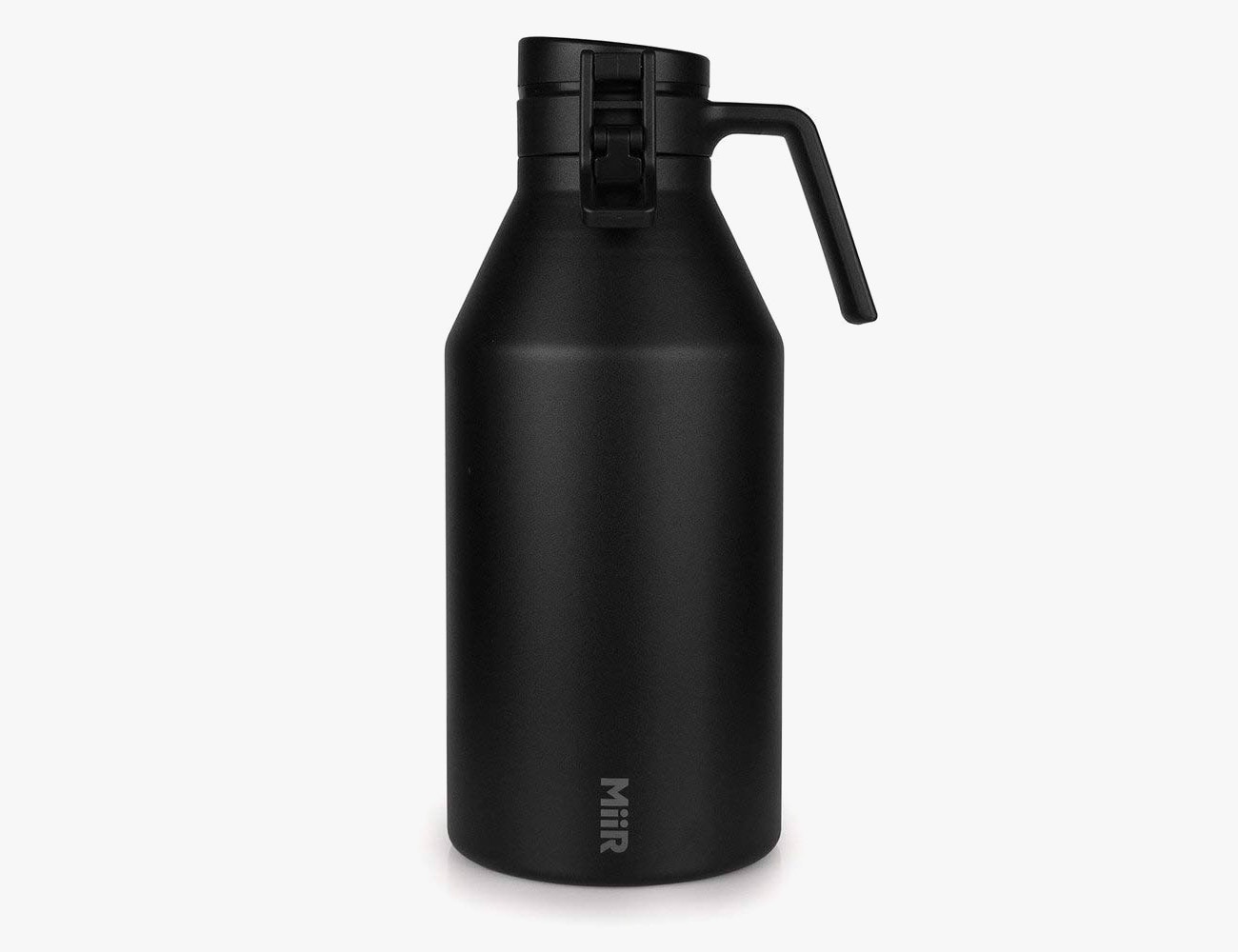
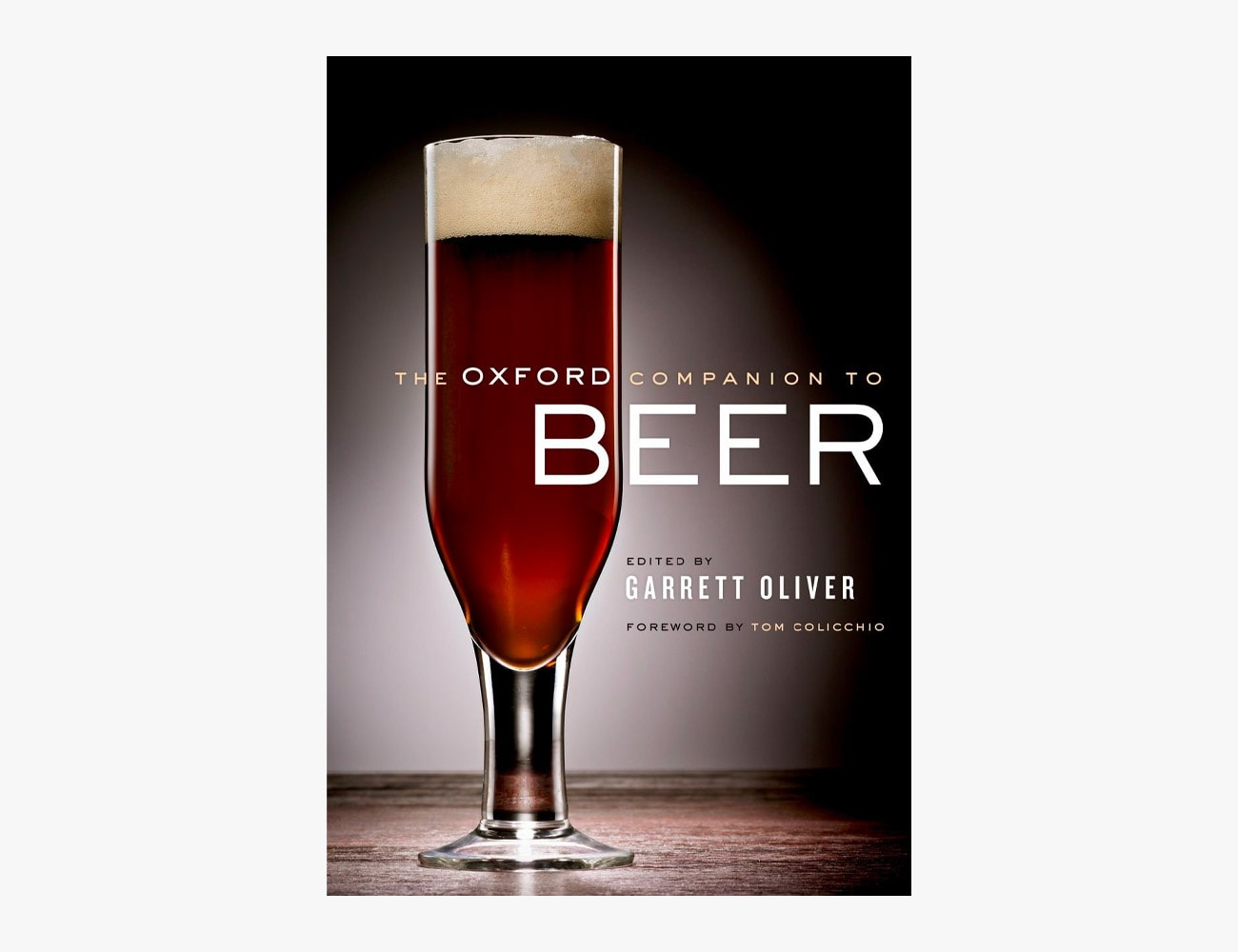
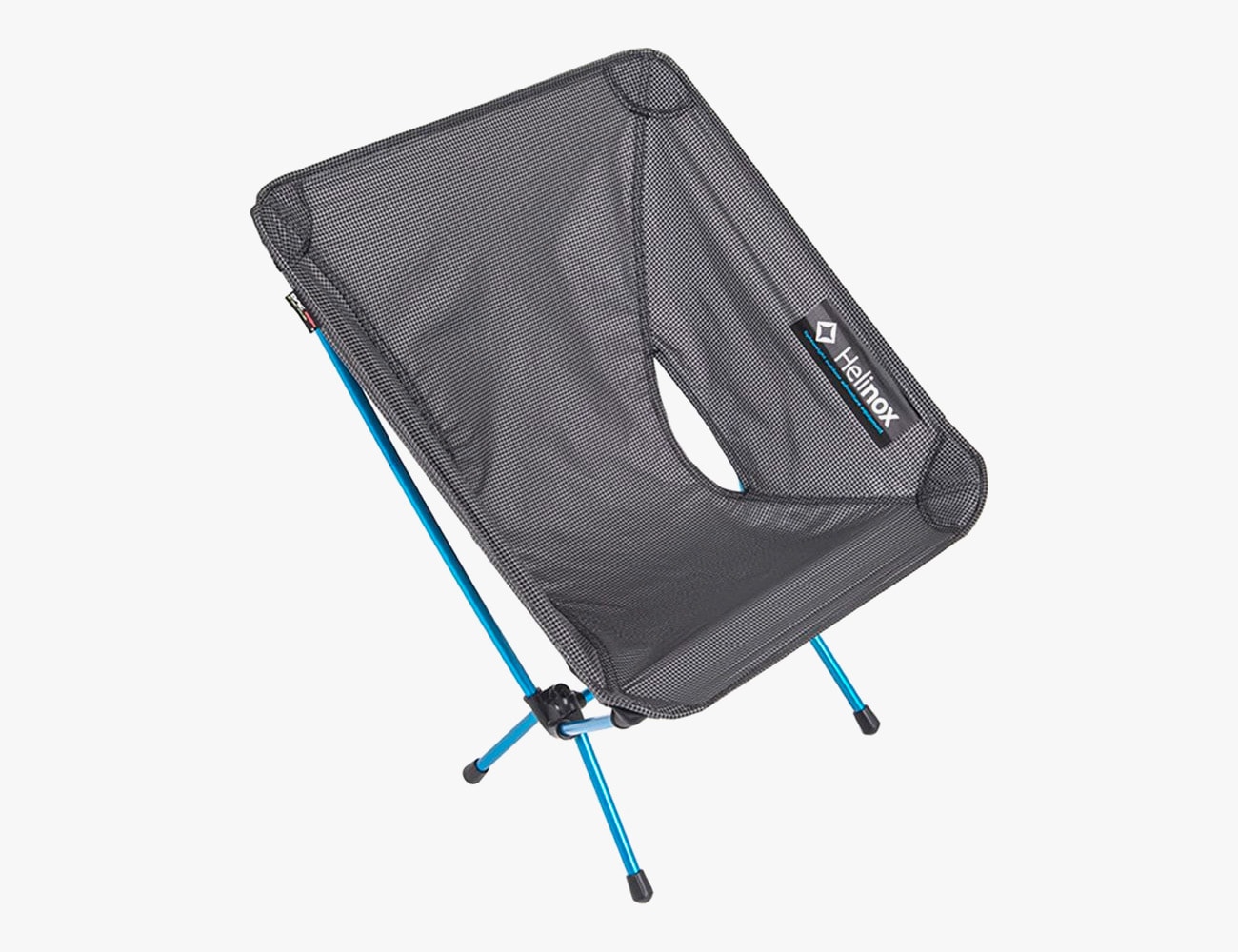
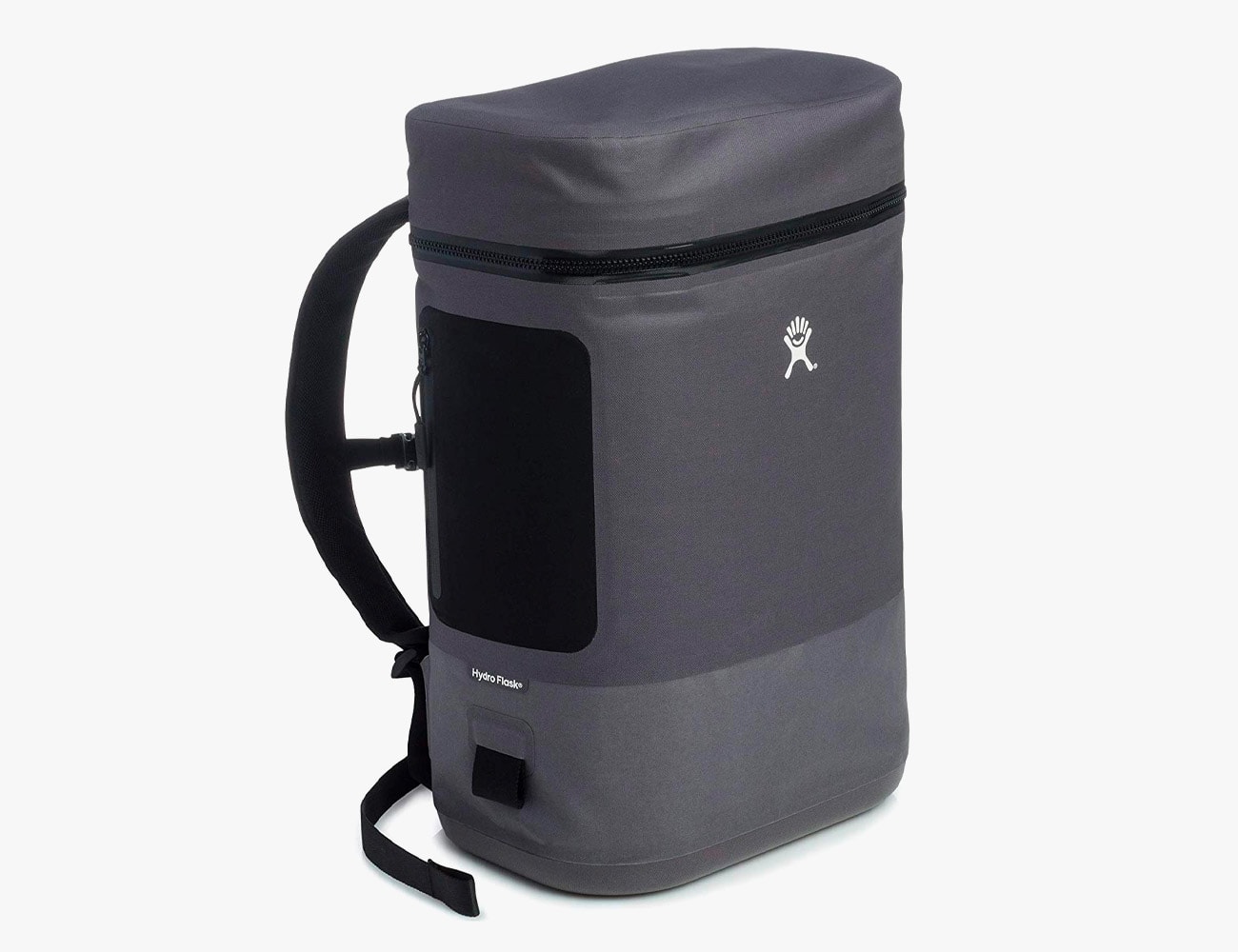
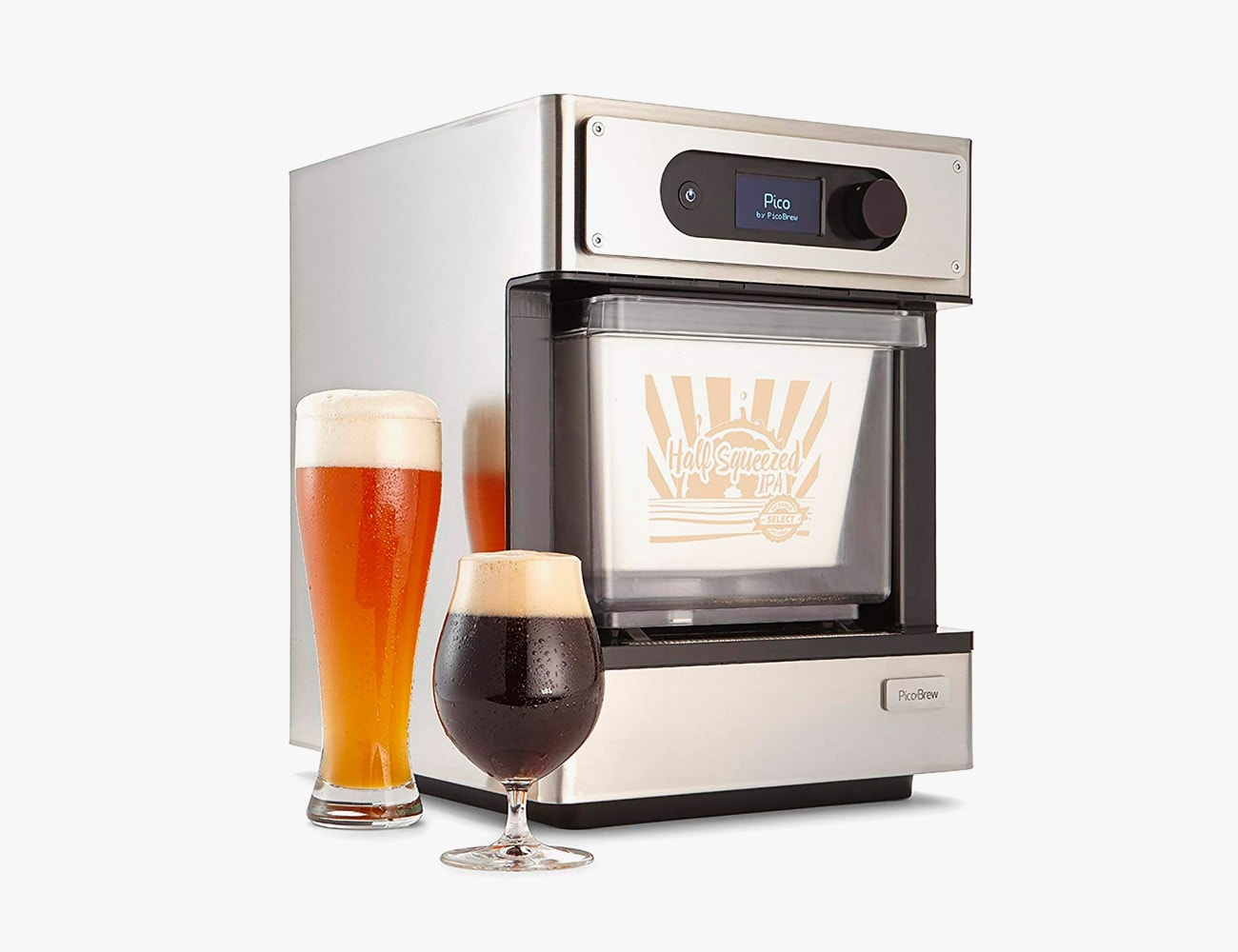
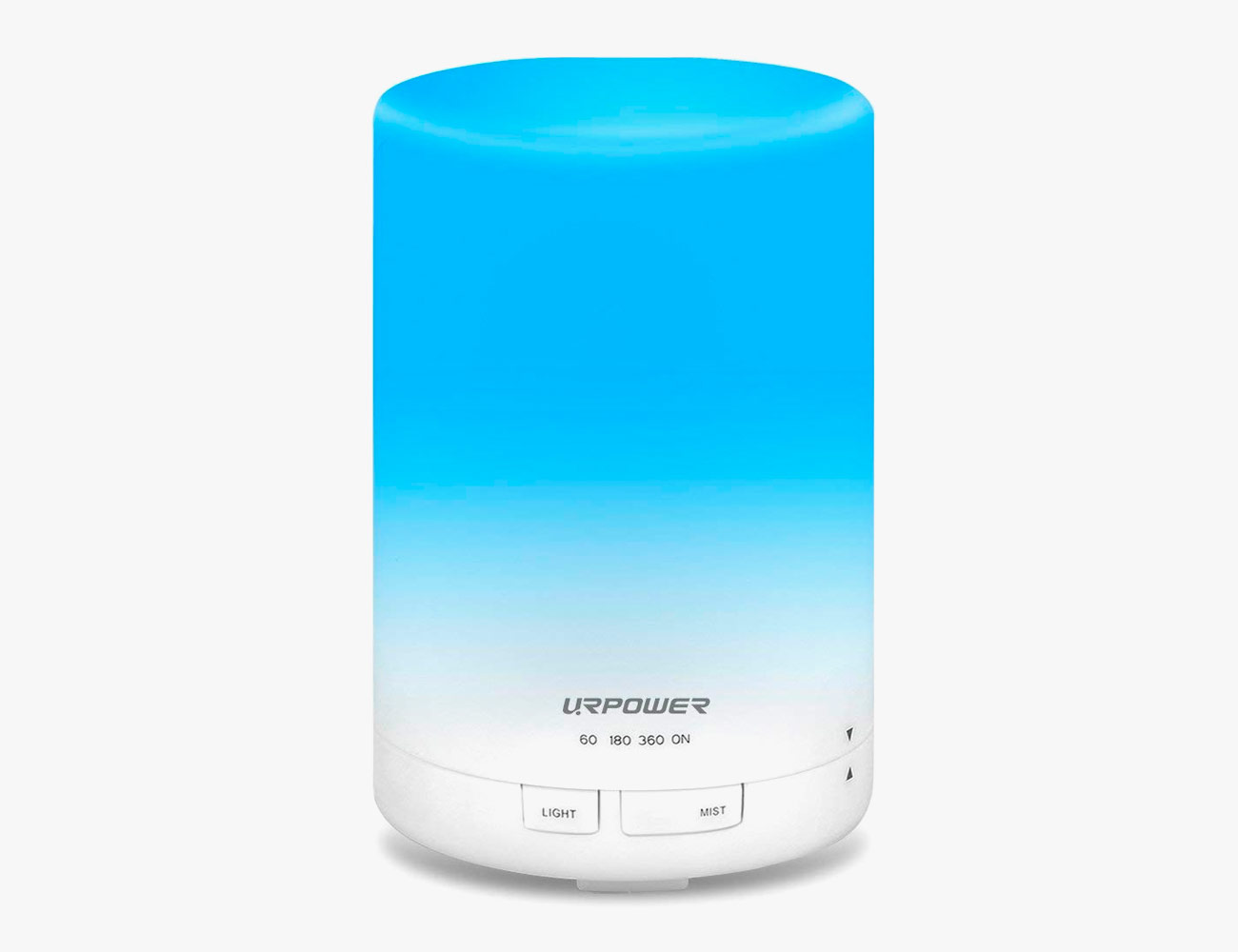

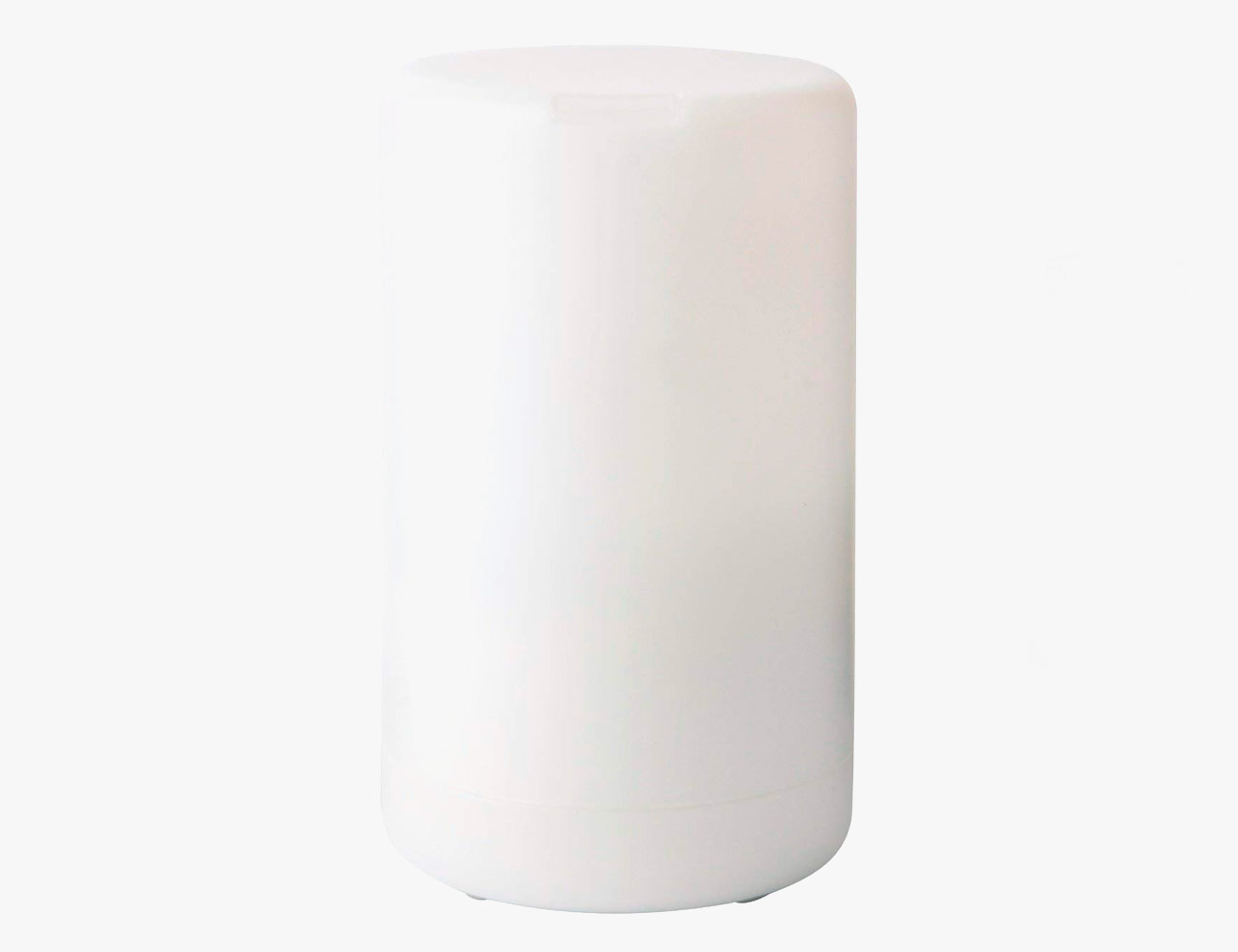
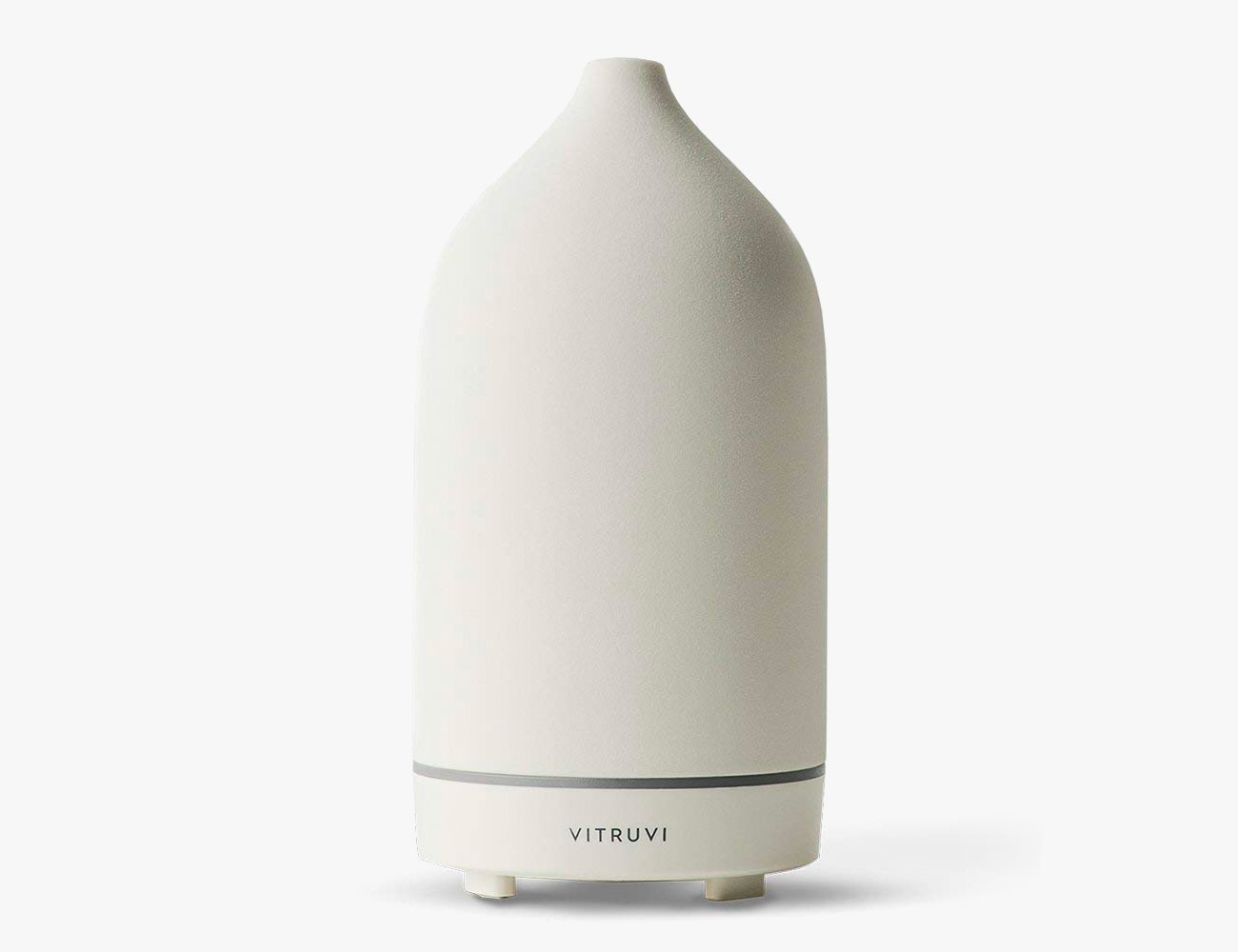
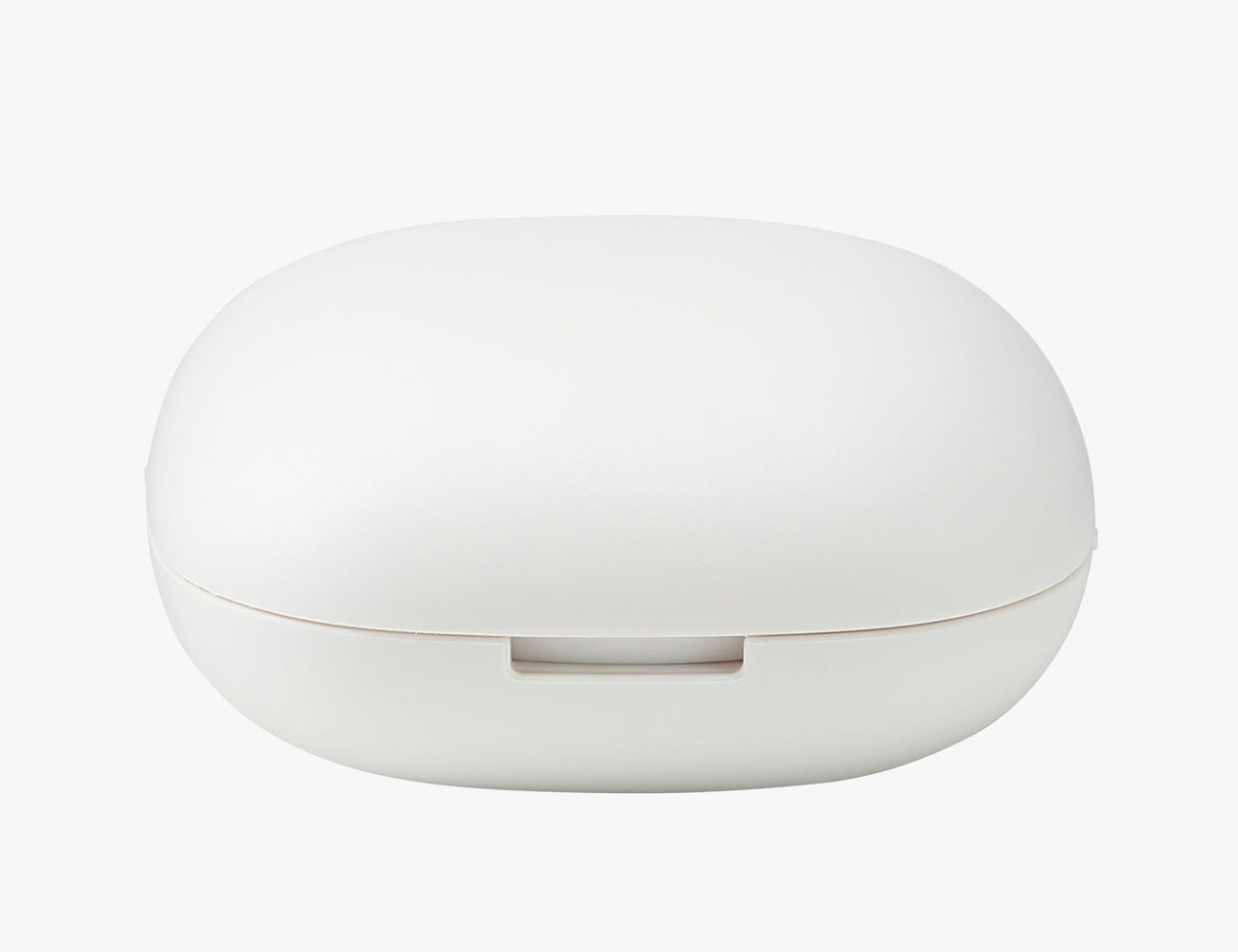
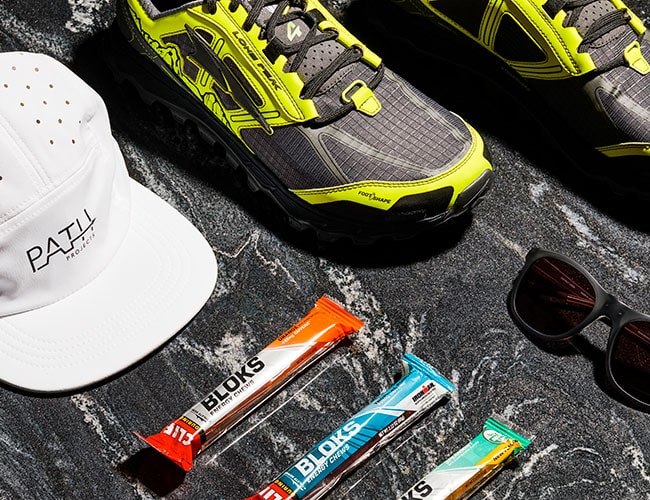

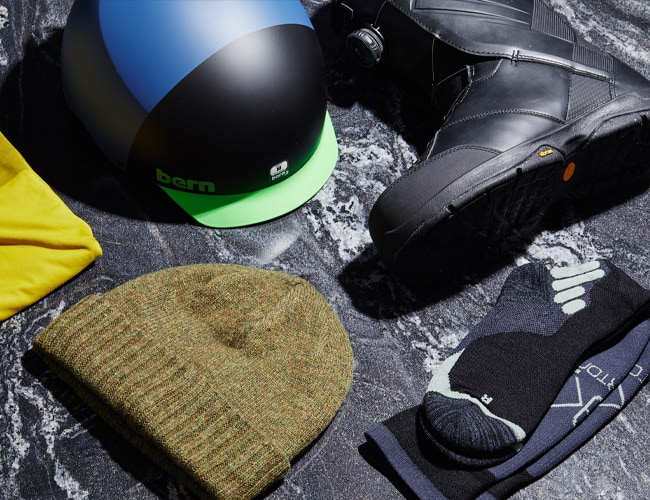
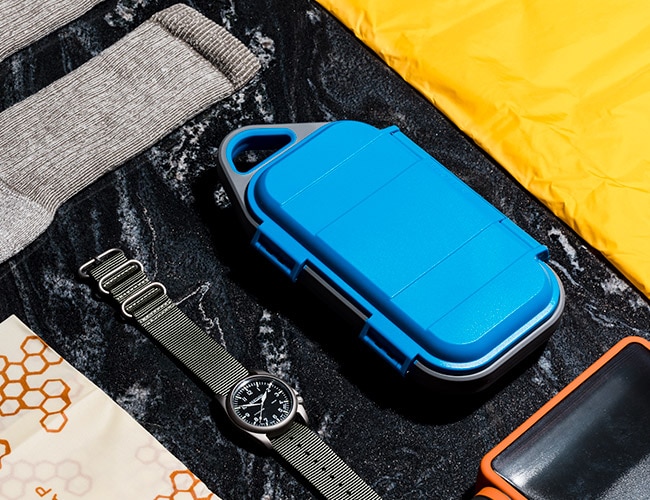
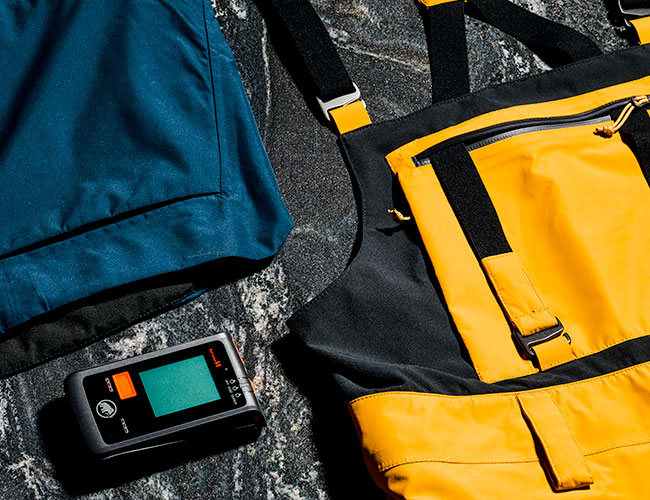
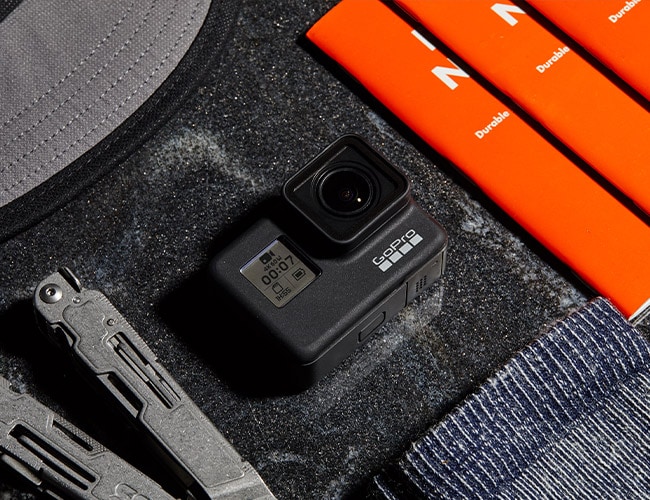
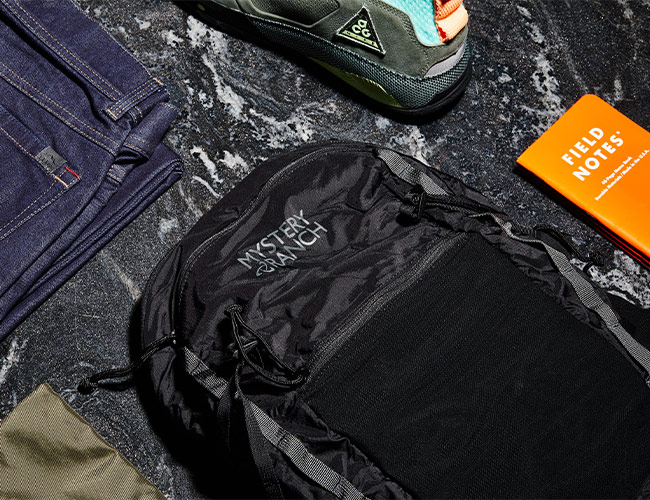
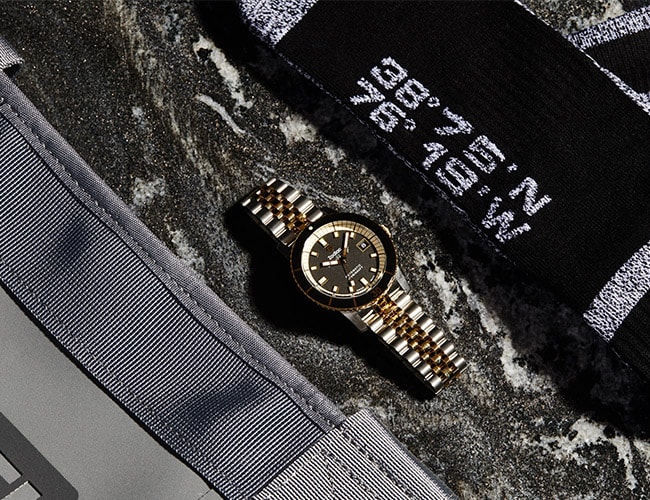
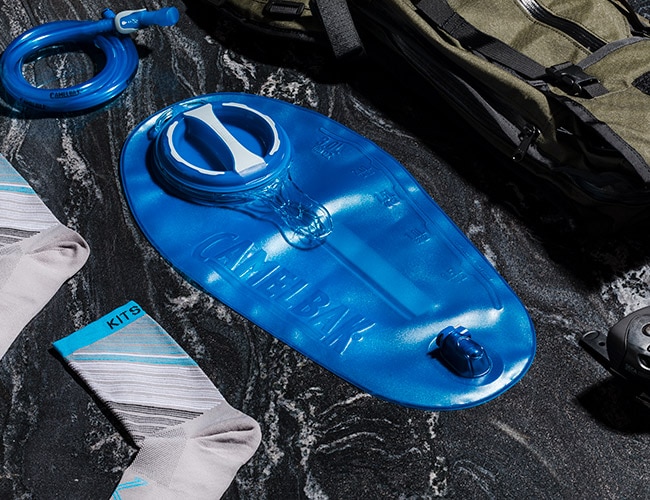
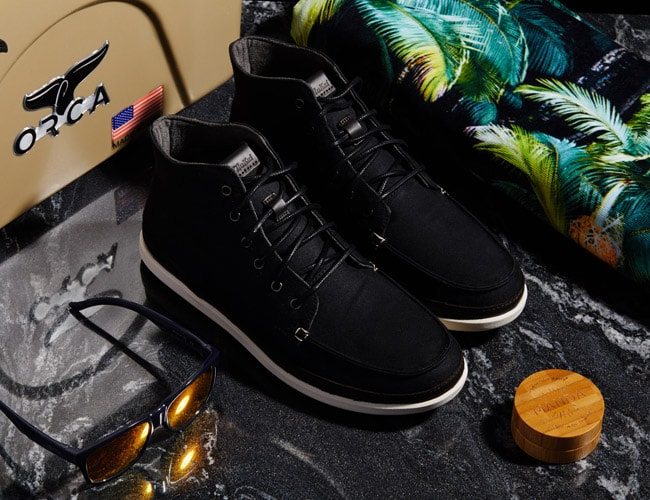
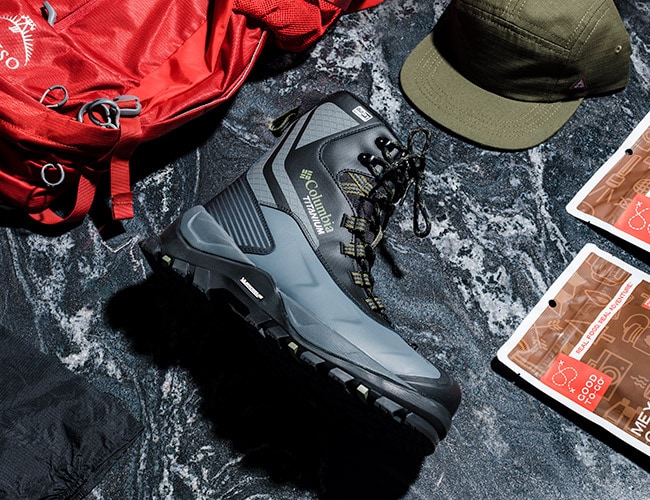
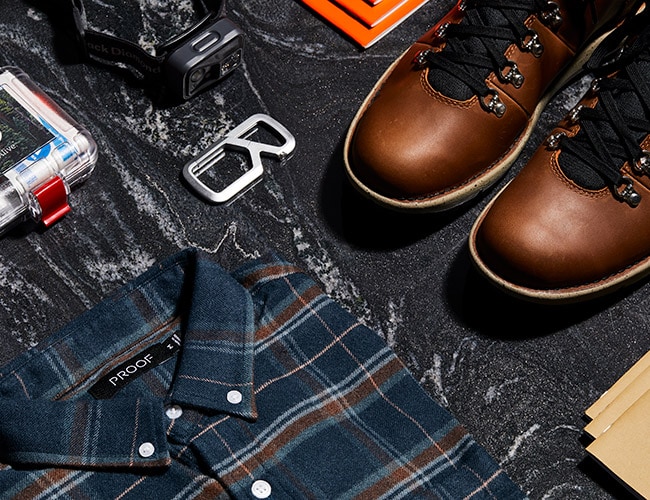
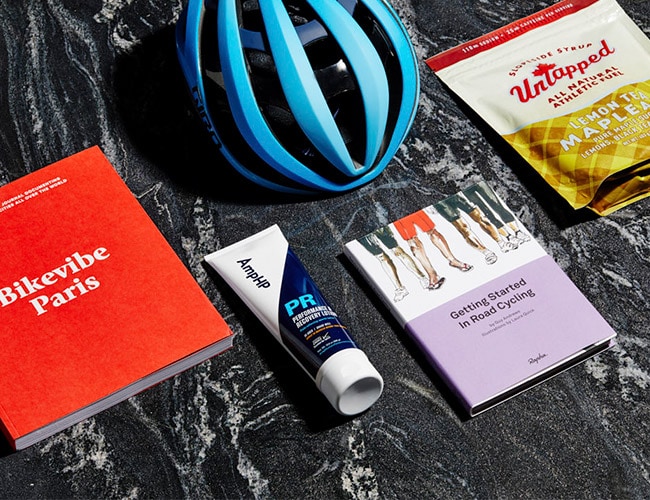
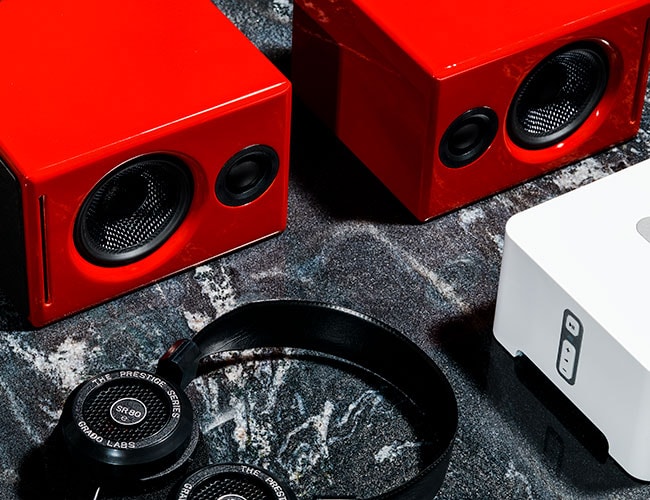
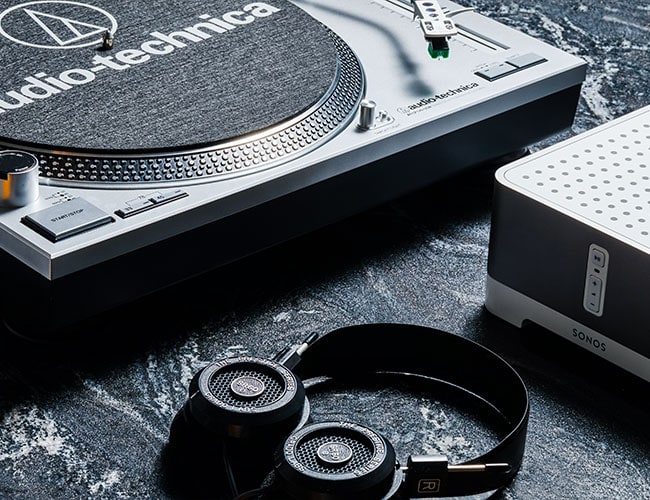
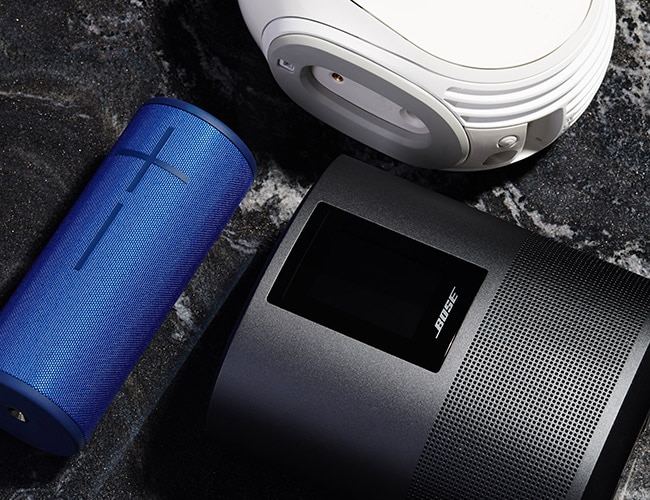
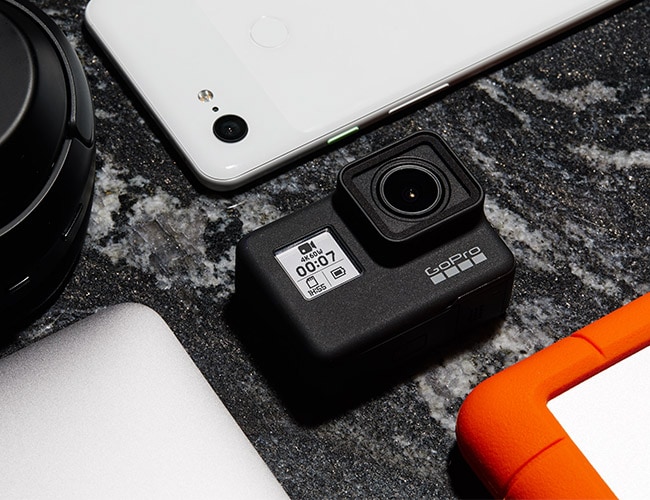
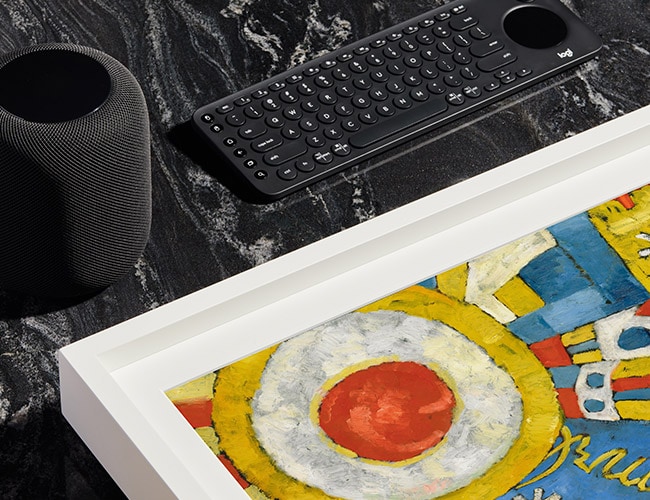
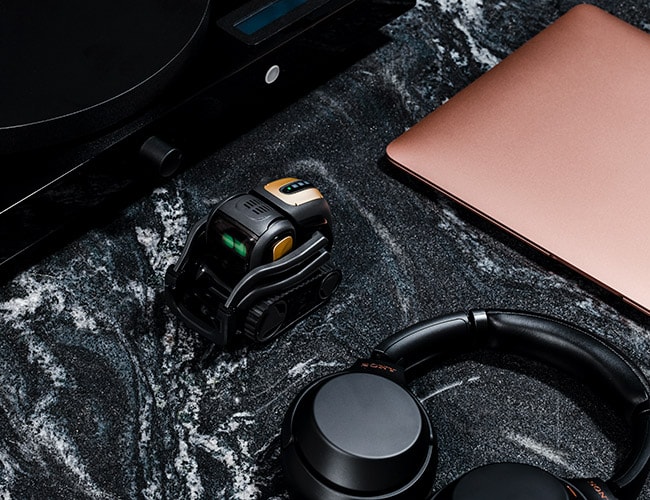
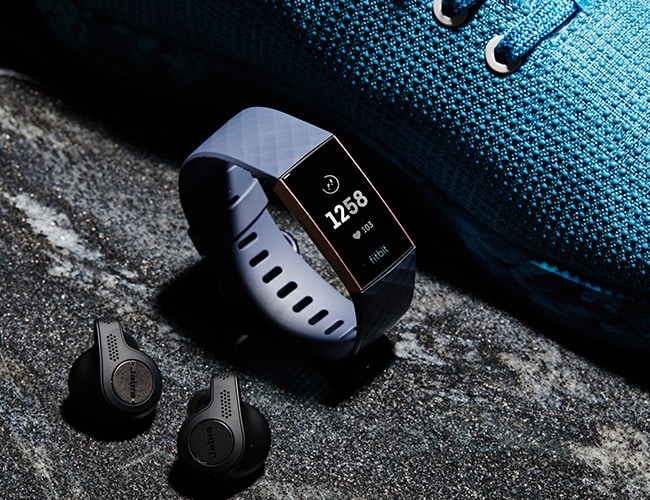
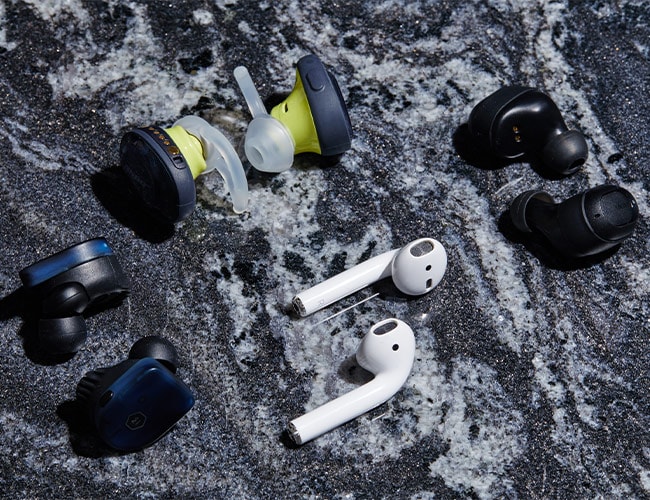
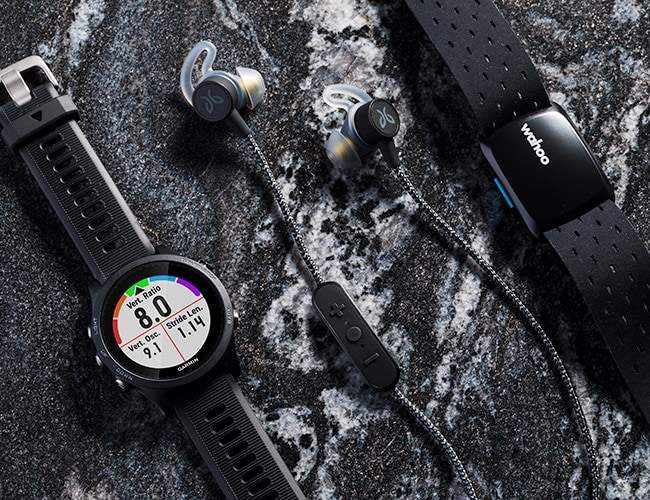
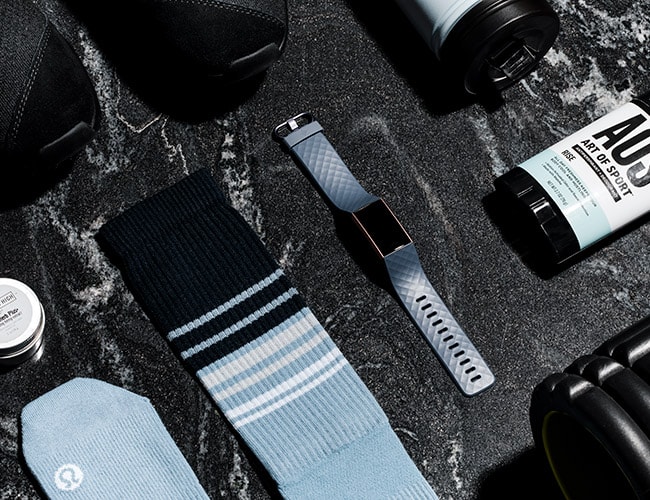
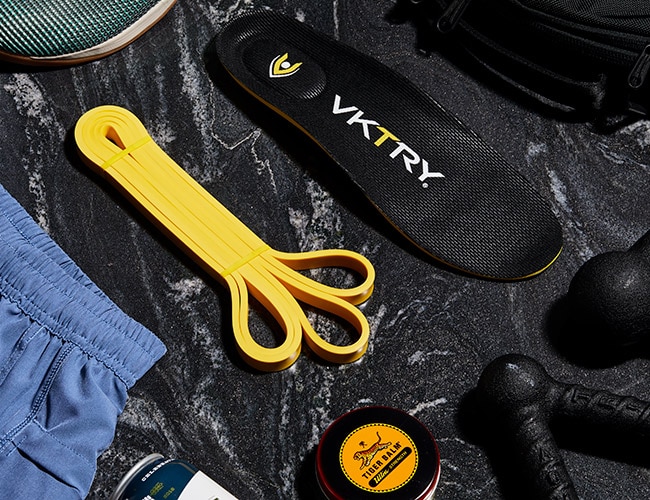
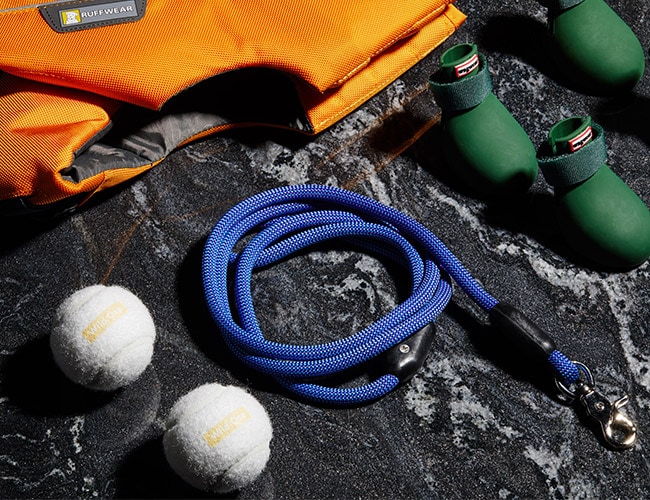
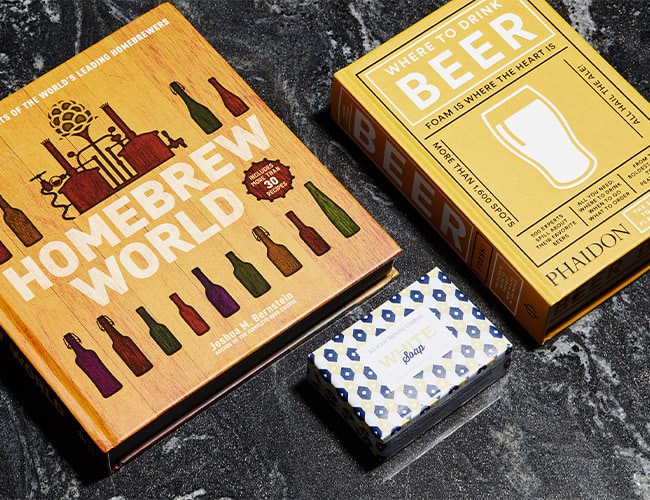
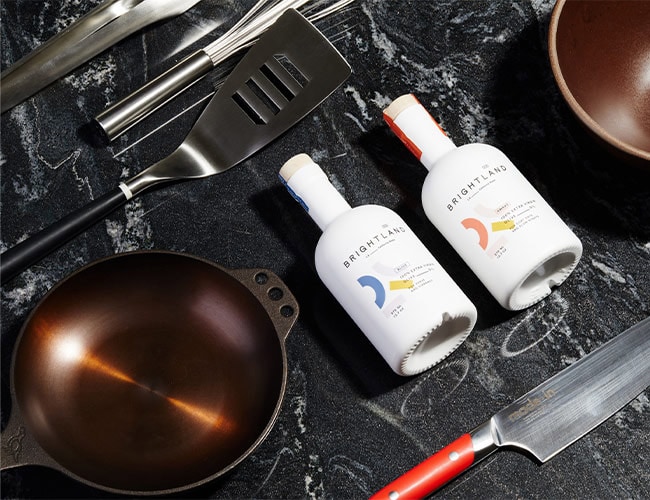
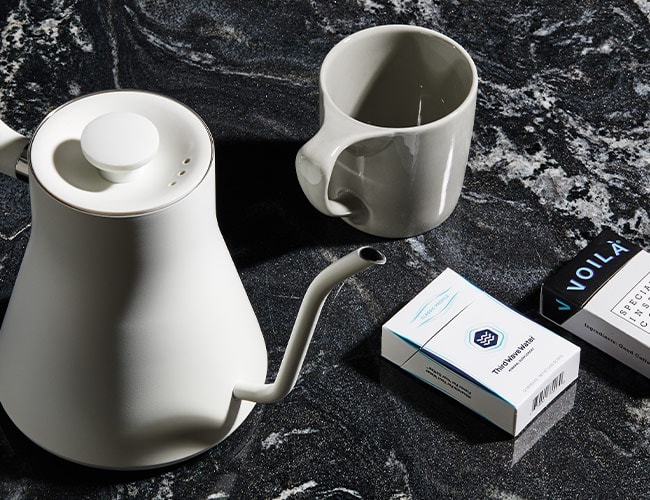
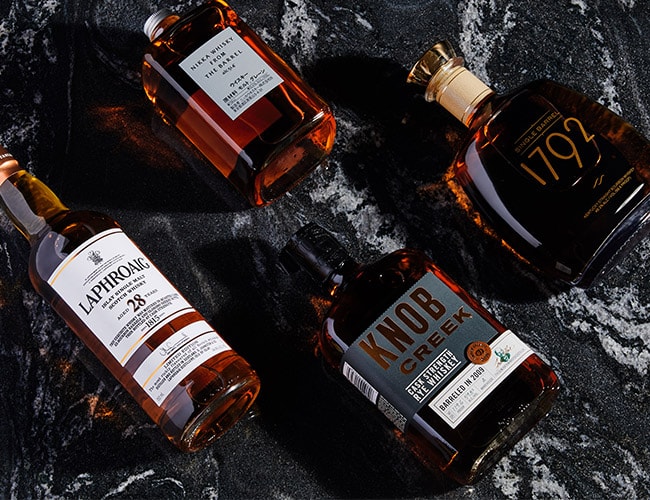
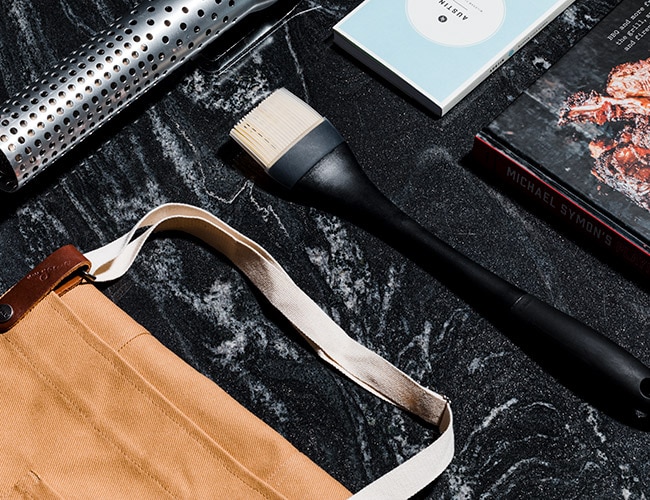
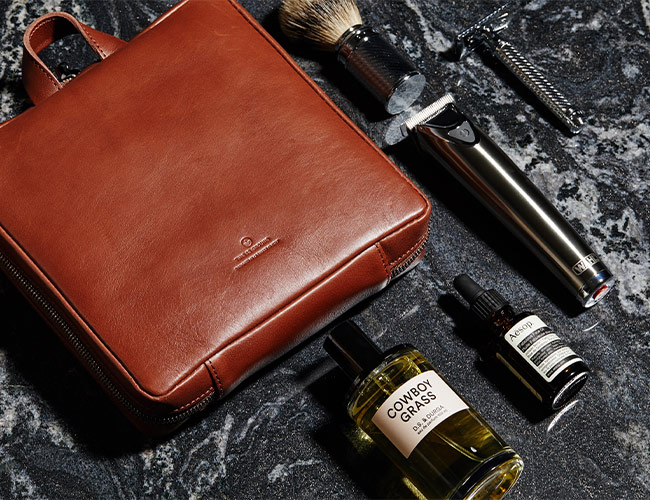
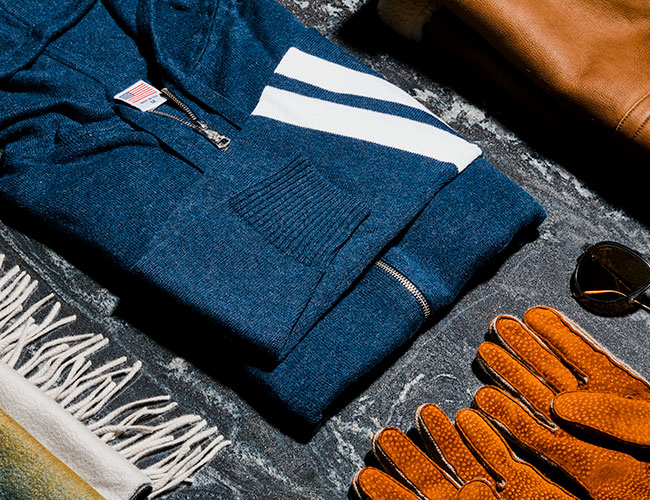
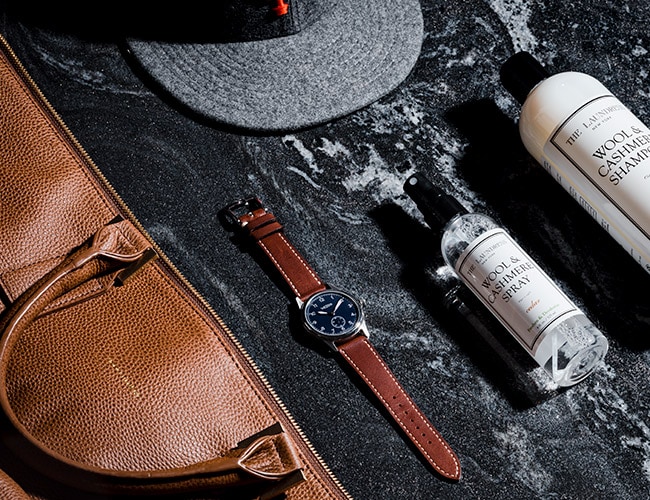
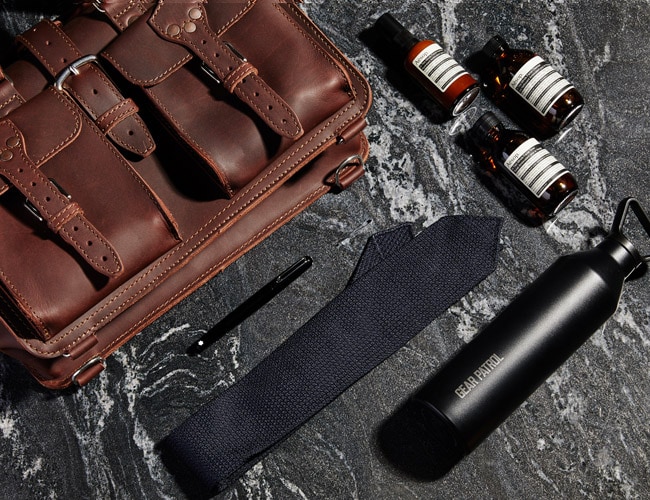
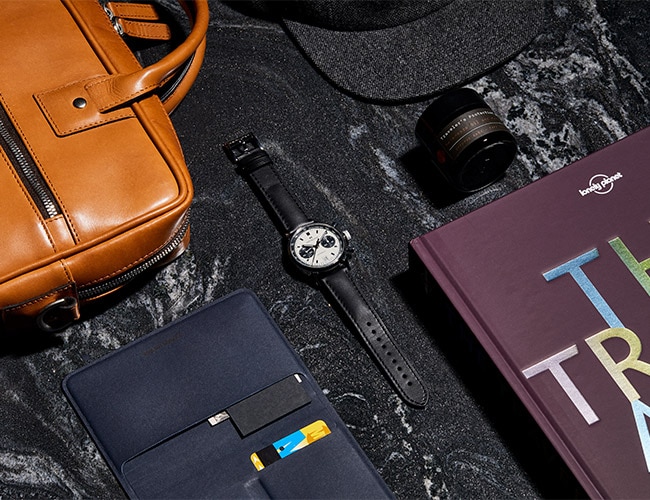
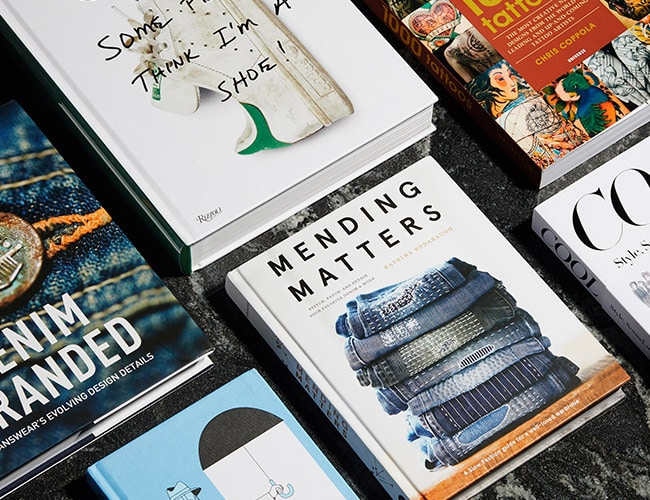
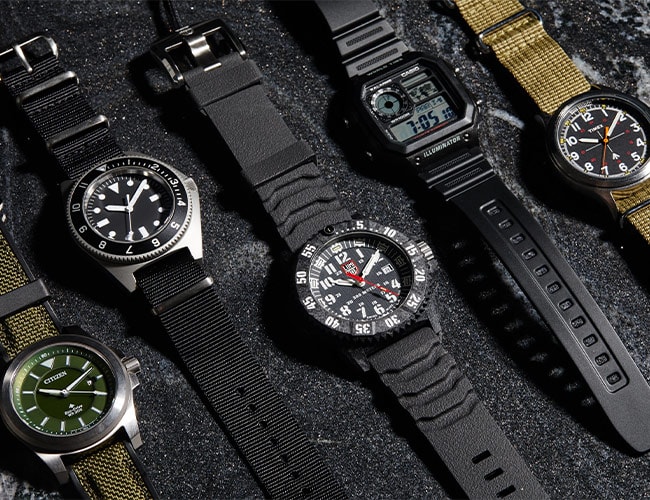
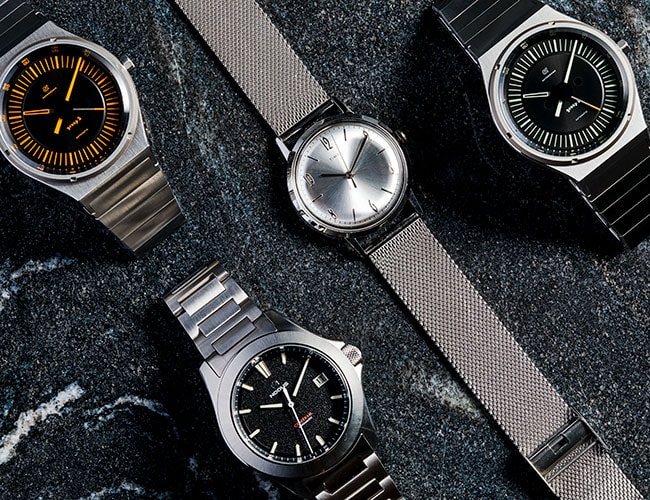
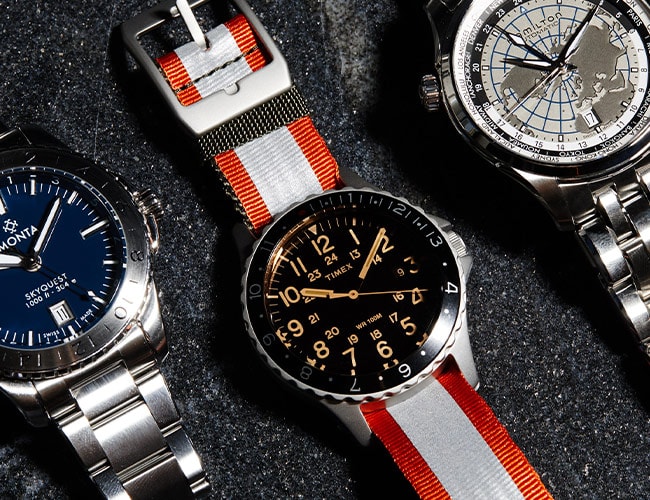
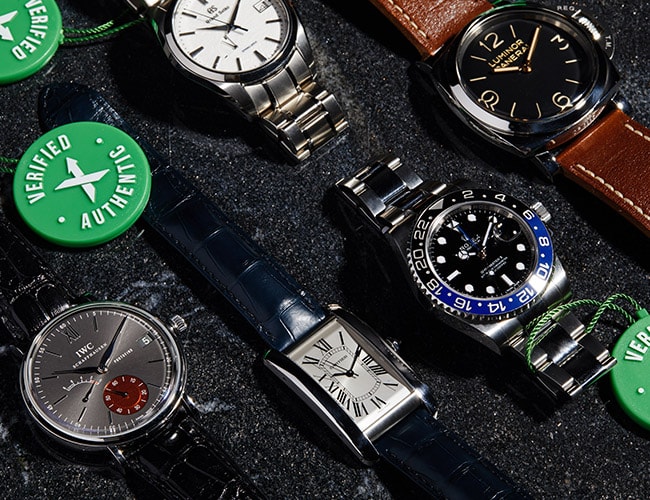
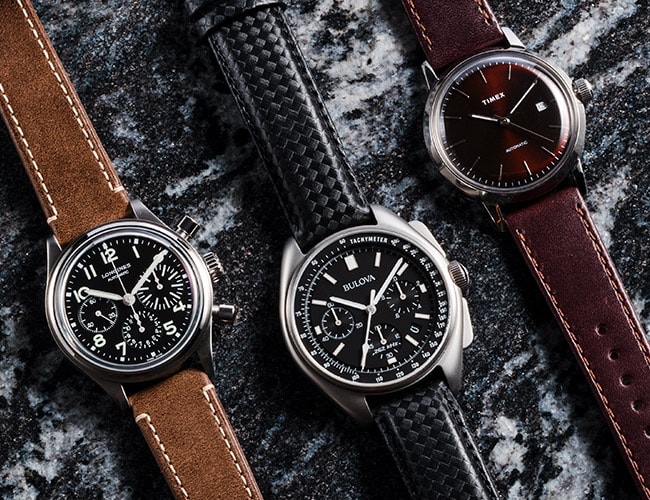
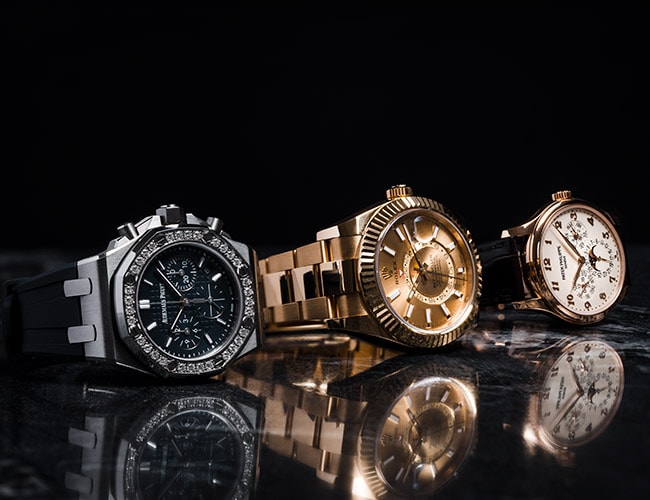
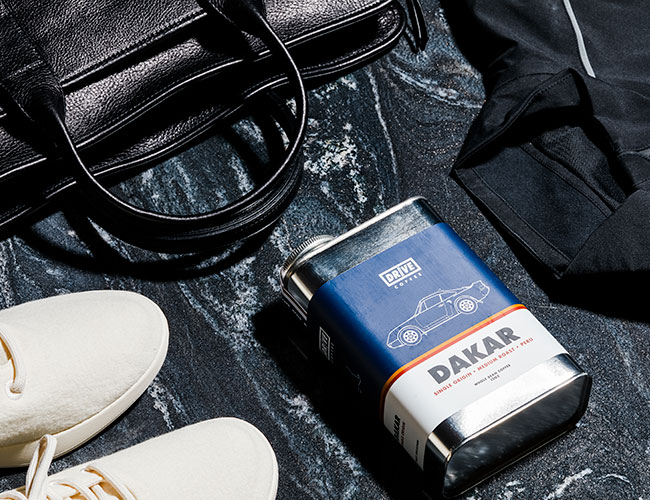
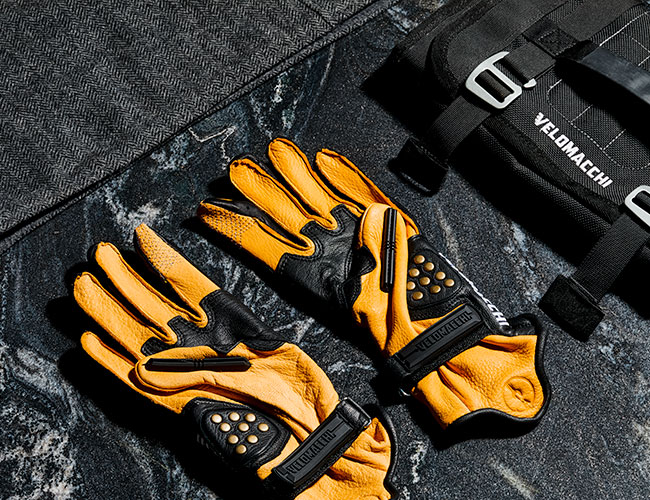
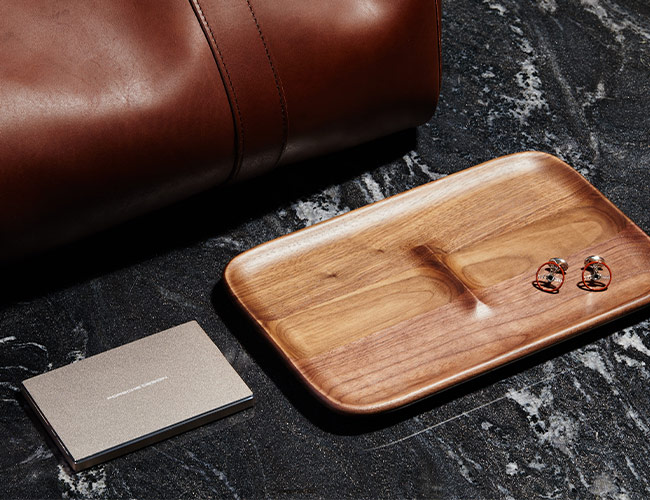
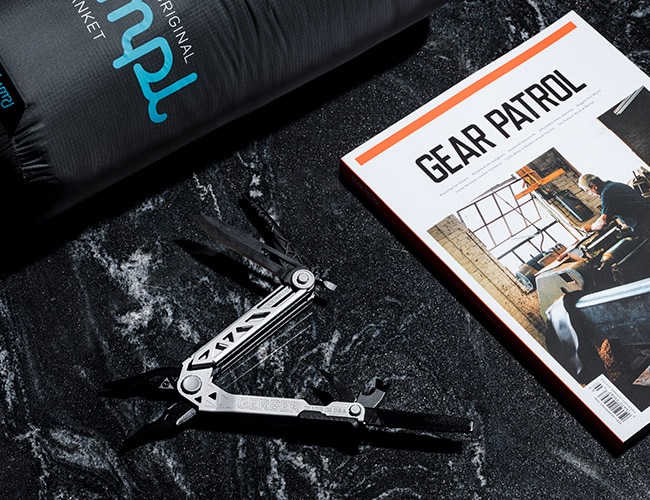
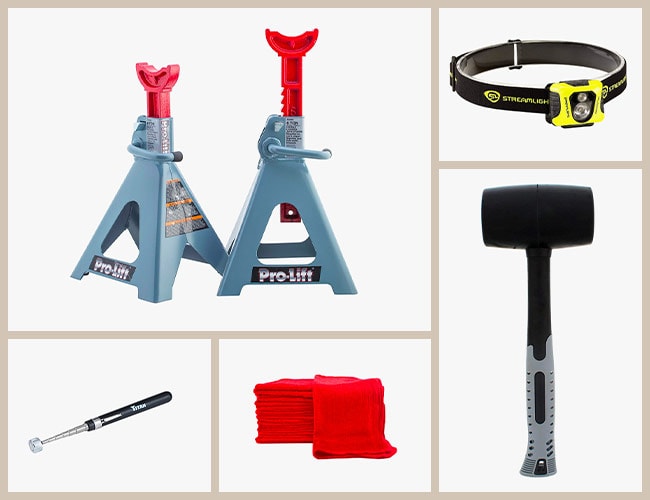
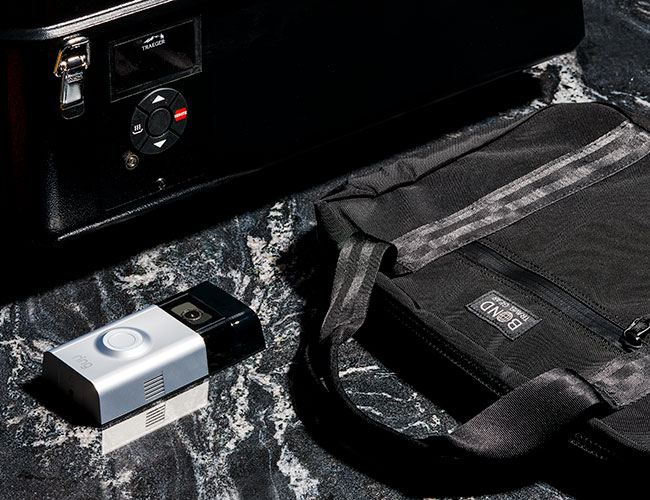
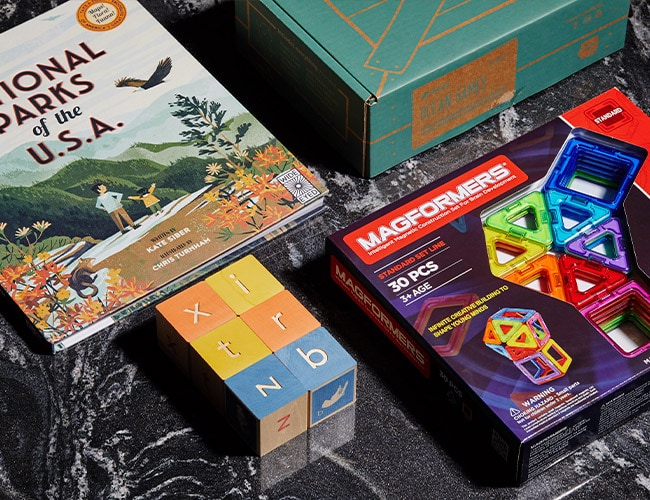
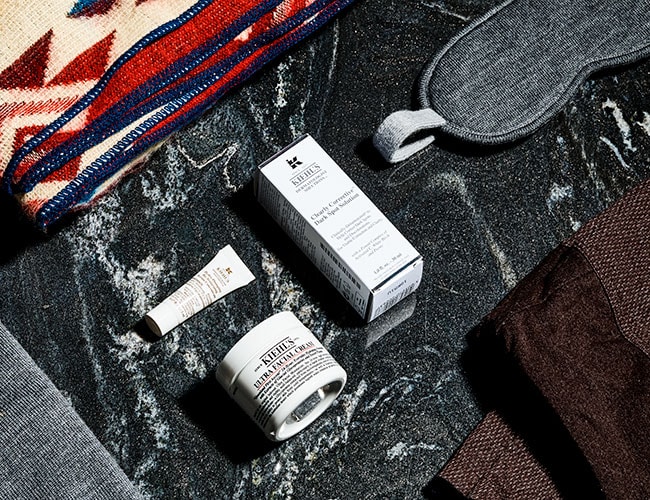
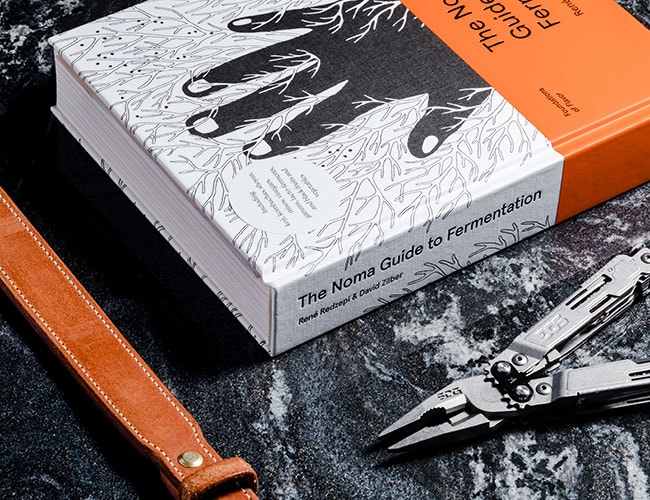
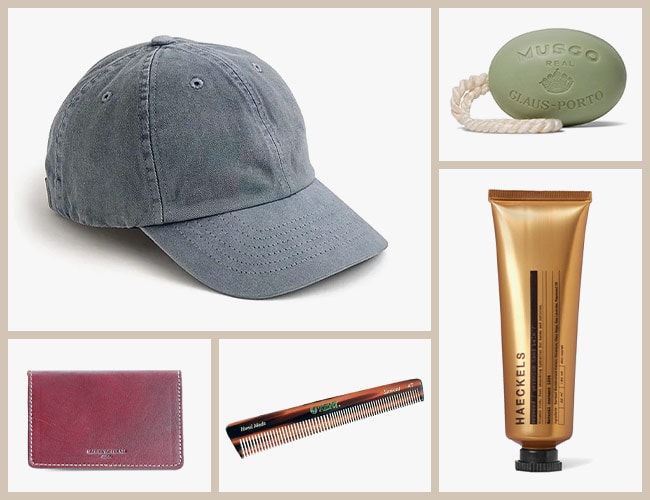
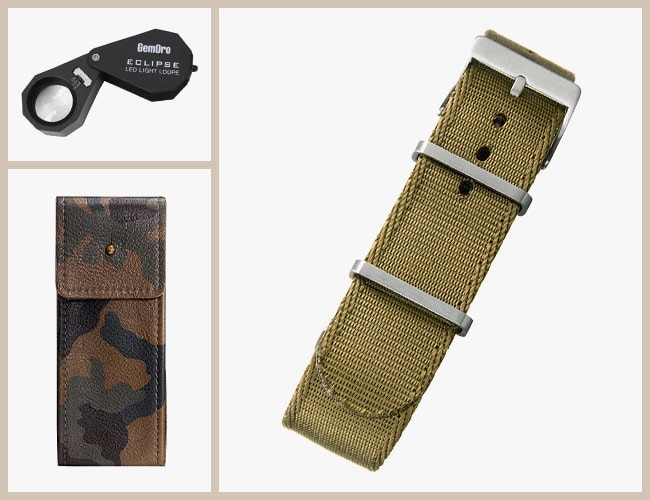
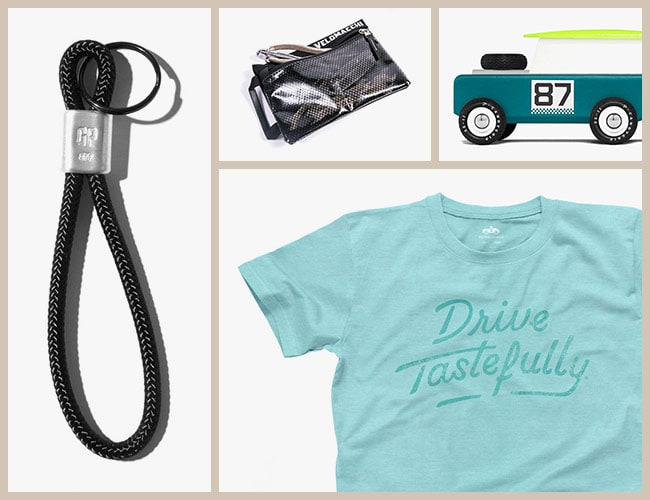

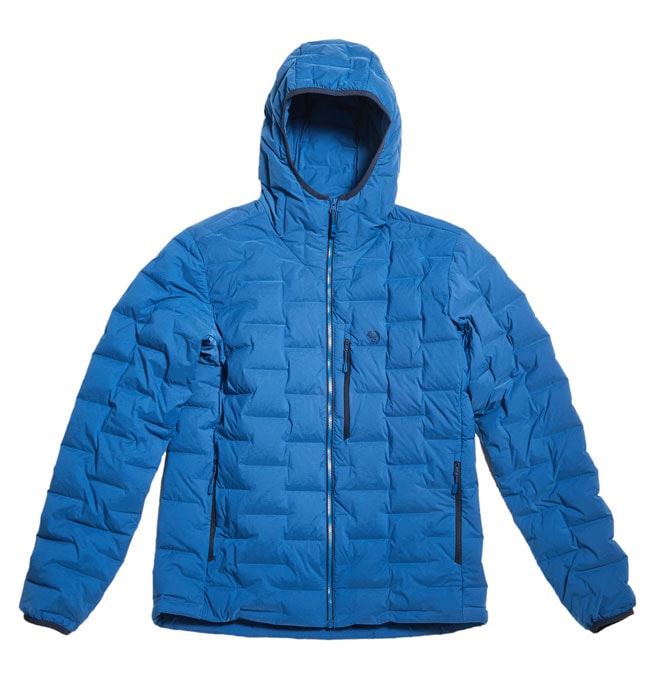

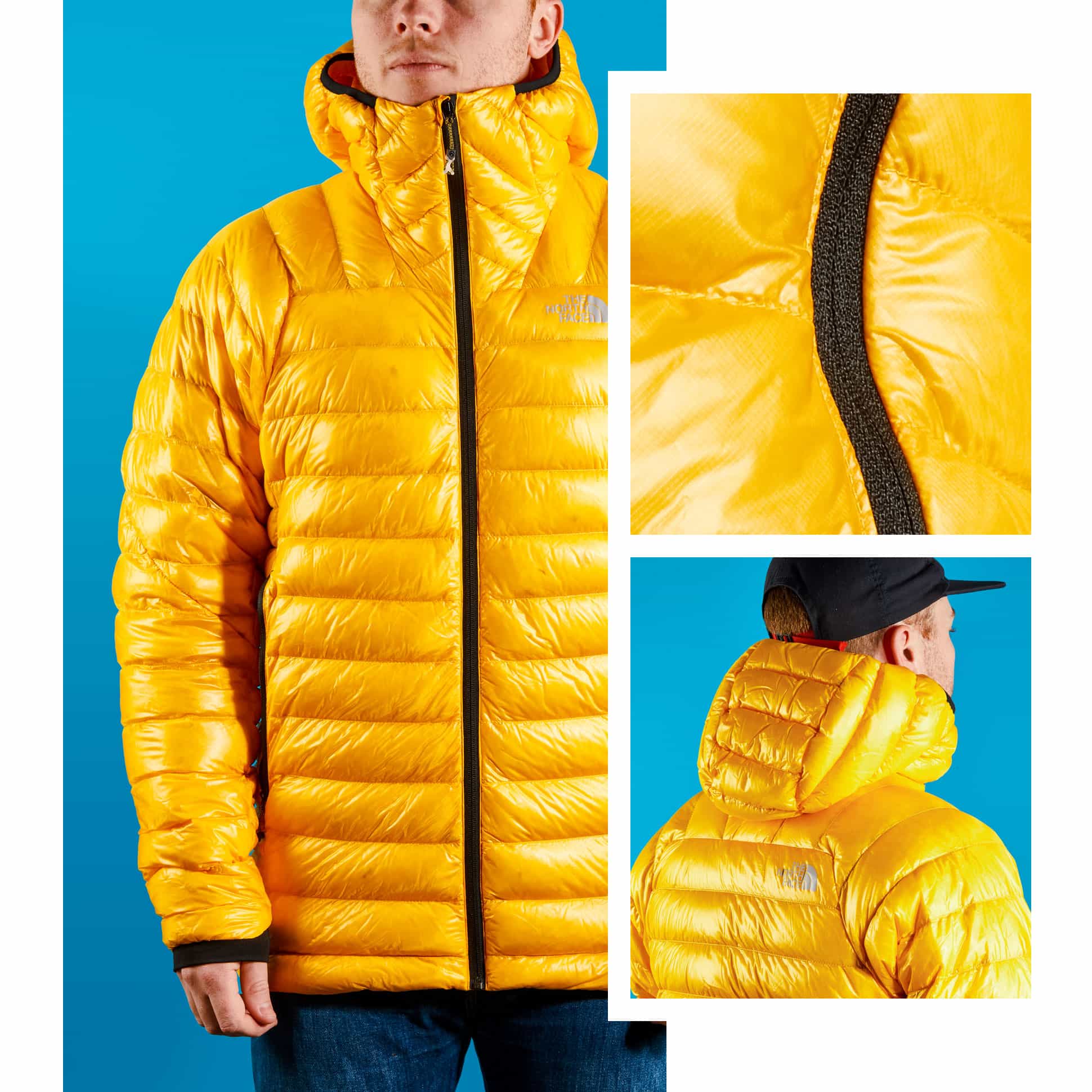
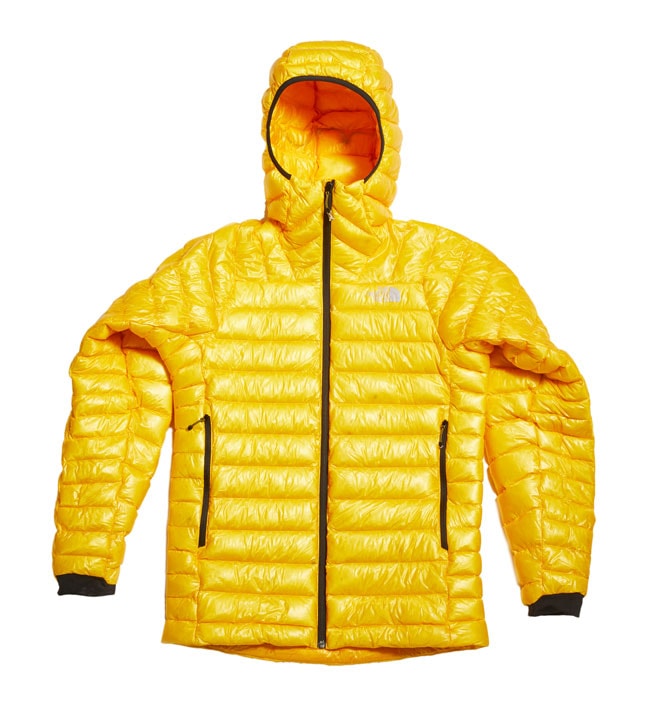
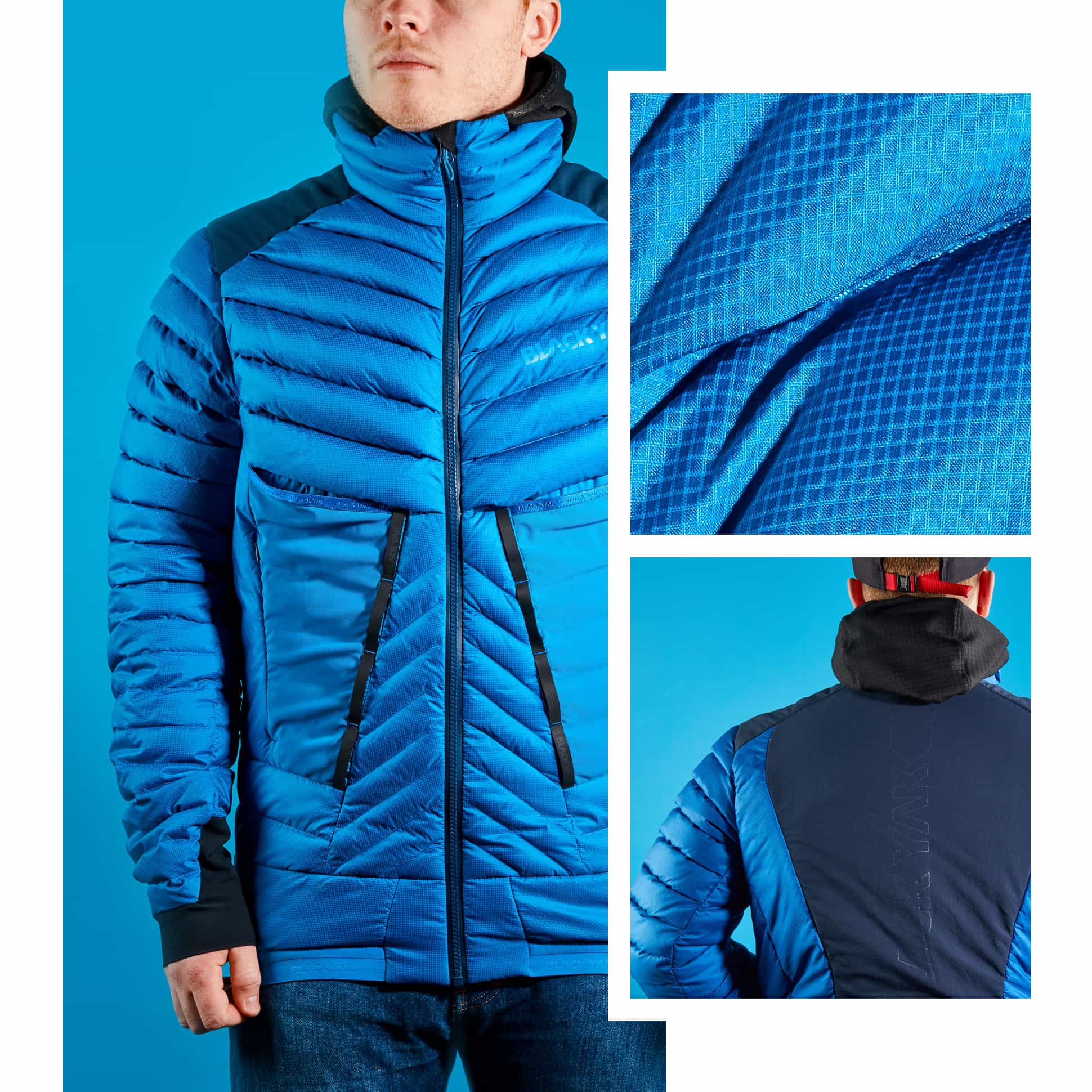
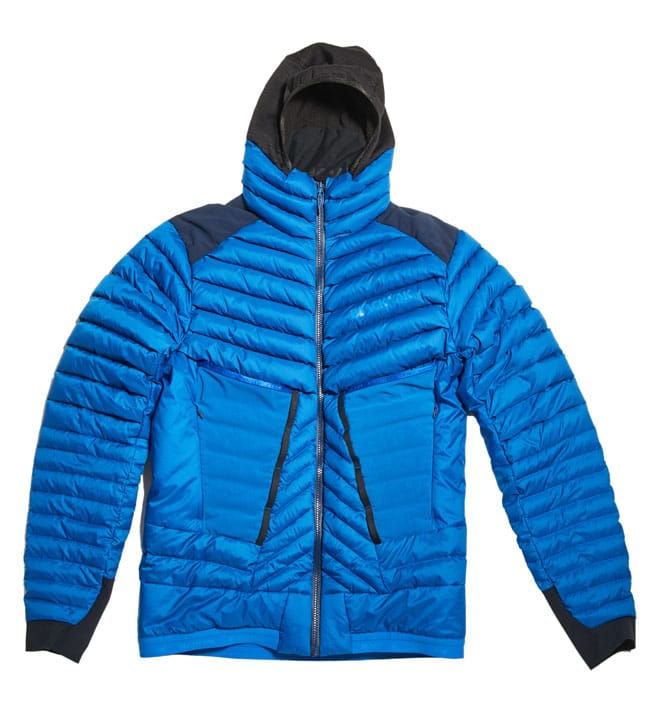
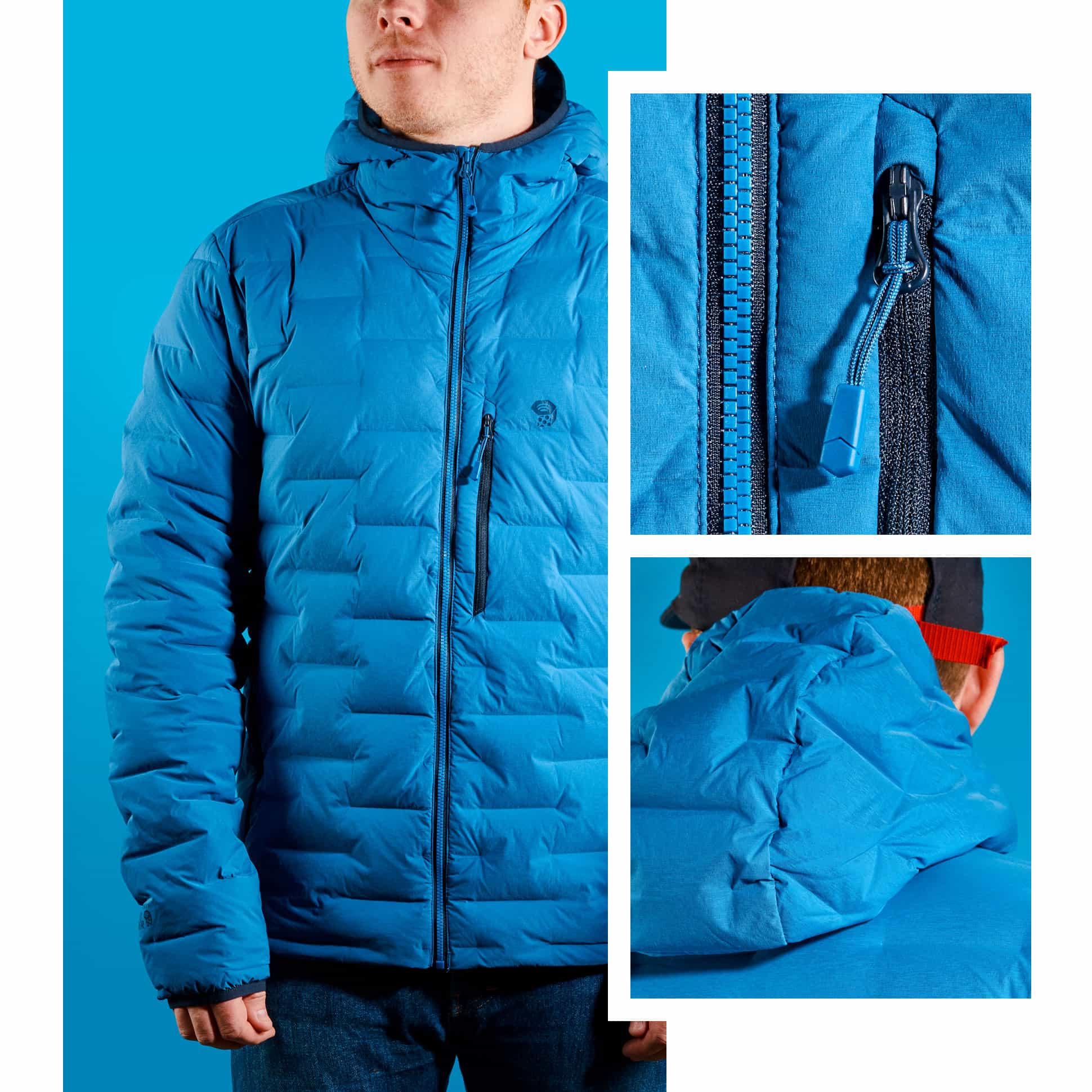
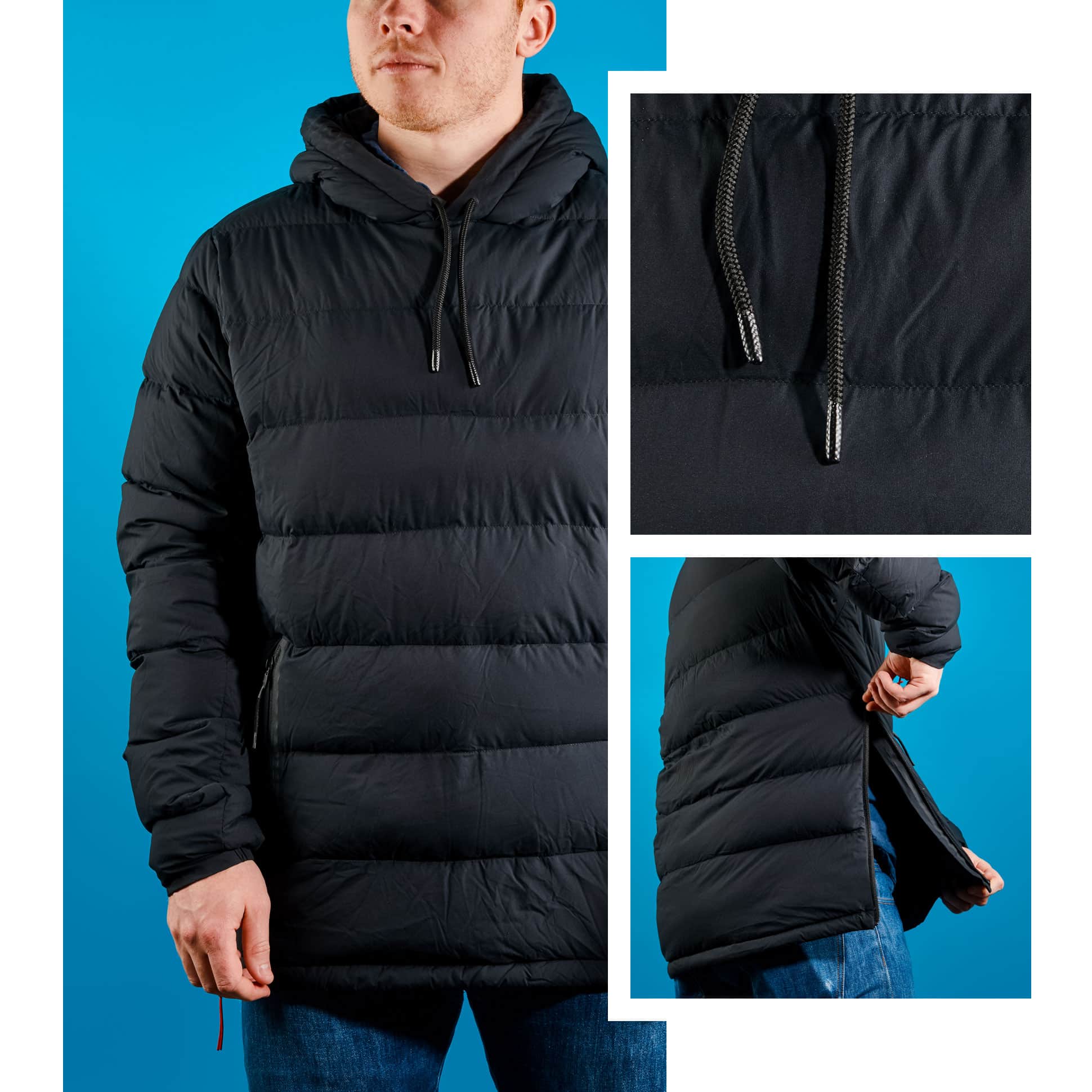
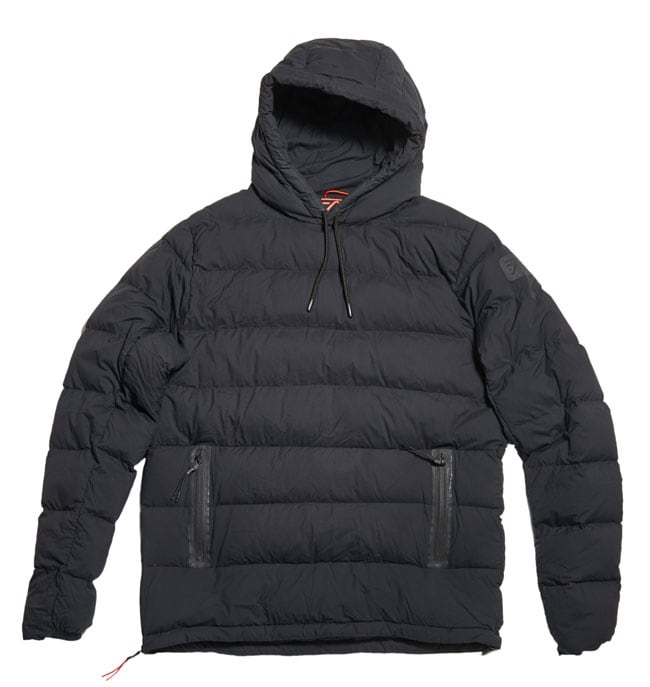
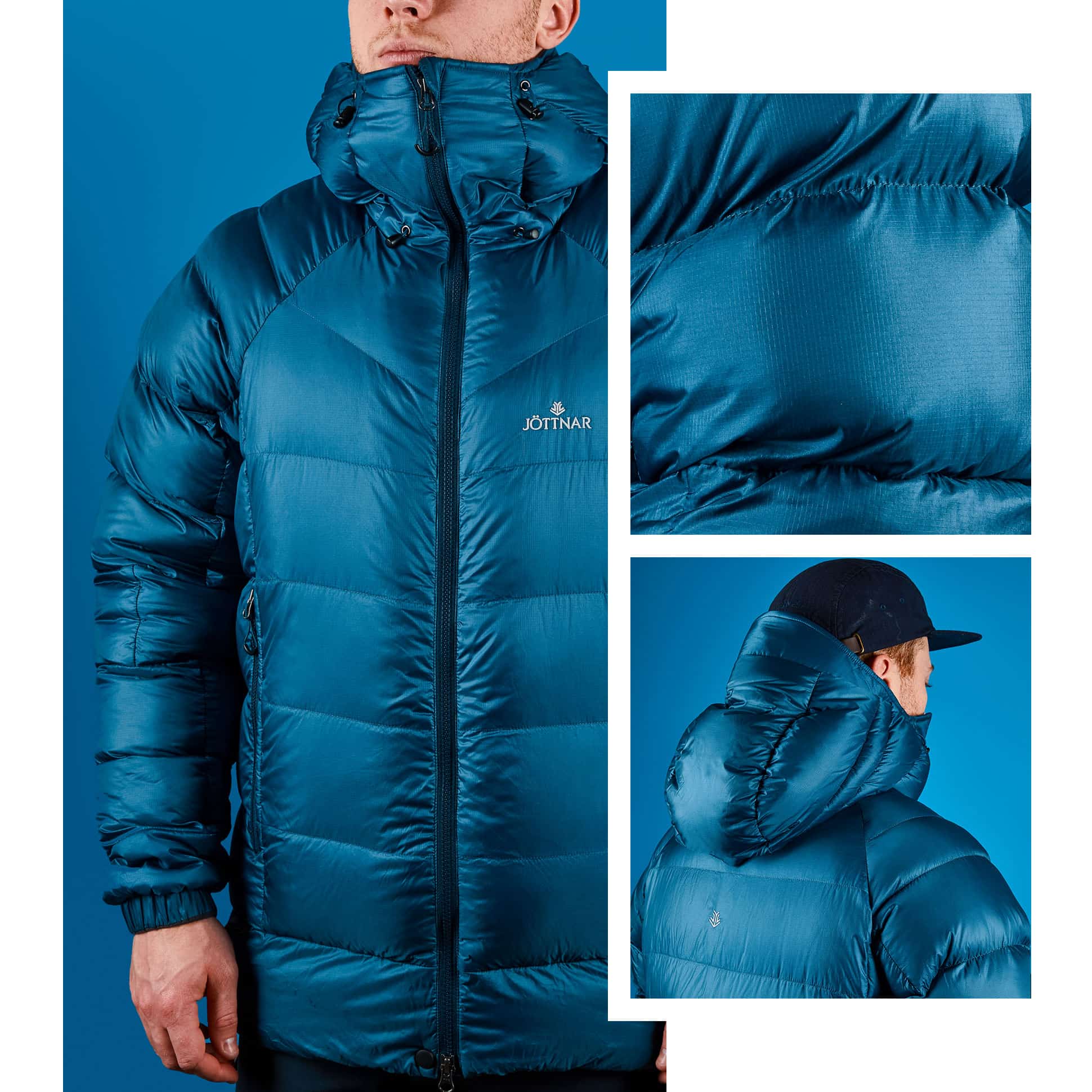
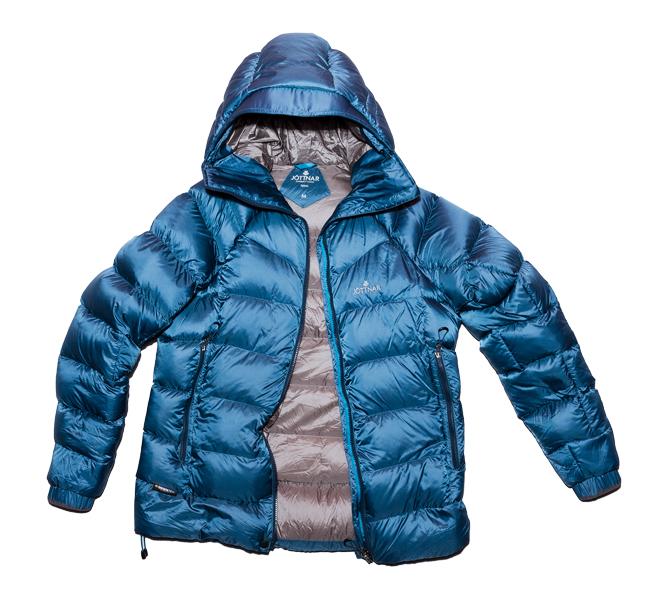
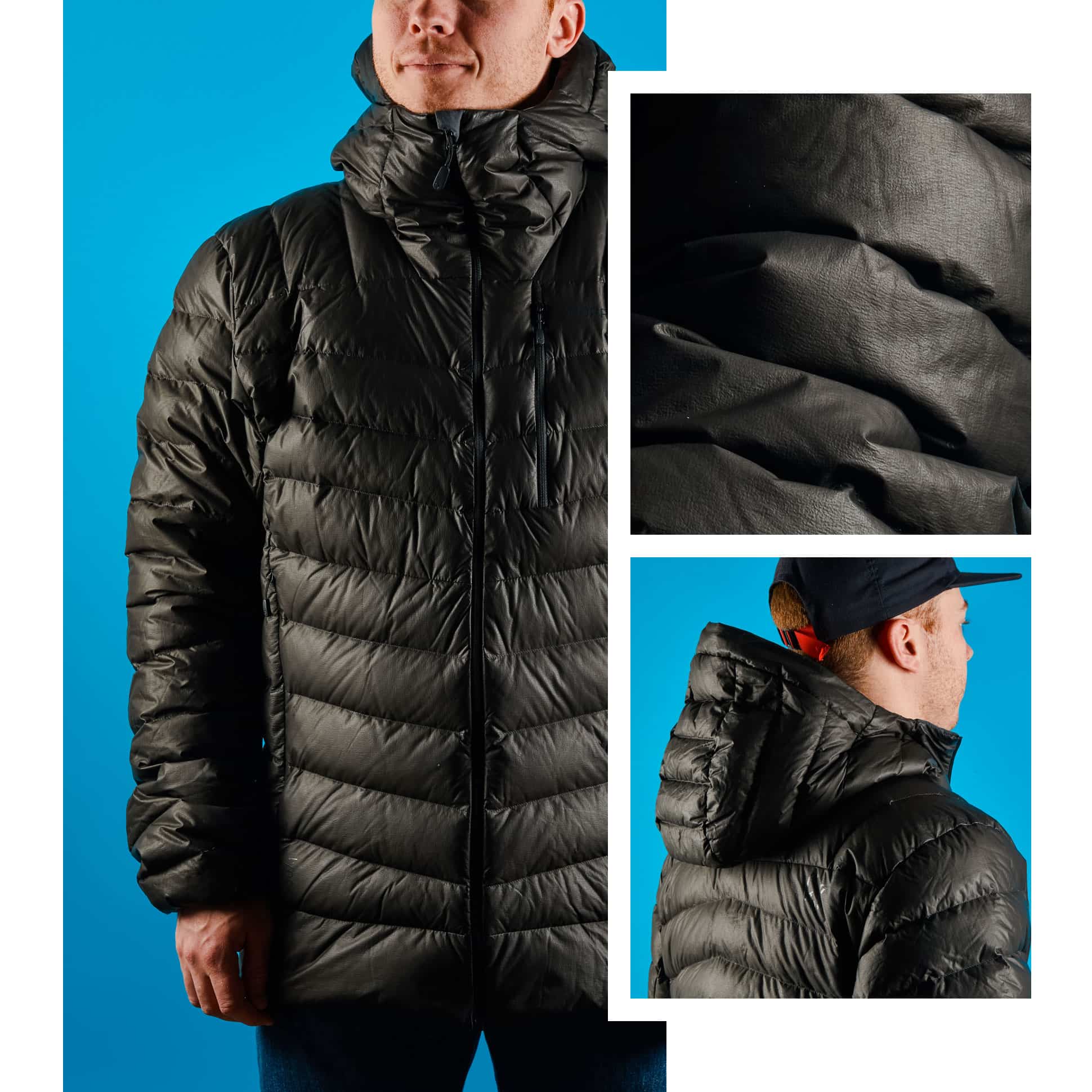
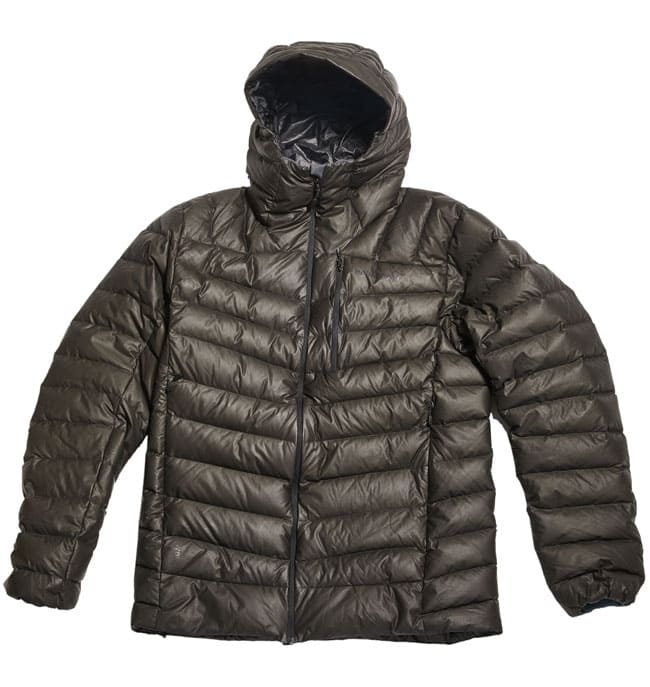
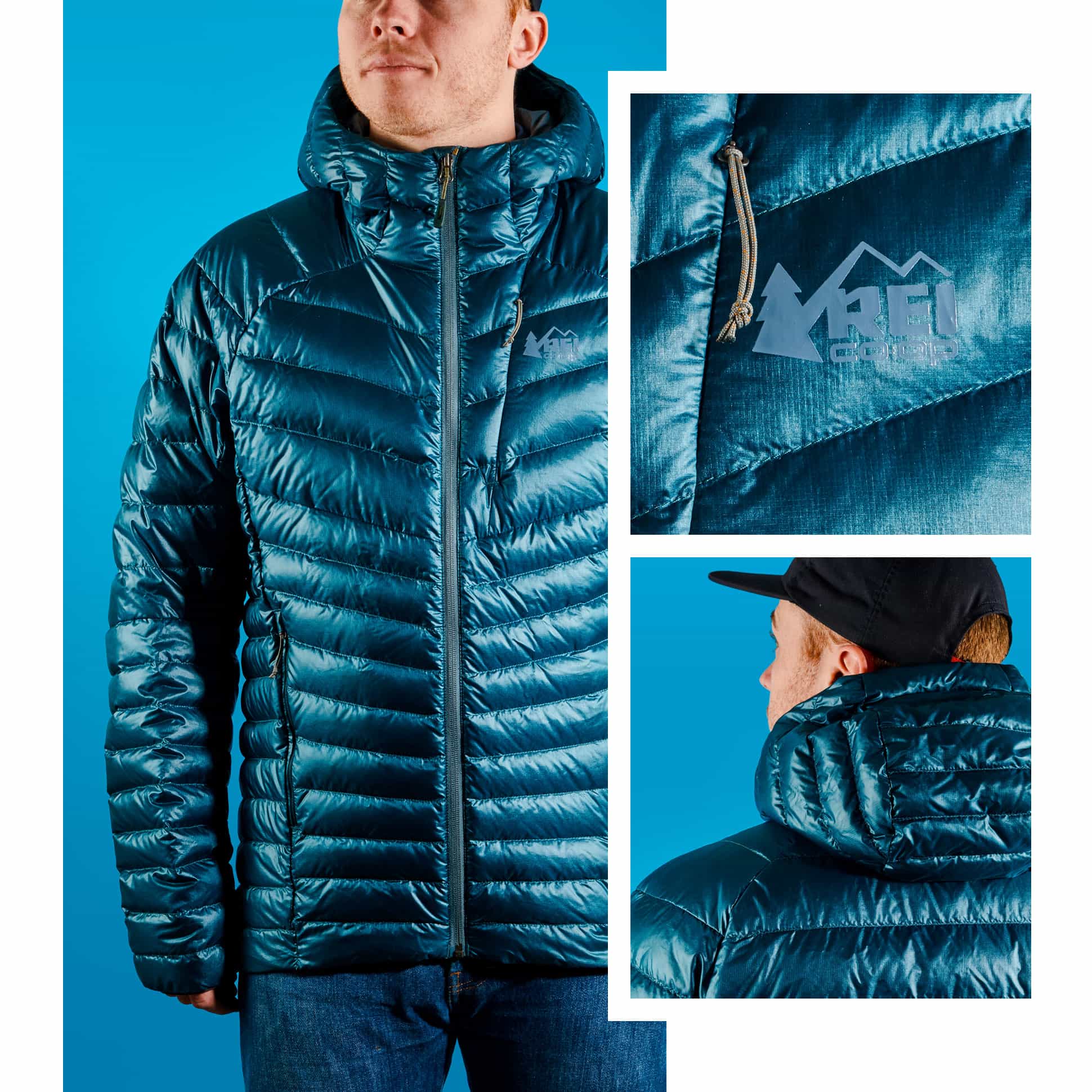
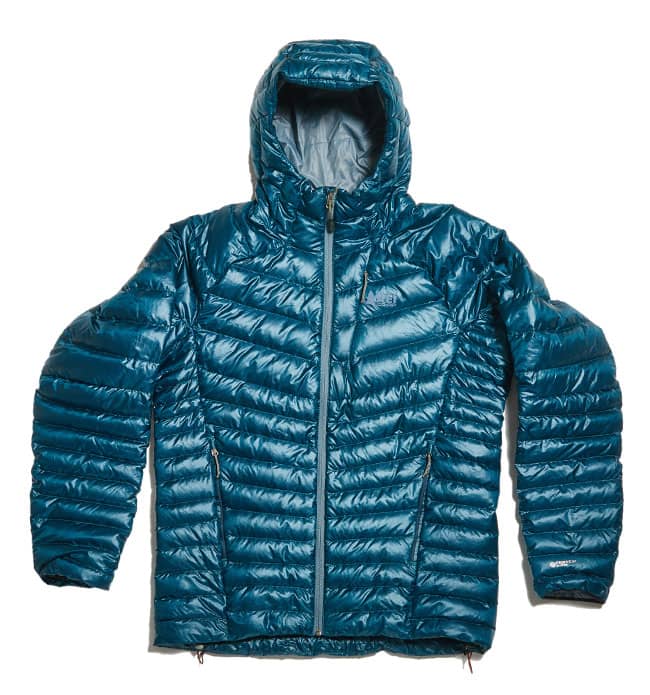
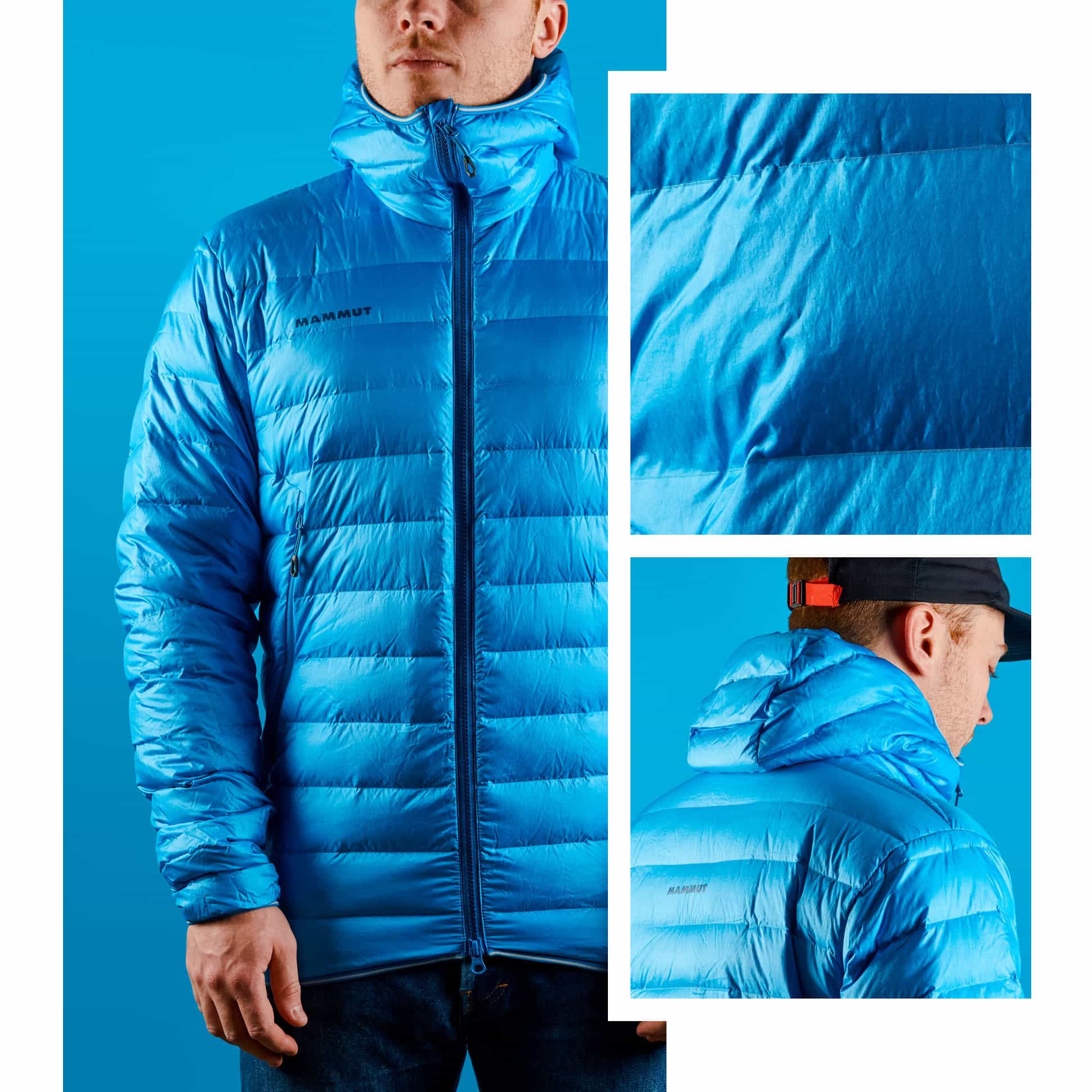
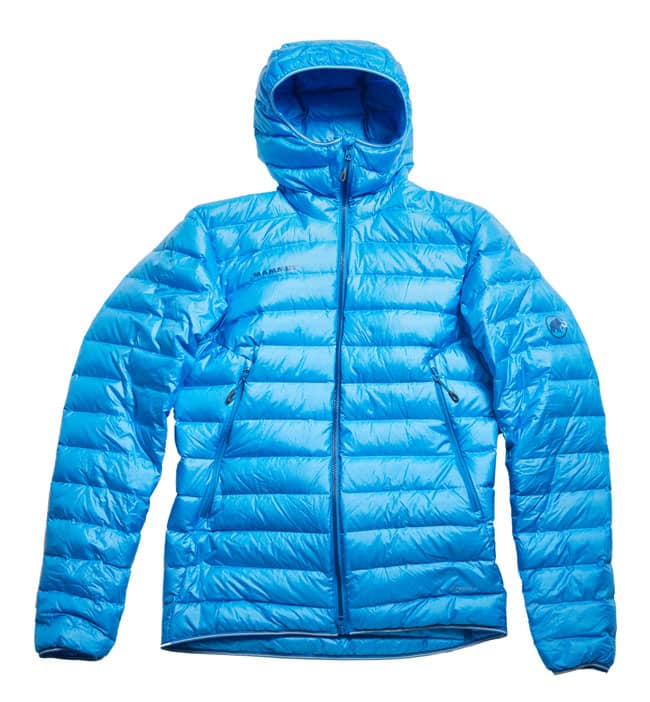
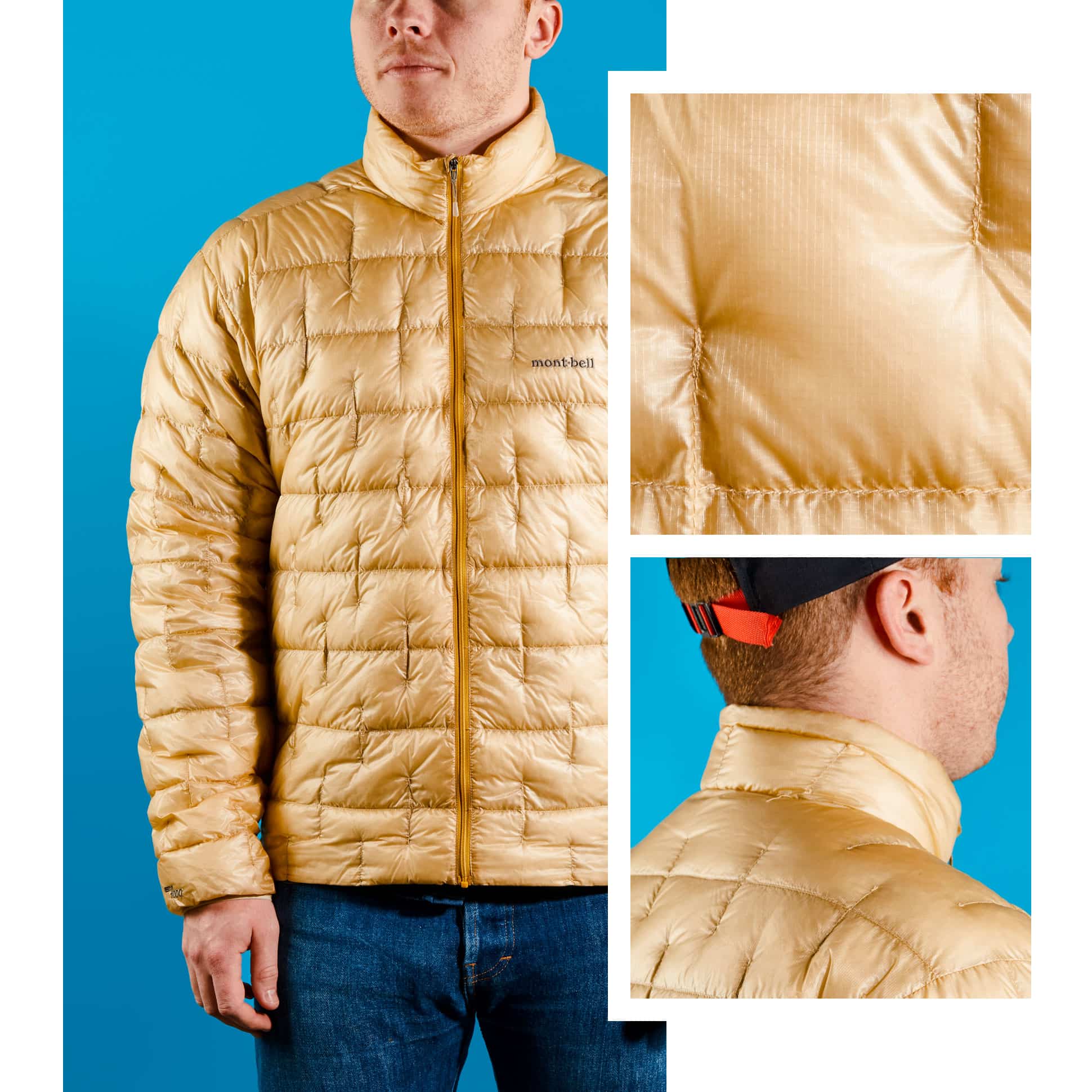
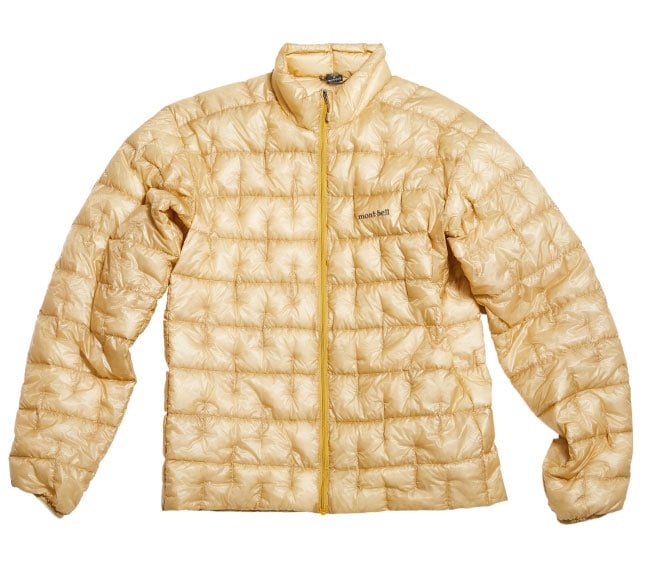
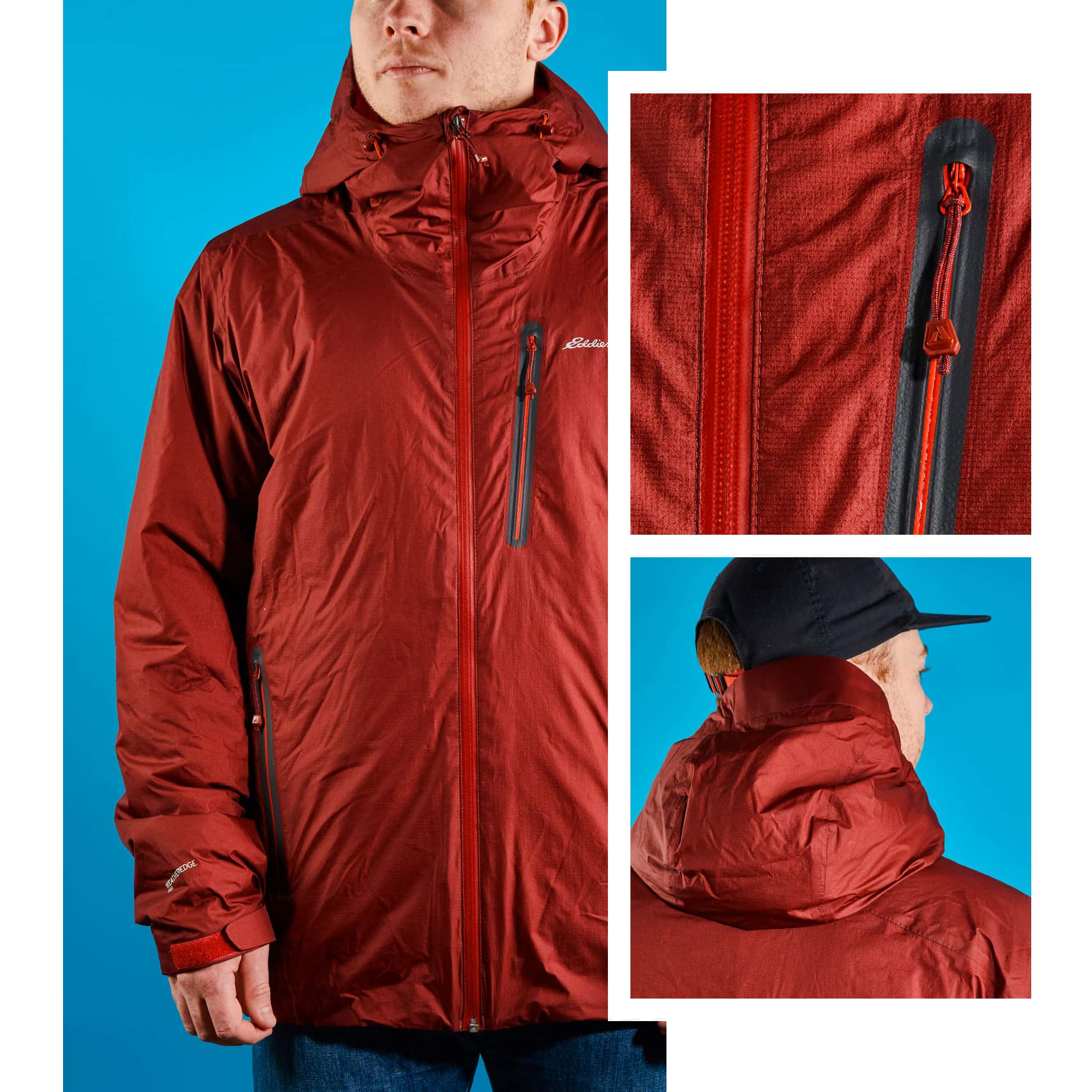
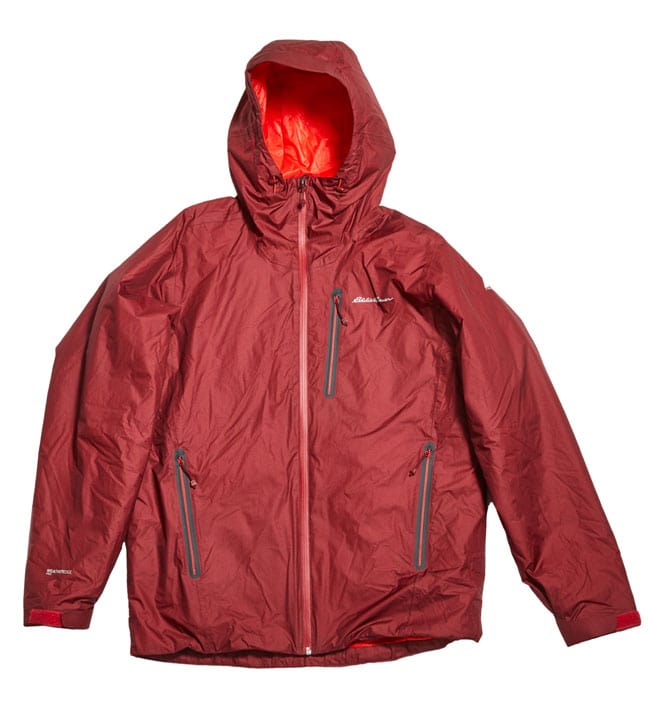
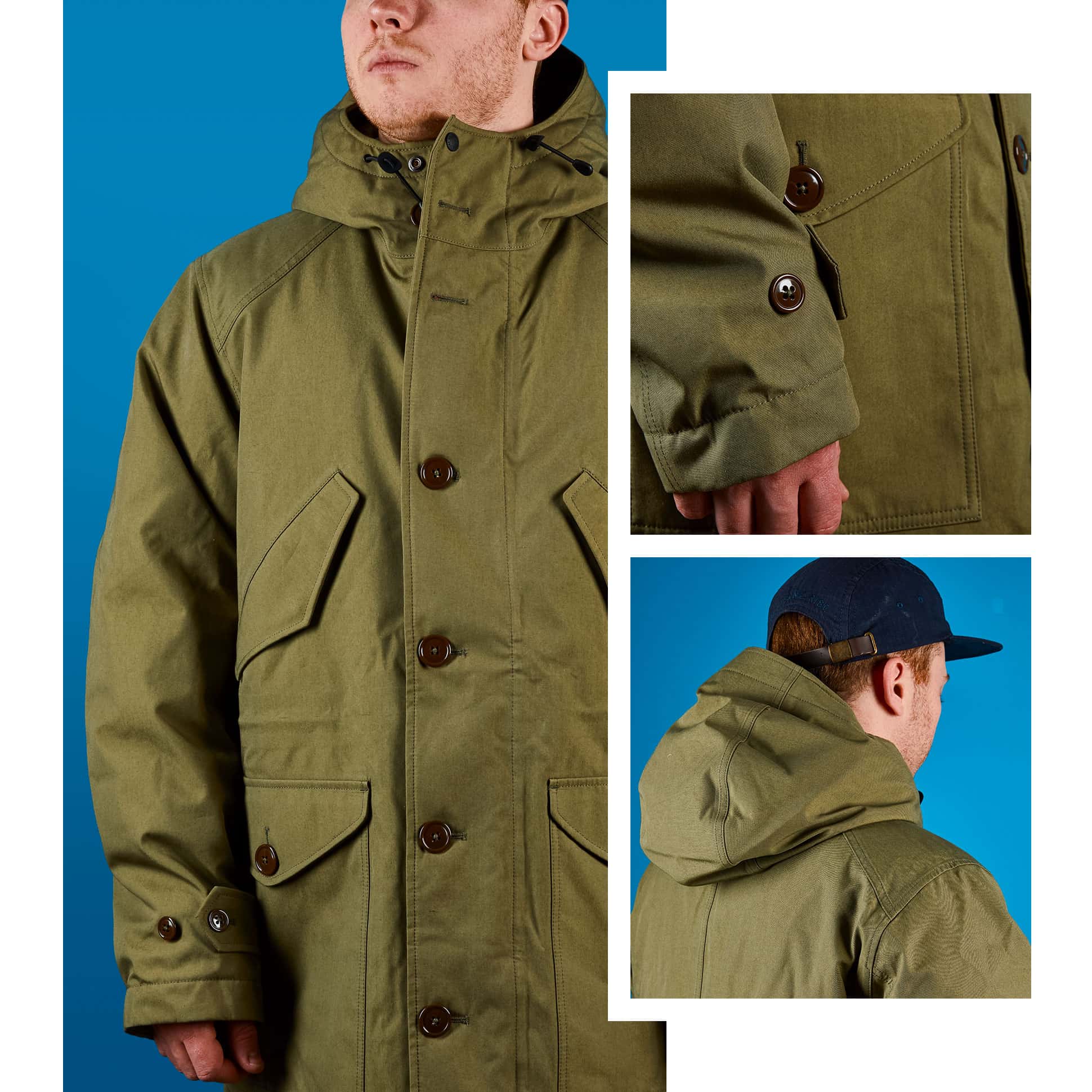
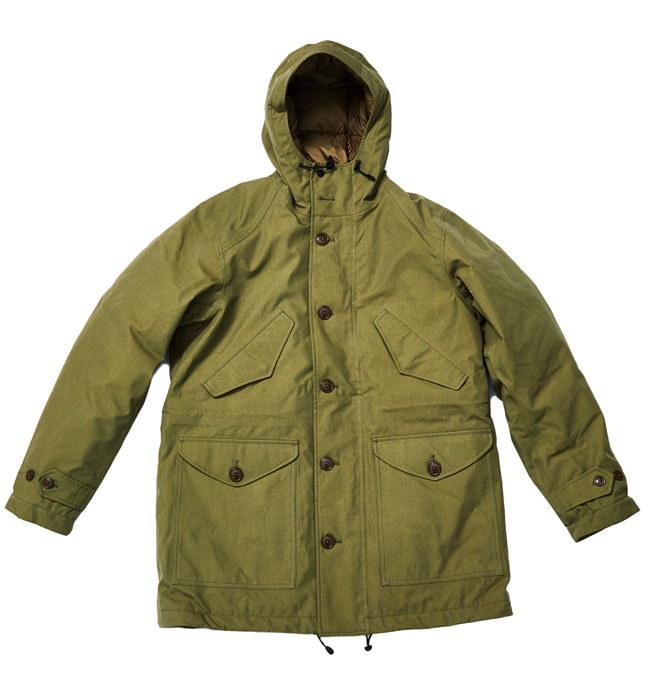
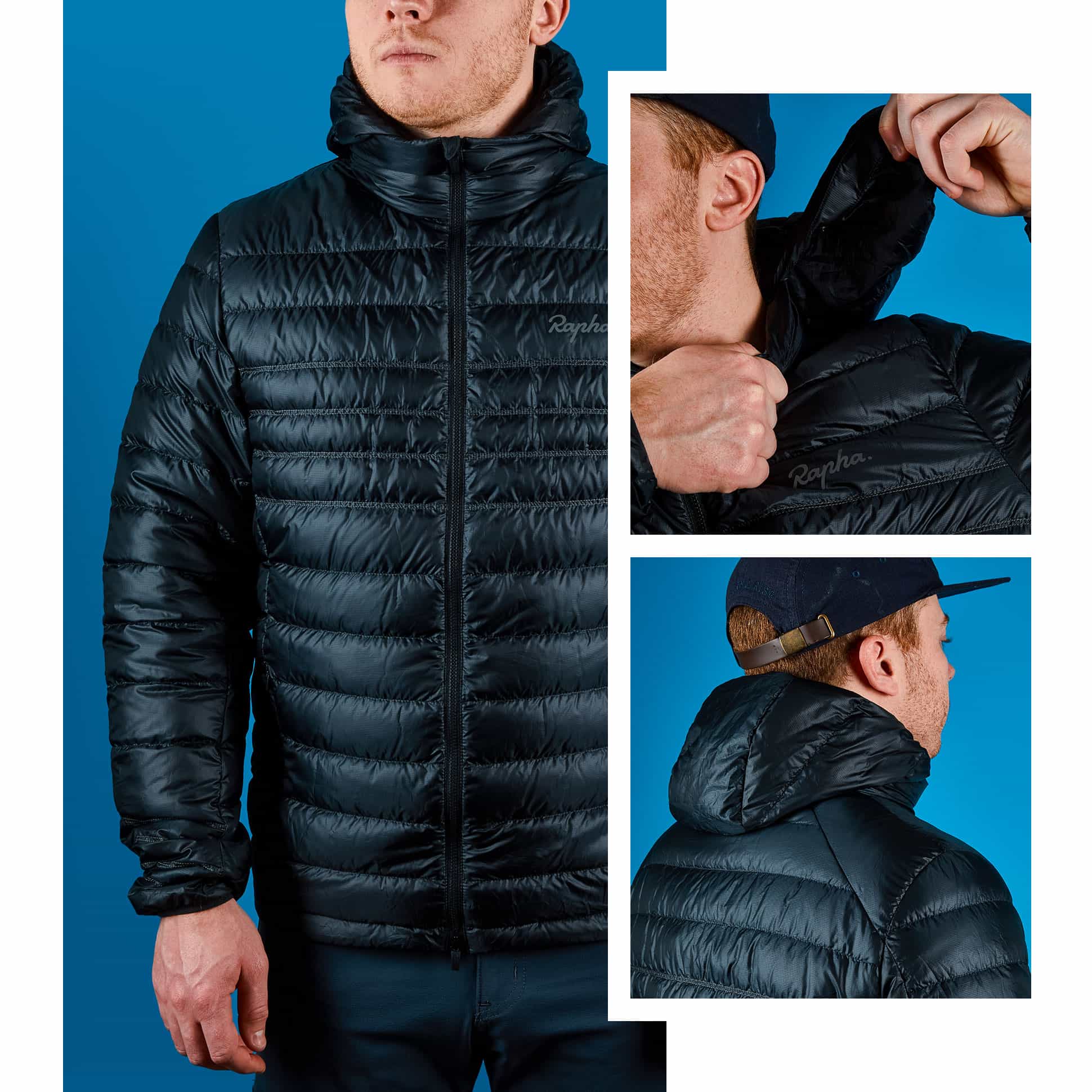
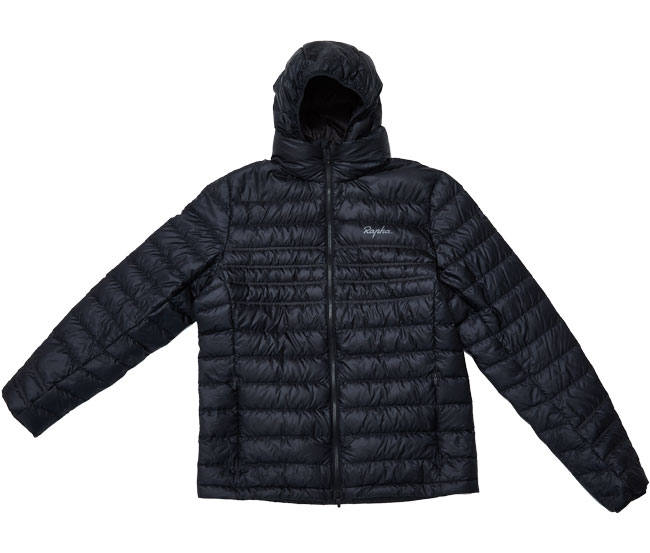




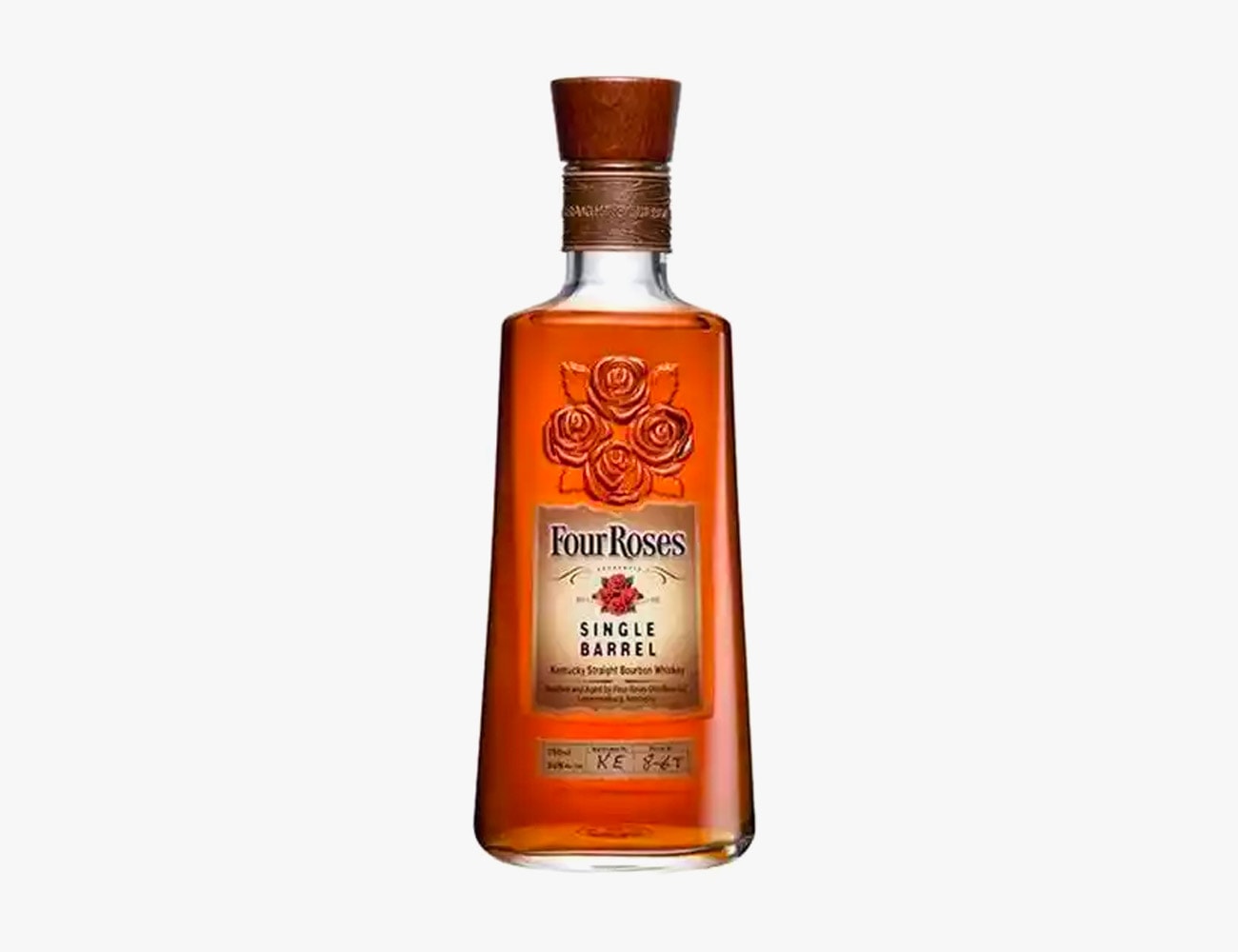
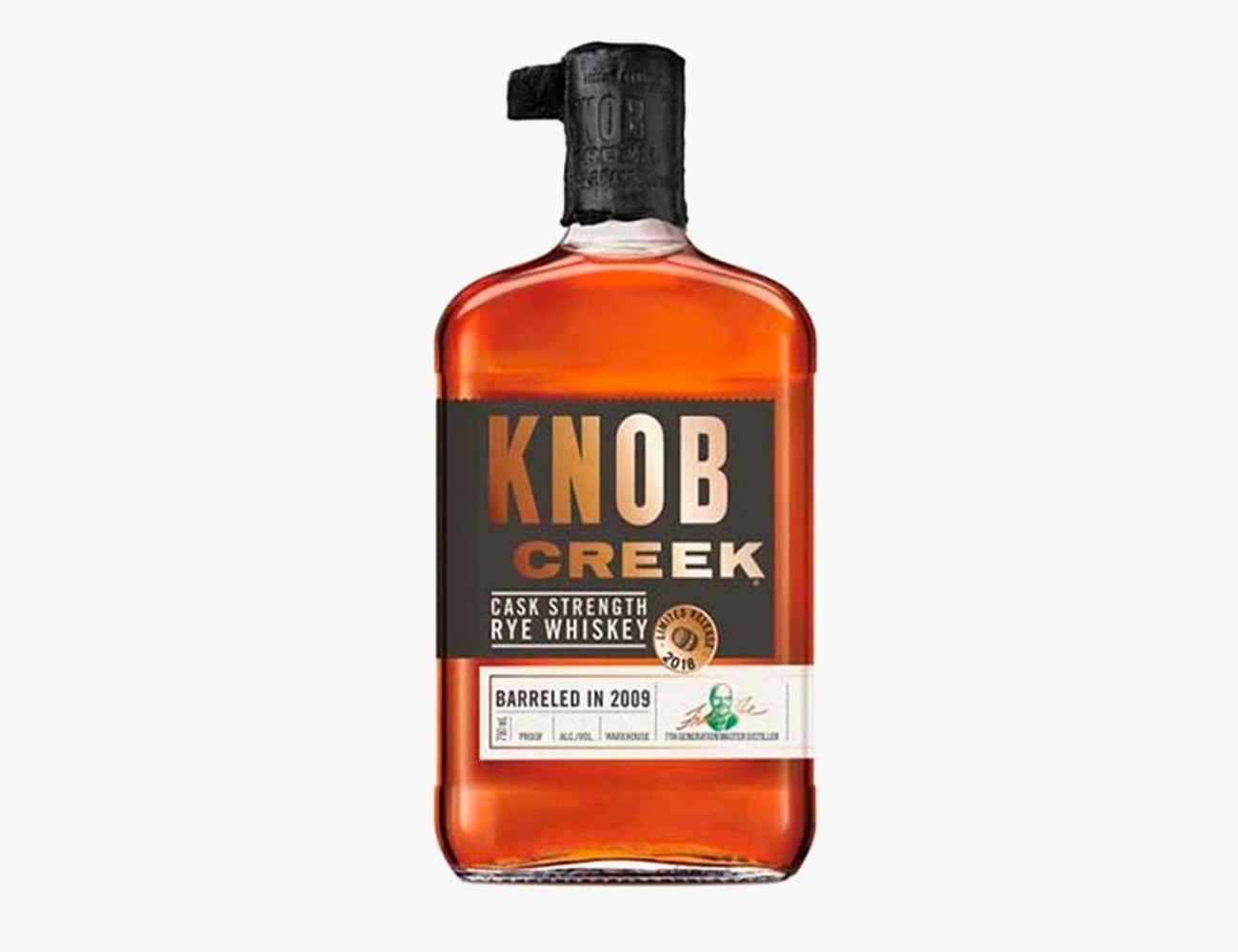
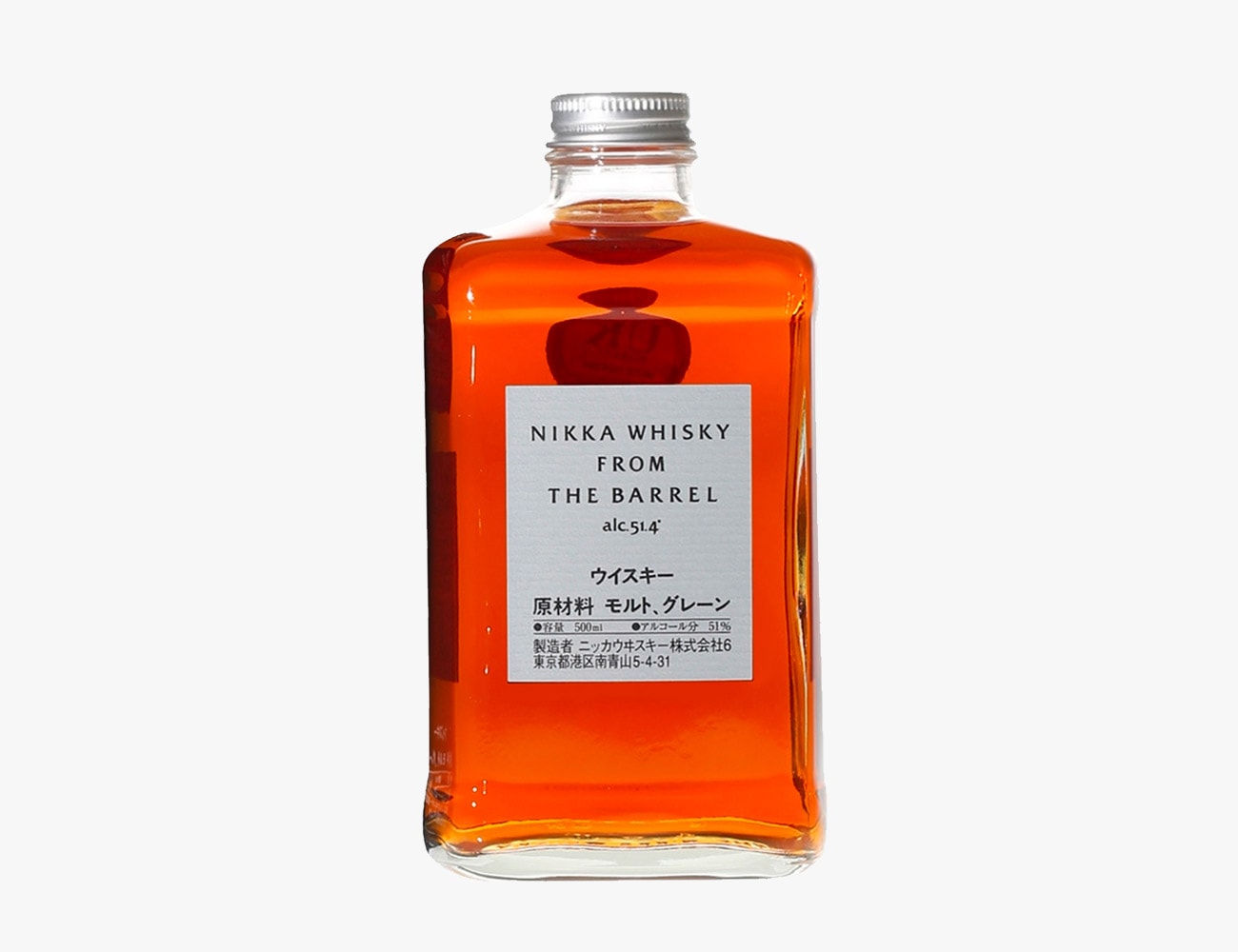
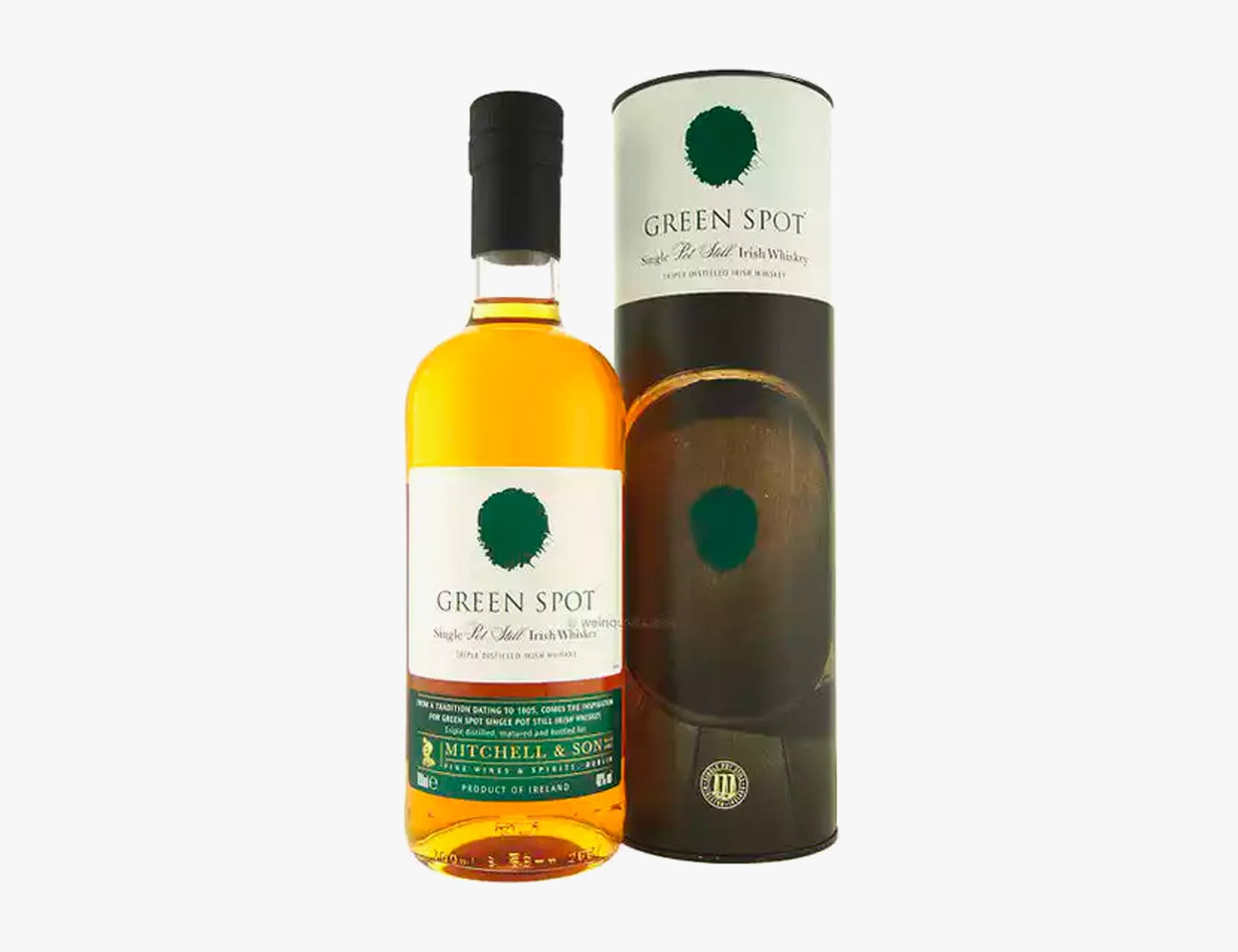
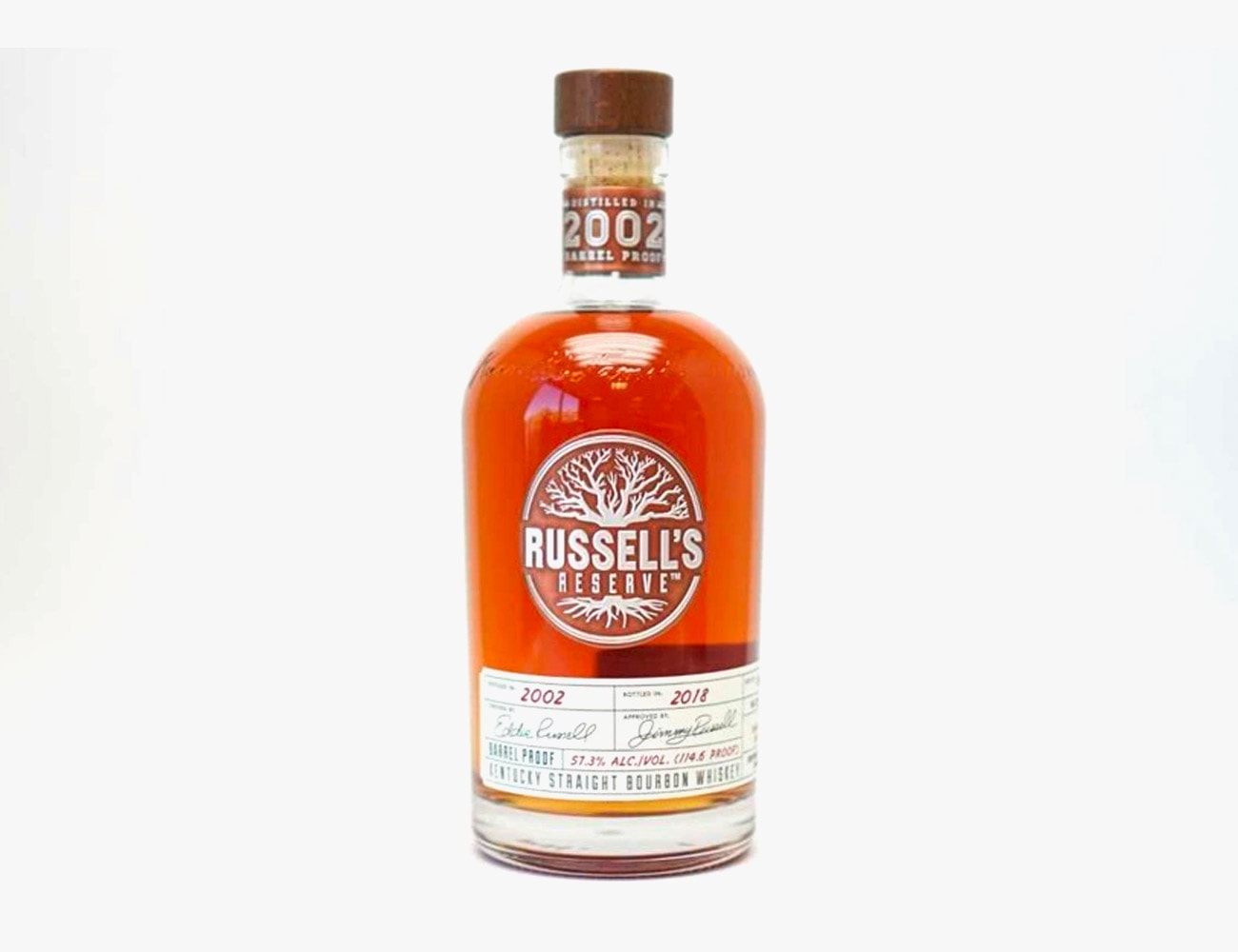
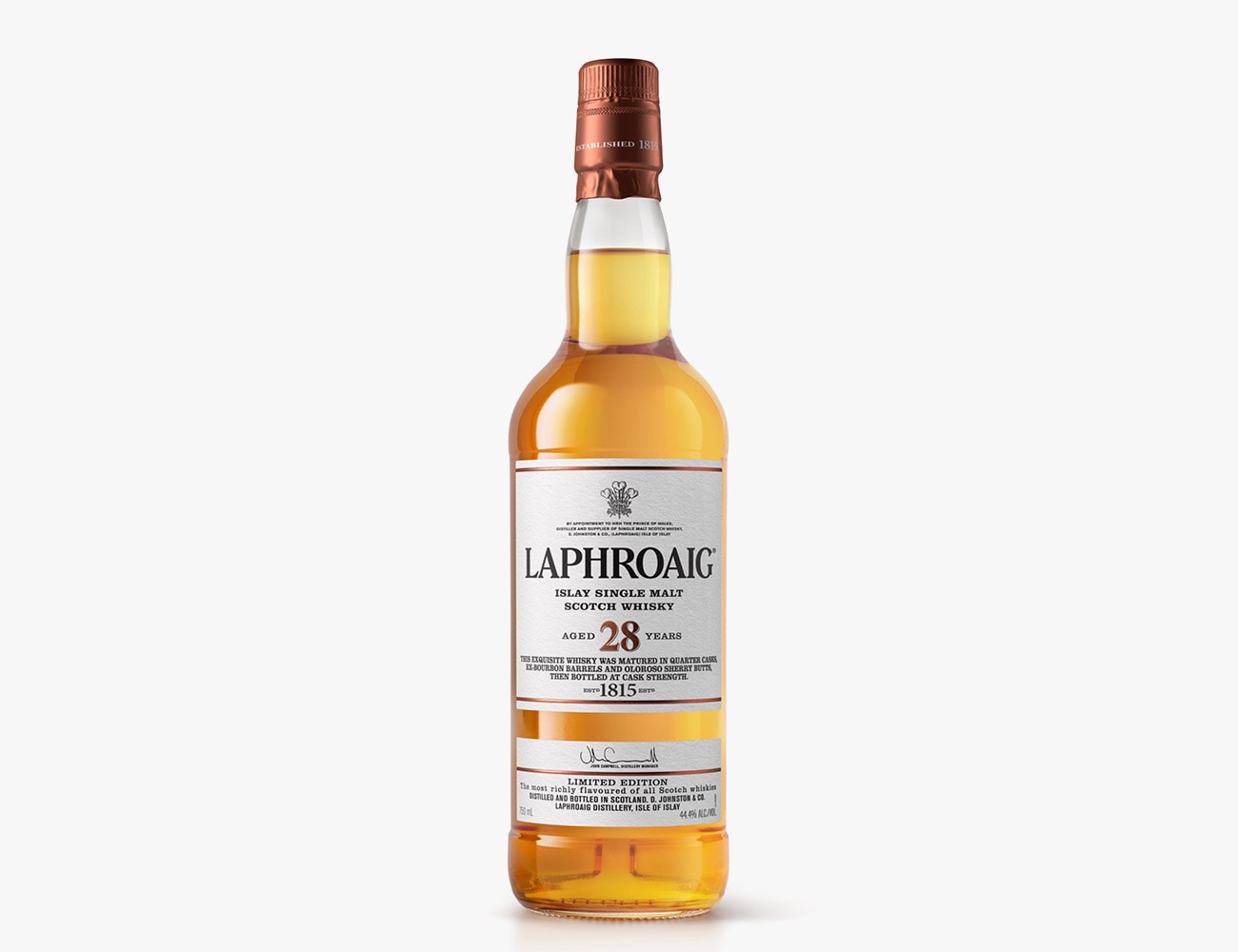
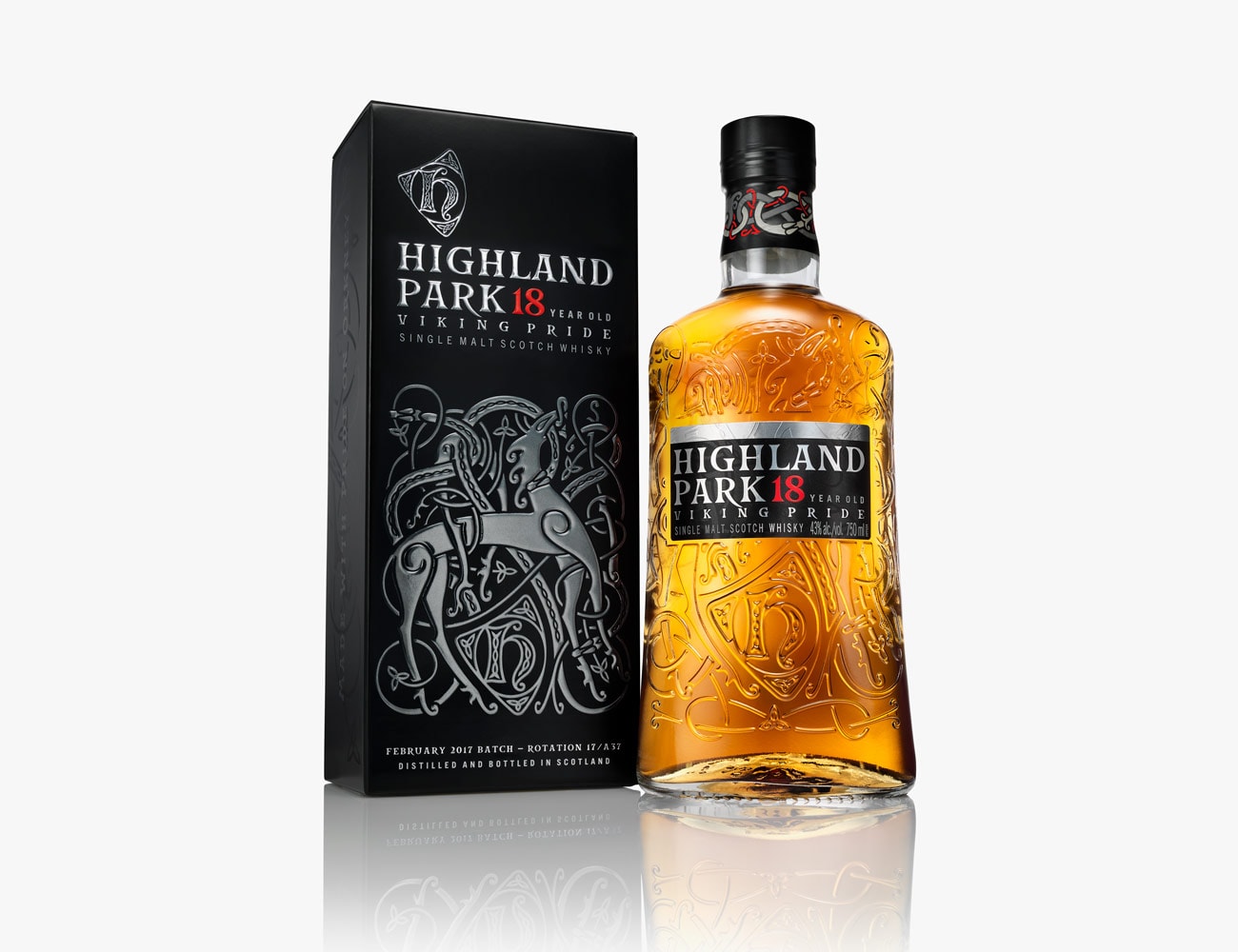
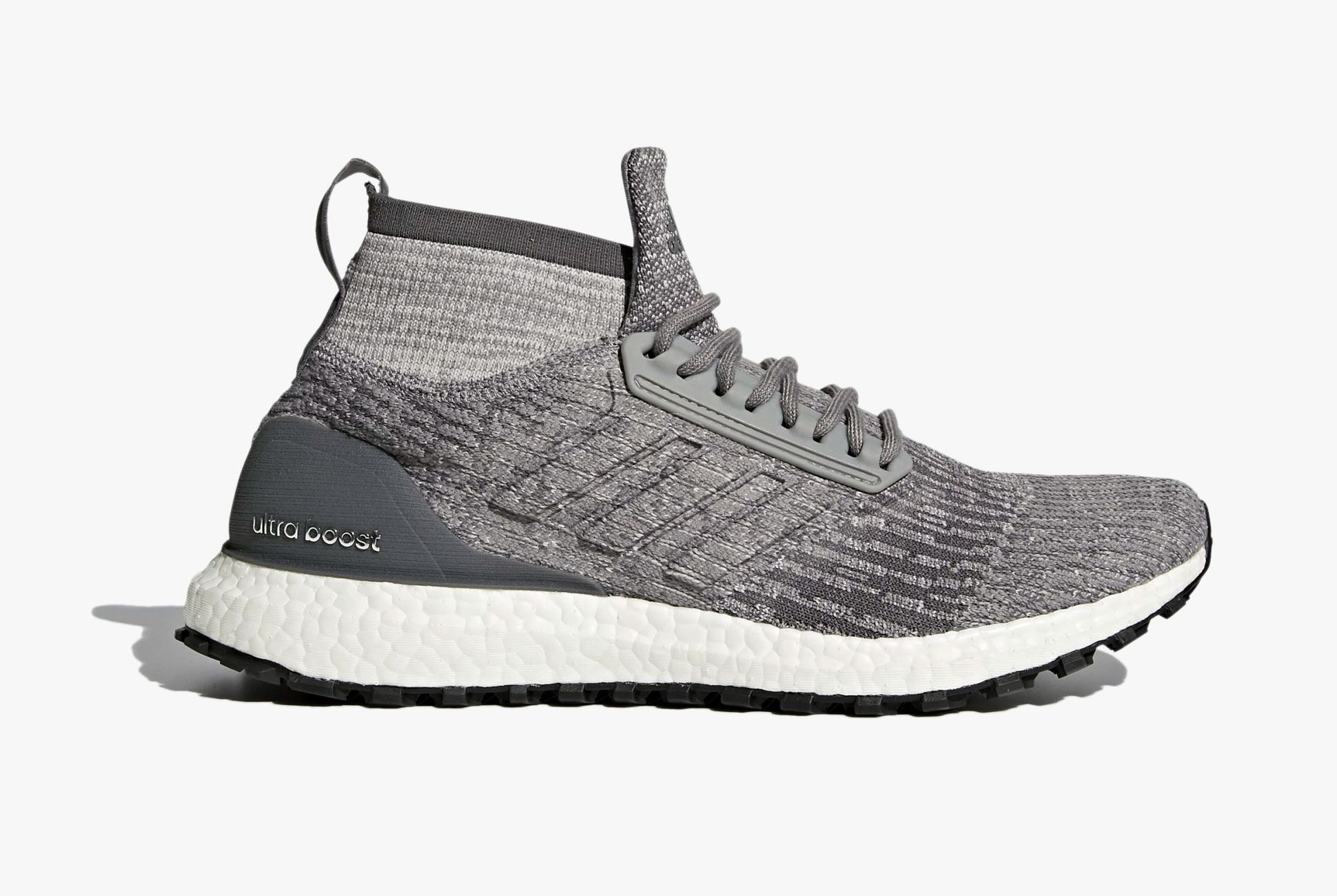

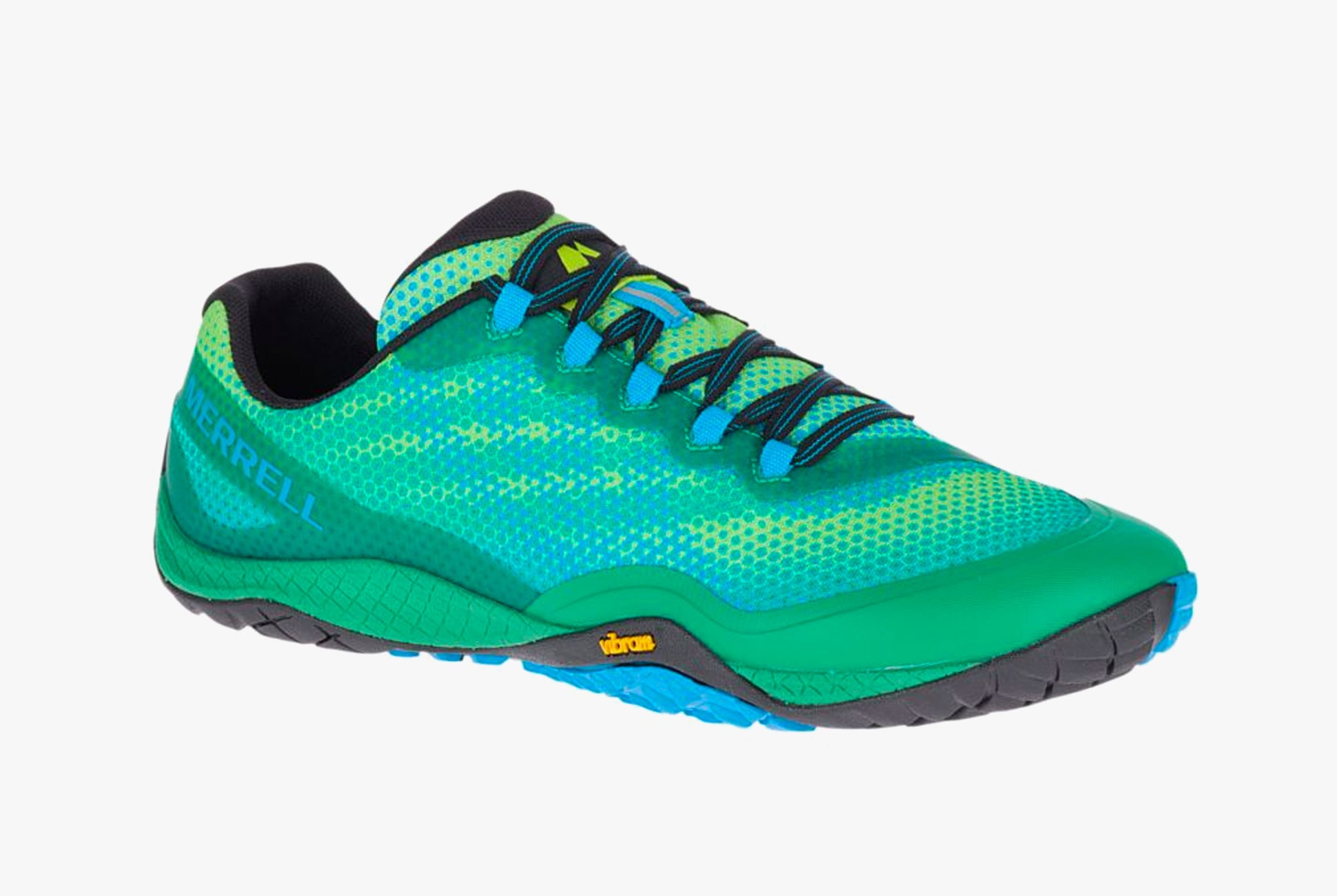
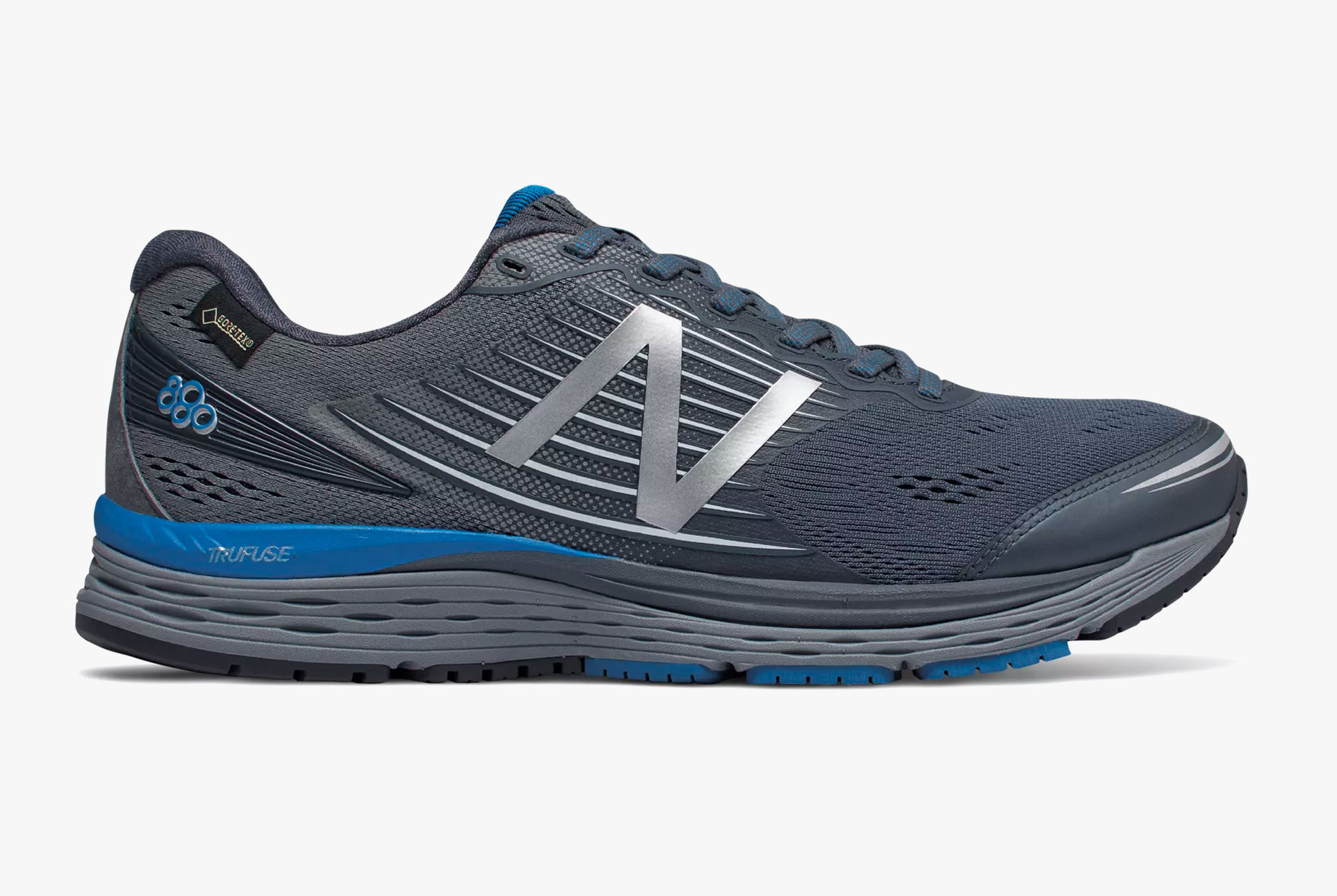
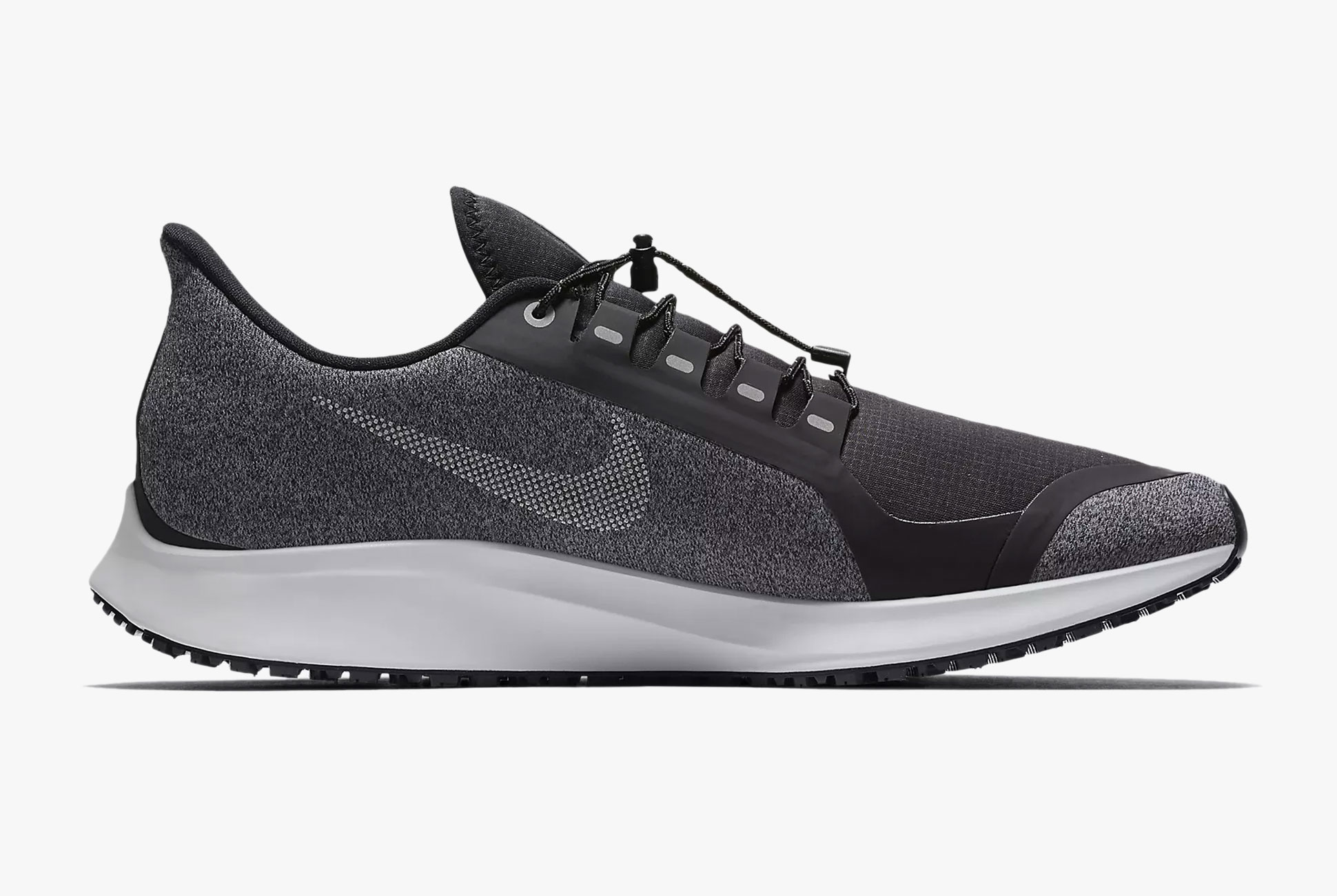
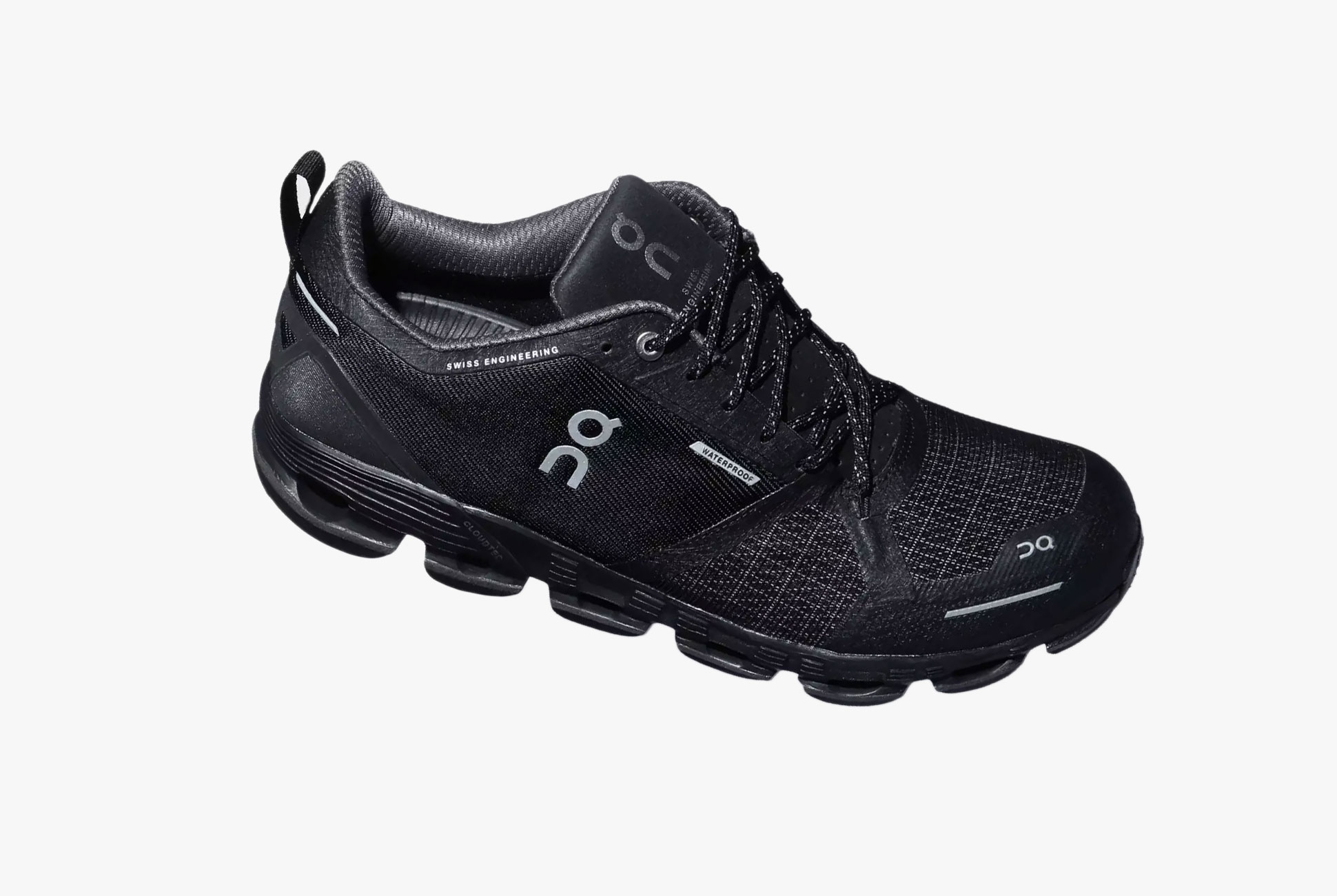
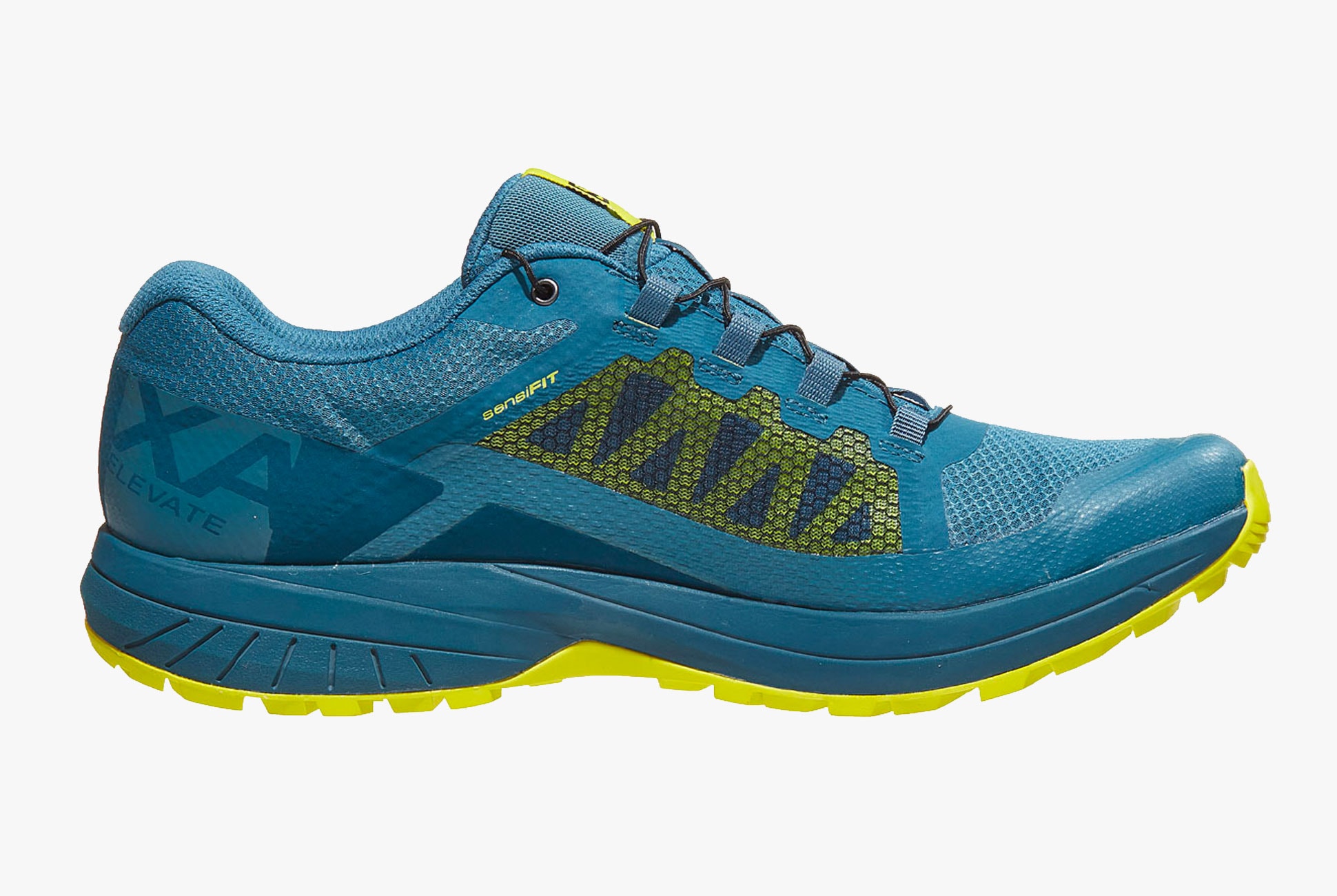
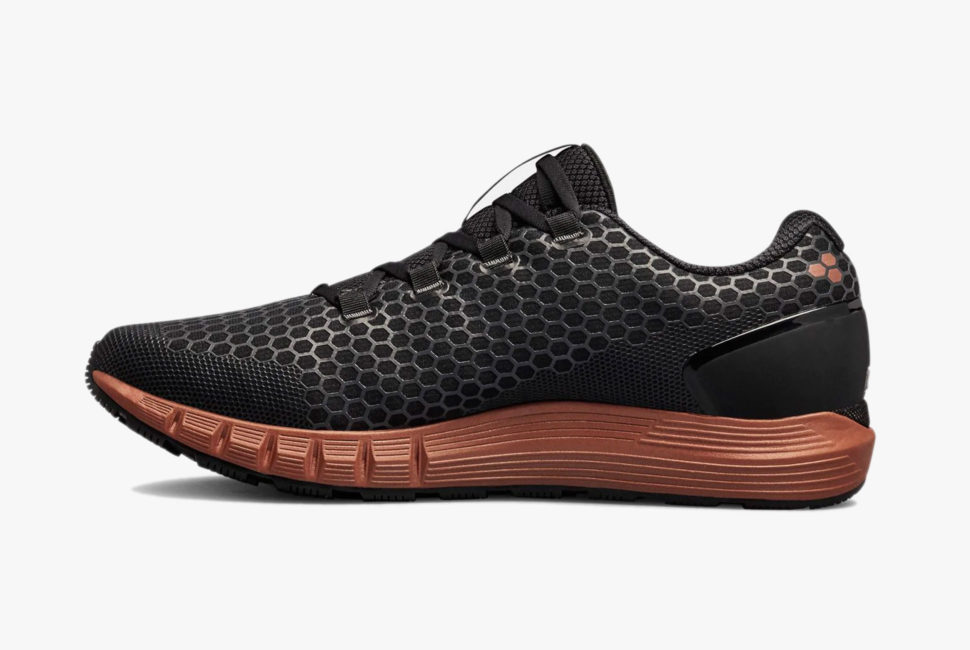
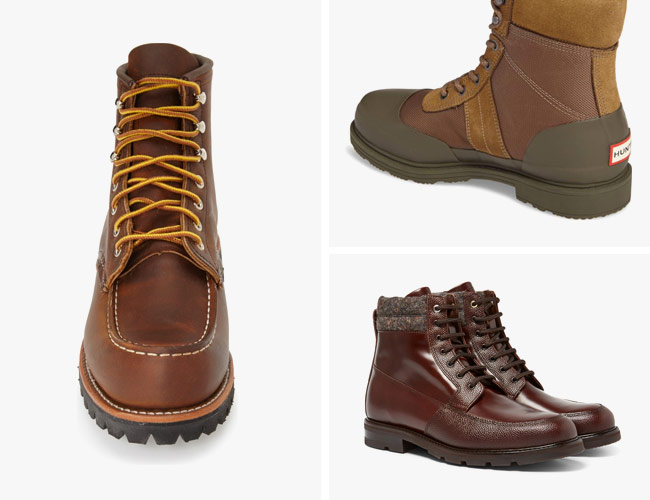
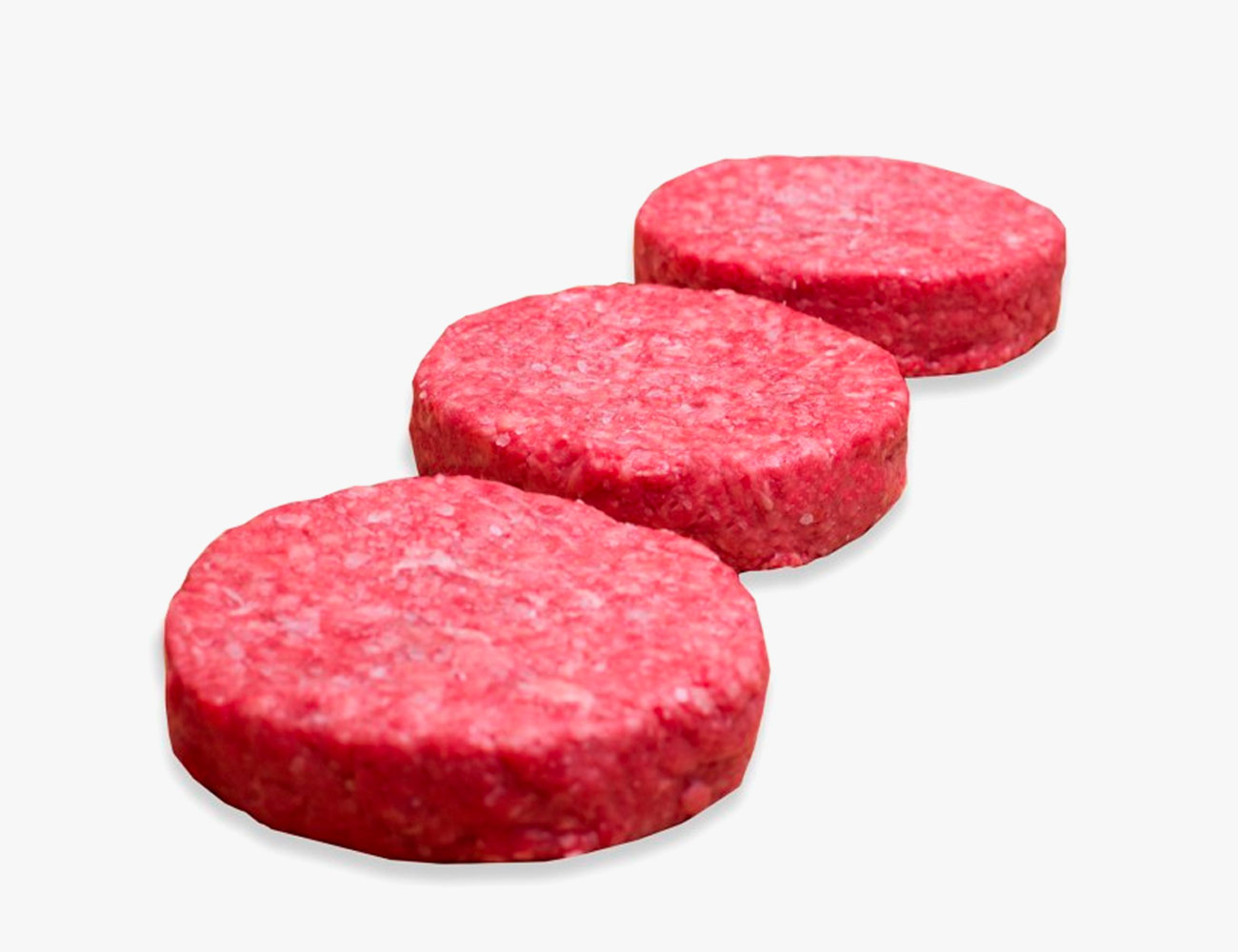

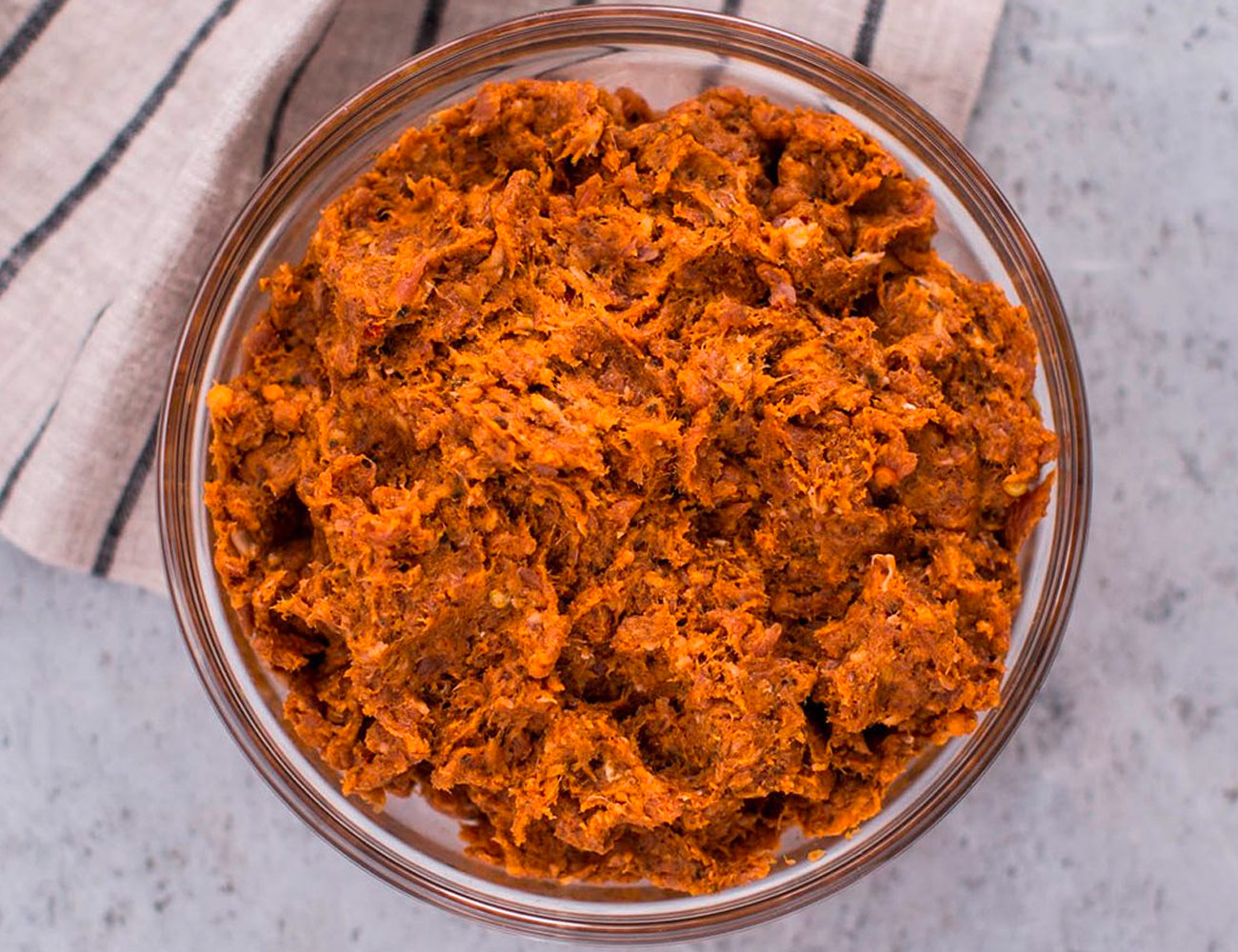

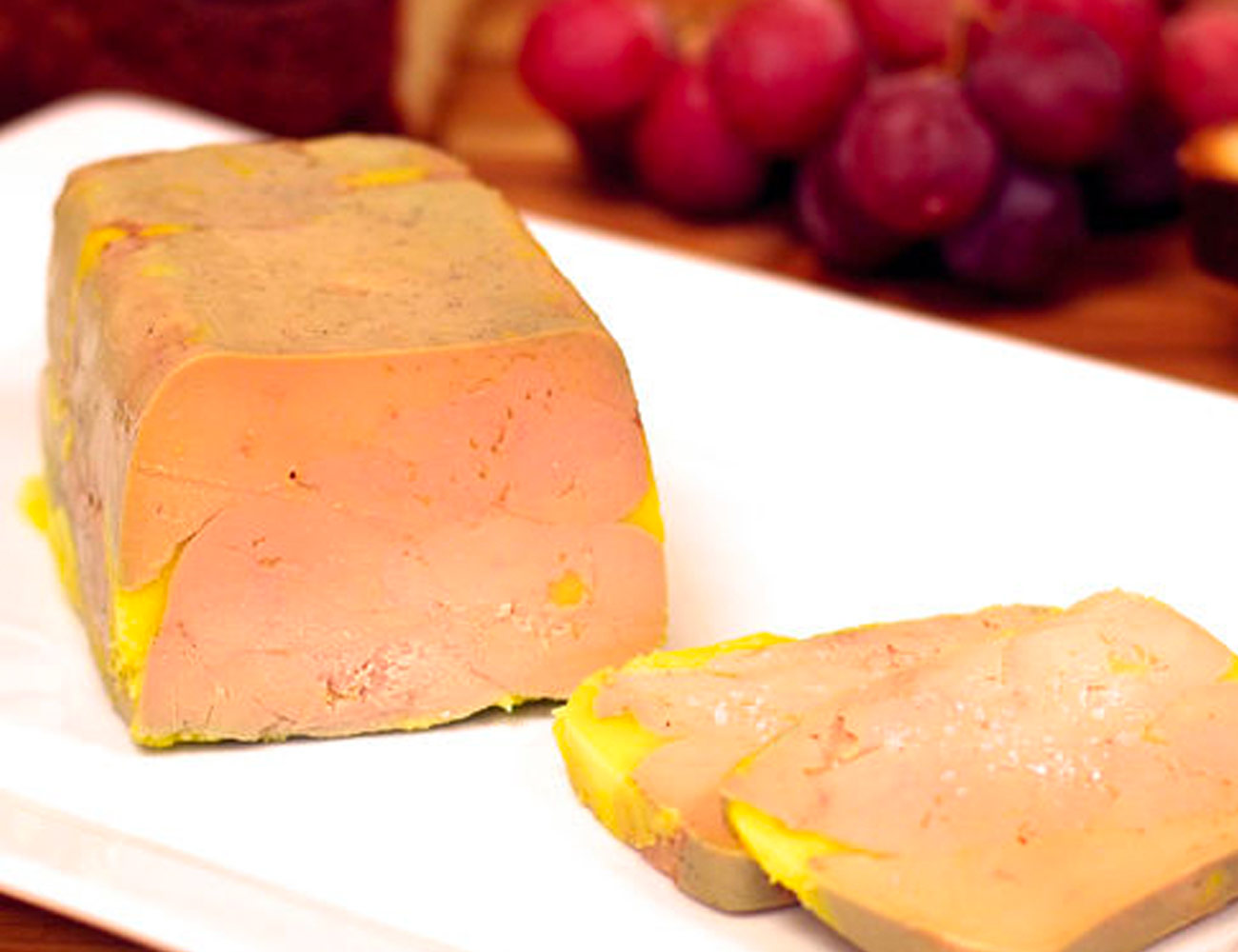
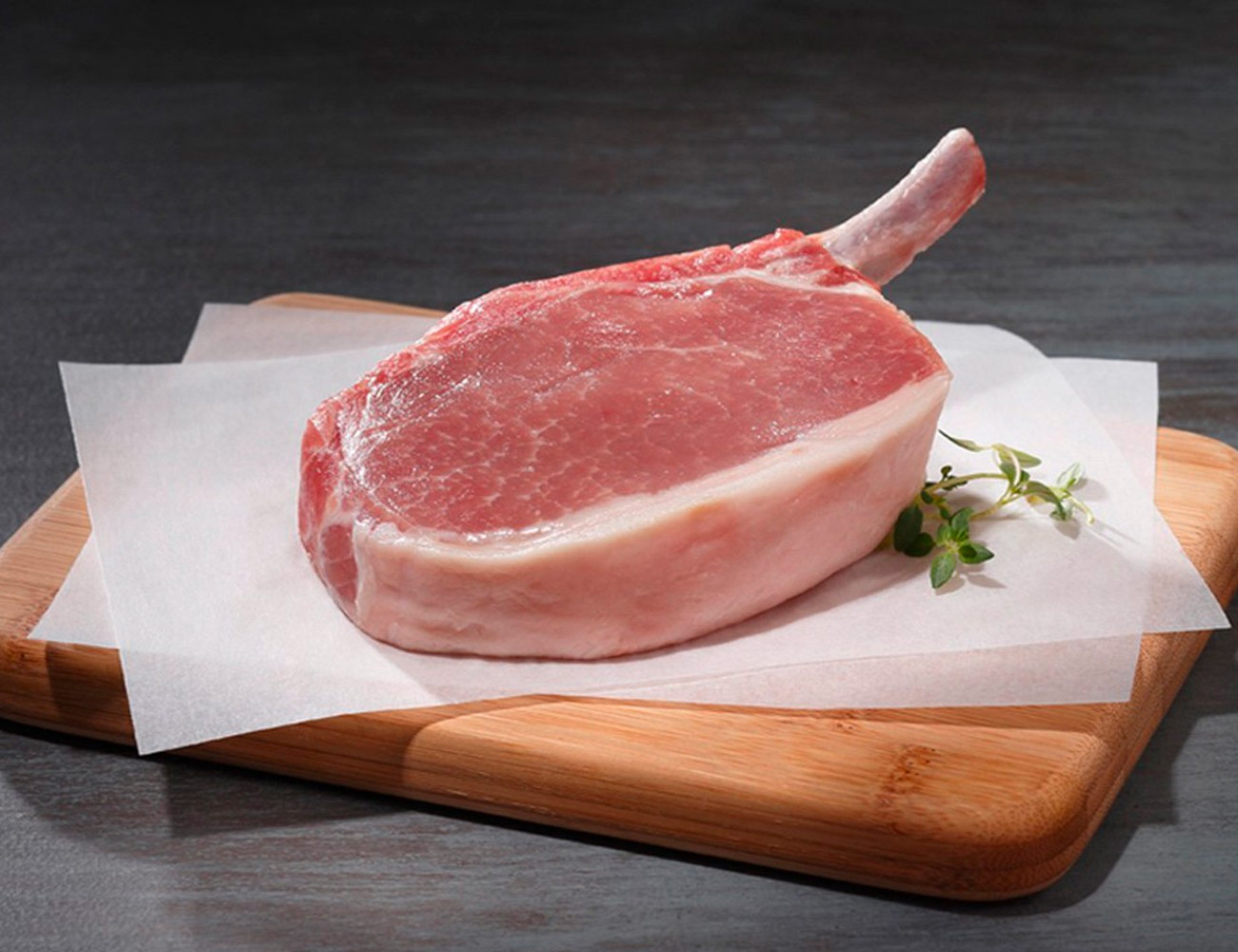
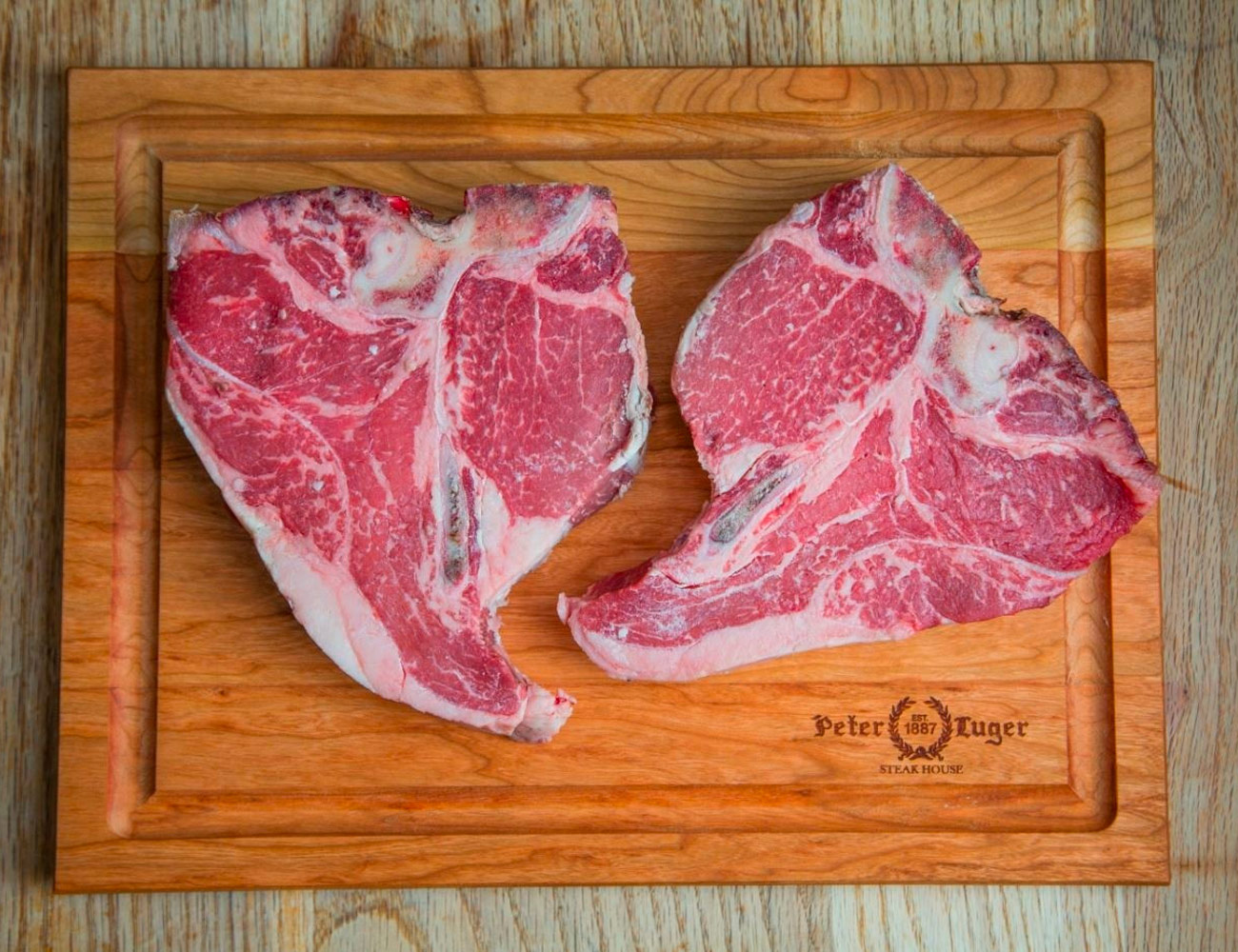
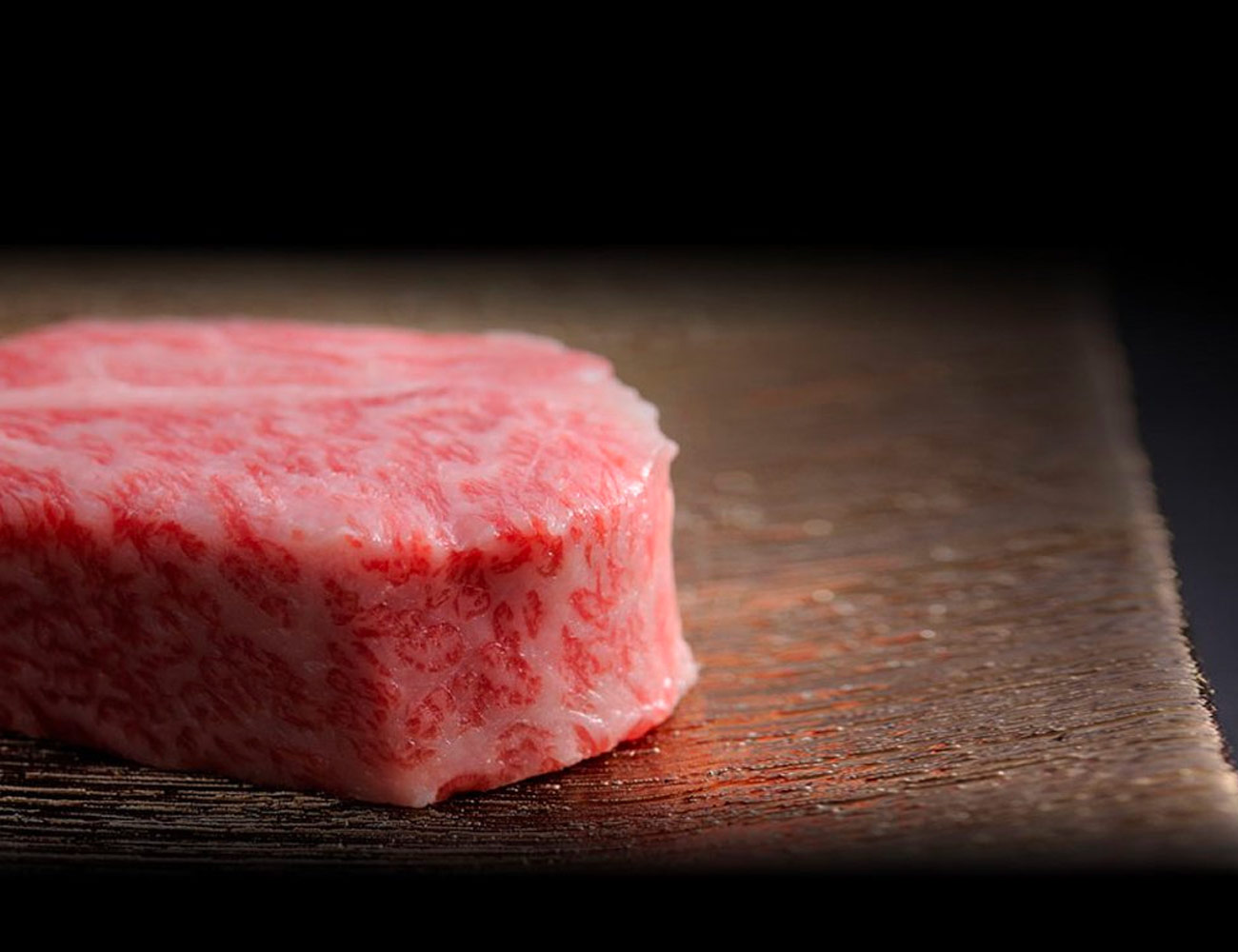
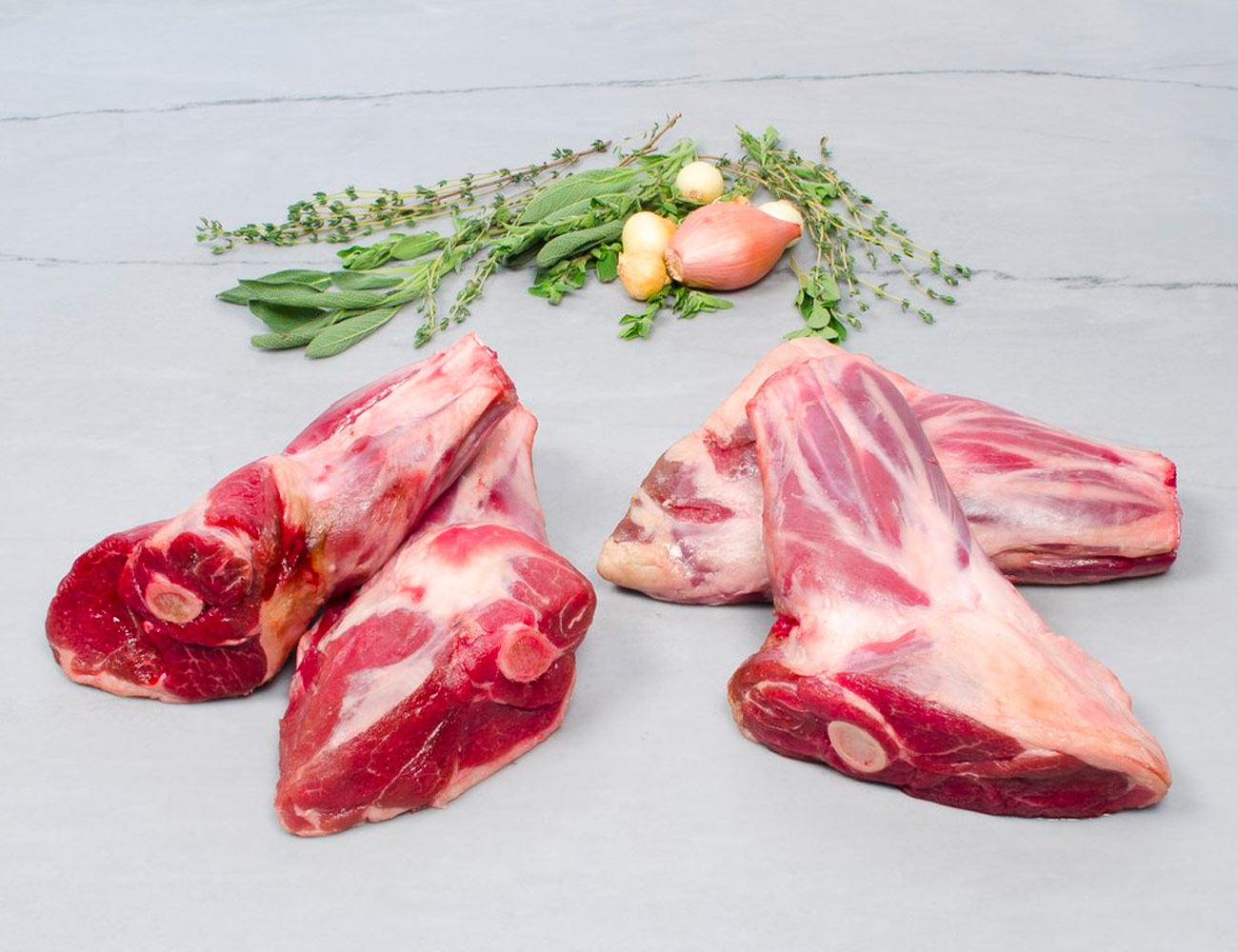
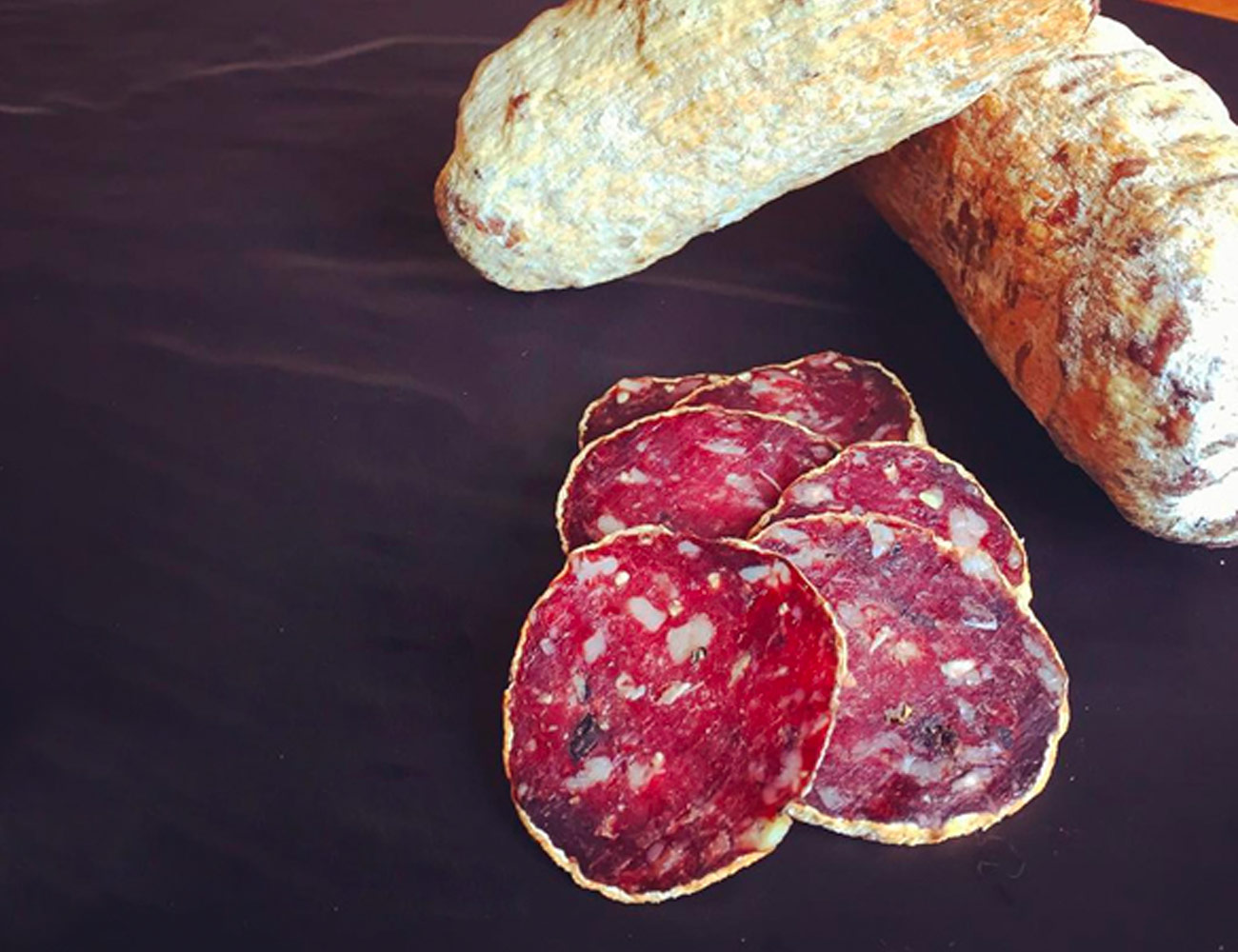
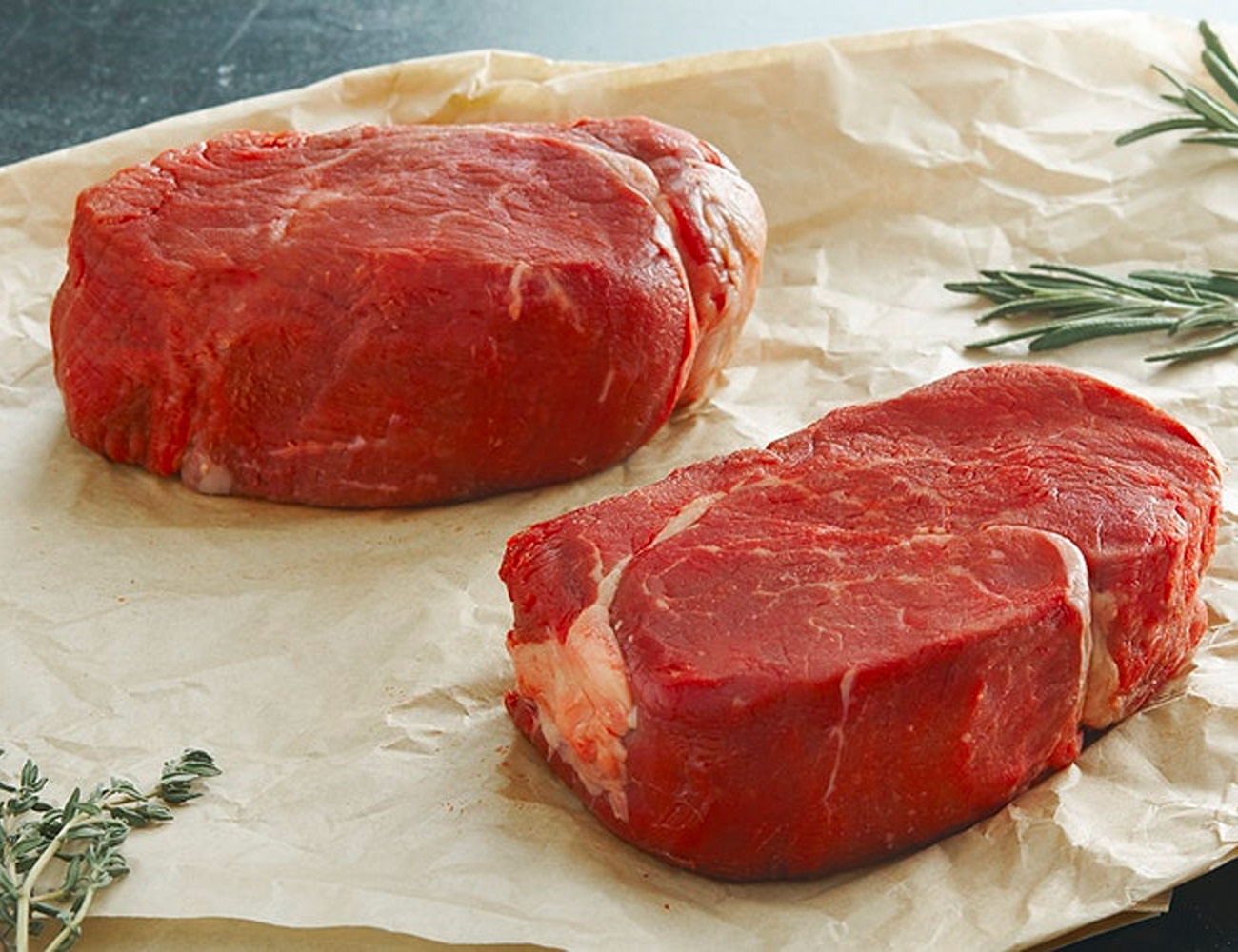
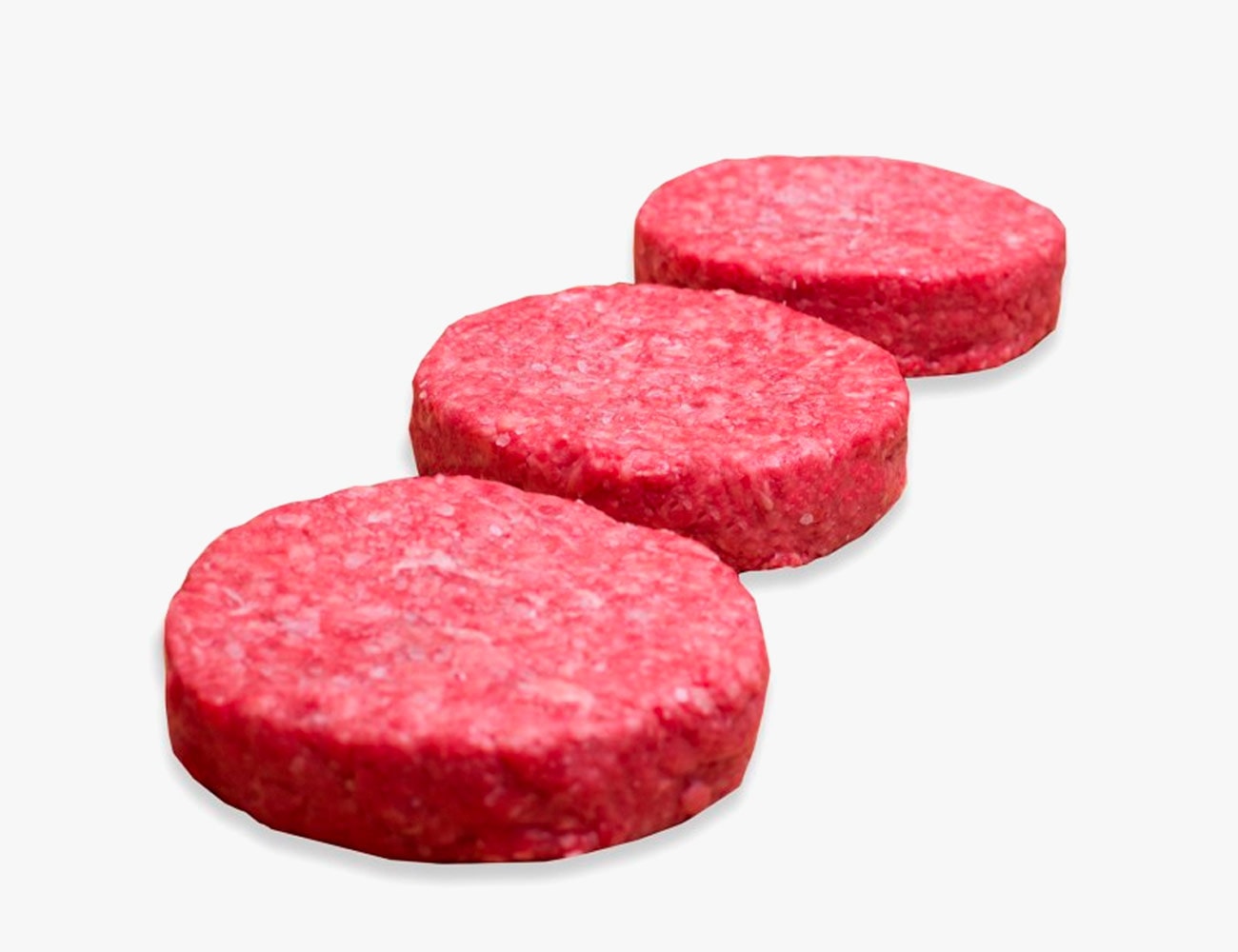
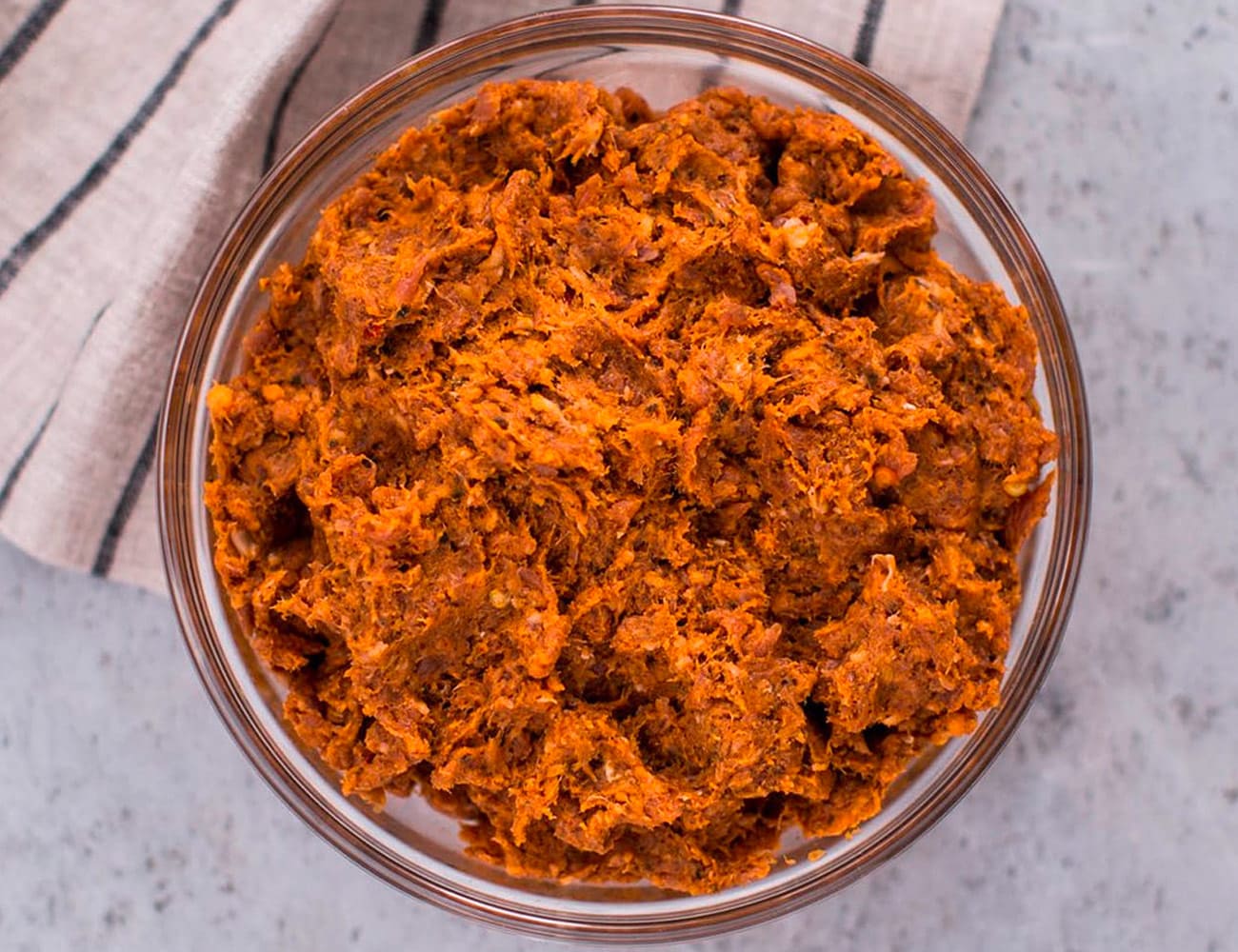
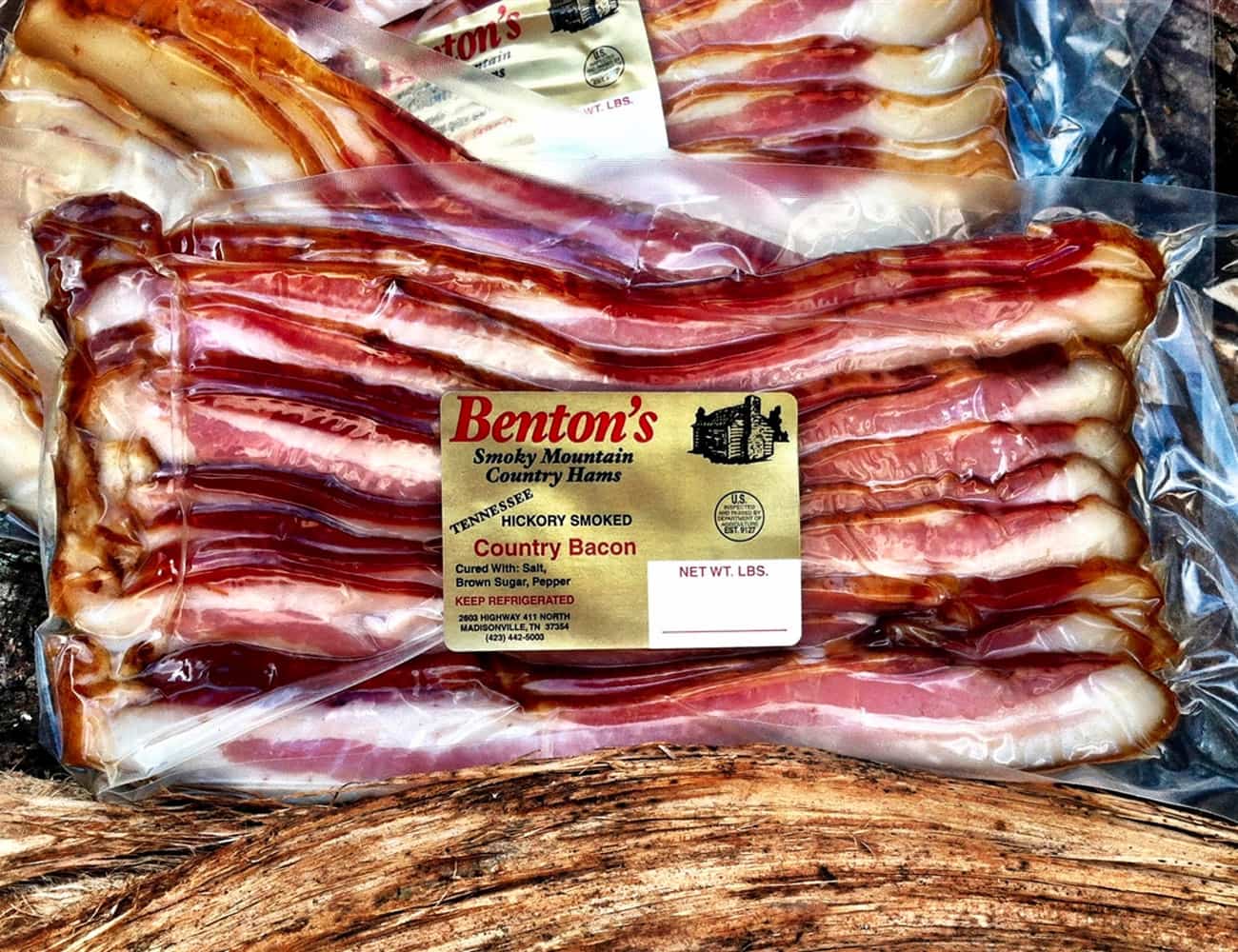
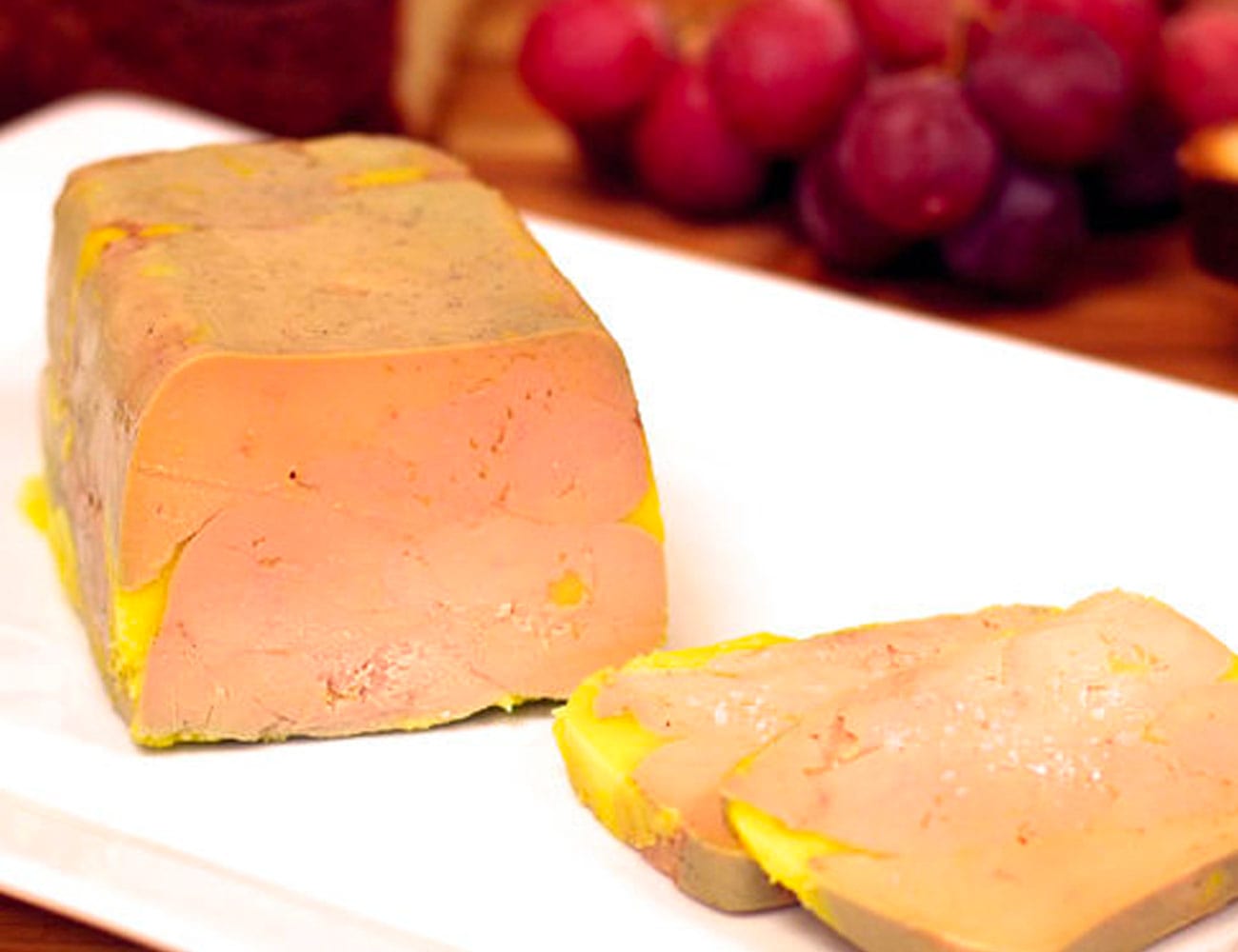

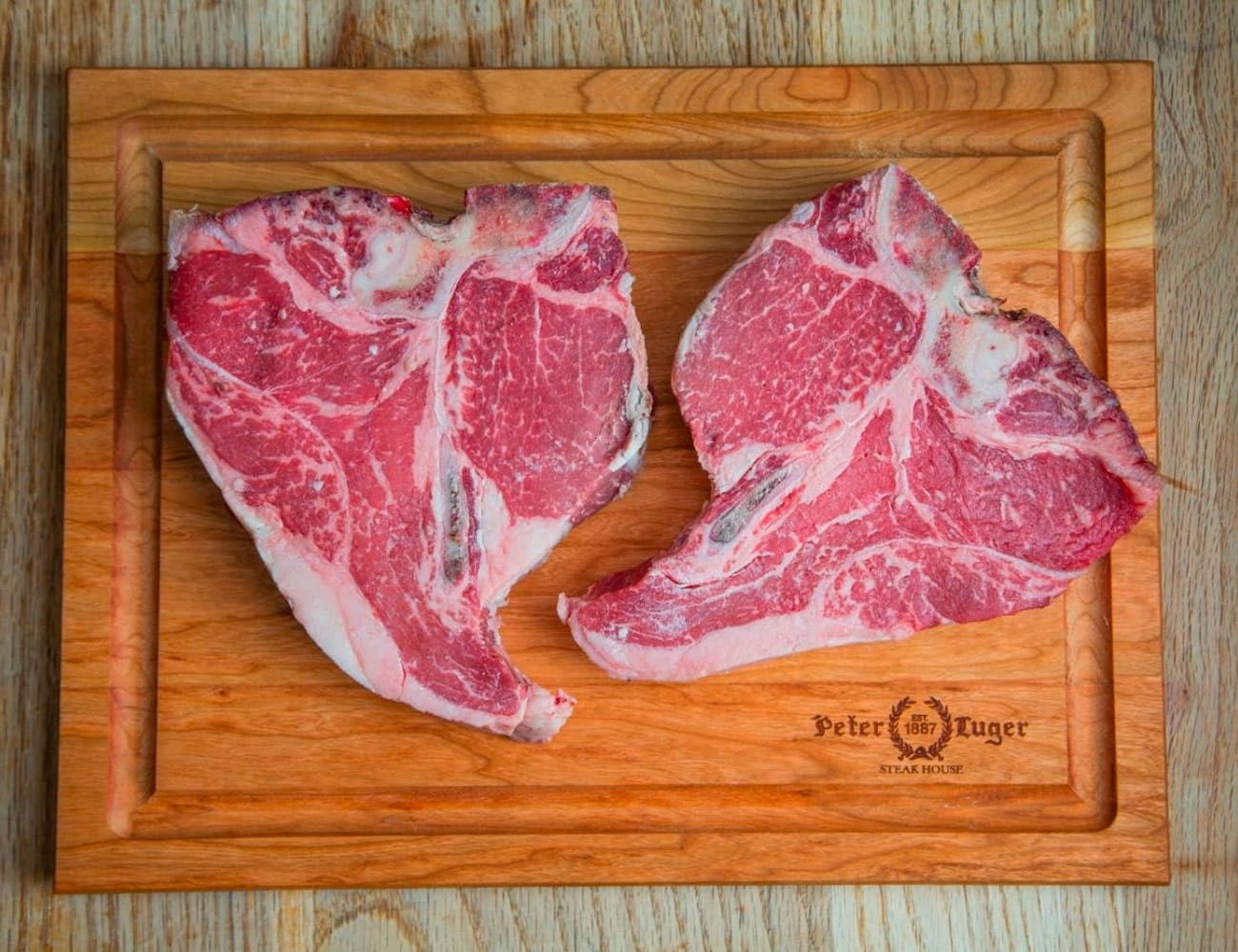

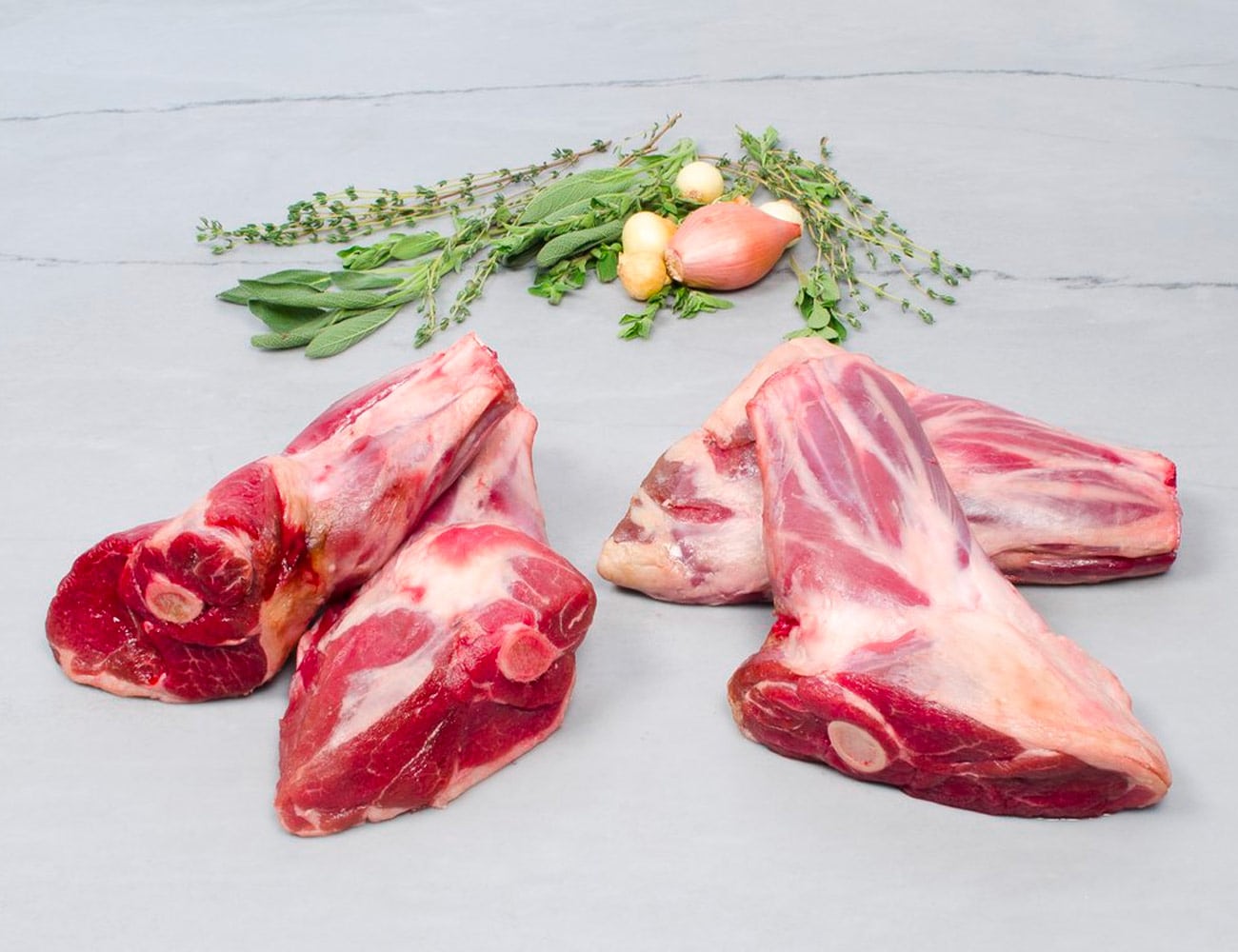
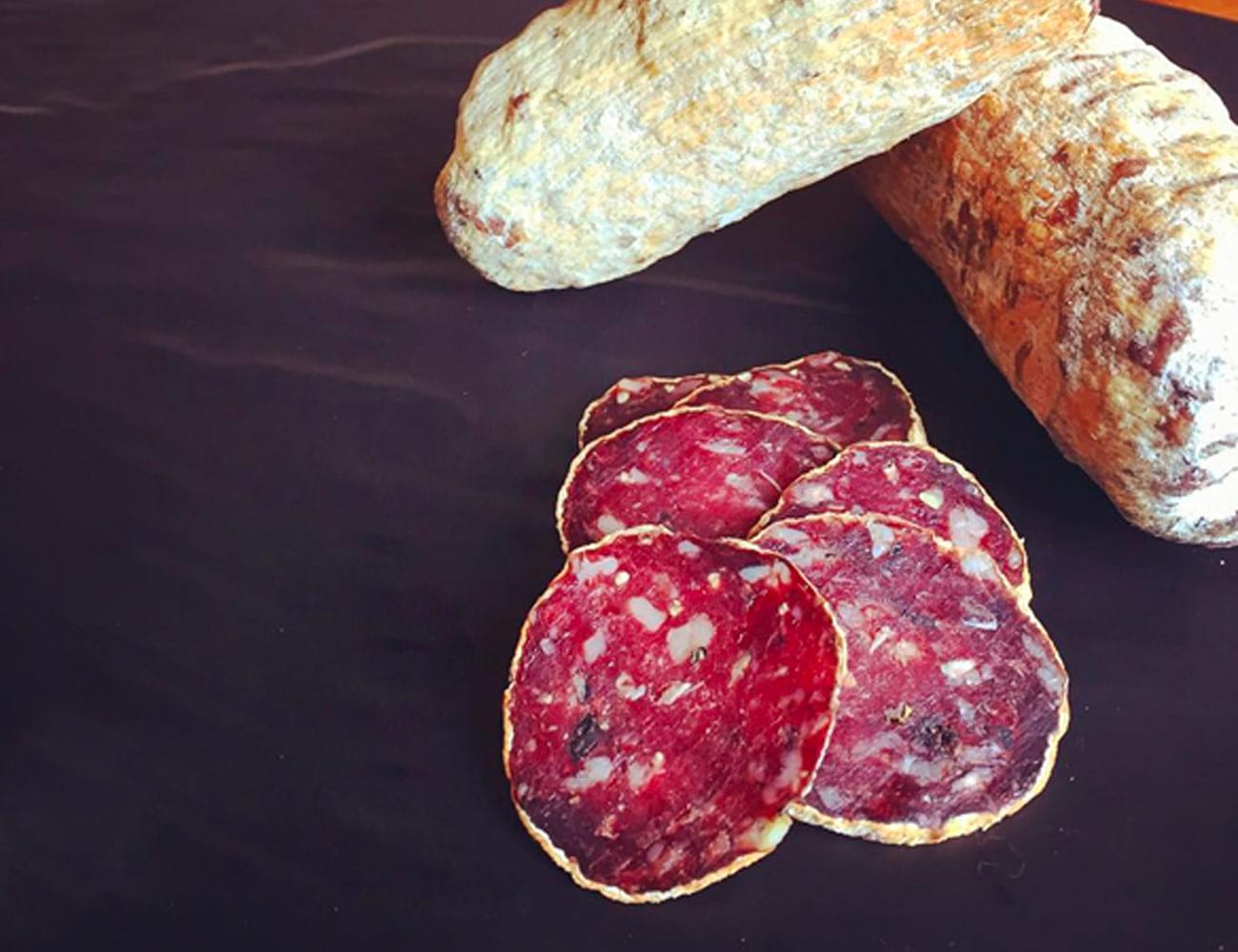
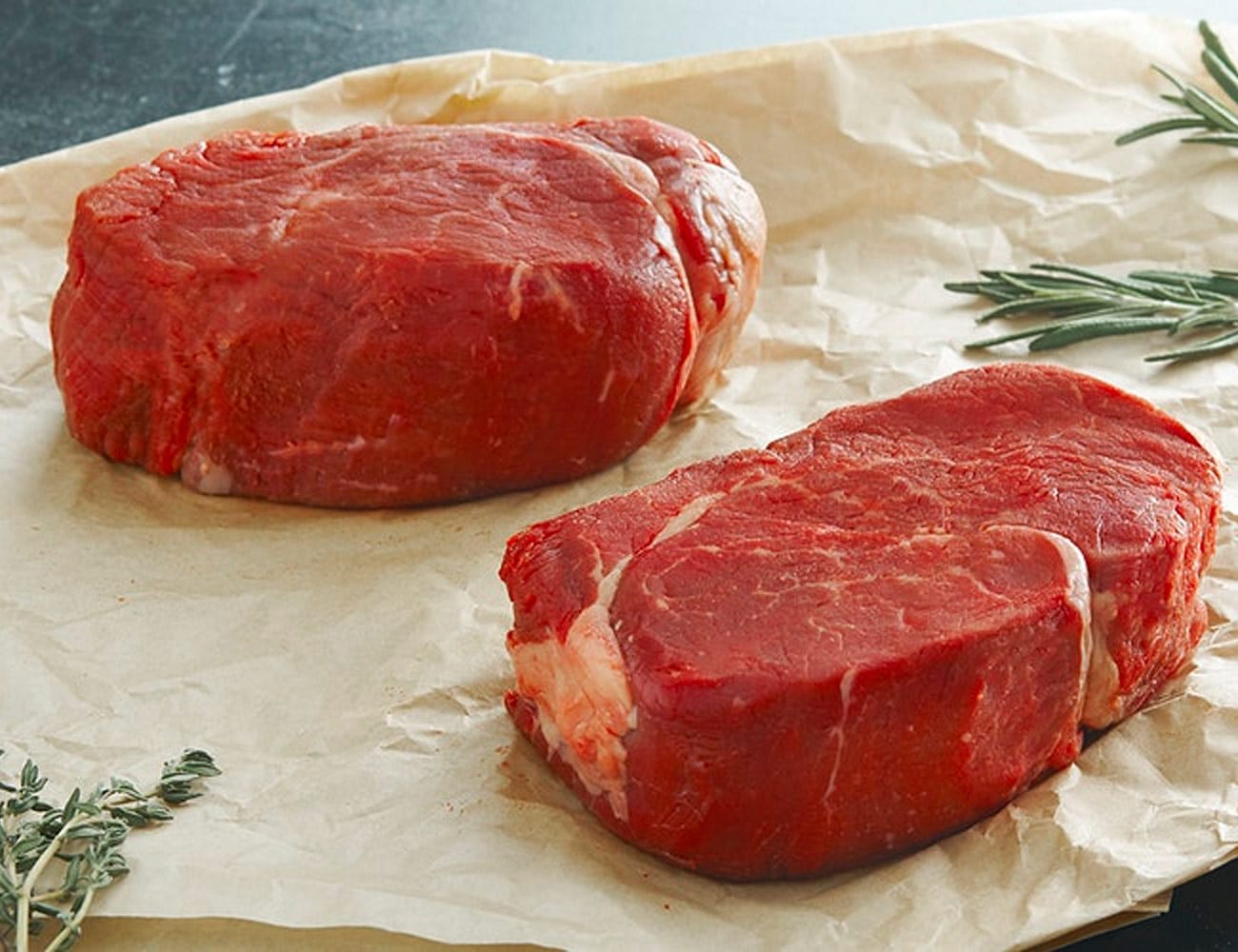
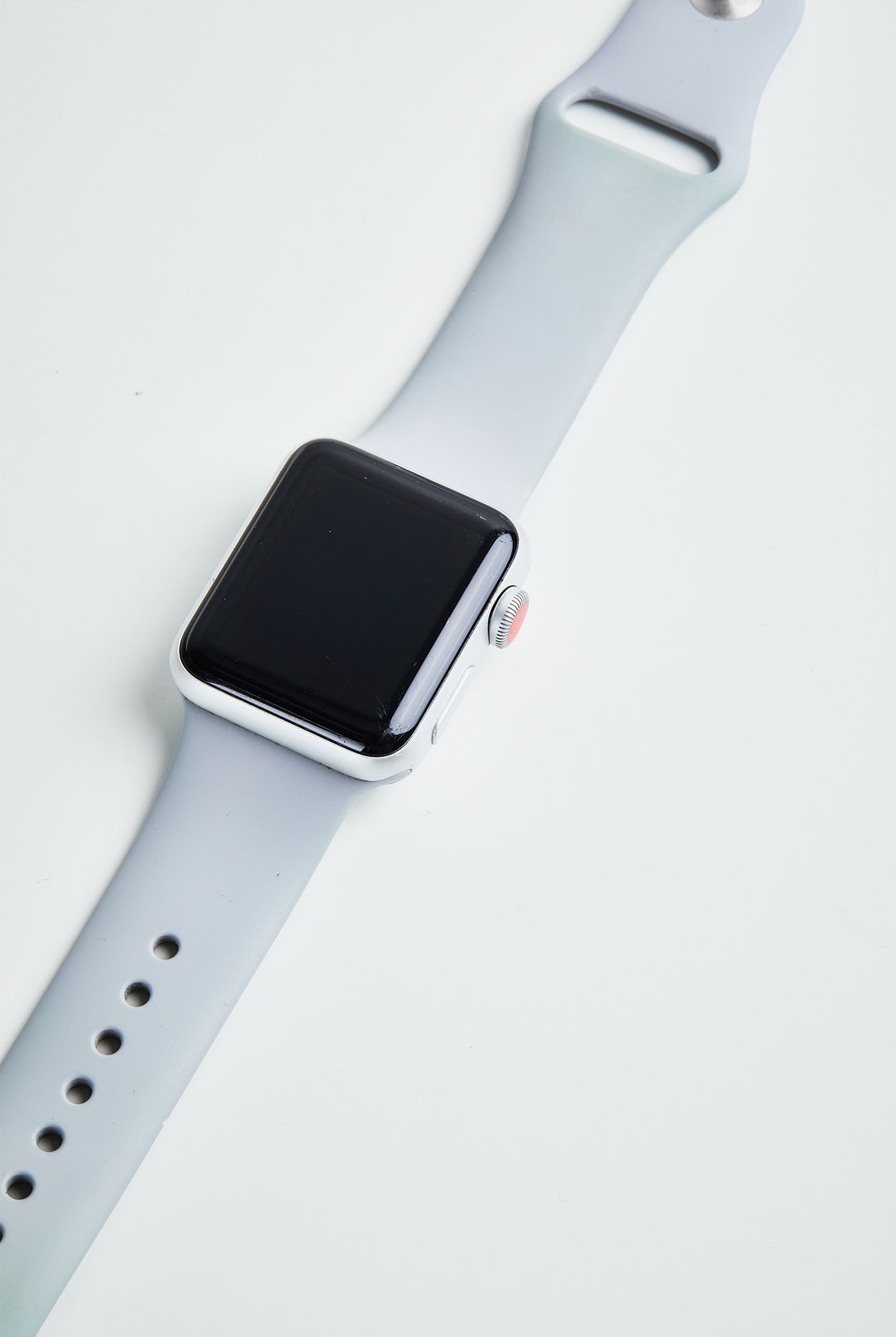

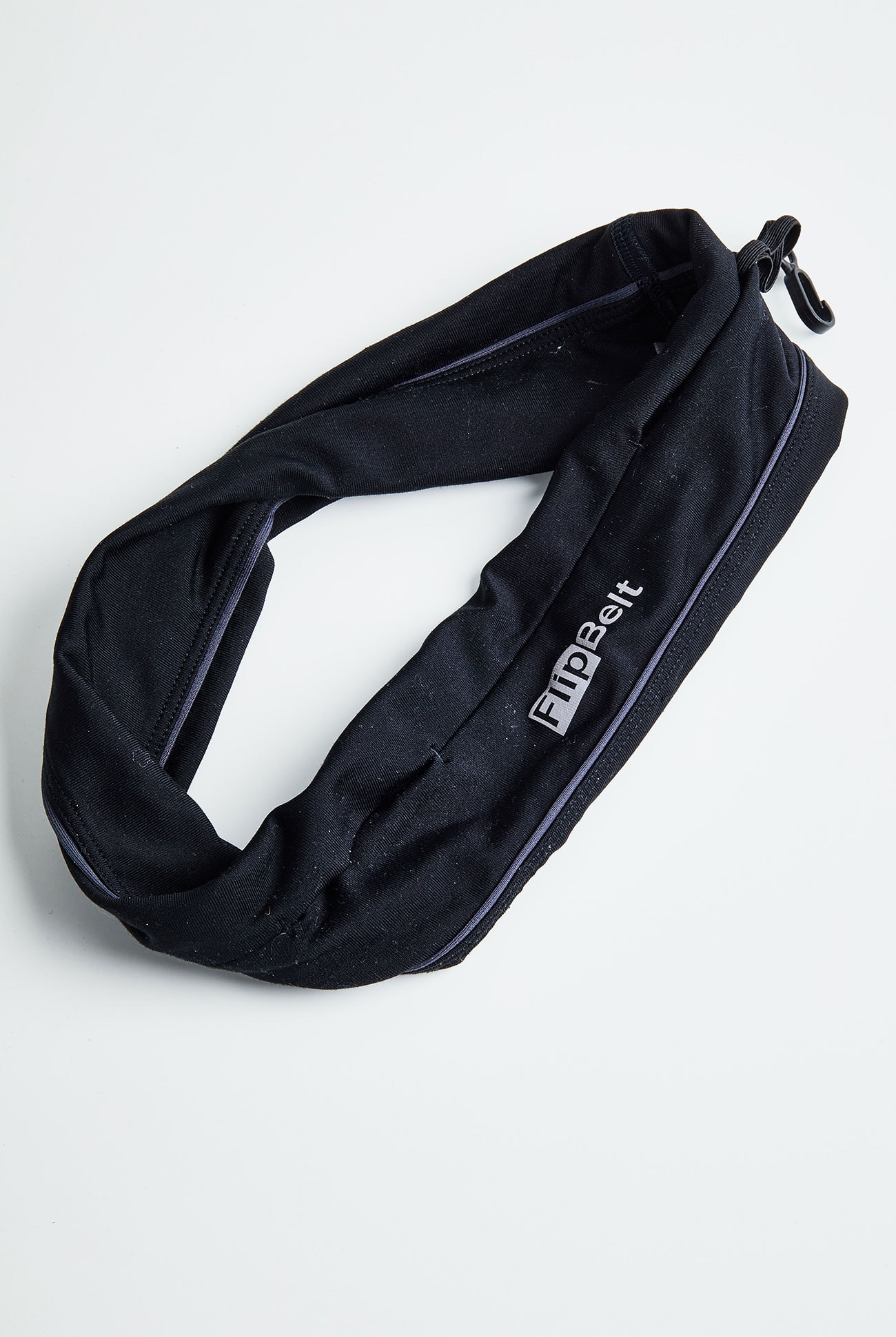
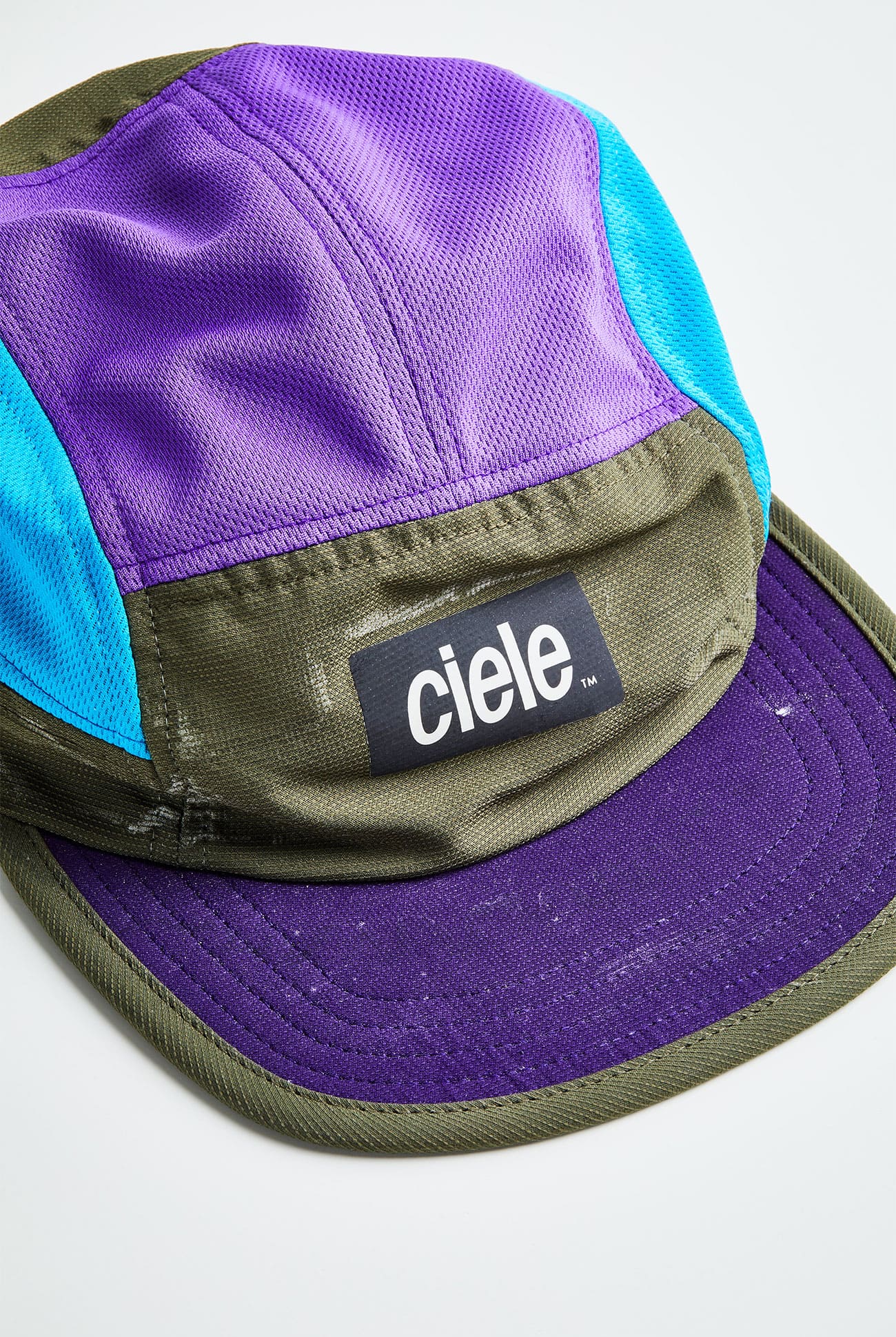
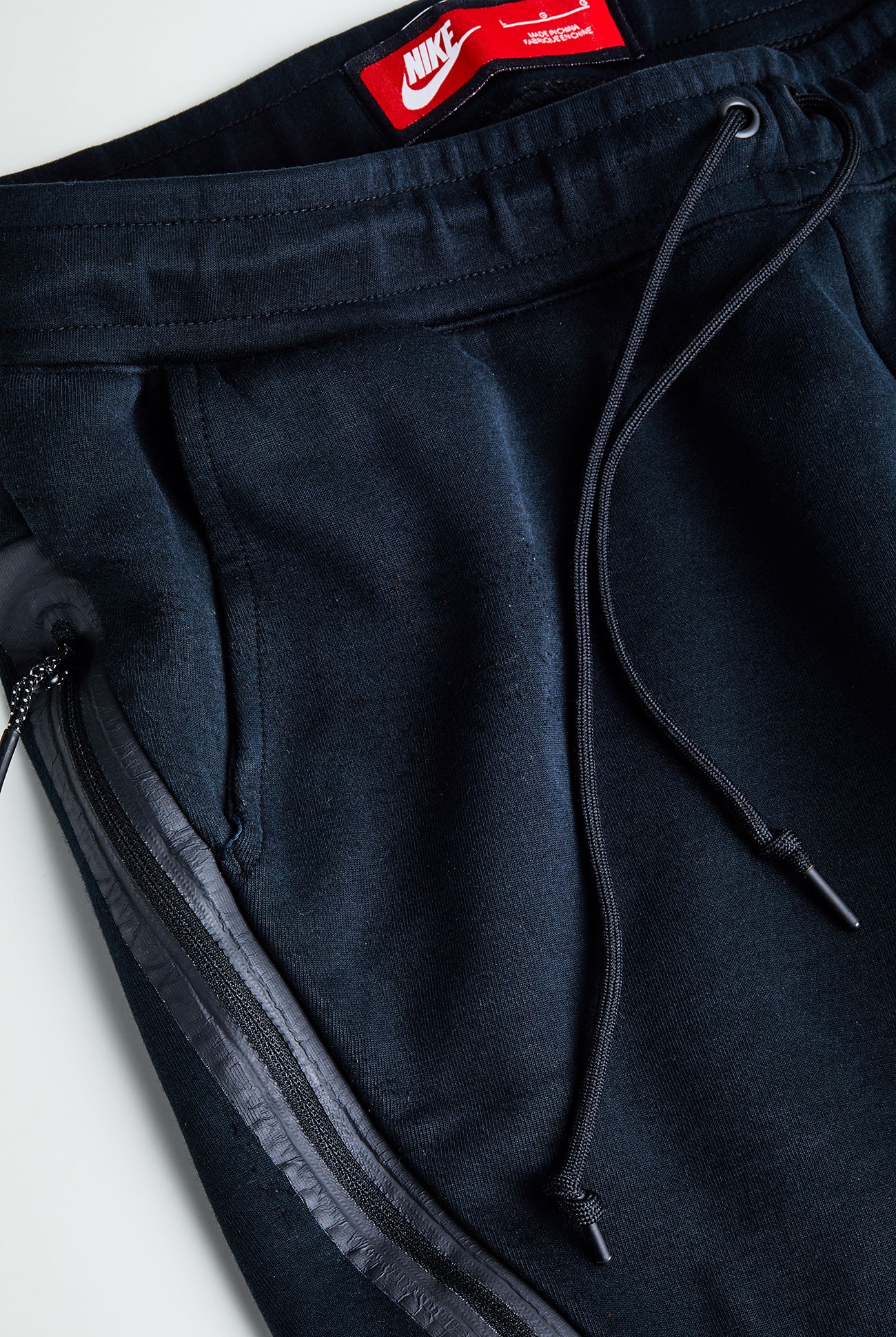
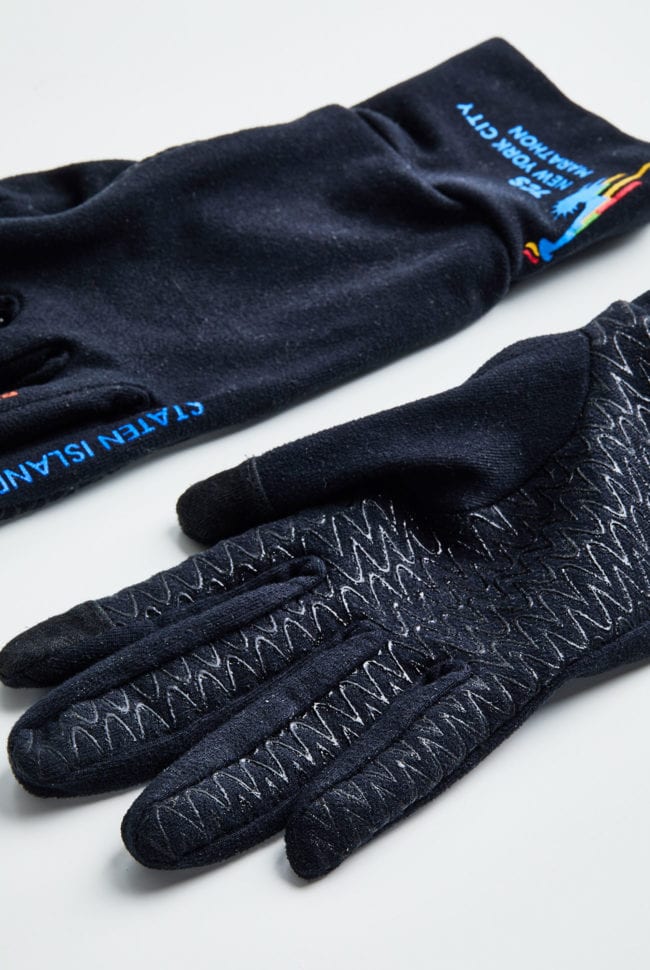
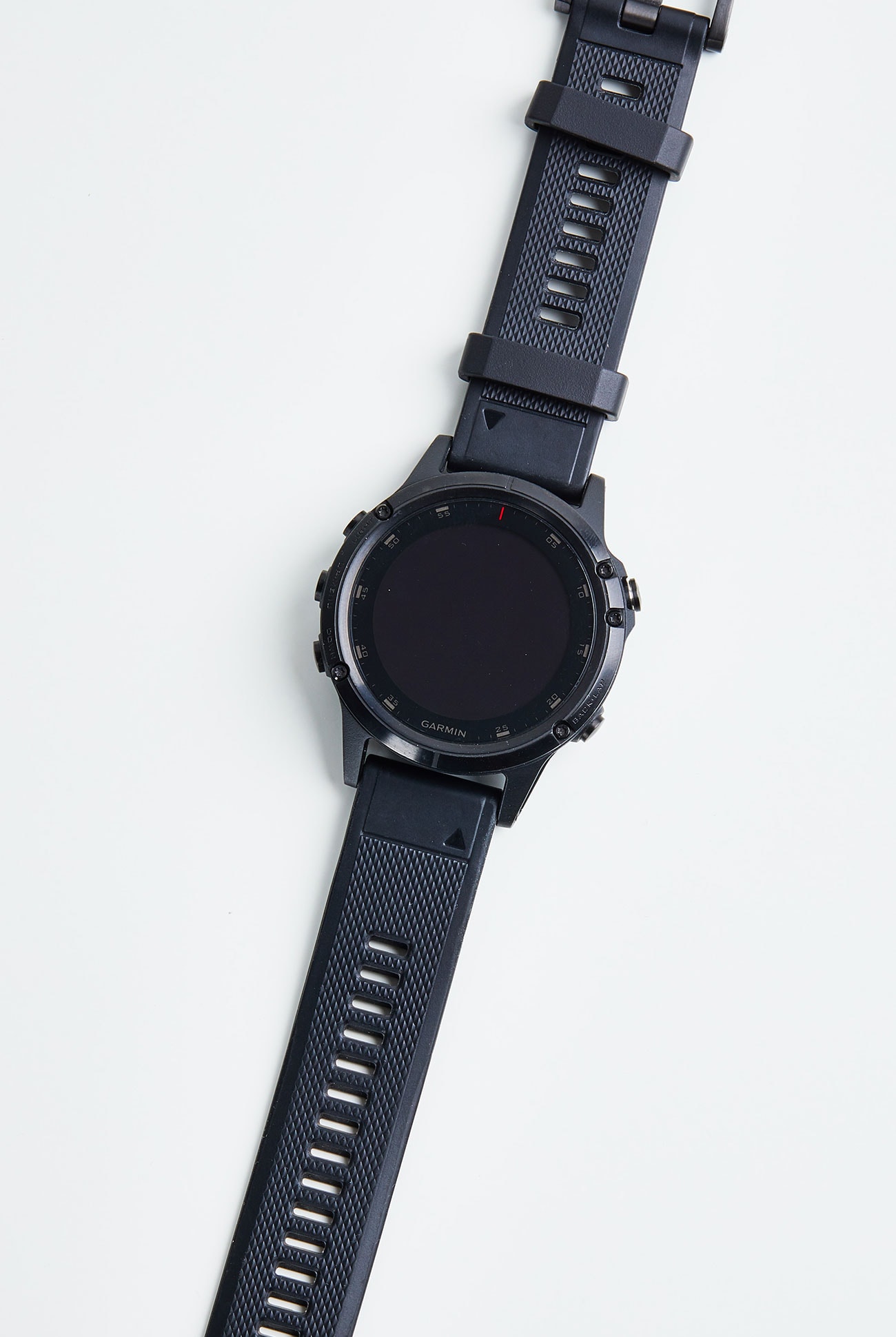
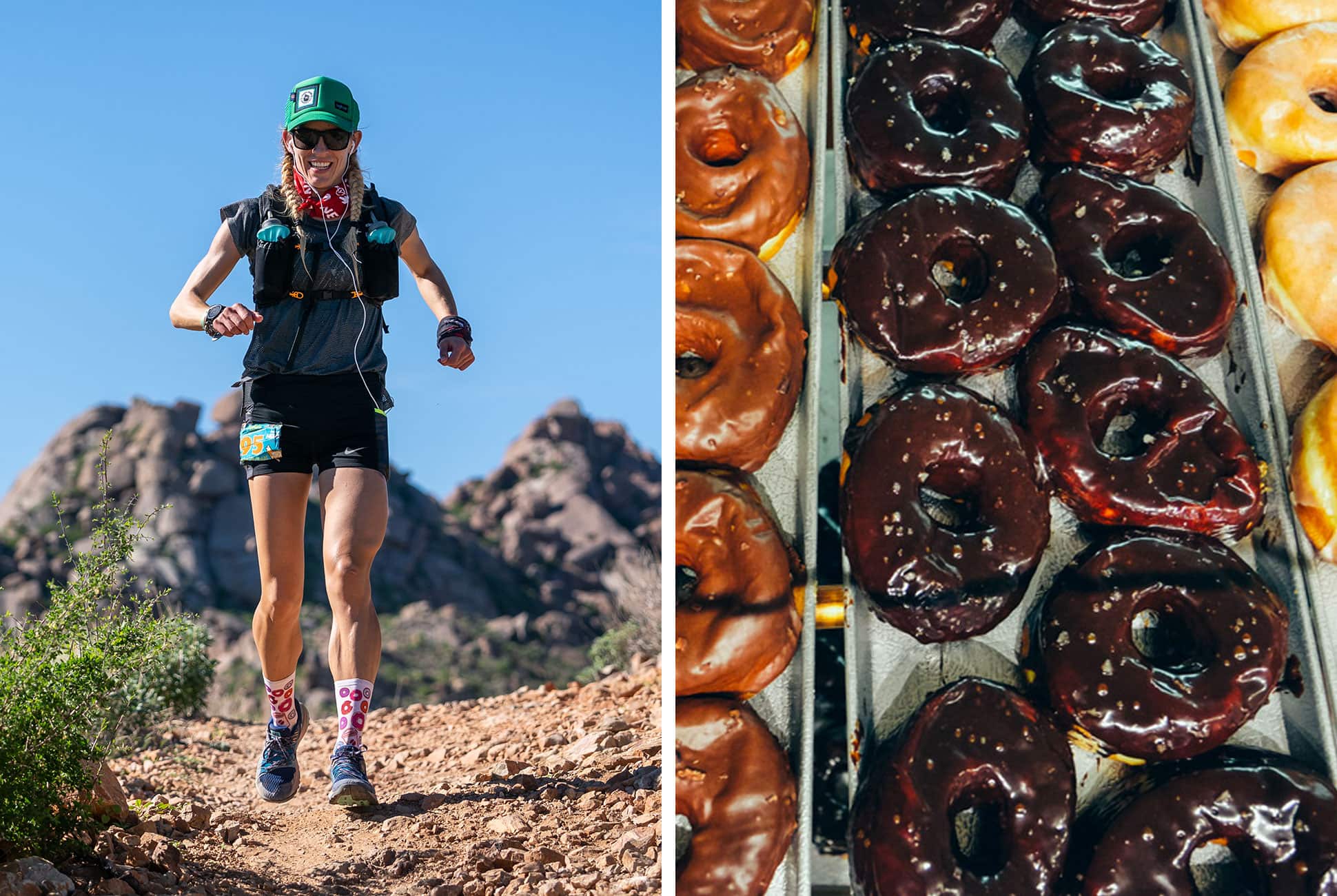
 Photo: Howie Stern
Photo: Howie Stern